A Royal Disappointment: a review of Royal Jordanian Dreamliner flight from Dubai to Hong Kong
Do you ever wonder if some companies have not gotten the note that it’s the 21st century?
Closing out the year is always interesting, especially for avgeeks who need to sustain their status with the chosen airline for the following year. As I made plans to go to Dubai from Los Angeles, I realized that the least time-efficient way for me to do so would be to travel through Asia vs. going through Europe. This decision only makes sense once you consider the EQMs being earned on this route vs. going through Europe.
An attractive Premium Economy fare on American Airlines to Hong Kong sealed the deal for me, as that round-trip flight would get me over the 100k EQM mark. Hong Kong isn’t Dubai, however, and I still needed to figure out a way to get there and back. Thankfully, I was able to snag a J ticket on Cathay Pacific to Dubai, making this an easy non-stop flight in the comfort of one of my favorite airlines. Getting back was a much tougher deal, though, as CX showed zero availability for the dates I needed. Interestingly, AA.com gave me an option to book a very indirect flight on another Oneworld alliance carrier, Royal Jordanian Airlines for the same 40,000 AAdvantage miles, all in lie-flat Business on the airline’s flagship Boeing 787-800 Dreamliner. The kicker was that this flight would stop in Amman and Bangkok before continuing to Dubai making the travel time almost twice as long as the non-stop option would have been.
After a bit of deliberation, I decided to book this option and hope that CX would open inventory before the day of travel, so I could switch to a non-stop flight. You can infer from the title of this post that this did not happen and so I got to experience a completely new carrier, their hard and soft product and form an opinion that I hope will help others decide whether they want to travel with RJ in the future or not.
ROYAL JORDANIAN BACKGROUND
Royal Jordanian uses Amman’s Queen Alia International Airport as its hub. Given the geographical location, RJ can count a number of highly-rated carriers as its direct competitors on several important routes, though it flies to much fewer destinations than the majority of them. I was hoping that sharing the same region as Turkish, Qatar, Etihad and Emirates would mean that Royal Jordanian is aiming high. Unfortunately, I found them to be the absolute opposite – a carrier that struggles to deliver the basic product, even in its premium cabin on one of its longest routes.
DEPARTURE FROM DUBAI
I arrived in Dubai International a couple of hours before departure. RJ flies out of the fairly drab Terminal 1, shared by a bunch of other tenant airlines. This terminal compares poorly to Emirates’ own Terminal 3, and though this isn’t a knock on RJ, it doesn’t add to the experience. The staff at check-in are just contractors, not RJ employees, and so they are limited in what they can do. For instance, even though I was booked all the way to HK, they could only change my seat for the initial leg, requiring me to carry out the rest of the seat changes in Amman.
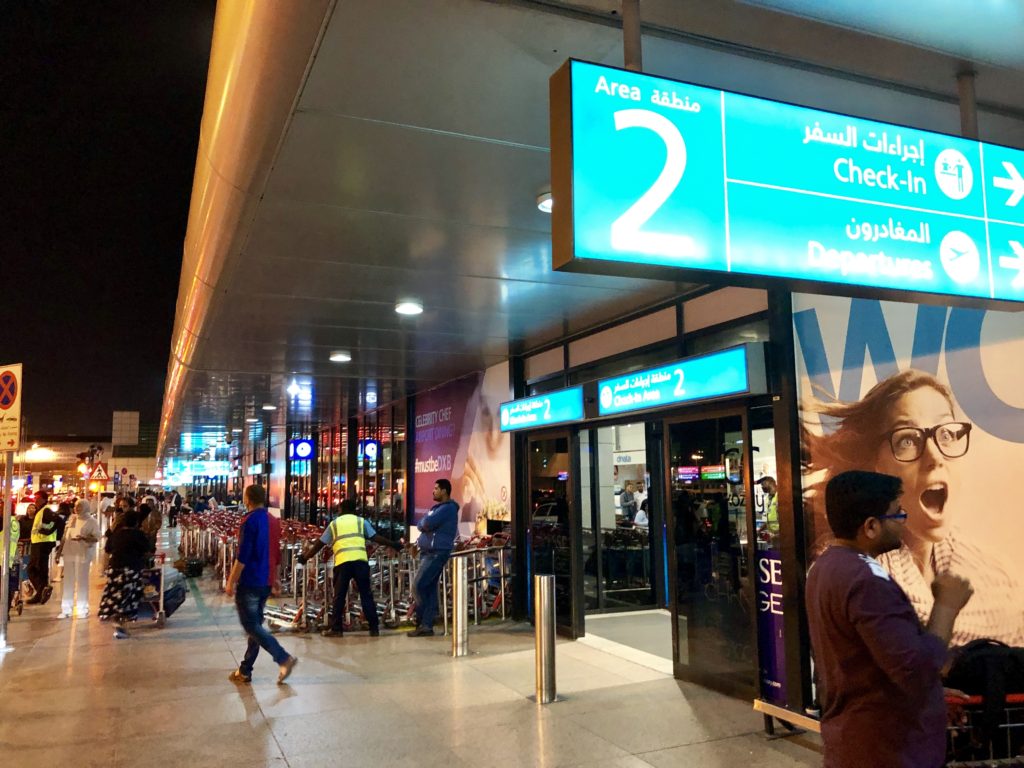
Dubai Terminal 2
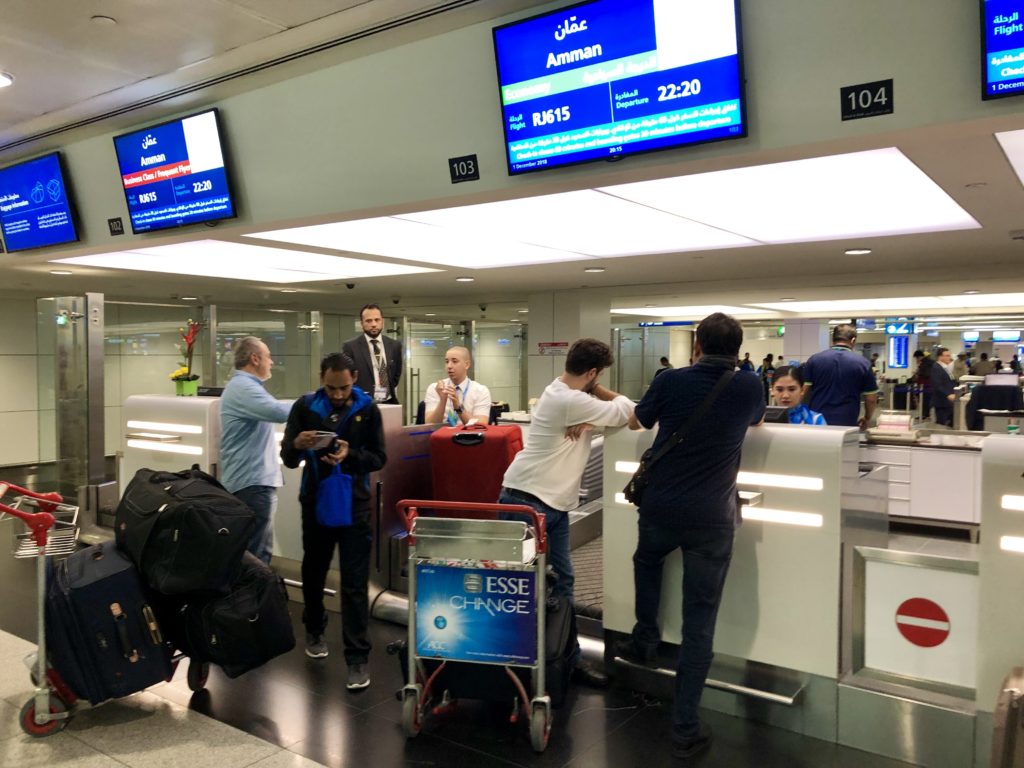
DXB Check-in Counter
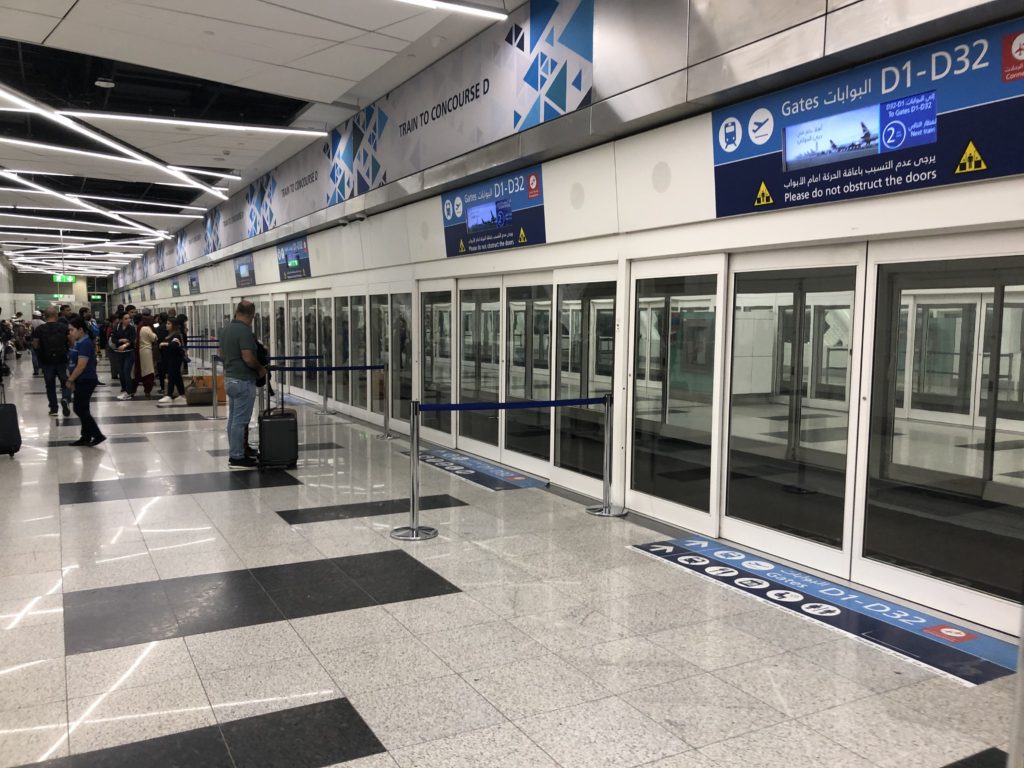
DXB Terminal Train
The lounge, likewise, is a third party Ahlan DIH Lounge, located on the second floor above T1’s duty free stores. The lounge is big, serves hot dishes (most are middle eastern) and a selection of beverages, both alcoholic and not. Interestingly, it’s the same lounge used by Saudia and I think there were both Saudi nationals, as well as US military personnel waiting for a flight there. Though the food was uninspiring, I made the very wise decision to eat there ahead of my flight.
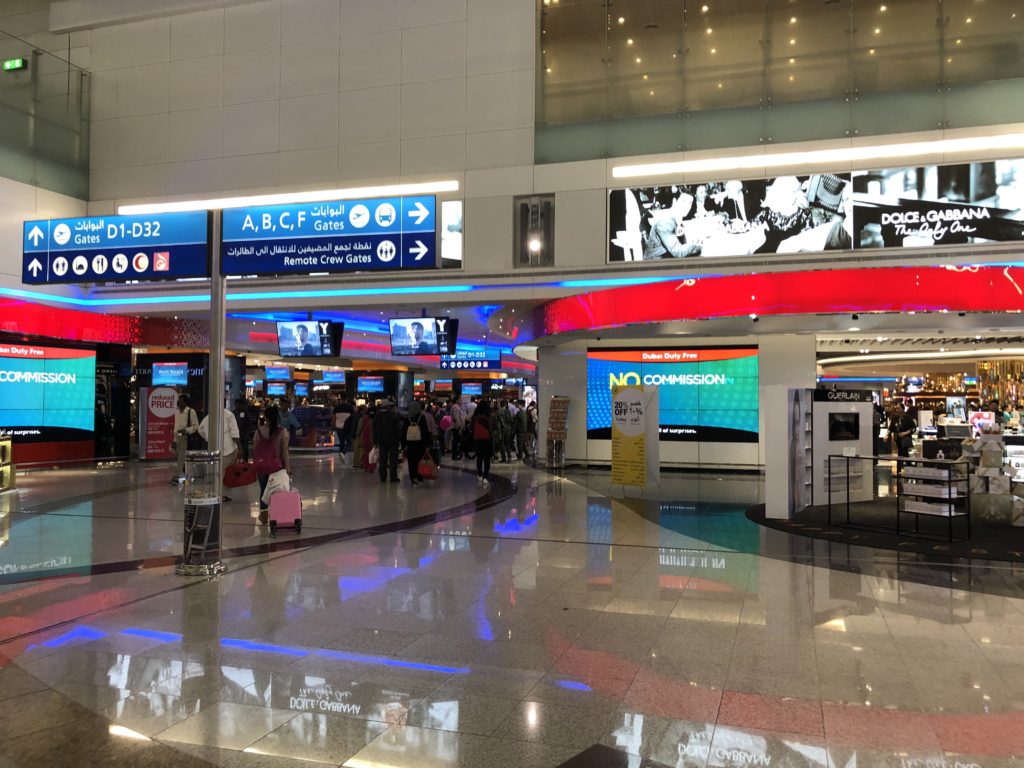
DXB T1 Duty Free
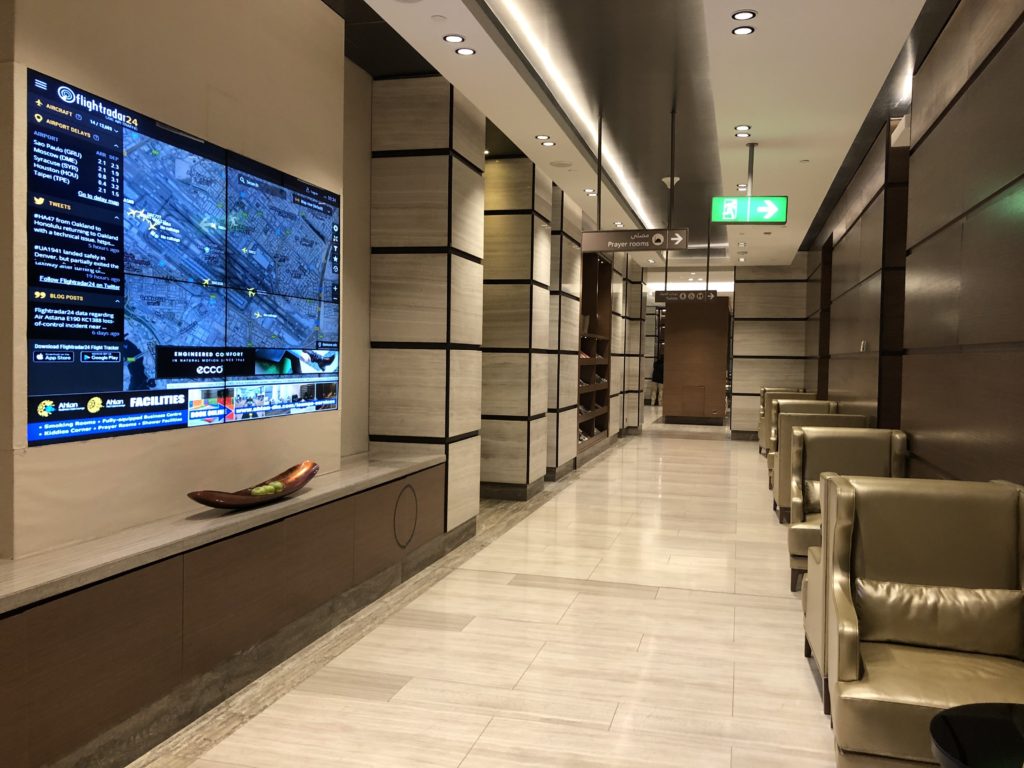
DXB Contract Lounge
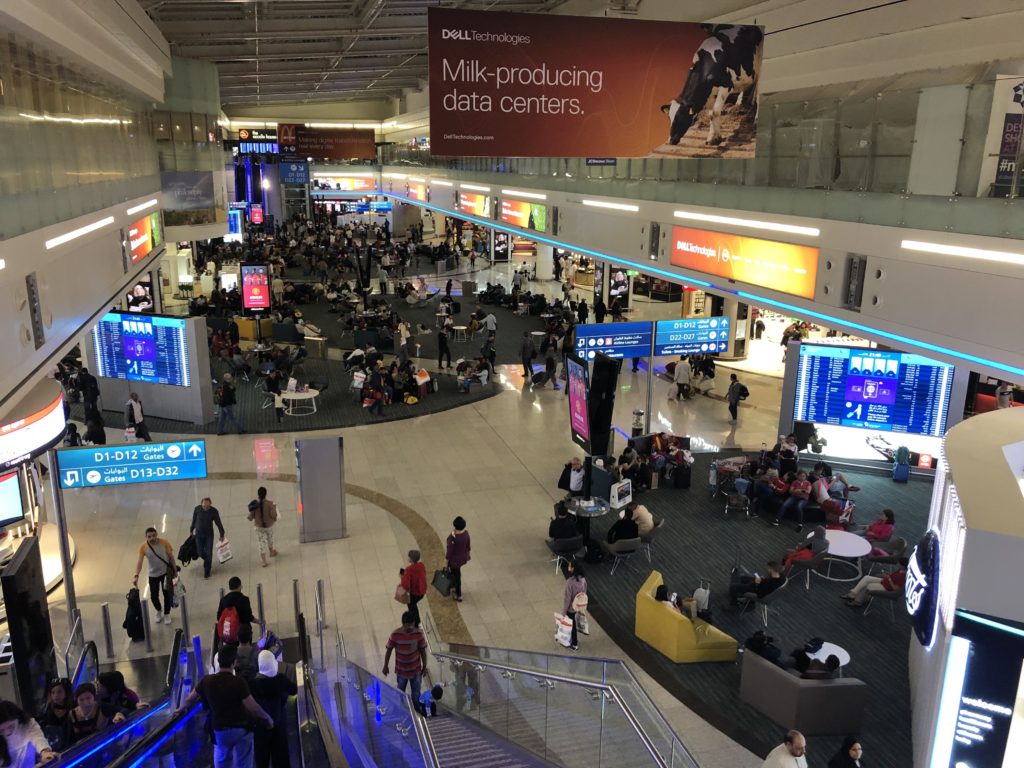
View of Duty Free area from the Lounge floor
About 40 minutes prior to departure, I left the lounge and walked over to the gate. It was obvious that the flight wasn’t going to depart on time, even though there was absolutely no communication from the gate staff. At some point, a couple ran towards the gate, thinking that they were late, and though they were turned away, they triggered a mass pileup of other passengers, who thought that now was the time to line up. Airport employees yelled at everyone to go back, to no avail, and at some point I asked them to update people on when the actual boarding would happen, as it was well past that time.
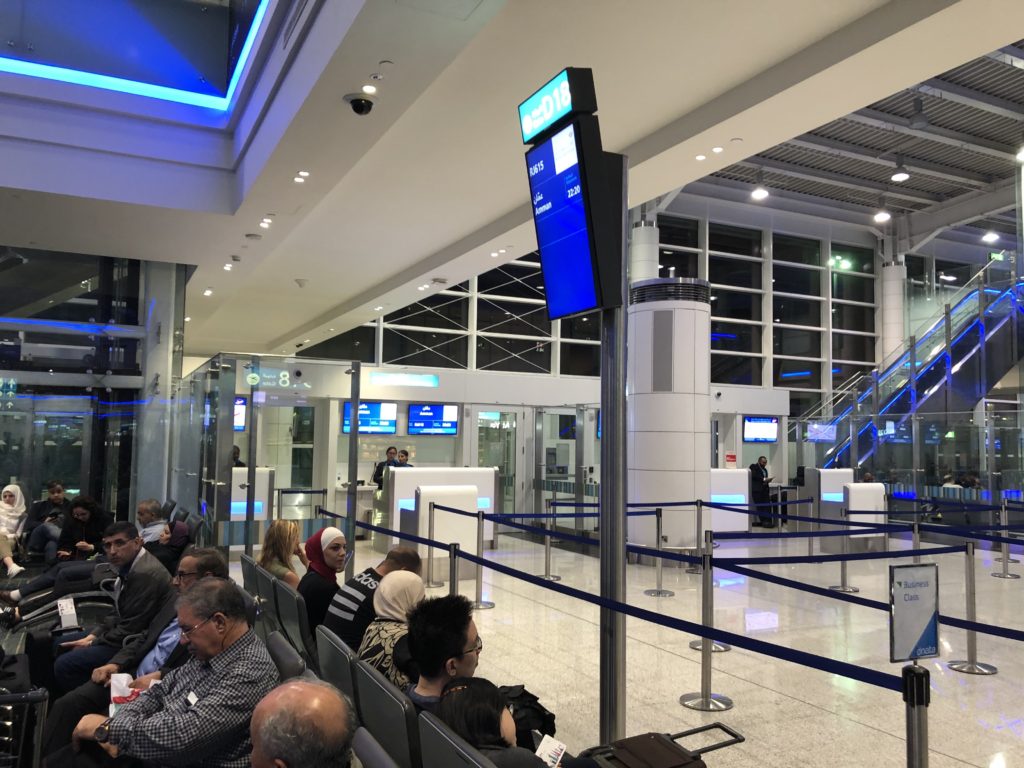
RJ Gate Area
DXB-AMM
Ultimately, the process started and I was one of the first passengers to board this fairly new Dreamliner. What was absolutely startling was insanely huge entrance into the plane. The area that separated Business and Economy (the same area where we boarded) was so incredibly spacious that I had to do a double-take. You could fit at least another row of economy seats and still have a ton of space left over. There was a giant counter for a bar (though it was never used for the purpose), and you could run a sizable yoga class during the flight with at least two rows of 5 people participating.
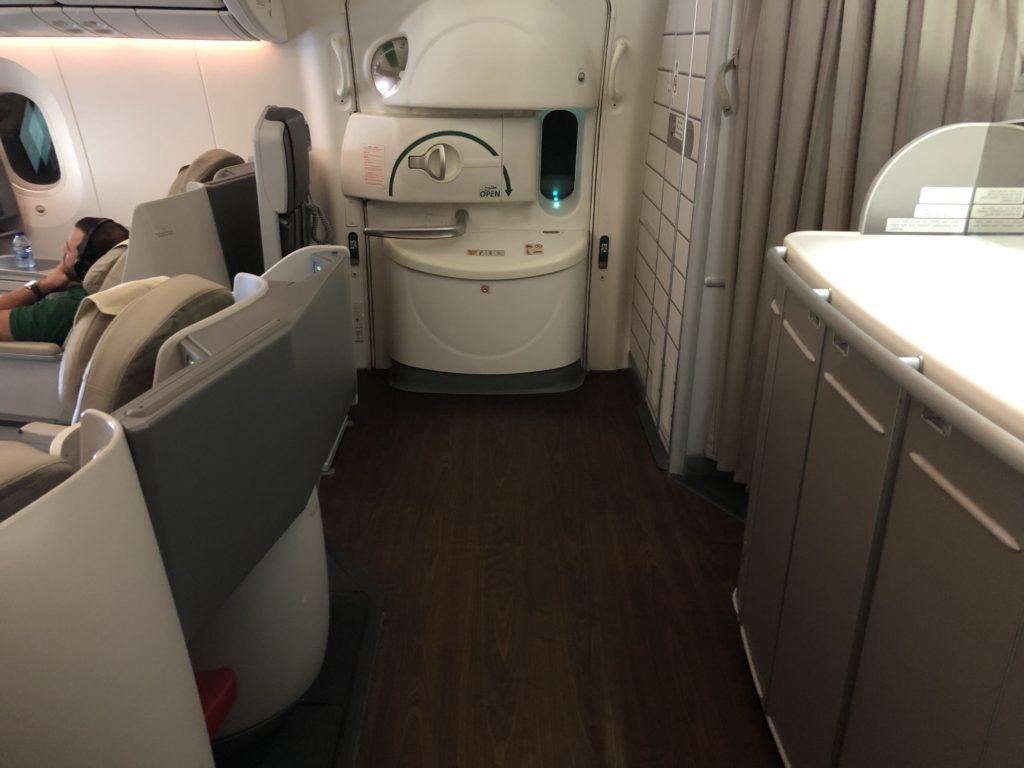
View of the “Workout Area”
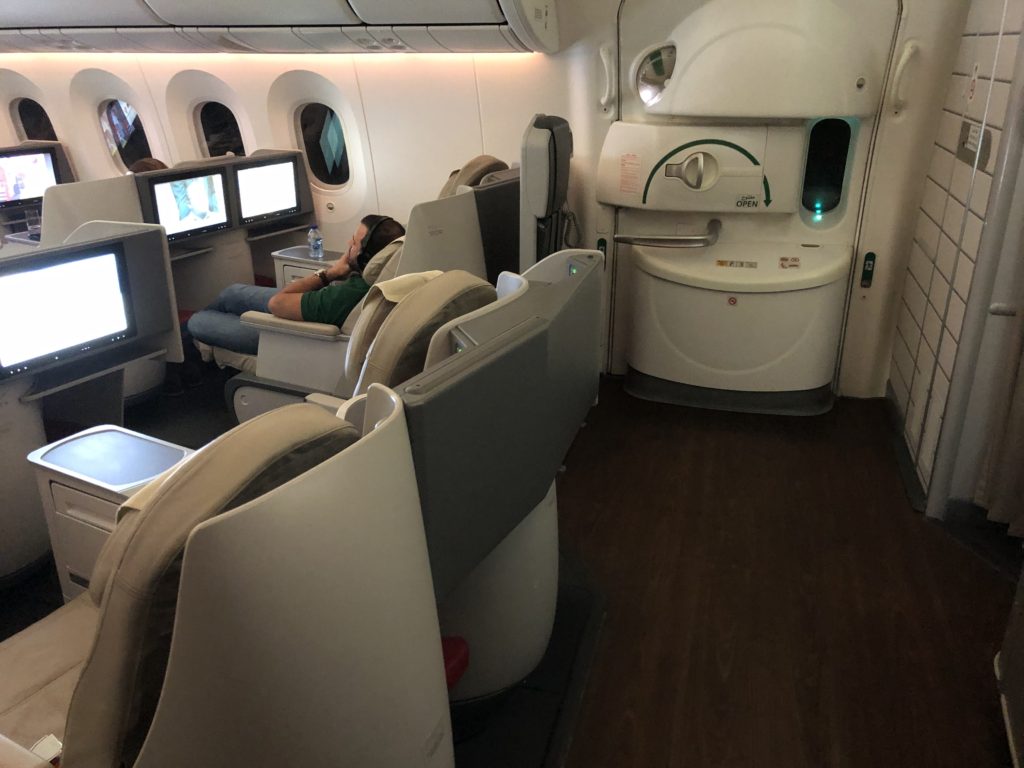
Another View of the “Workout Area”
Seats in Business were arranged in a 2-2-2 configuration. They were made of plush beige leather and were quite deep. Opposite the seats were huge AVOD monitors. Though I was initially excited for them, I quickly realized that they were one of the worst things about RJ, a detail which I’ll describe later.
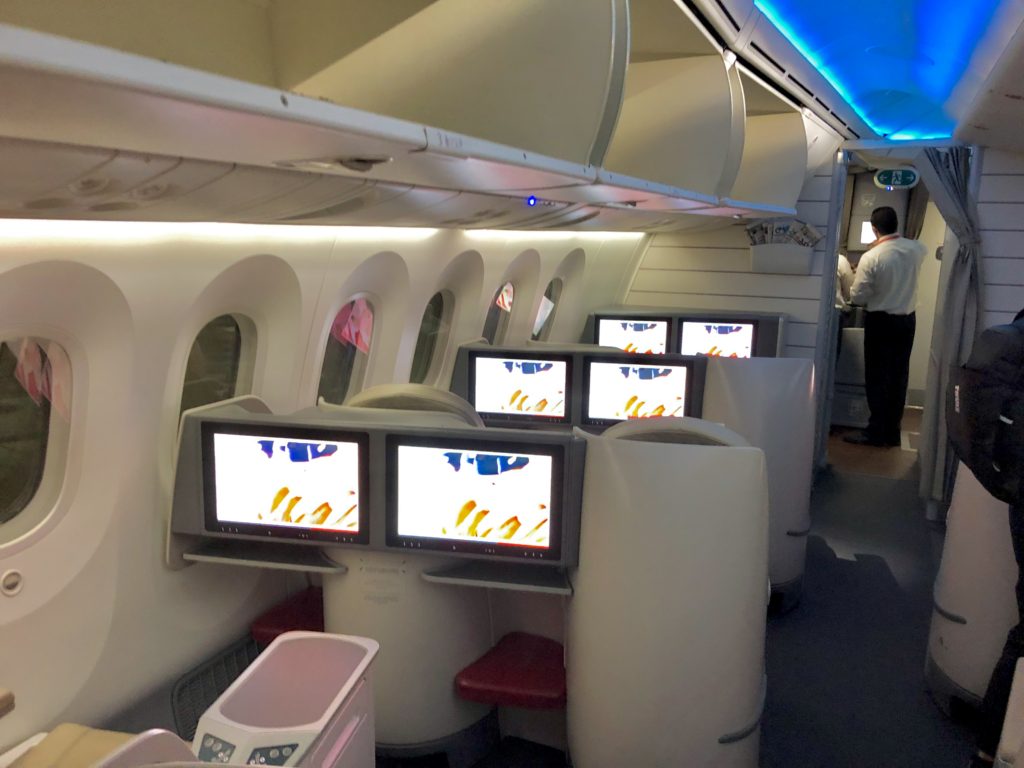
View of the Seats and AVOD
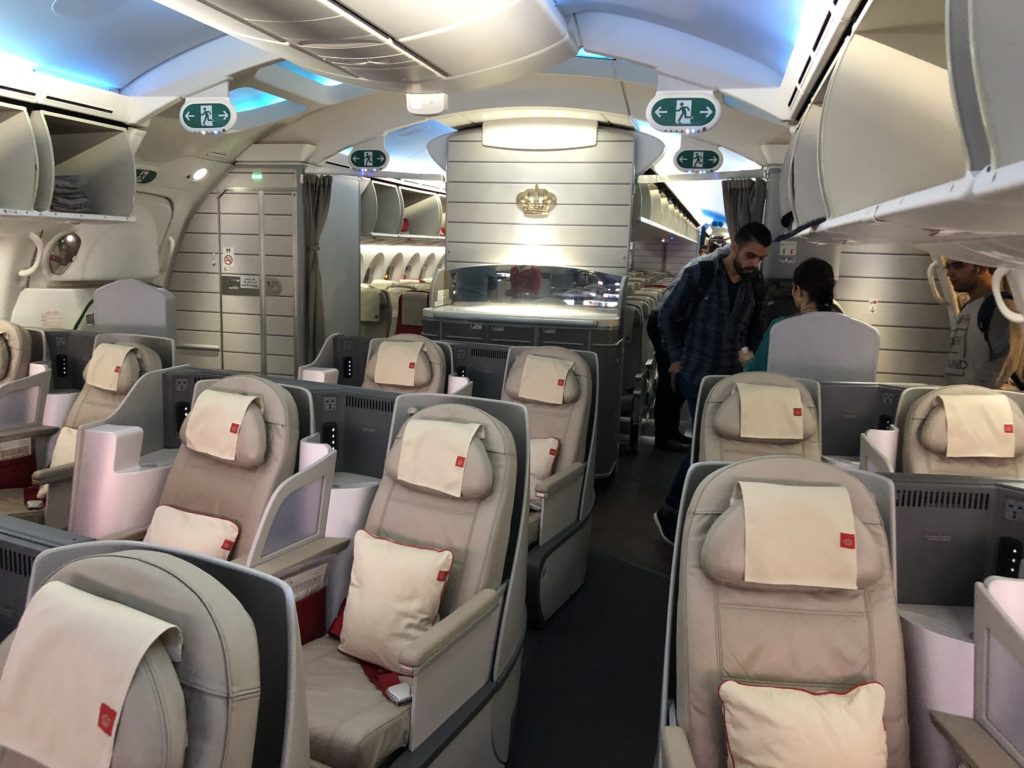
Another View of the Seats
The cabin was about half-full and I am guessing economy wasn’t full either, as boarding finished pretty quickly. Though we were delayed, we ultimately pushed off and were in the air about 45 minutes after the original departure time.
The flight to Amman was 3.5 hours, so a full service was promised in Business. There were to flight attendants in the cabin, though at times I thought that only one was working (while at other times, it felt like nobody was there). When the service commenced, I was greeted in a very cold manner, something that seemed to persist throughout the flight. In fact, this continued all the way to BKK, where the crew was swapped for a fresh one, some of whom were from Thailand, and only then did I encounter some genuine hospitality.
The welcome drink on RJ is an Arabic coffee and while it’s a nice, culturally-relevant gesture, it’s not a drink I enjoy. The initial drink service, once in-flight, was limited to bubbles, wine and beer. There was no hard liquor on board on this or any subsequent flights. If you were hoping for a G&T or a whisky, good luck. I settled for bubbles, though I later tried Jordanian wine (and didn’t enjoy it).
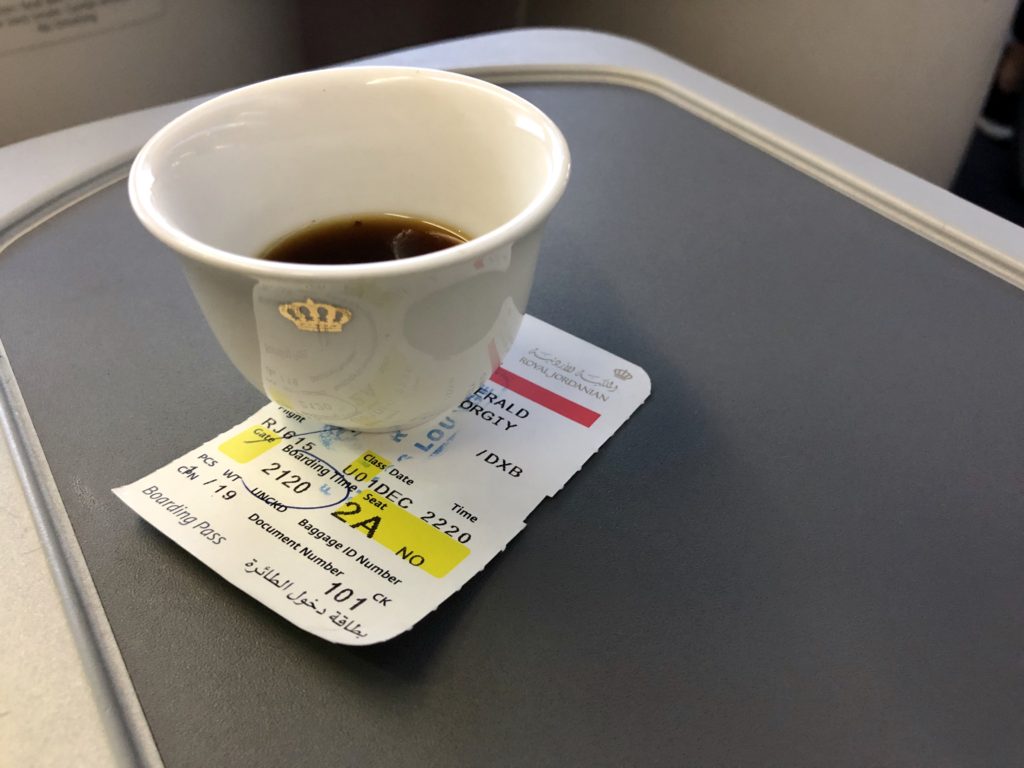
Arabic Coffee
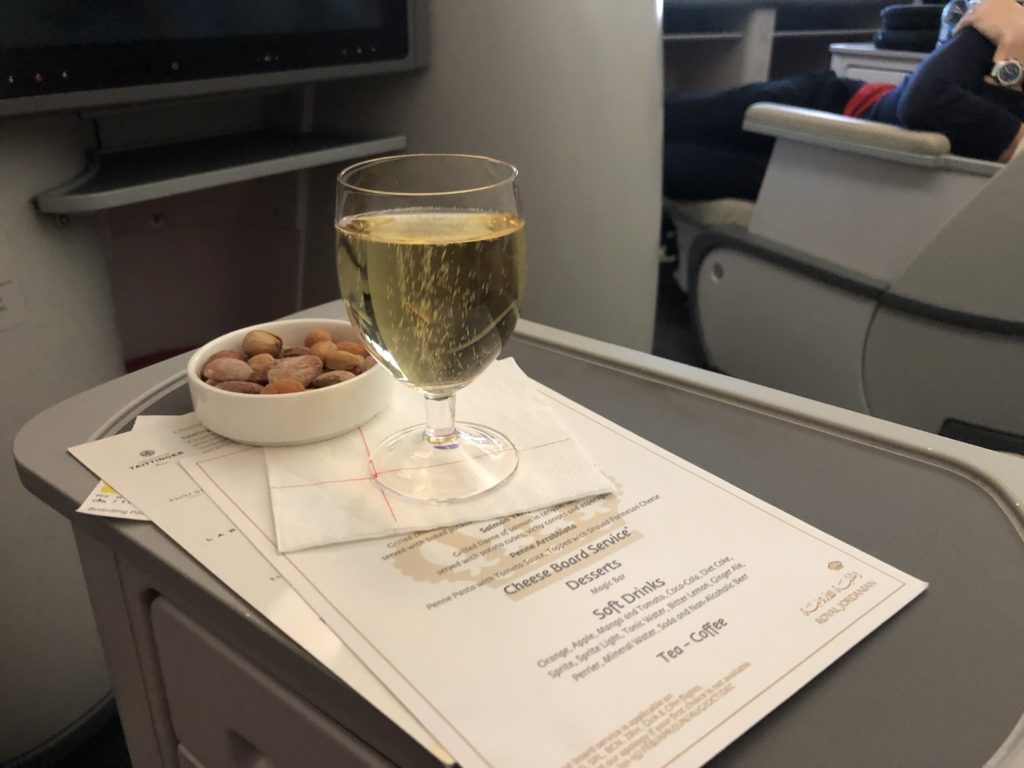
Bubbles and Nuts
Dinner entree options were Lamb Madras, Stuffed Chicken, Salmon Teriyaki or Penne Arrabbiata. I asked the grumpy FA what she thought the best dish was and she told me the salmon. Now, I am not a picky eater and I have never not eaten any meal on a plane, whether in J or Economy. It’s actually fun to experience different in-flight food and I think that it’s so rare to be able to sit there, eat a meal, be disconnected from the world, and just watch a movie. Well, this was the first flight in my life where I first gagged when I tried the food, then suppressed the desire to throw up and ultimately decided that for my own safety, I shouldn’t touch any more of it. The salmon smelled of heavily spoiled fish. The sides (potato cubes) were drenched with something that made me imagine having diarrhea in an airport in a foreign country and so it was only the bread that I felt was safe enough to consume without having nightmares. Awful! There was no other drink service offered once the food was served. I had to ask for it, which required pressing the FA button to summon the elusive attendant, as they didn’t really spend much time after the meal service looking after passengers.

Royal Jordanian Dinner & Drinks Menu
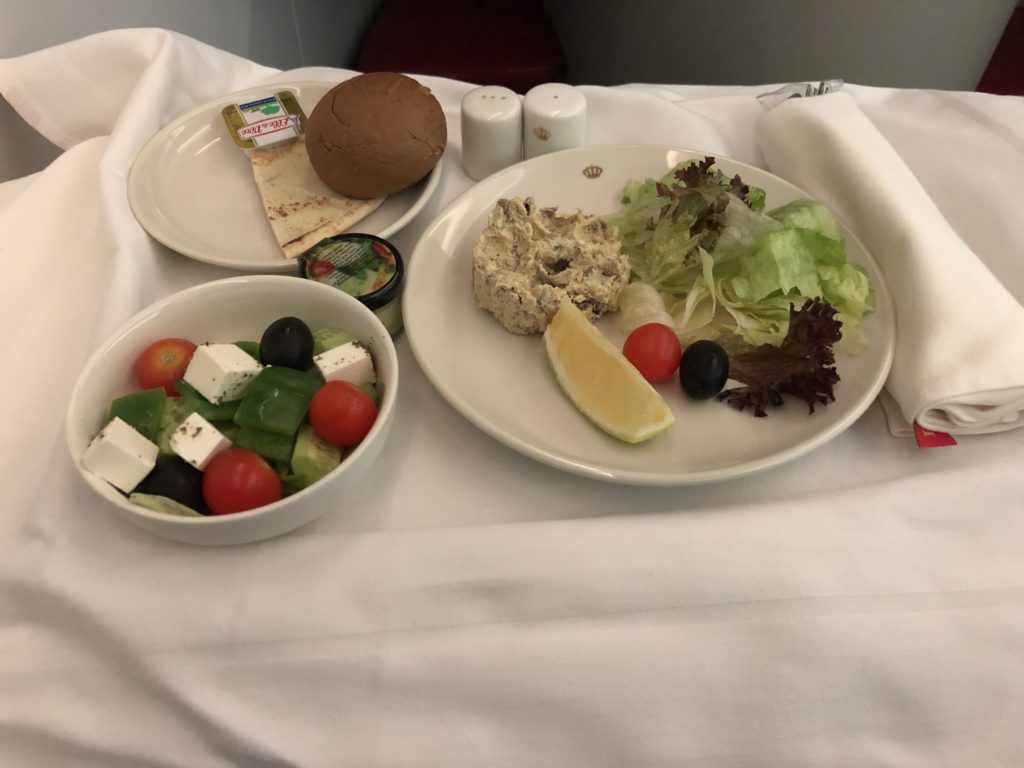
Appetizer
A few notes on the cabin itself. As I mentioned, there was a football field of an area between Business and Economy, so you could stretch, train for the Olympics or assemble a small plane within a plane to entertain yourself. There was only one bathroom for the entire Business cabin, which was shocking, given that you are sharing it with over 30 people. Inside, there weren’t any real amenities, but worse, instead of using paper towels, RJ stuffed Kleenex. Anyone who has tried to pull a few Kleenex tissues out of a paper towel dispenser on an airplane with wet hands knows how futile the task is. Clearly, people were taking out half a pack worth of tissues at a time, leading to empty dispensers half-way through the flight. It’s as if nobody on RJ has tried to use a bathroom and washed their hands afterwards, as this is such an obvious thing to realize!
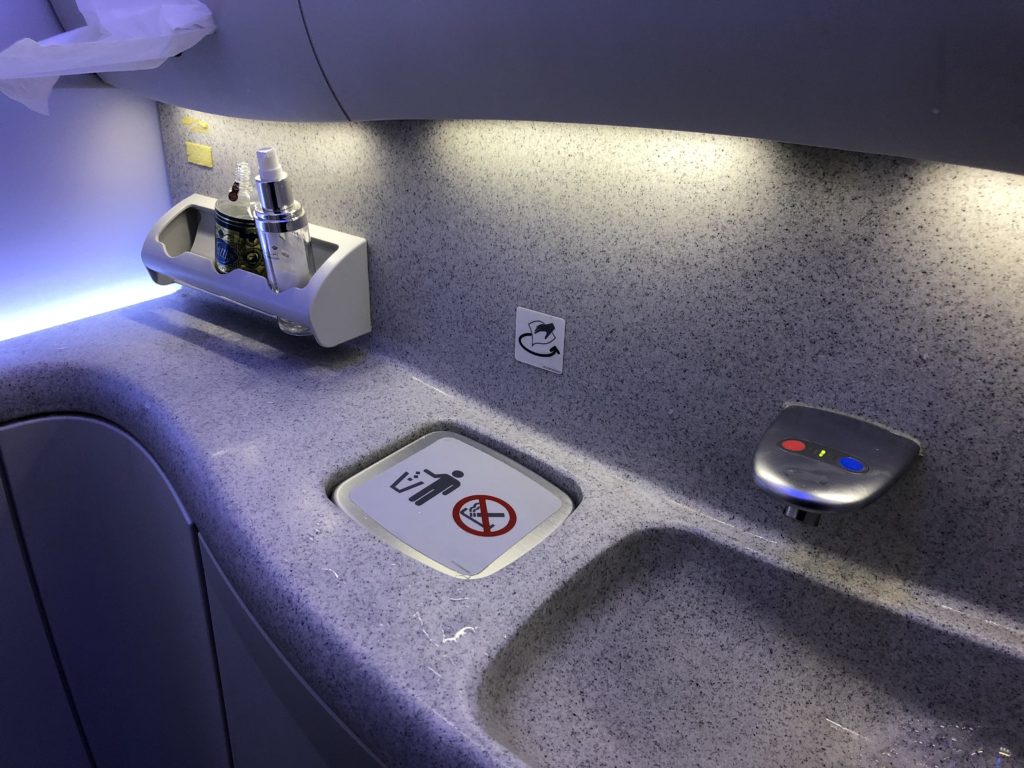
Lavatory with Kleenex instead of paper towels
Another infuriating bit about the cabin was that the famous dimming windows were centrally controlled, meaning that I could not choose to adjust it myself. This was terrible for those who wanted to dim it during the day portion of the flight or for those who wanted to keep it fully “open” at night to look at the lights of cities below. Again, I don’t understand why passengers on a Dreamliner can’t have control over their own window shade.
Finally, the pièce de résistance of RJ incompetence was its entertainment screen and AVOD system! First of all, these screens were set on max bright by default. The background color for all PA announcements was white and the screens turned on during each such event (of which there were way too many and, given they were in English and Arabic, they were long as well). Imagine that you’re sleeping in the dark plane and all of the sudden a giant floodlight is illuminated onto your face. You wake up in total shock only to hear an update from an FA that they are about to do in-flight duty free service. While you could control the brightness ONCE the screen was on, it defaulted back to this “atomic bomb brightness” every time it was turned off. It made me appreciate American’s dark PA screens which do not disturb passengers.
This wasn’t it, though. The movie selection was, at this point, predictably awful. I think there were a dozen English-language releases from 2018, a bunch of Bollywood movies and then older titles. The kicker is that most of these movies were unwatchable because RJ seems to have ripped them off Limewire or some other torrent service and the pixelation, formatting and sound made most of these films truly unwatchable. I thought of giving a few of the foreign-language films a whirl, but the pixelation was so bad that I couldn’t actually read the subtitles!
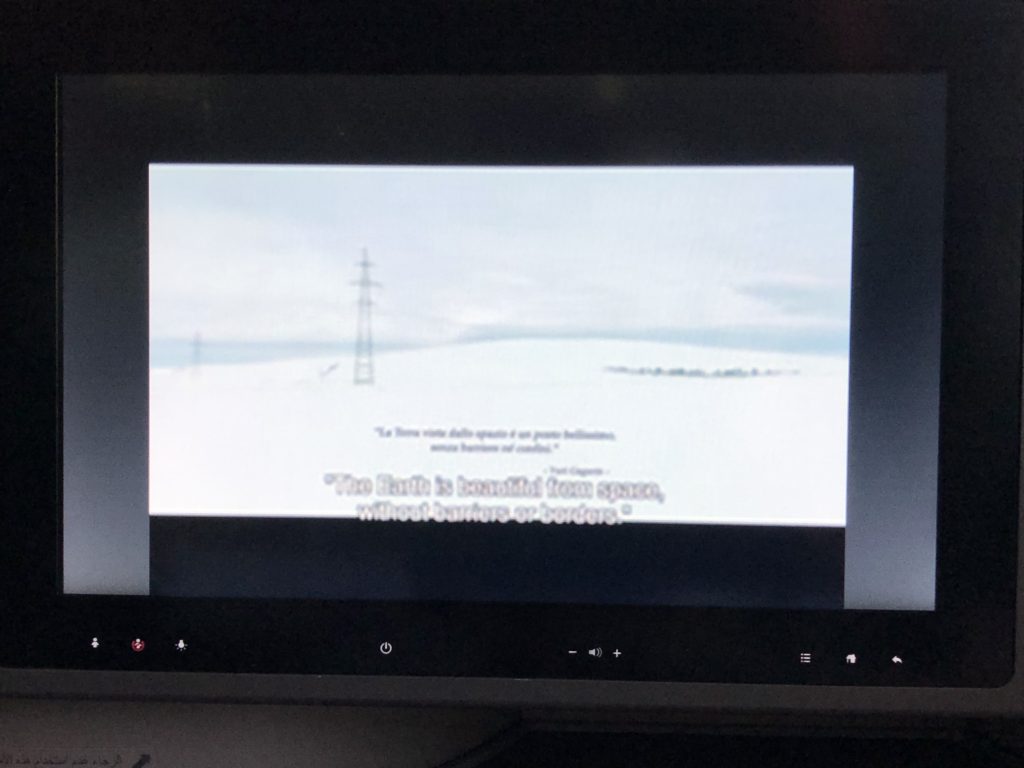
Pixelated Movies
So, between awful/borderline poisonous food, centrally controlled dimmers and an absolutely wild AVOD system, there was nothing on board that could keep a soul entertained besides going to sleep. Thankfully, the seats were not terrible (though by no means were they excellent to sleep on). When unfolded, they were pretty wide at the widest point, though fairly narrow up top and at the foot well. On some of the seats, you could also feel the dip between the back support and the seat cushion, meaning that your sleeping surface wasn’t smooth. The pillow was no Casper and the blanket was on the thin side and made of a fleece-like material. Leather isn’t a great surface to sleep on, so I took advantage of not having a neighbor and used the other blanket as a sort of a bedsheet. I was able to sleep for the majority of each flight (and I dreamt about Casper bedding on American).
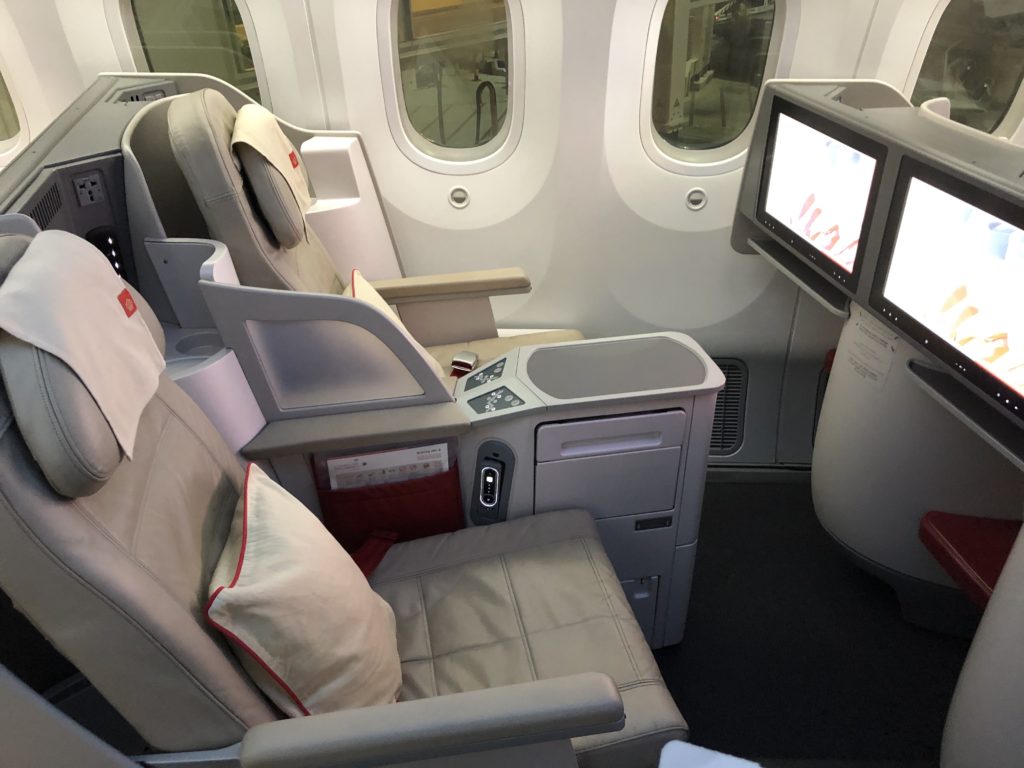
Business Class Seats on RJ 787
A quick note on the amenity kit: blah. The pouch was branded as “Acqua Colonia” – an attempt at a luxury brand that nobody has ever heard of. Inside was the usual amenity kit set with nothing to distinguish it from anything else. The only nice touch were these stickers that told the FAs whether to wake you up for breakfast service (on the AMM-BKK leg) or not and the eye mask, which was the one item that you have to have with the super-bright screens on board.
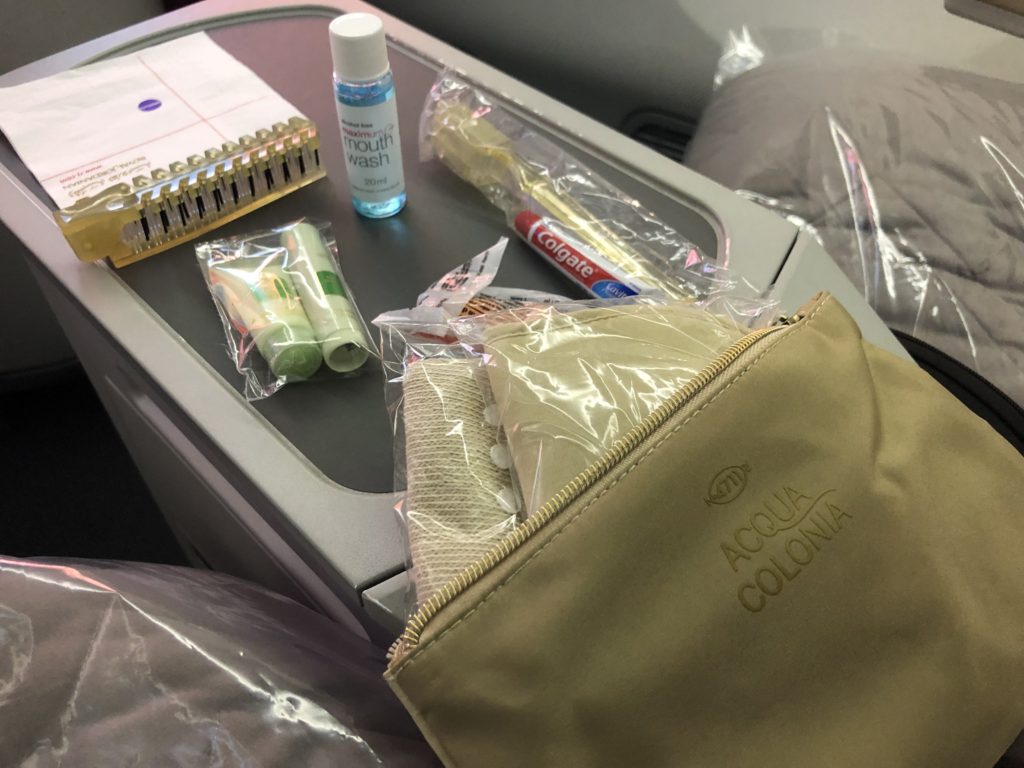
Royal Jordanian Amenity Kit
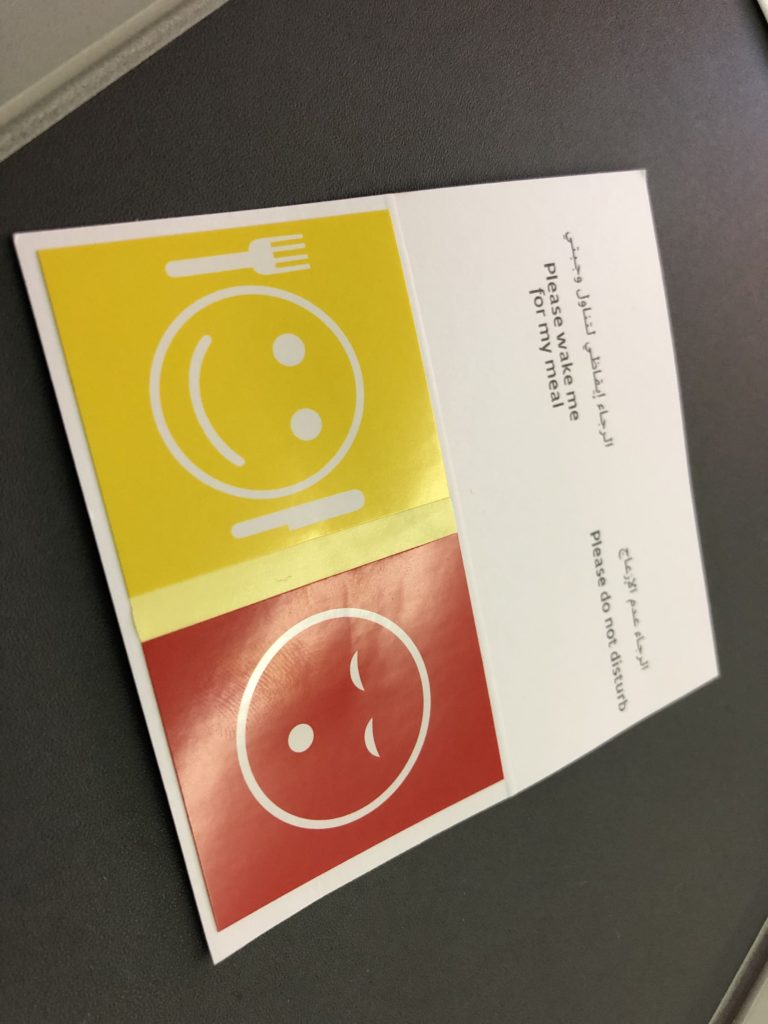
RJ Meal Stickers
AMM-BKK-DXB
Upon arriving to Amman, we were forced onto a bus. Interestingly, the bus for J passengers was pretty luxurious and they slammed the doors shut and whisked us away to the terminal before allowing the rest of the plane to unload.
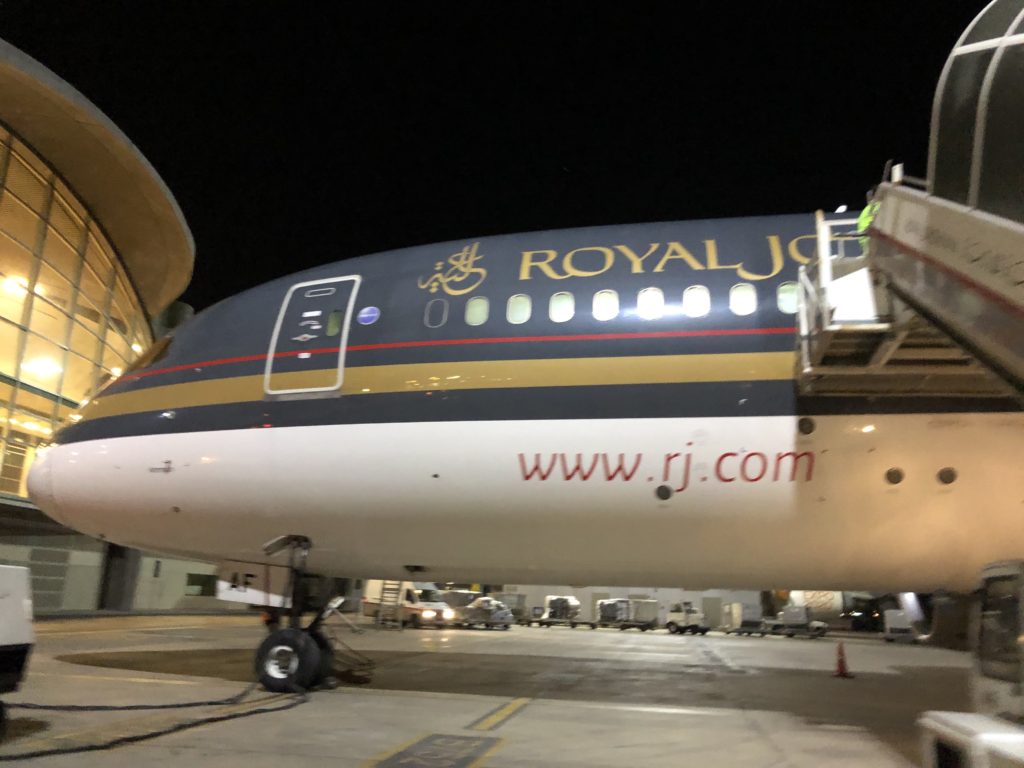
Deplaning from RJ 787-800 in Amman
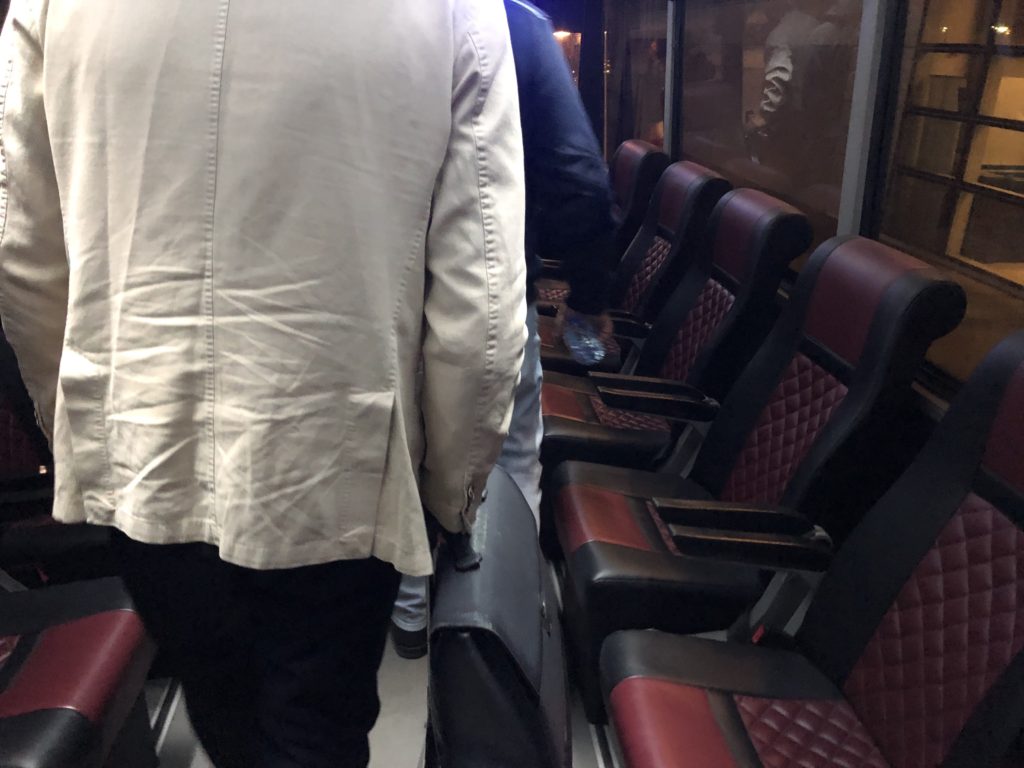
RJ Luxury Transfer Bus
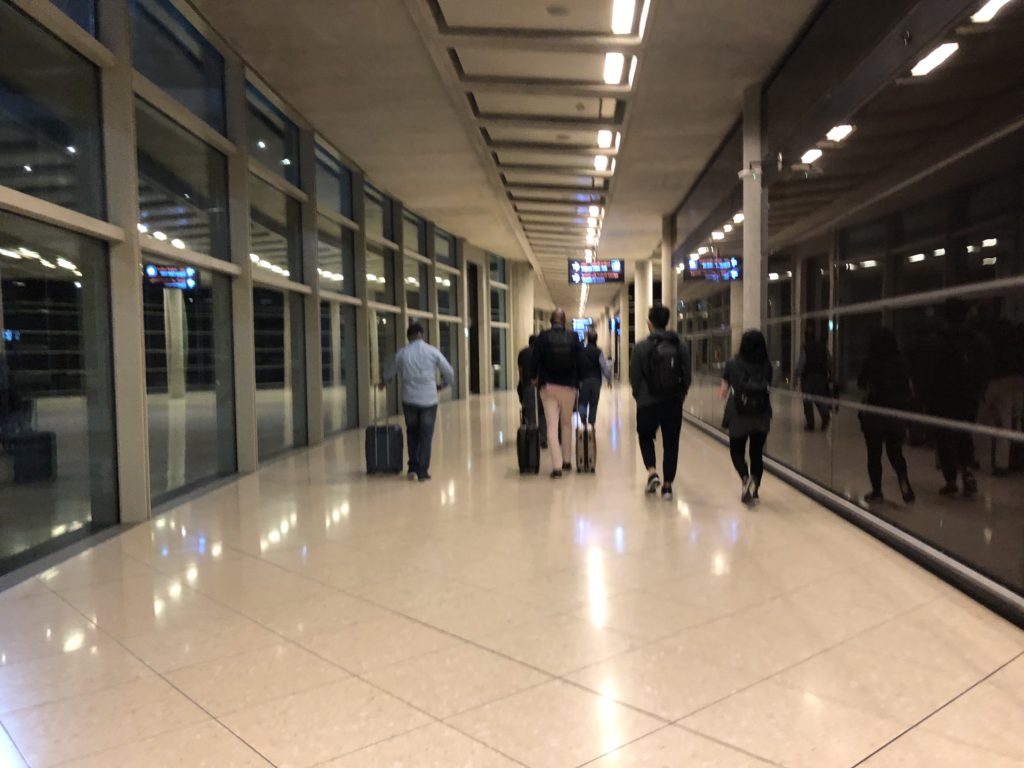
Walking to the AMM Transfer Area
I was the only person connecting to an onward flight, which, when I walked to an area called “Transfers” caused all sorts of commotion with the security people. There were passengers from another flight going to Baghdad in front of me, and they were taking their sweet time going through the metal detectors. I, however, received a massive stare down from every guard there, and once I walked through the detector, one of them came over and without asking for permission, reached down into my t-shirt and pulled out my gold chain, on which is a cross. He examined it and shoved it back. Then, as I was scraping my jaw off the ground and getting my backpack, a door opened and another security dude appeared and yelled at me, asking where I was going to. Once he heard Hong Kong, he said “OK, you go” and closed the door.
Literally, WTF?
The Amman airport is pretty big and modern-ish. Its roof has a unique design, courtesy of Foster + Partners, which references the roofs of bedouin tents with 127 domes on the ceiling. The rest of the airport is uninspiring at best and the fact that people can smoke in it is a throwback to times I thought have passed.
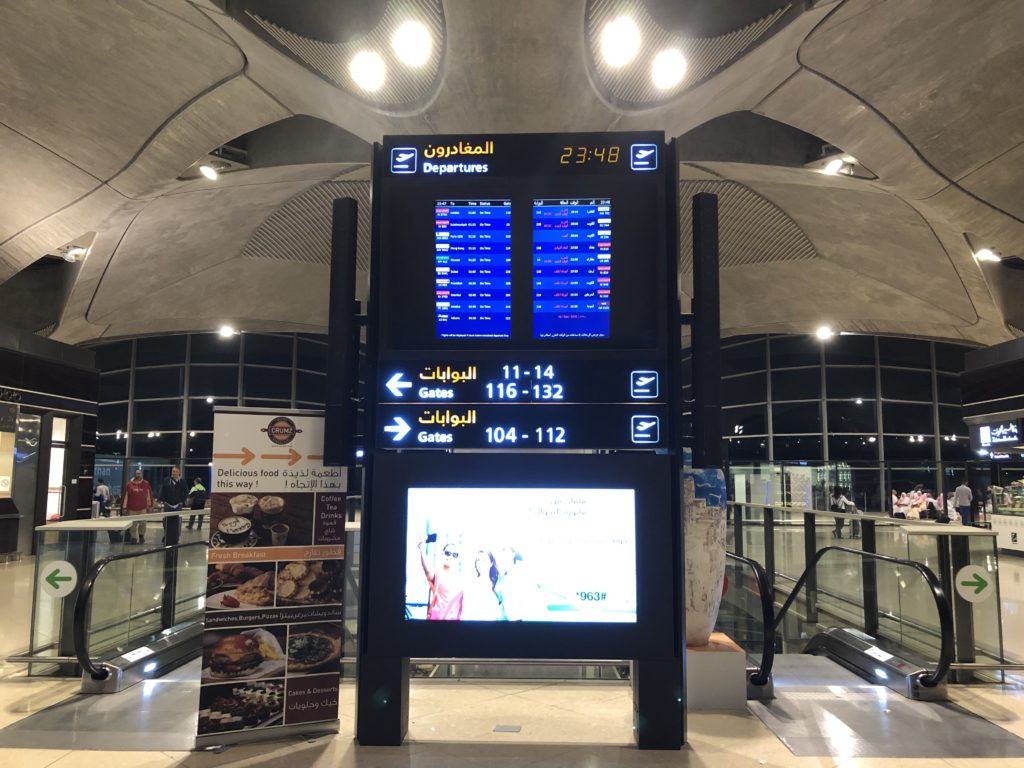
Amman Airport
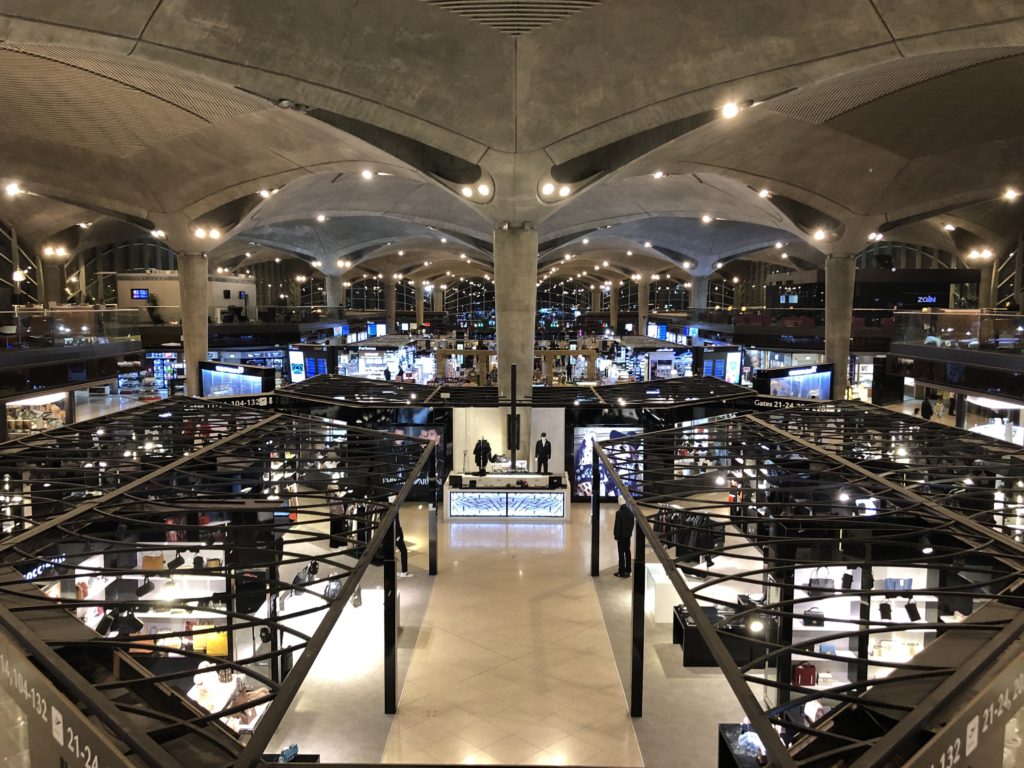
AMM Bedouin Domes

Amman Queen Alia Airport Gate Area
RJ’s lounge is an expansive 2nd floor area, which overlooks the terminal. Its footprint is enormous, however it doesn’t do much with all that space. Once you get there via one of two elevators, you have to stand in line to be checked in. Then it’s a dash to one side of it, where you can get food. I read in reviews that the food was a selection of middle eastern mezze plates, but in reality it was cold falafel, some really fatty hummus and other generally tasteless items. There was a bar with booze behind it and no bartender. He appeared towards the end of my stay, and I saw him make drinks, but I think he does it on his own schedule.
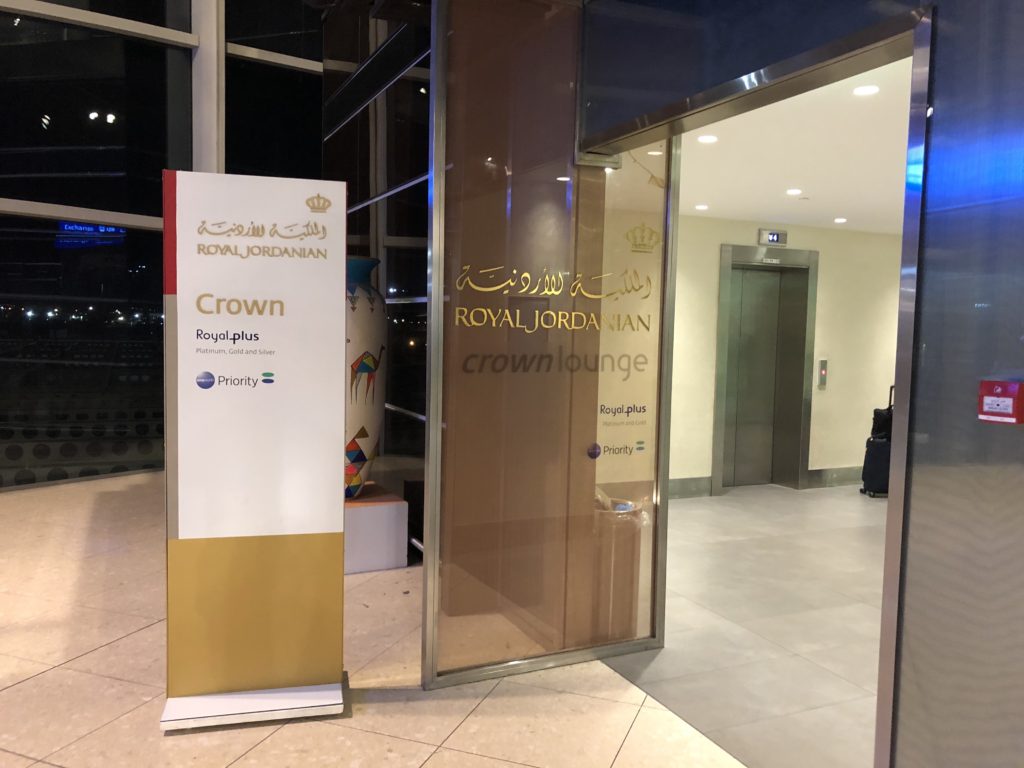
RJ Lounge Entrance
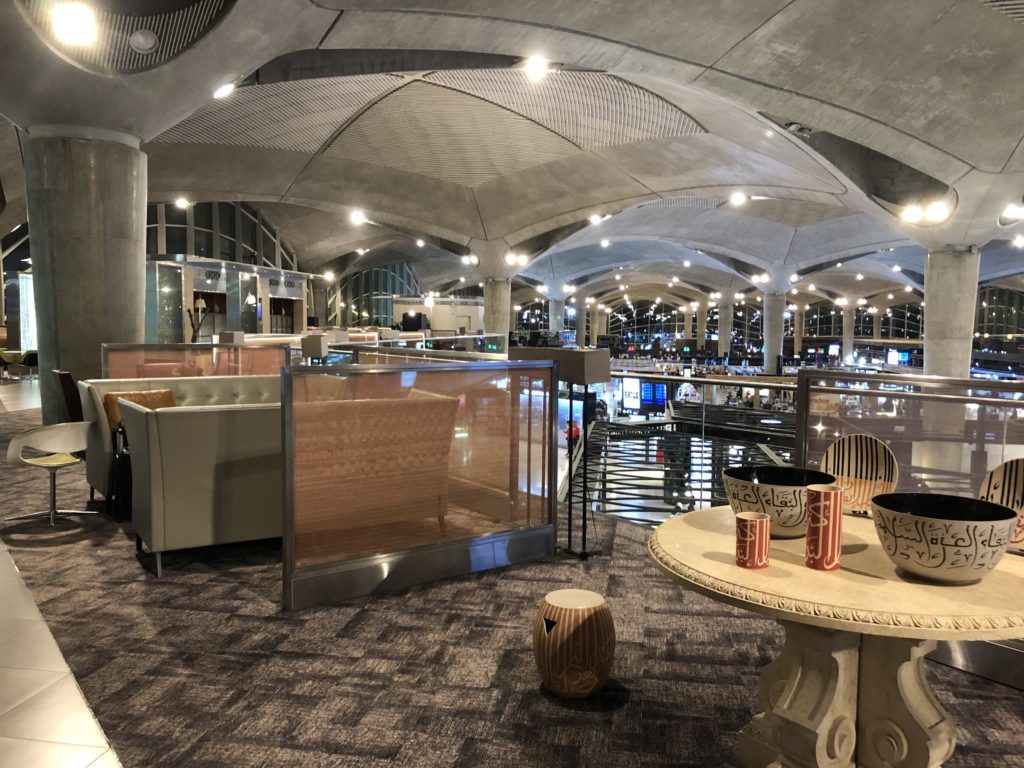
Inside RJ Lounge
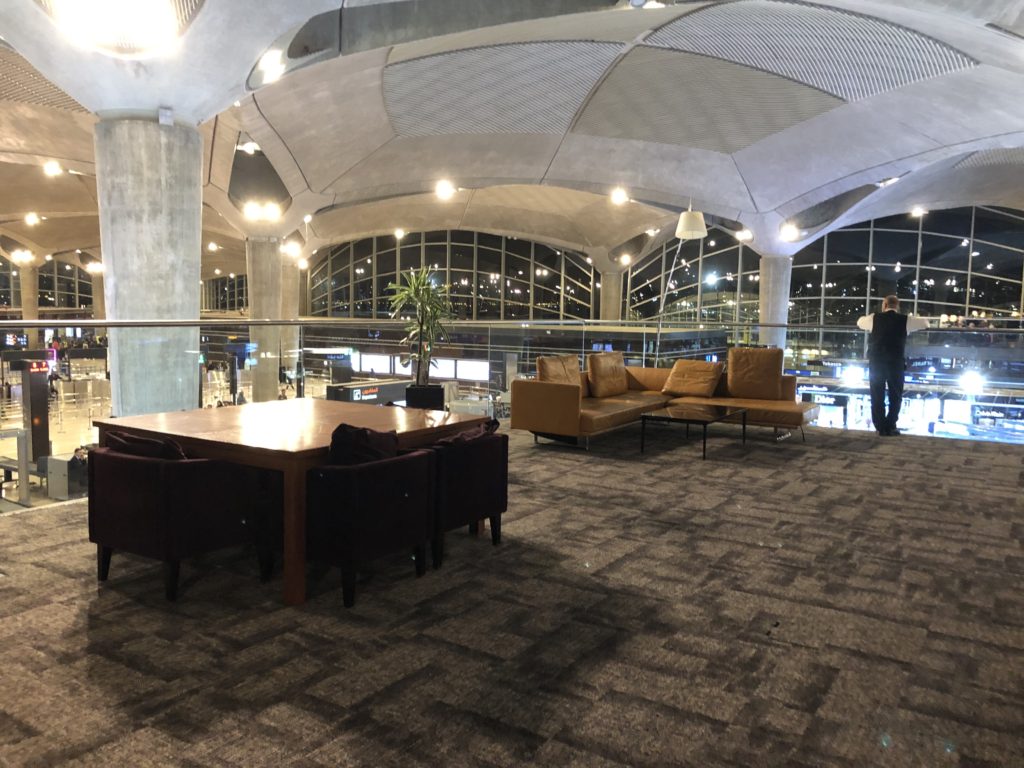
RJ Lounge – Dome Views
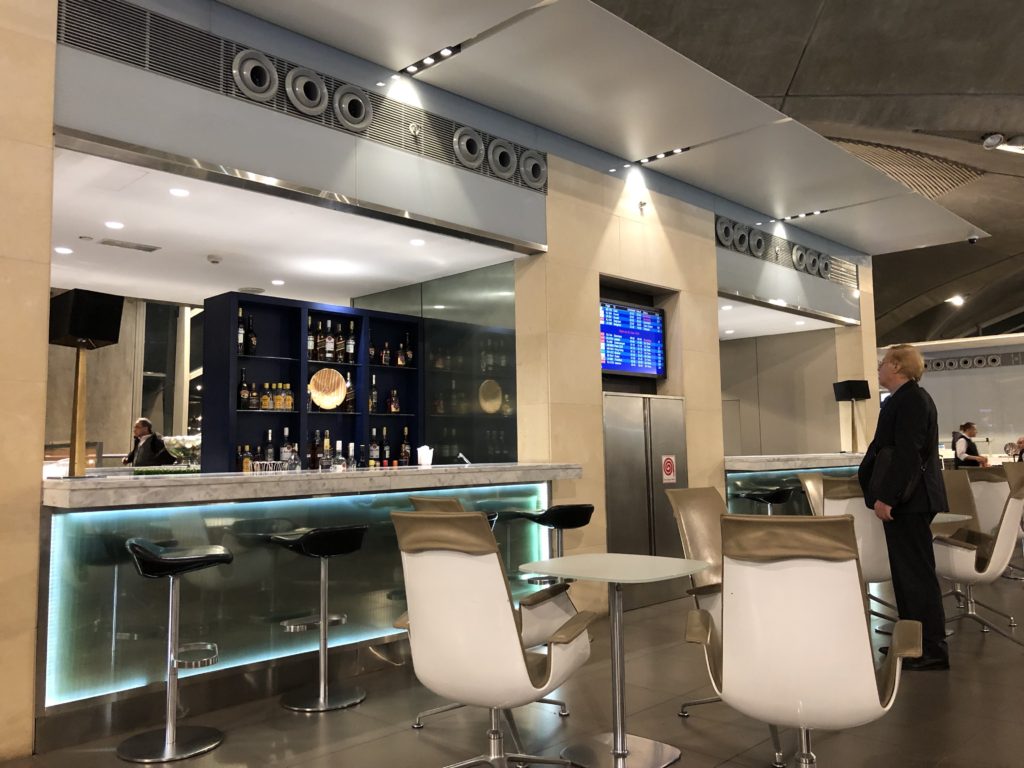
RJ Lounge Bar with no bartender
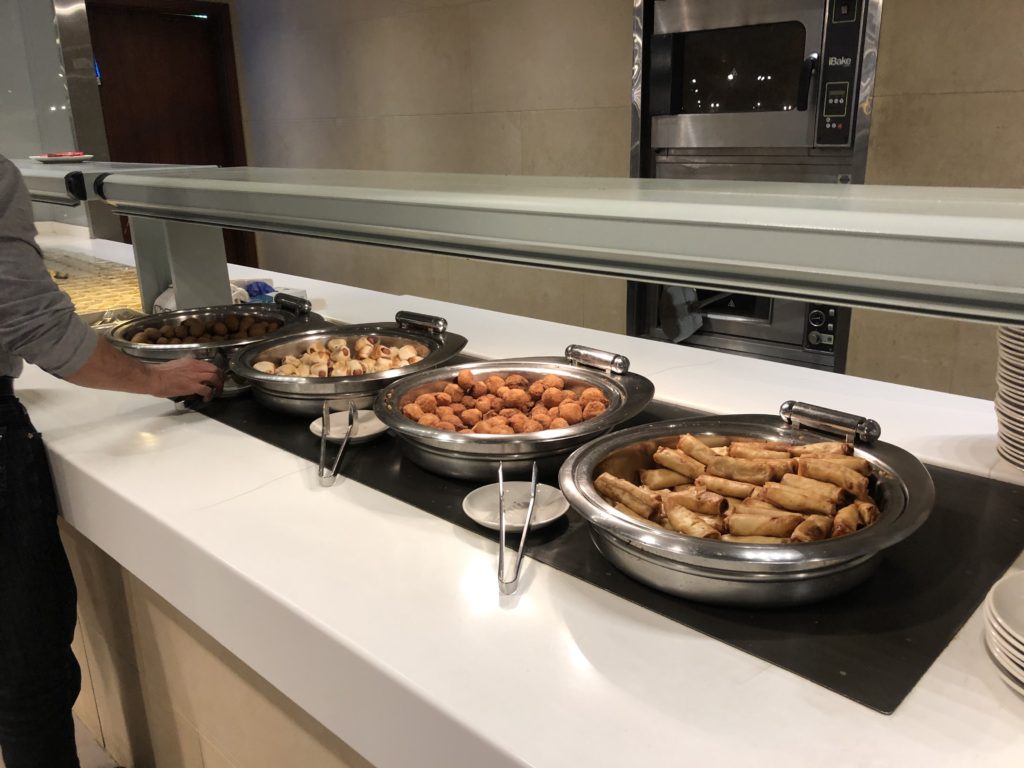
RJ Lounge Food spread
The most appalling part was the bathroom, which was small, dirty, old and smelled of cigarettes. The sinks, though made by Villeroy & Boch, were disgusting, cracking and in dire need of retirement. I wouldn’t use that bathroom for more than an emergency stop and I shudder to think of what RJ’s showers look like, if they even have them. Again, the fact that everyone is free to smoke (including employees, who simply sat behind a glass wall inside the terminal) is extremely off-putting.
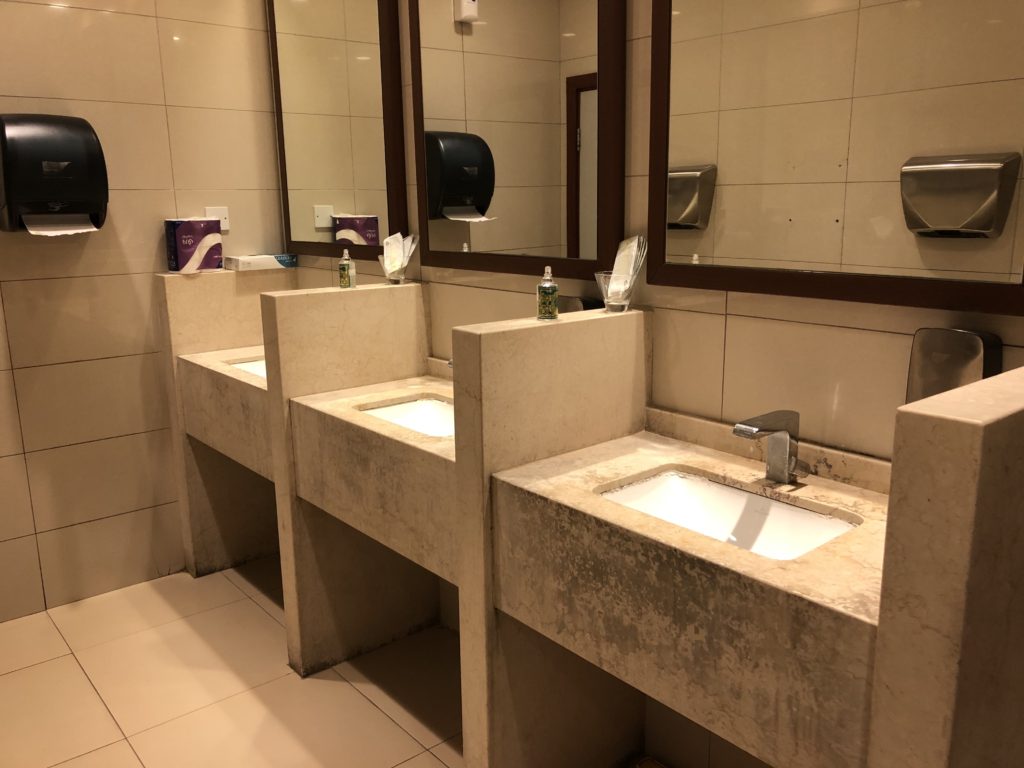
RJ Lounge Bathroom
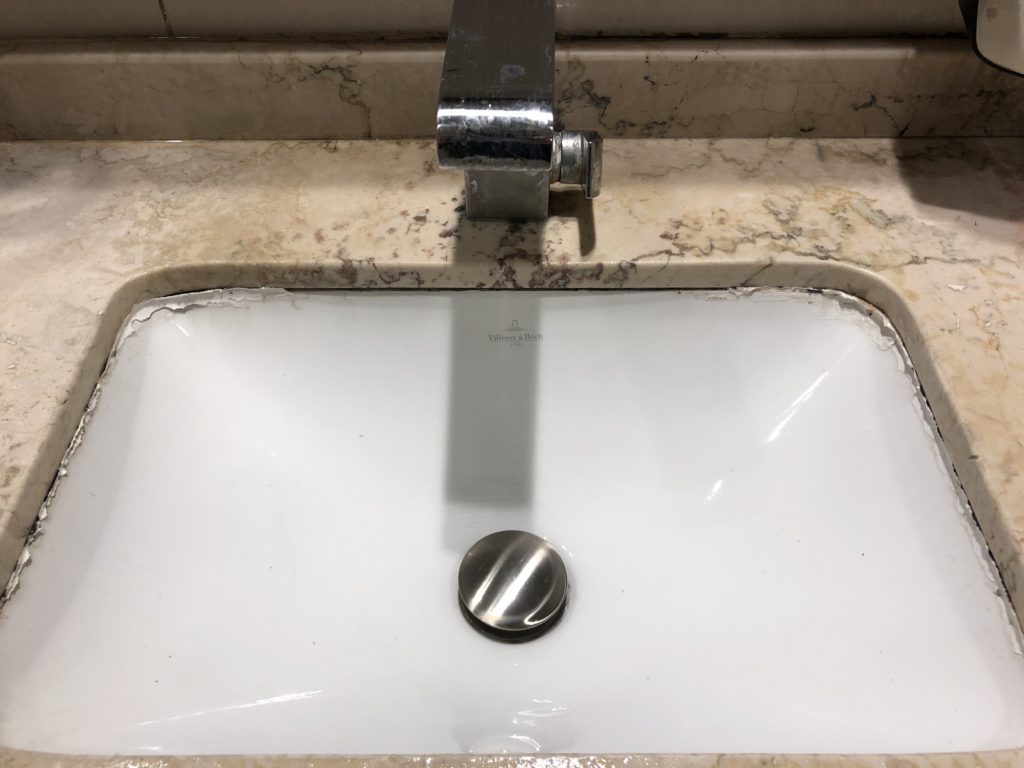
RJ Lounge bathroom sinks
I won’t describe the in-flight experience to BKK, as I generally covered it earlier. Of note is the fact that passengers who are connecting to HKK are asked to stay on board, while everyone else exits and new passengers board. This means you’re there for when the cleaning crews come in, witnessing their work. It’s an entertaining hour and a half, but only if you ever do it once and care for such things.
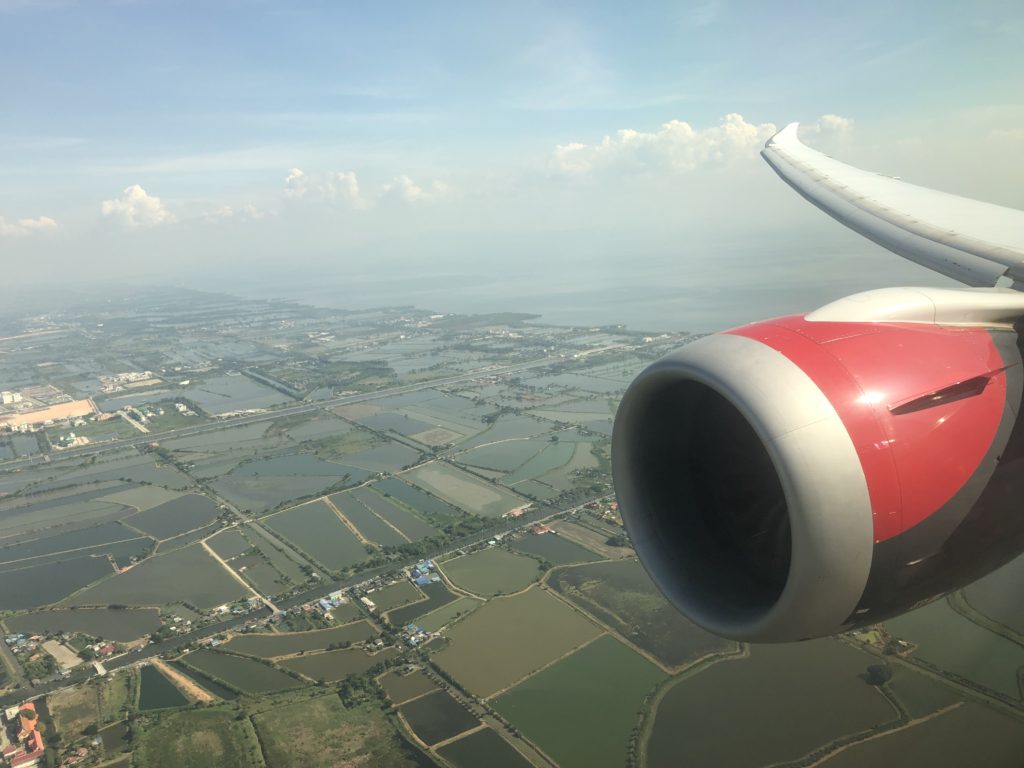
Landing in BKK
The cleaning crew wore Thai Airways uniforms and were very efficient. Their supervisor was on the plane the entire time, ensuring they were doing a good job. The Jordanian crew was swapped for a Thailand-based one, and we finally saw smiles and a little bit of the attentiveness that was missing earlier. The catering from BKK to HKK was also better (meaning that it was average) and I was able to eat, finally.
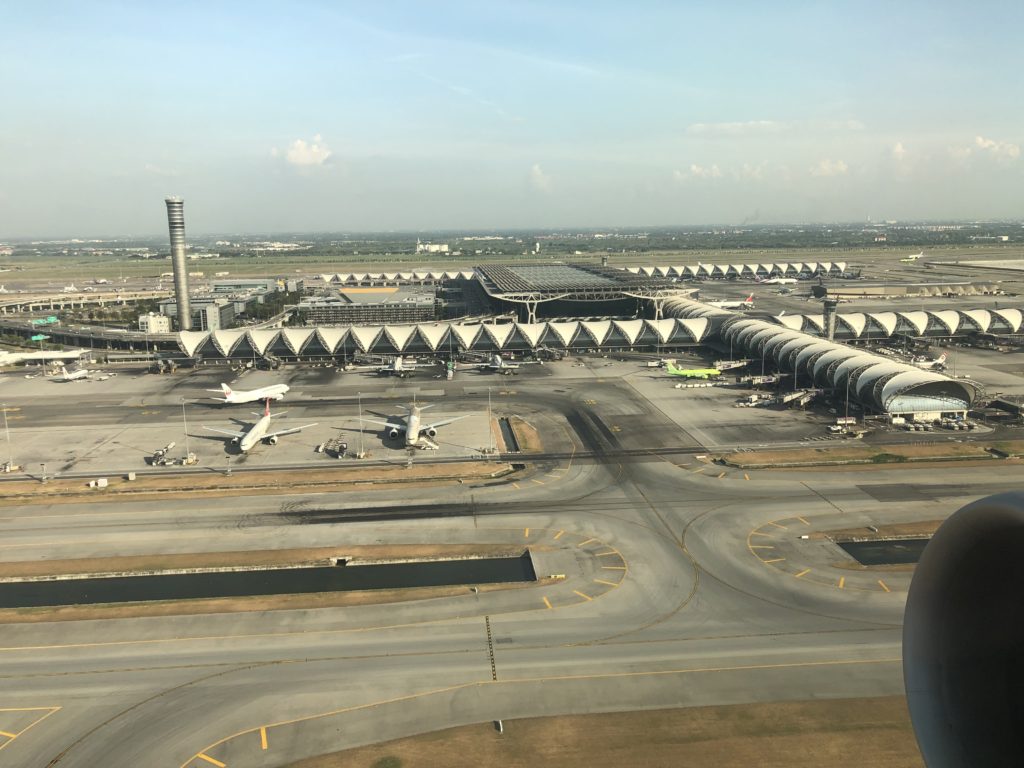
Departing BKK
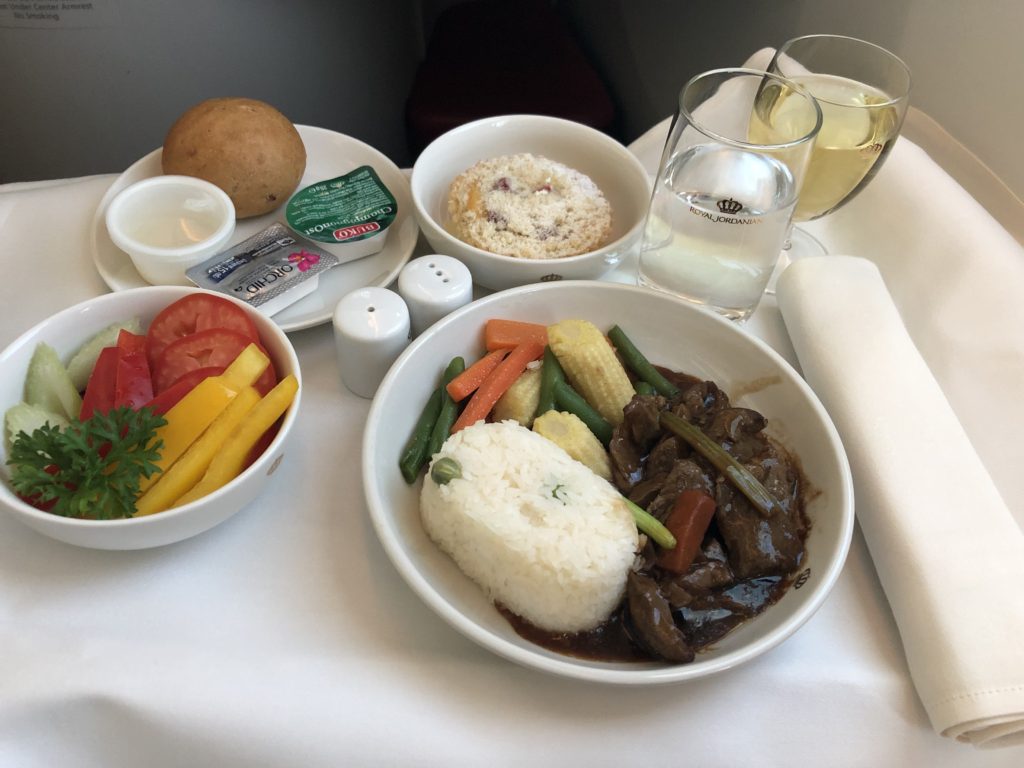
Better Catering from BKK and Jordanian Wine
The final leg of the journey to Hong Kong was just over two hours. With daylight pouring in, shades being controlled by a “man with a button” up front and literally nothing to watch on TV, I was forced to confront my own thoughts, a process that I think I welcomed, given that life back at the farm generally doesn’t allow for long periods of contemplation. I think the great realization I landed on was that I’ll never fly Royal Jordanian again, even if it means not going somewhere.
We landed in Hong Kong and, before departing, FAs walked through the cabin twice and sprayed it with “stuff”. I don’t think this was deodorant.
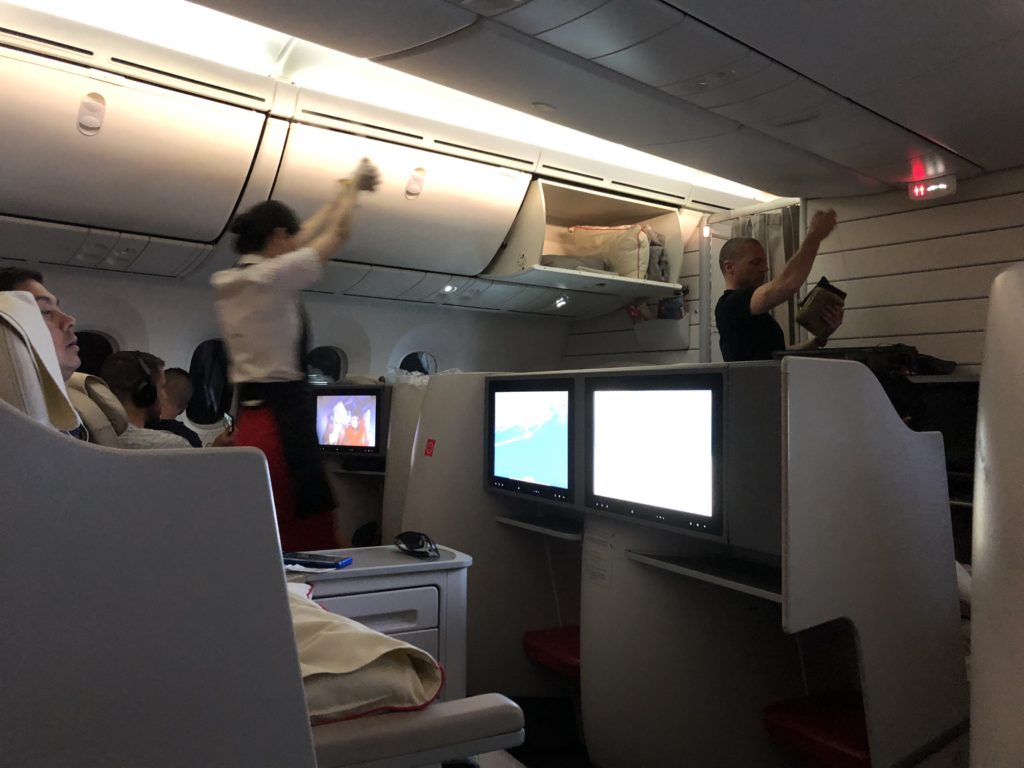
The Crew Spraying Us in HKK
As you can tell, this was a very disappointing experience. I wish that it was still possible to fly from Dubai on Qatar to places and that there were easier ways to redeem miles with that airline. But until the dispute between those countries is resolved, RJ may be one of the few options for OW fliers and this is unfortunate.


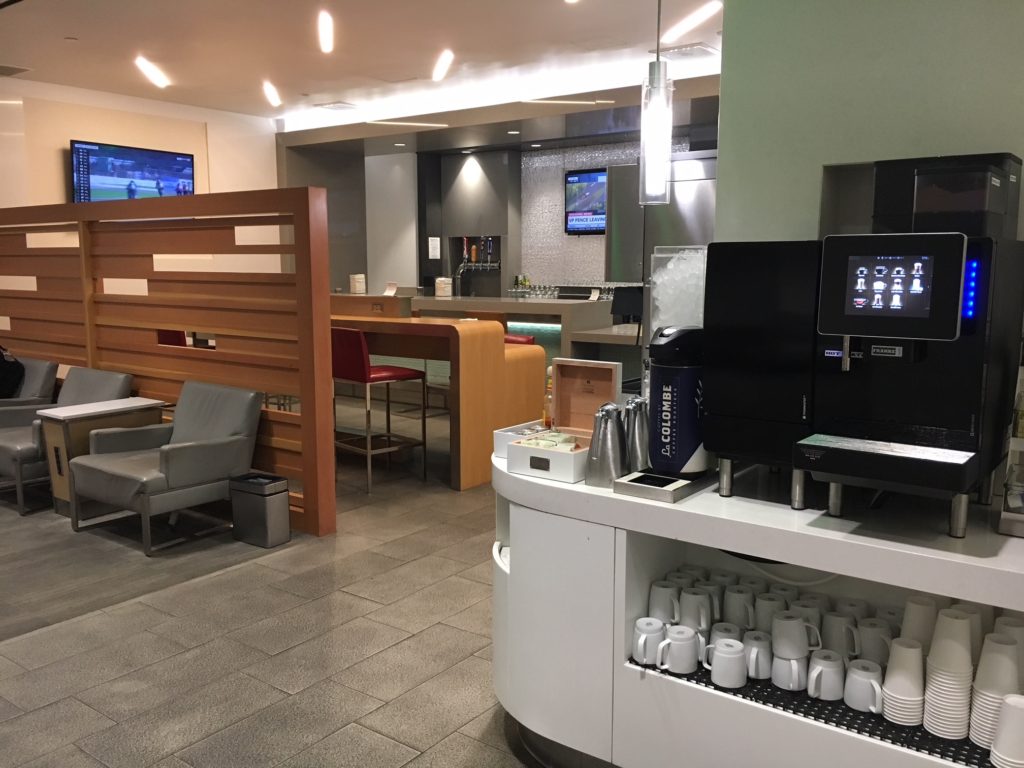
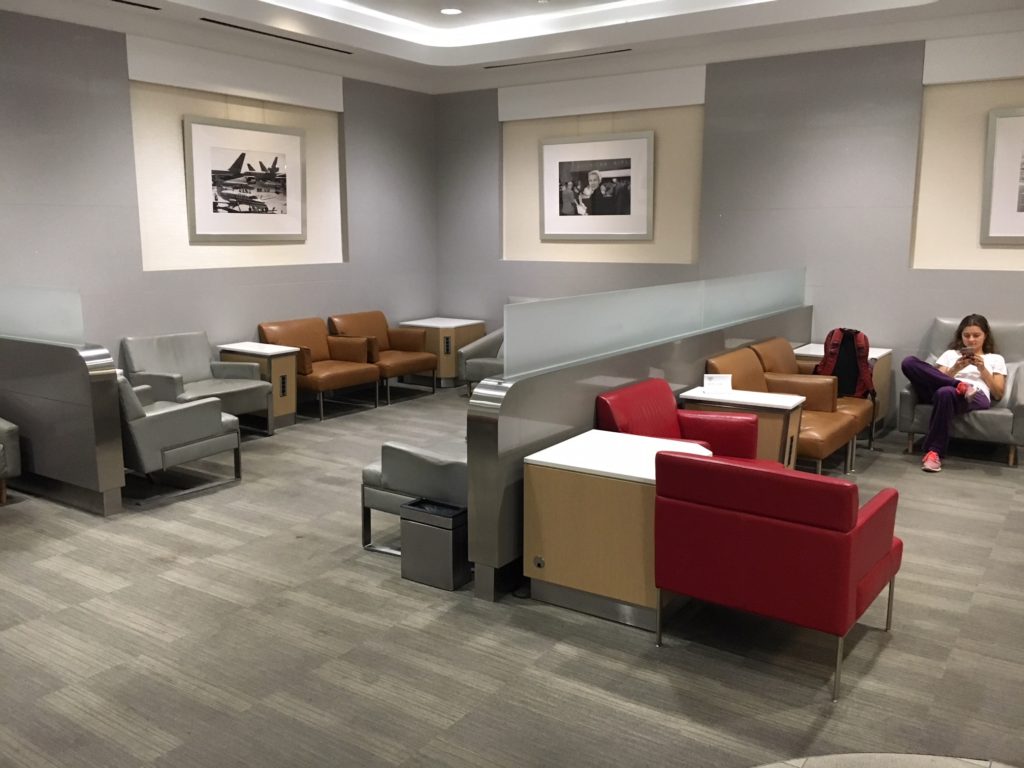
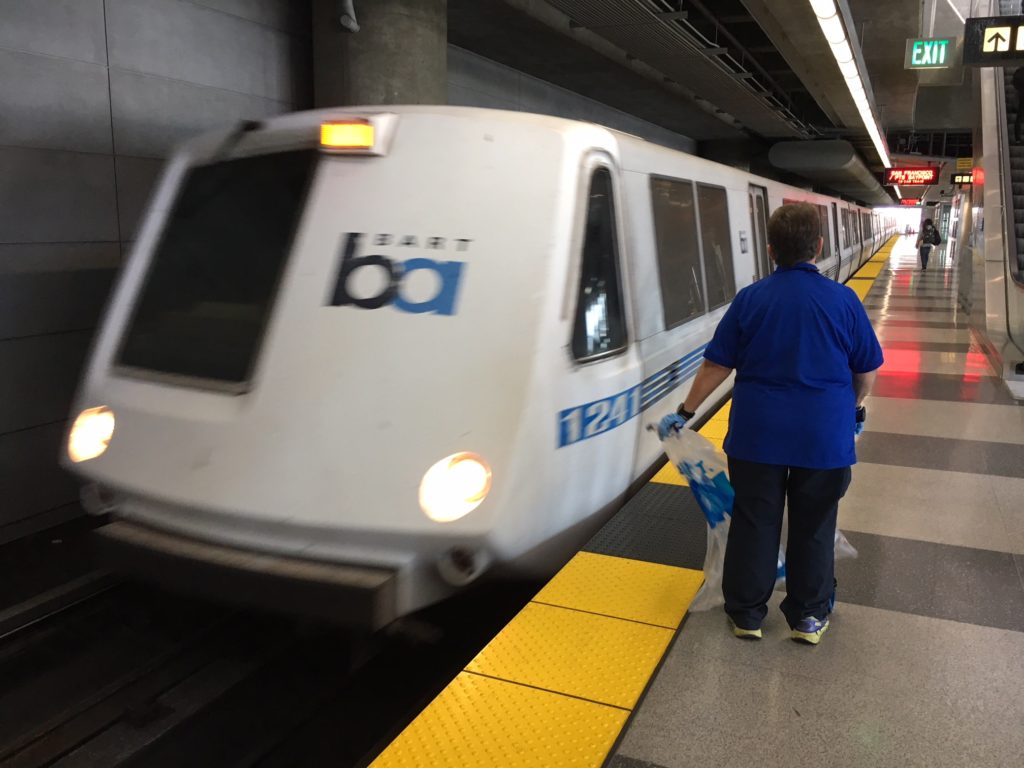
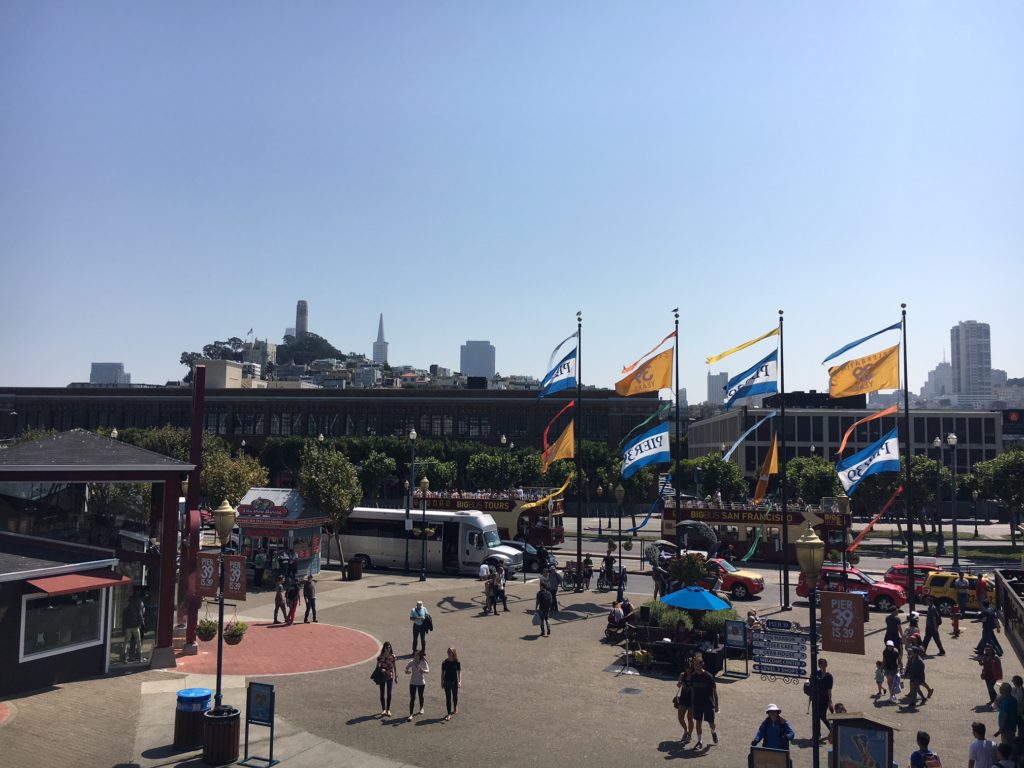
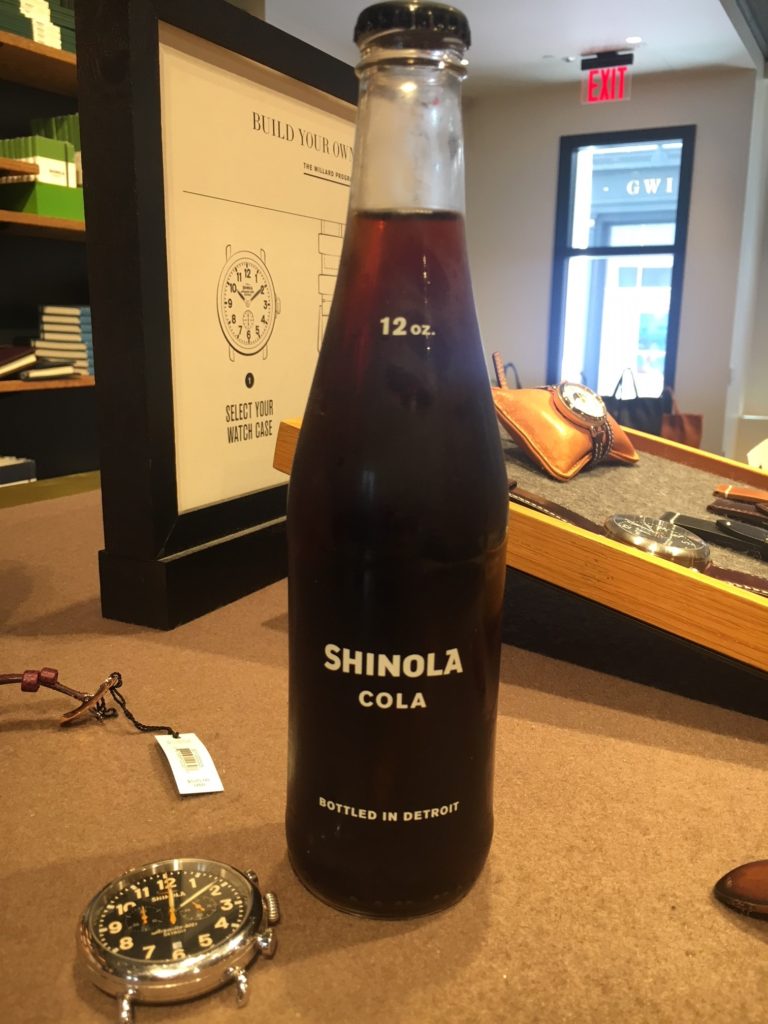
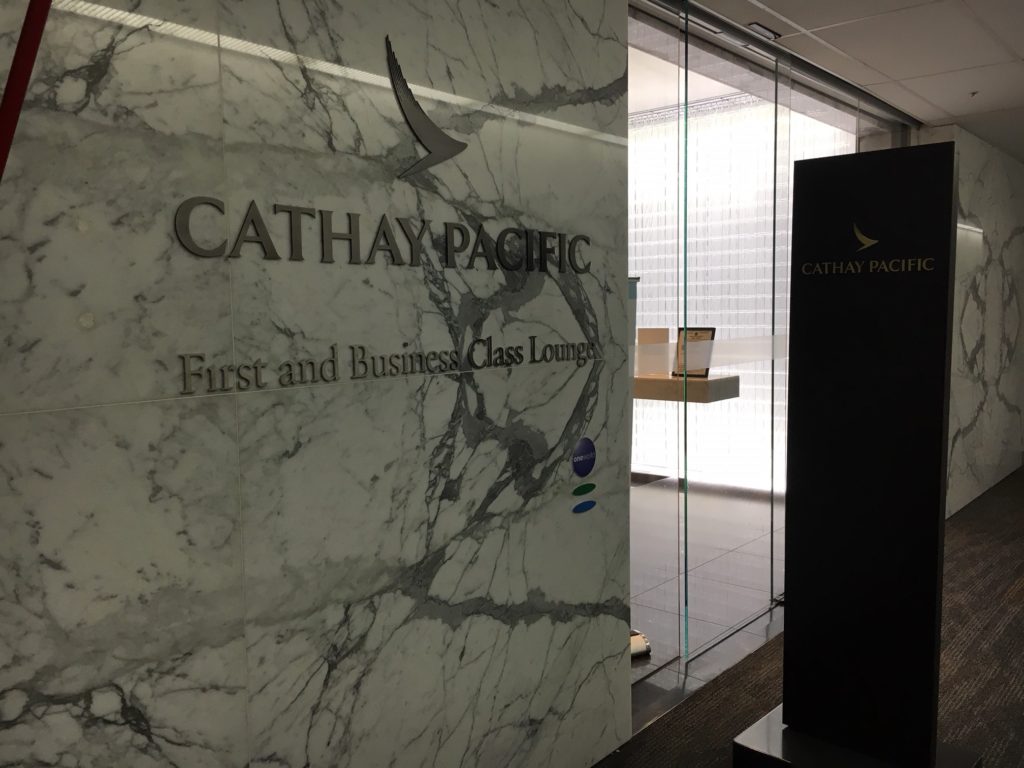
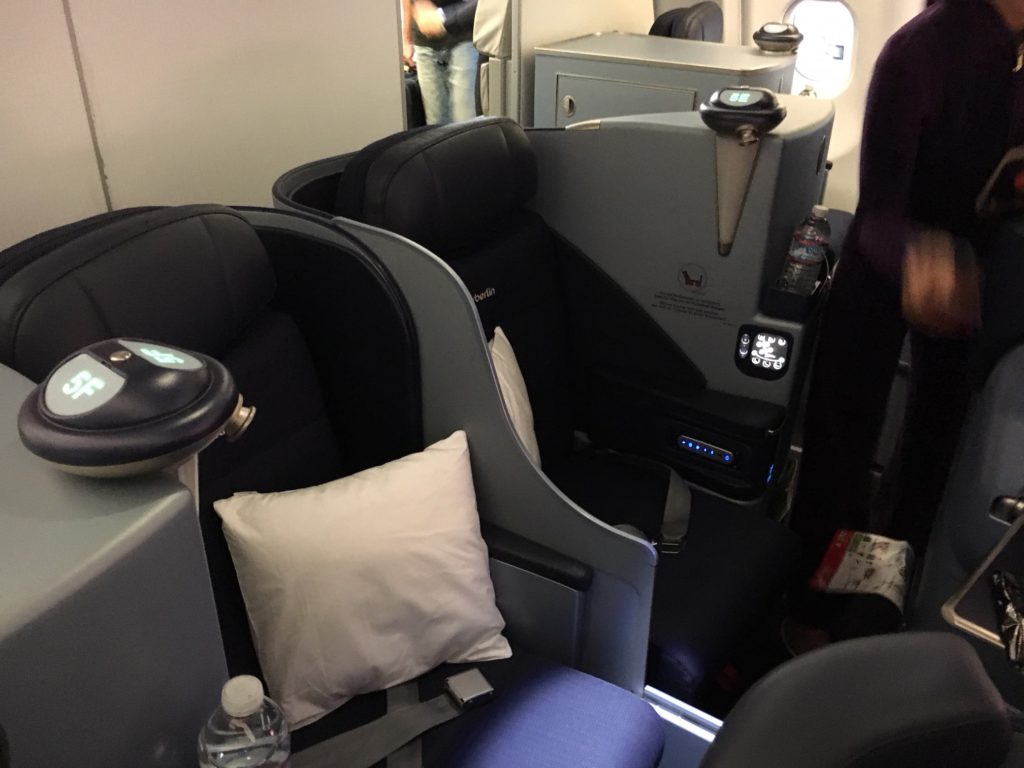
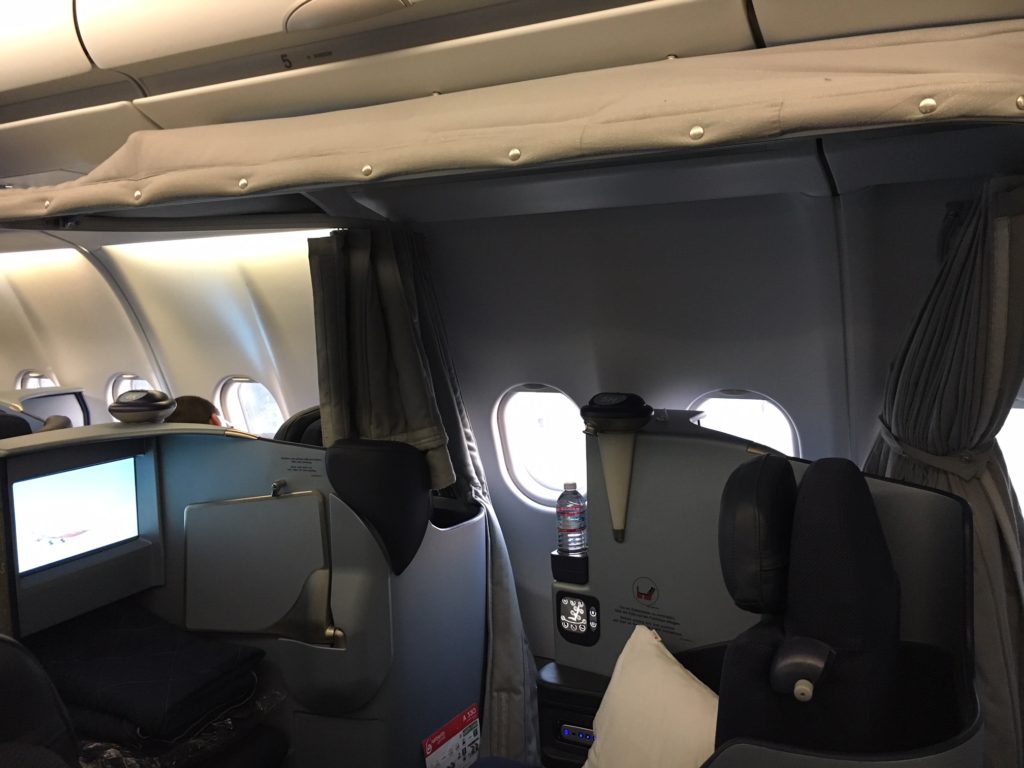
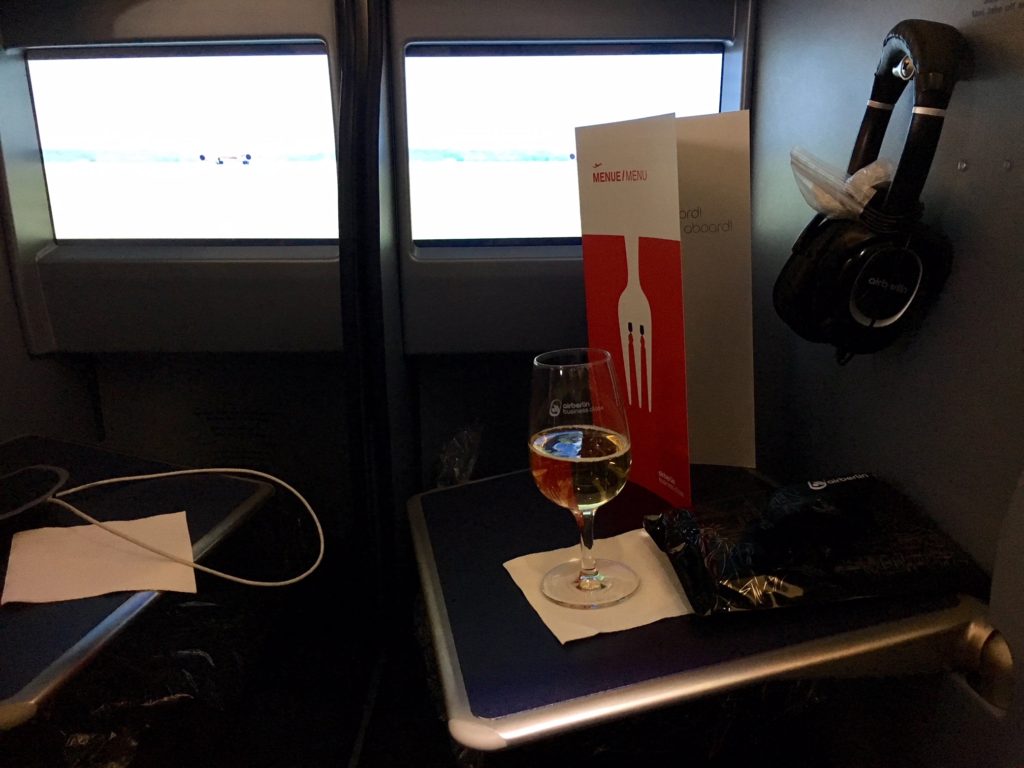
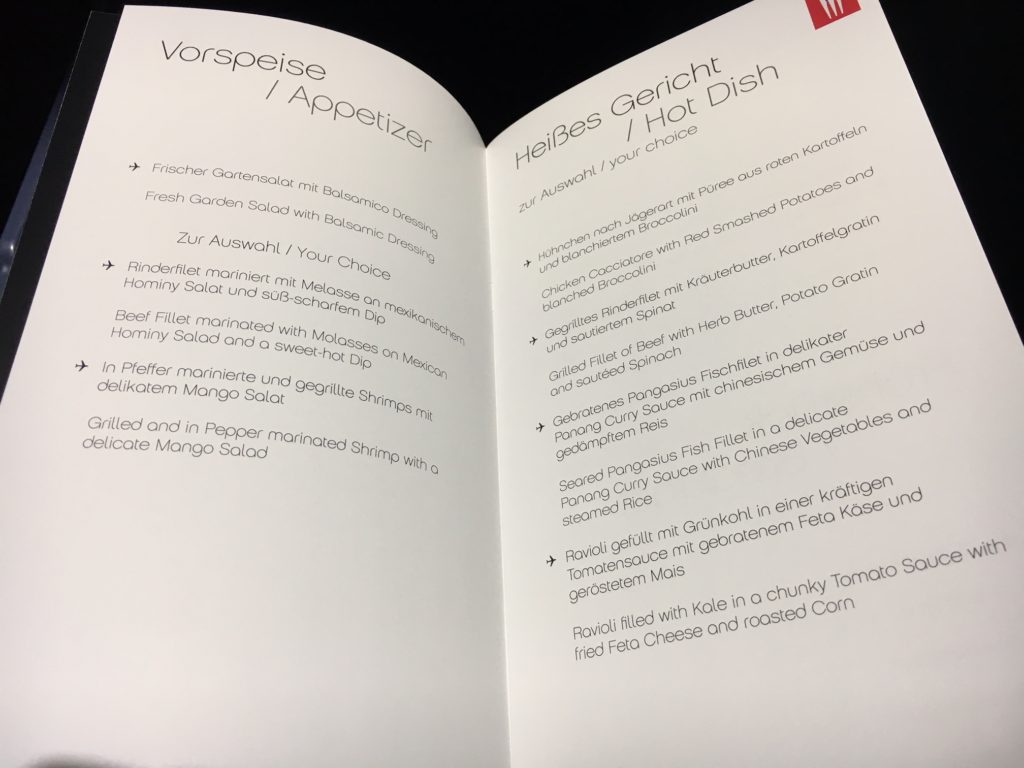
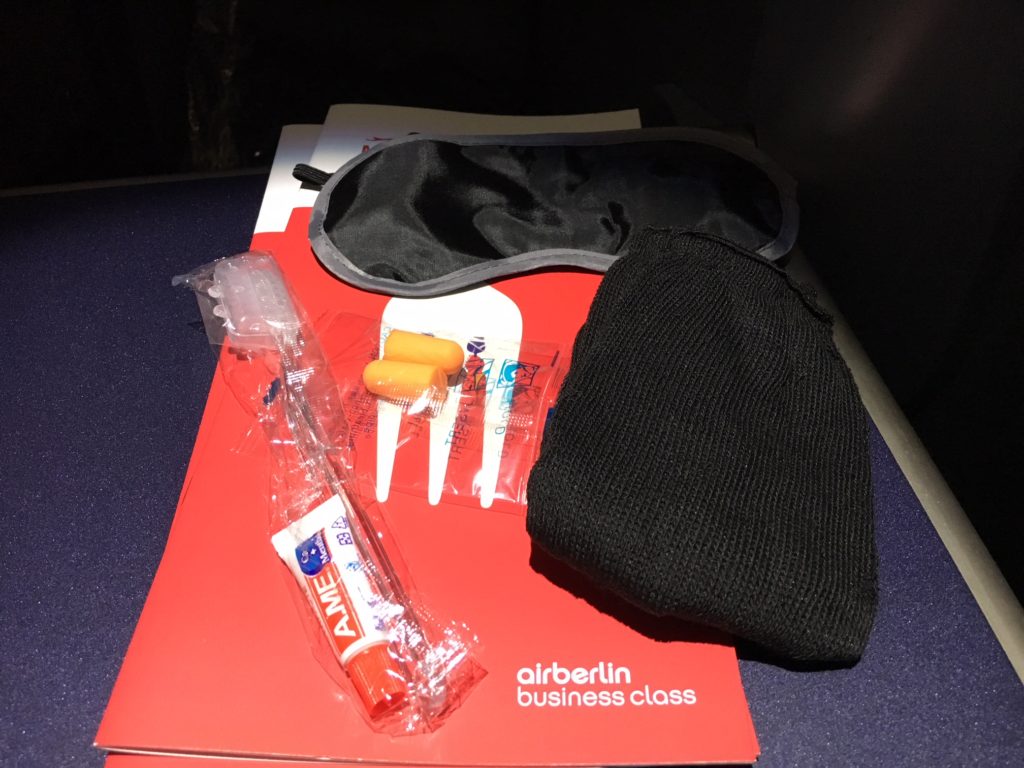
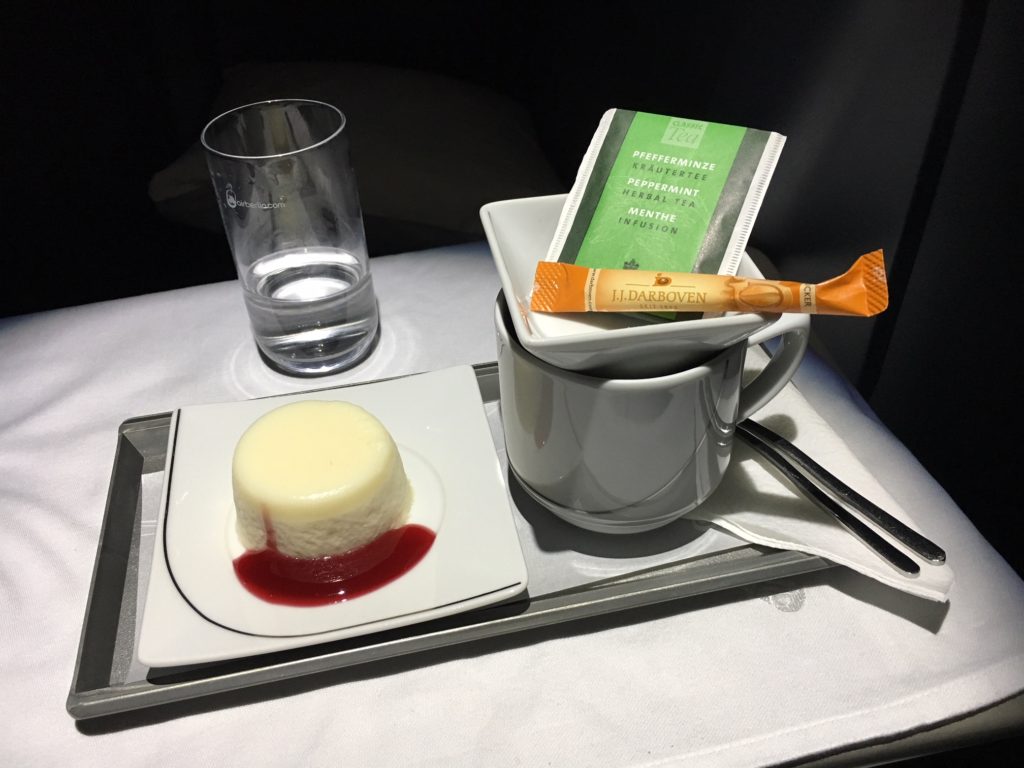
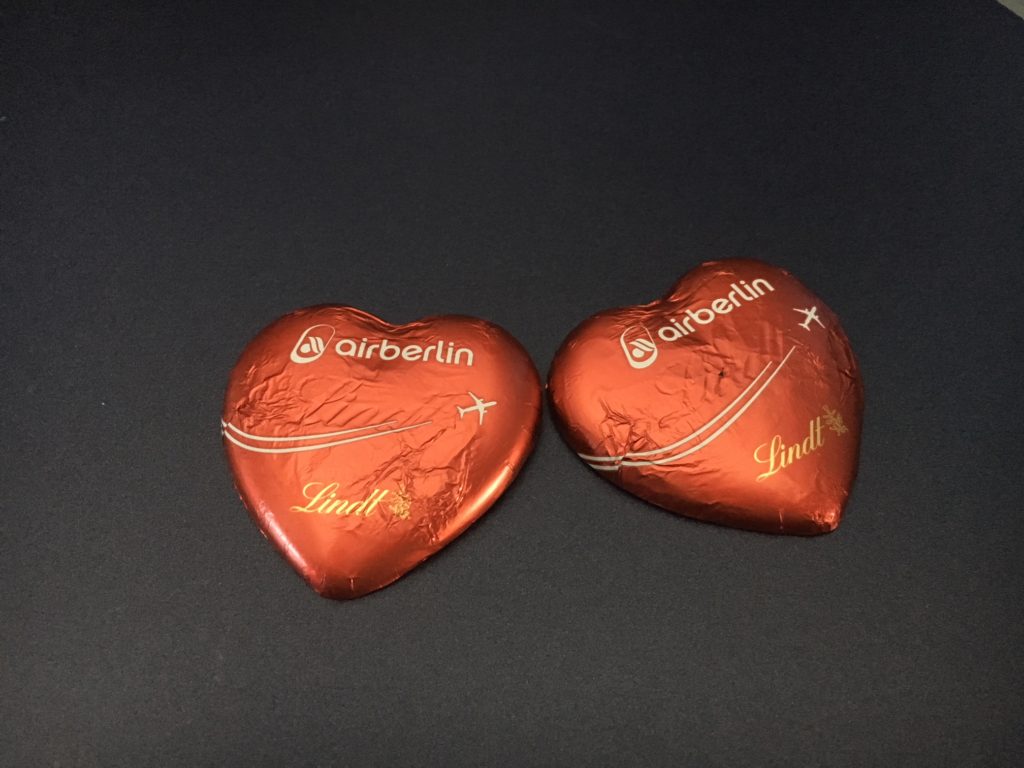
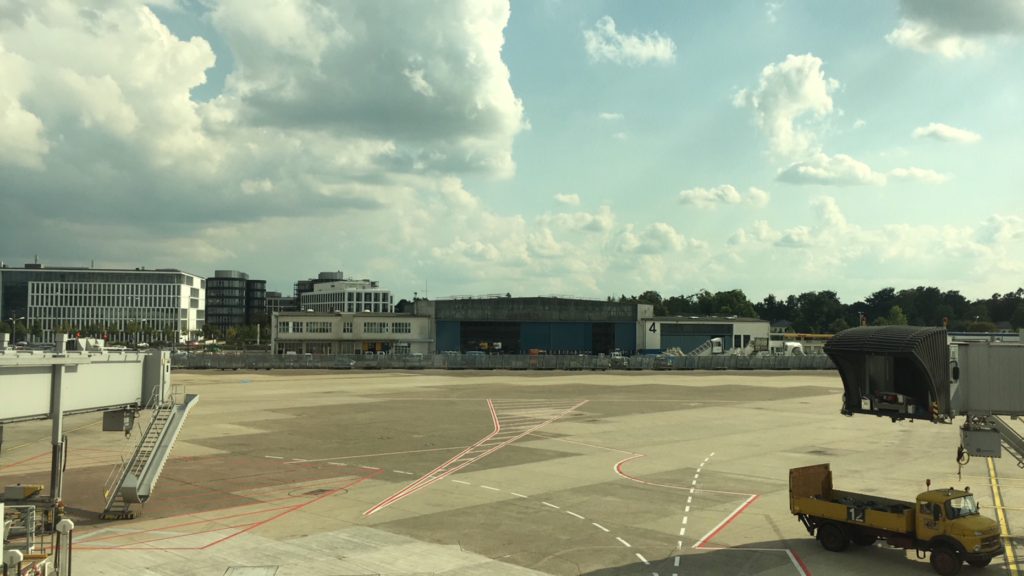
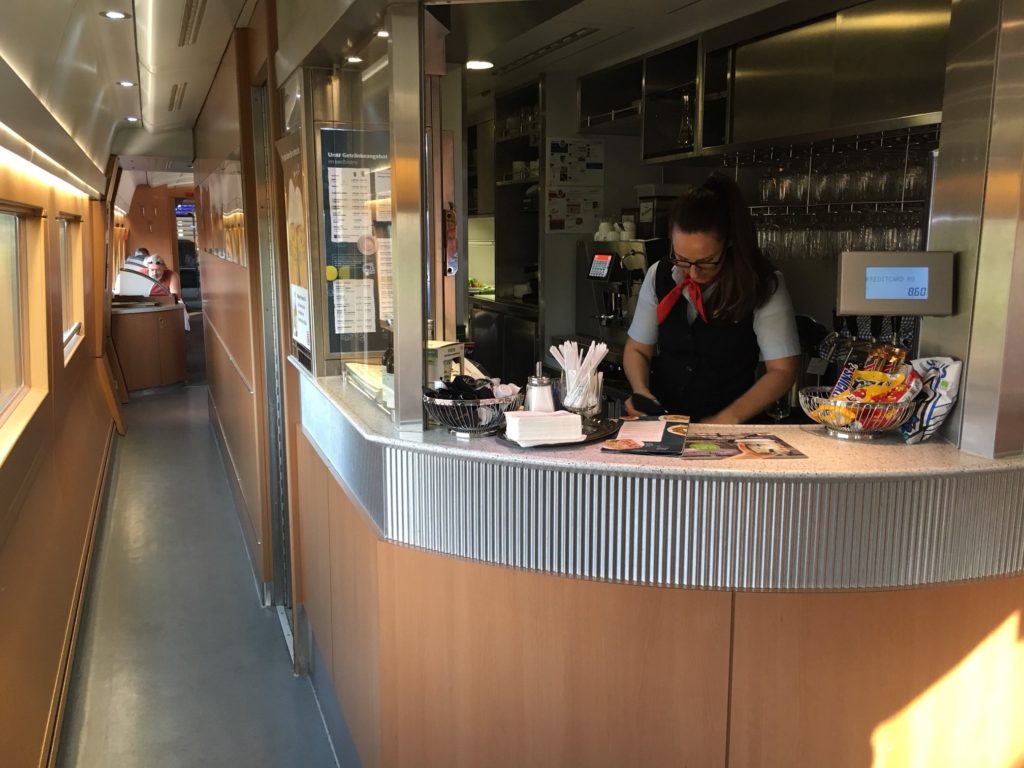
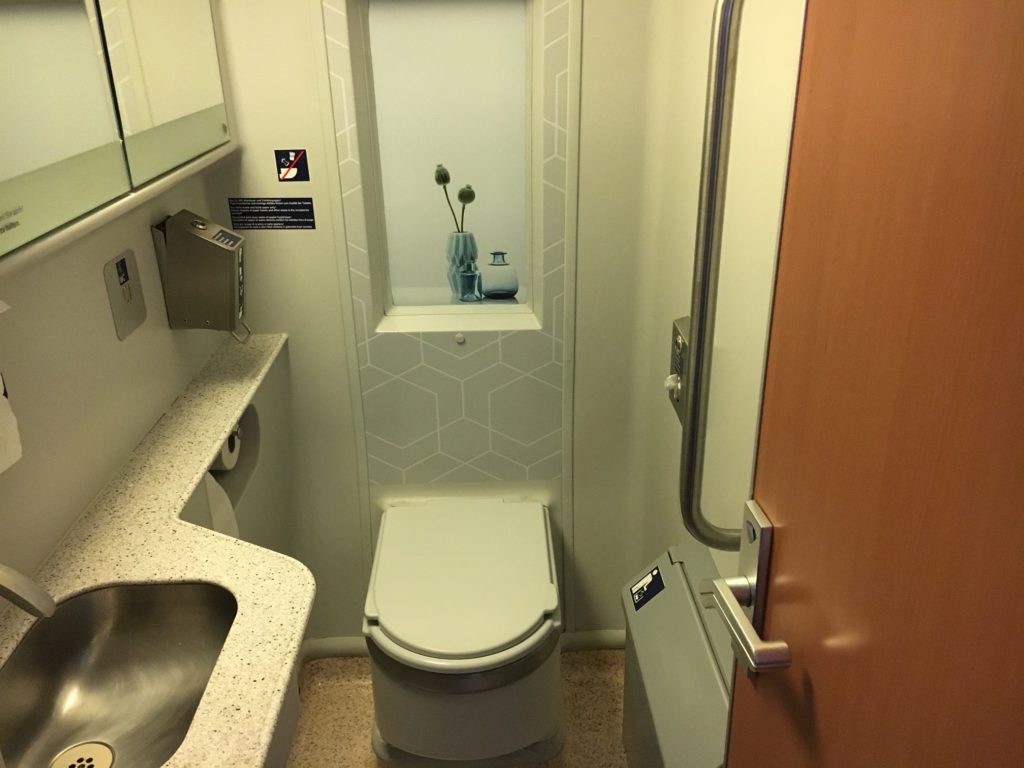
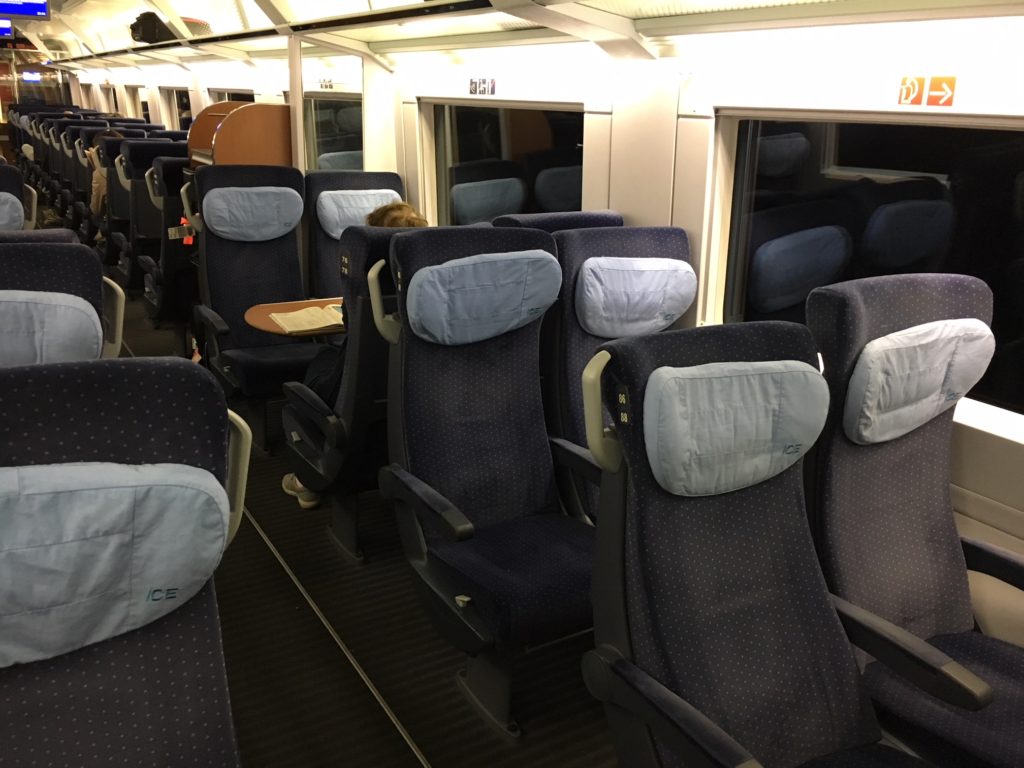
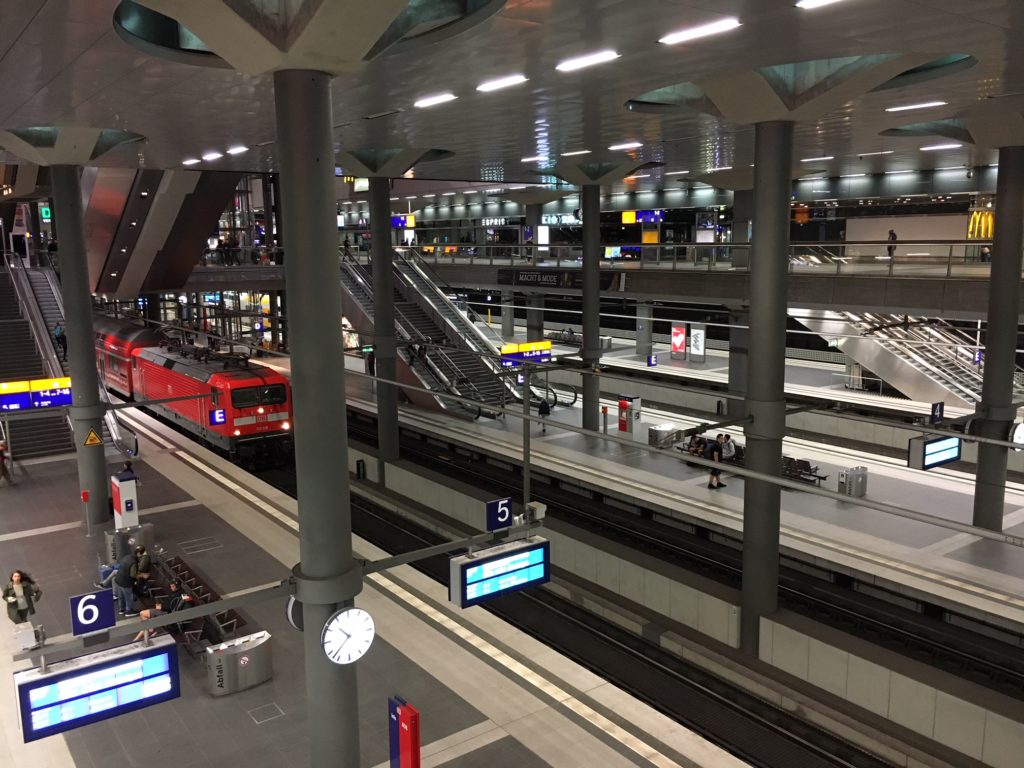
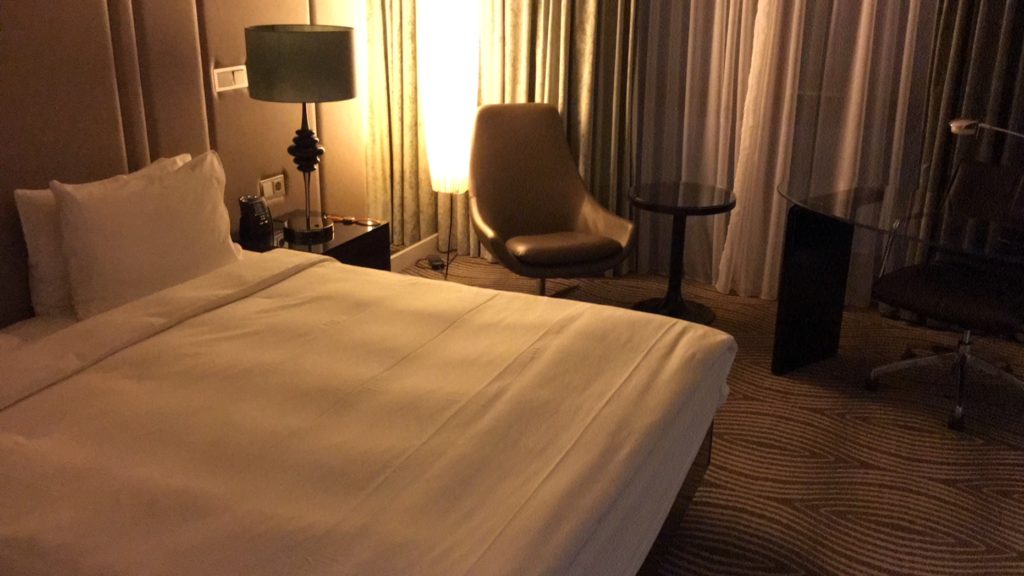
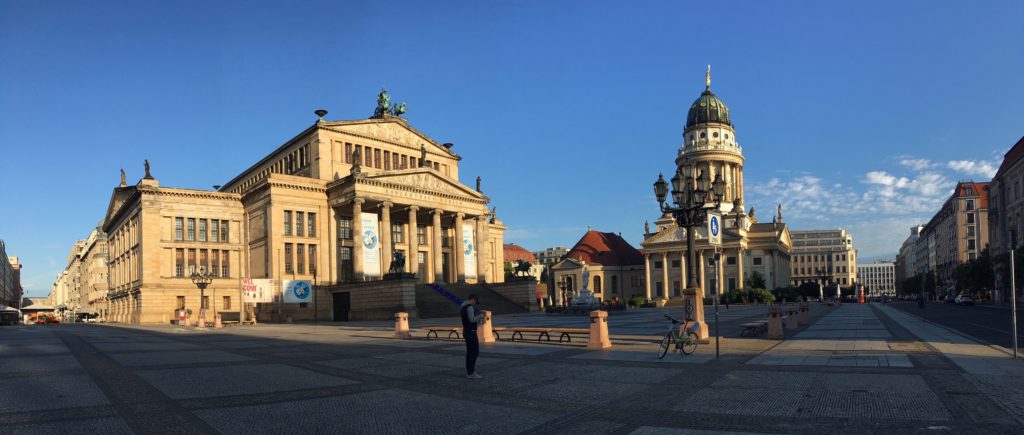
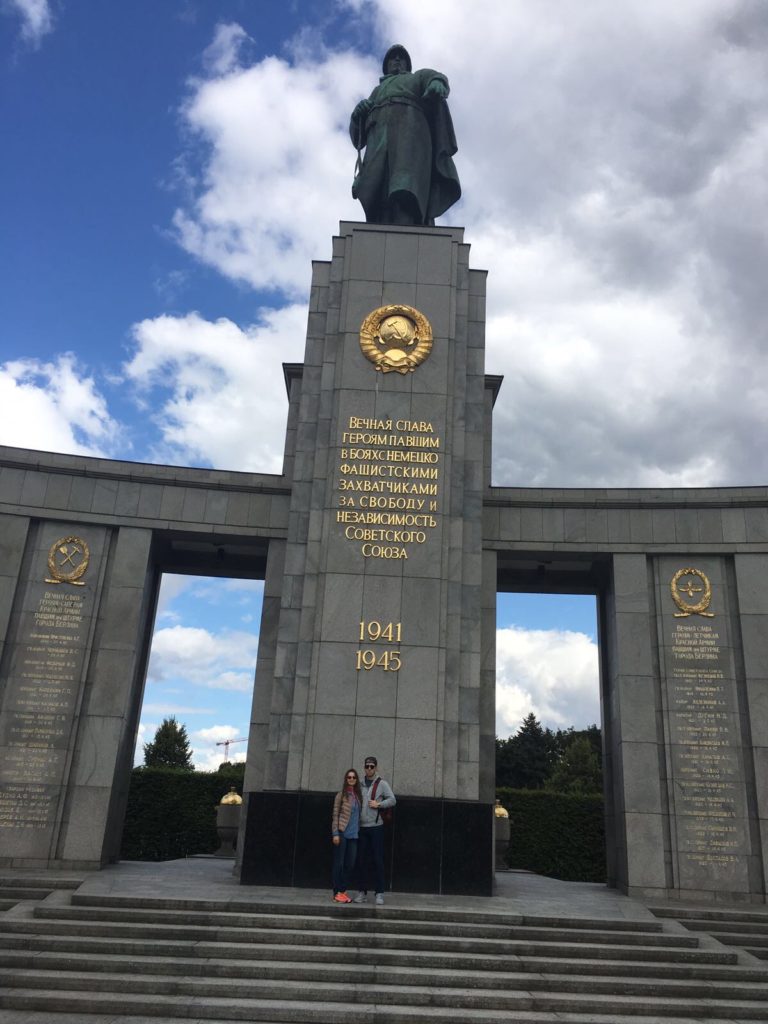
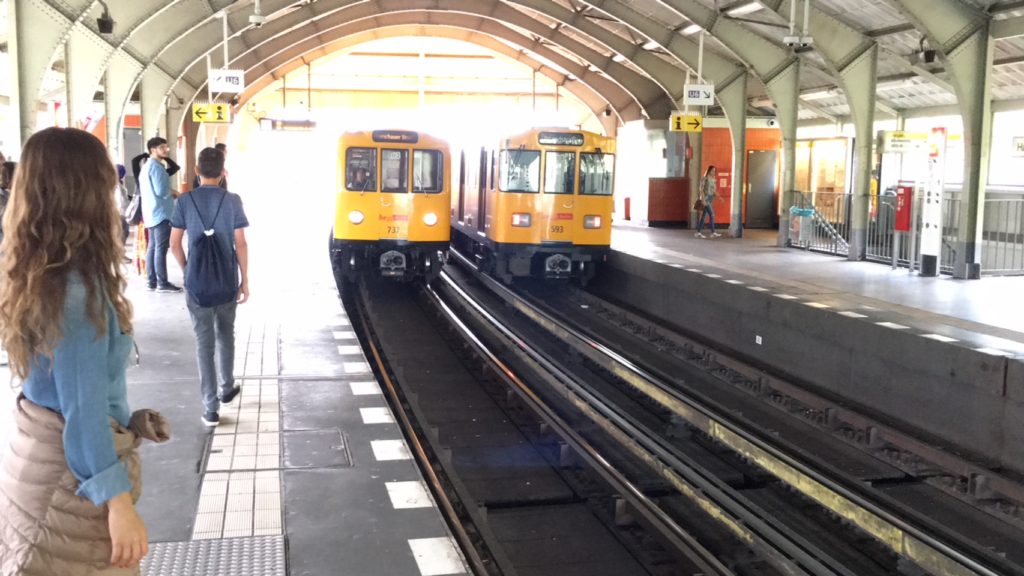
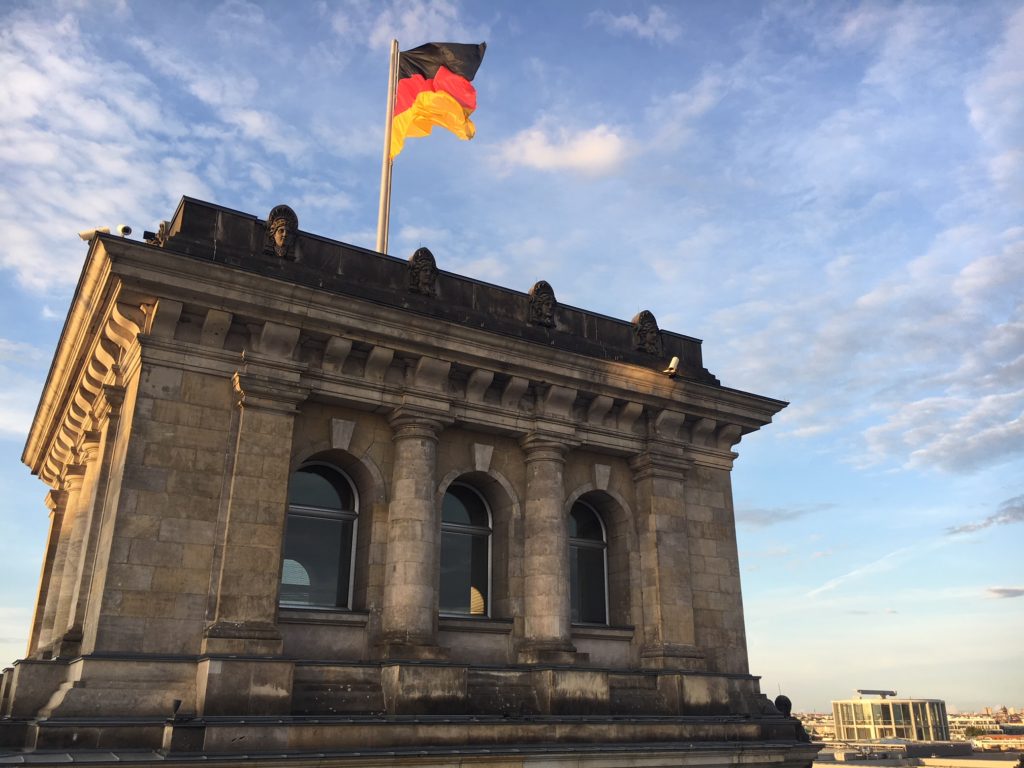
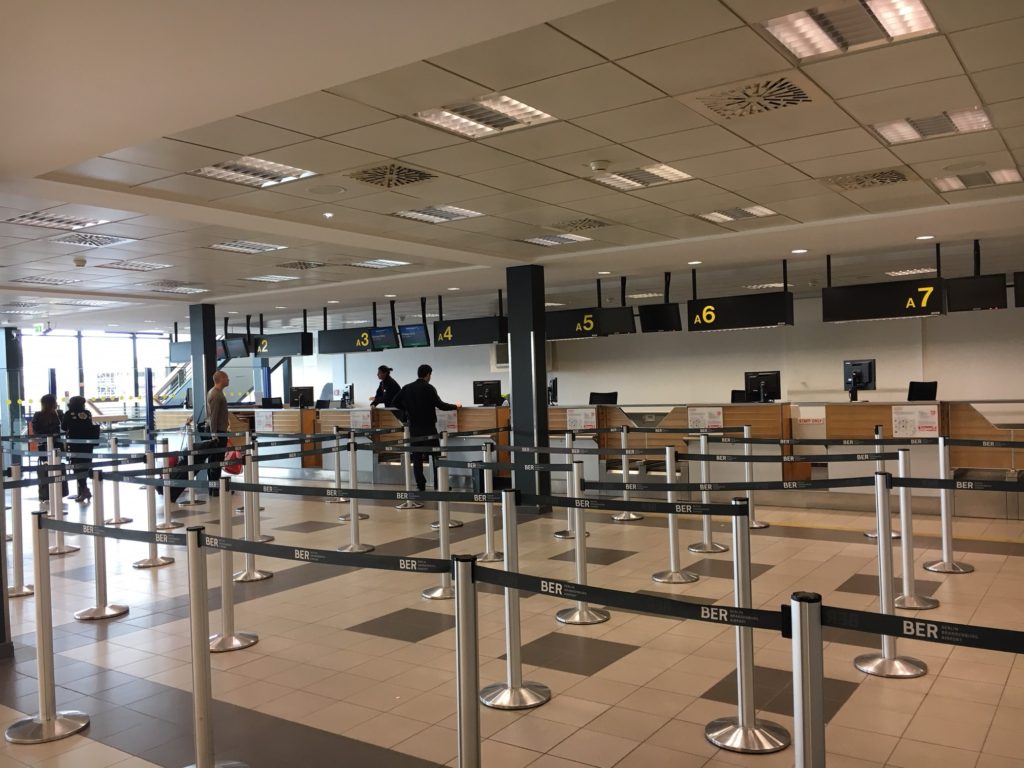
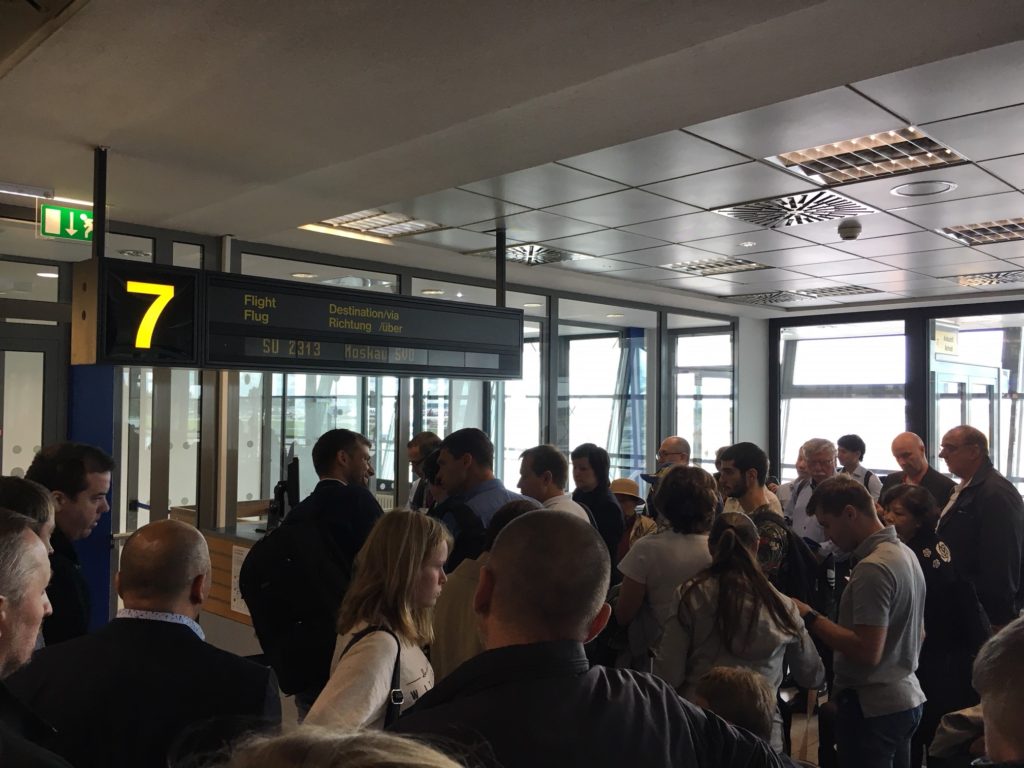
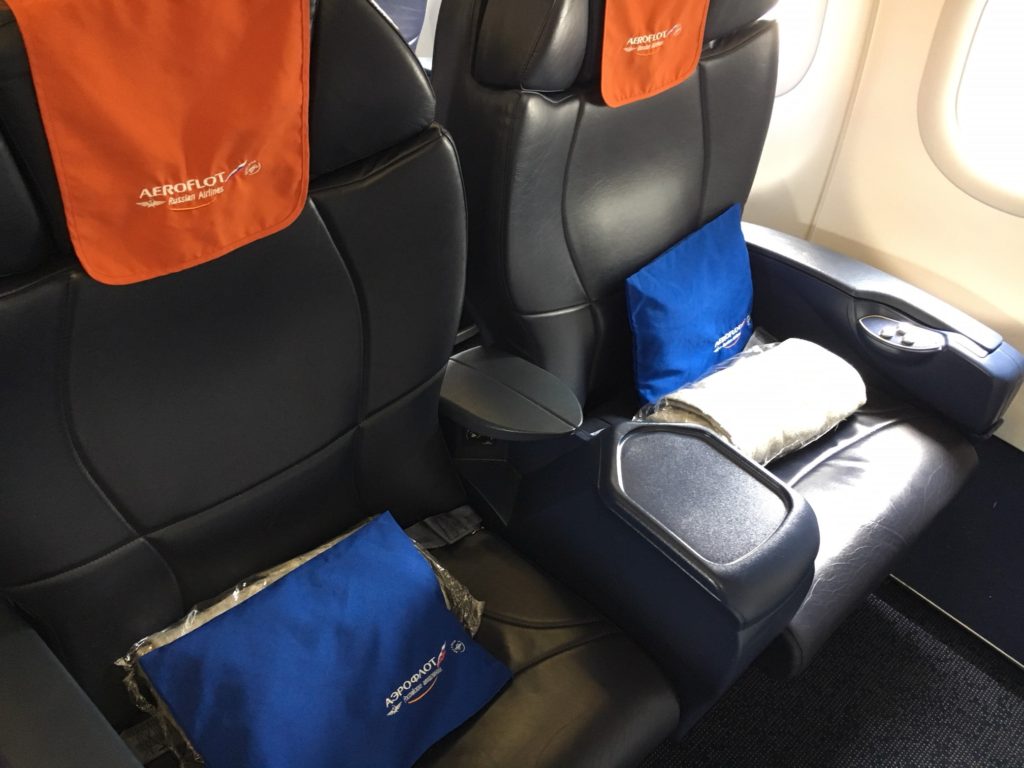
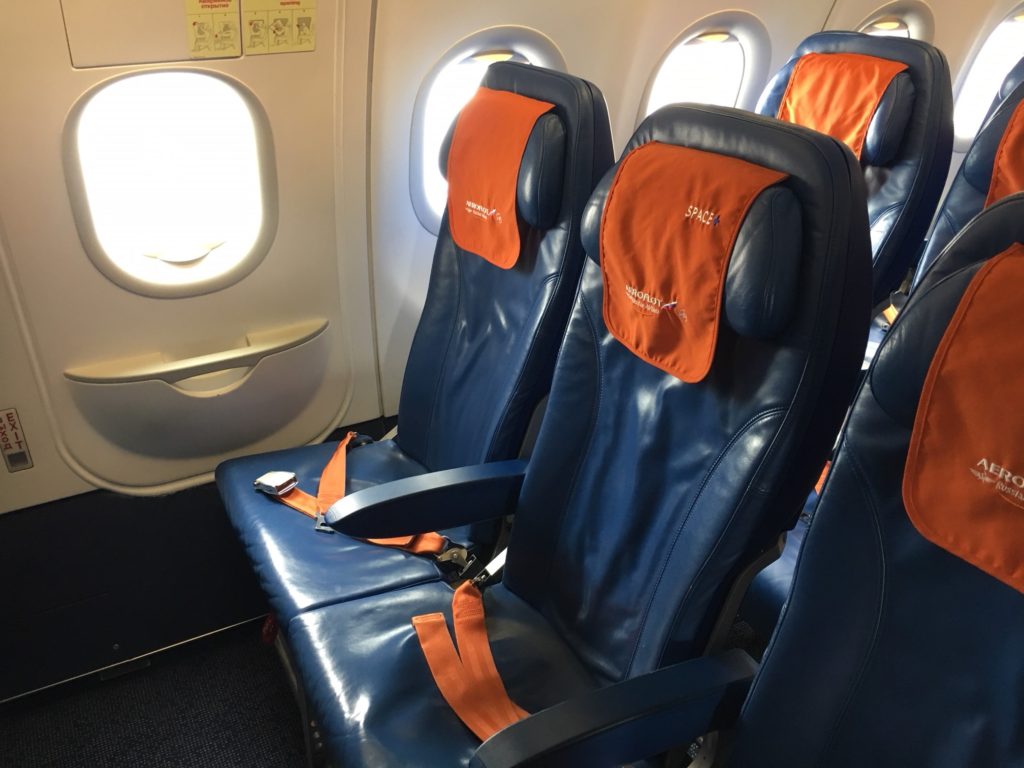
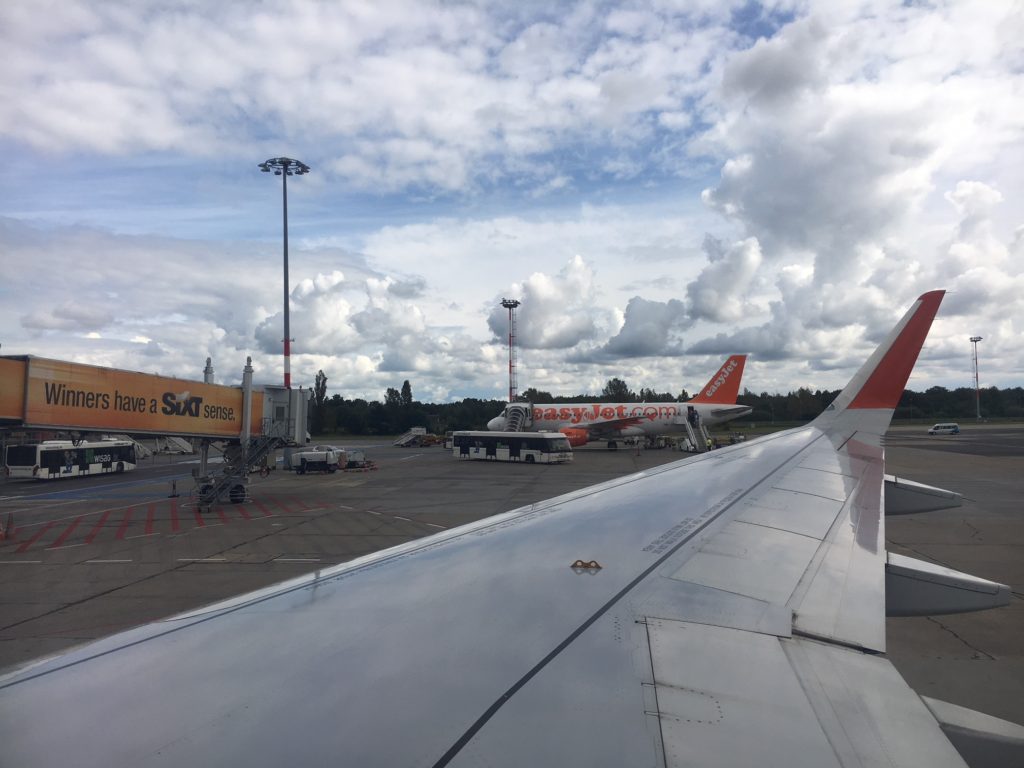
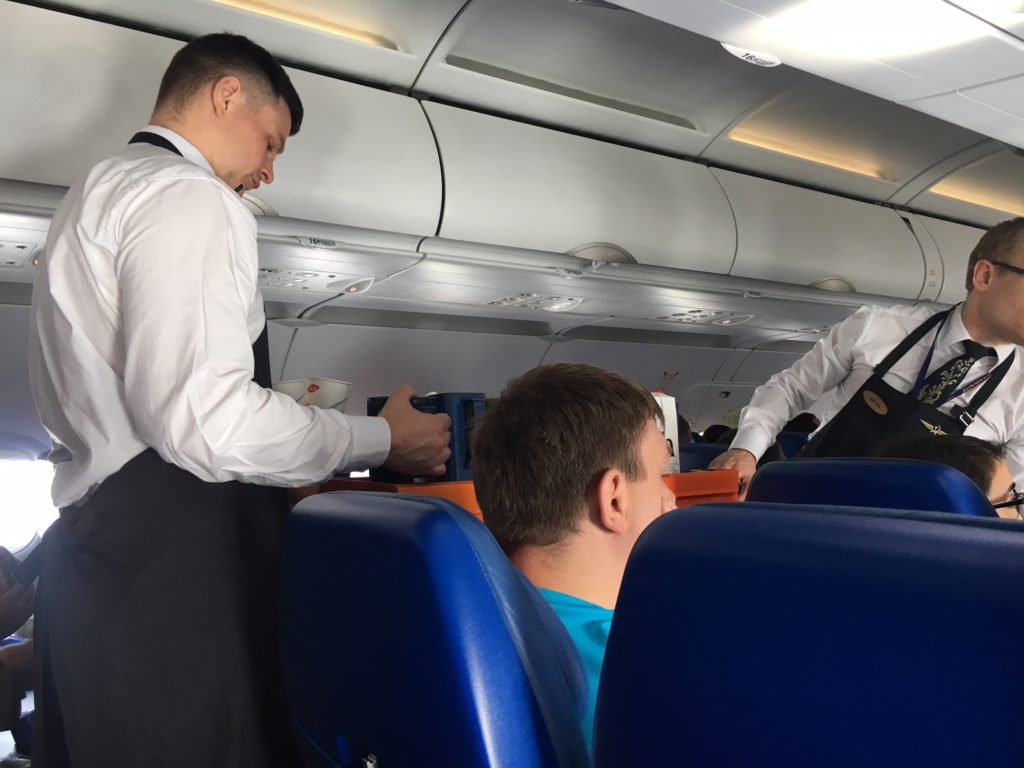
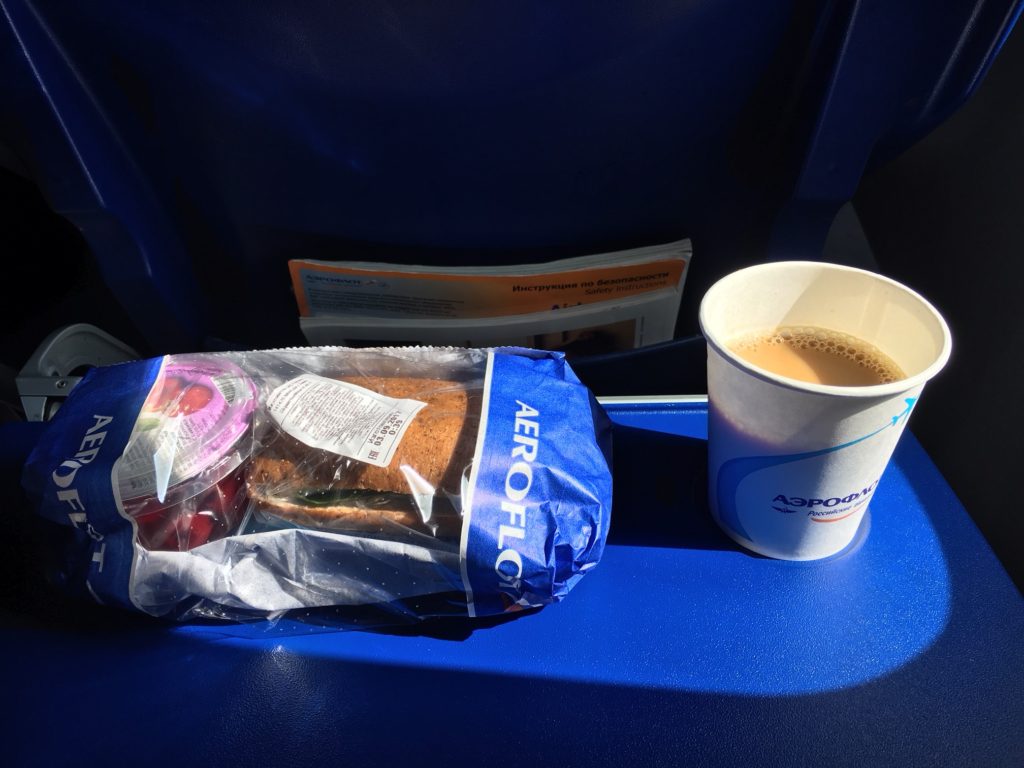
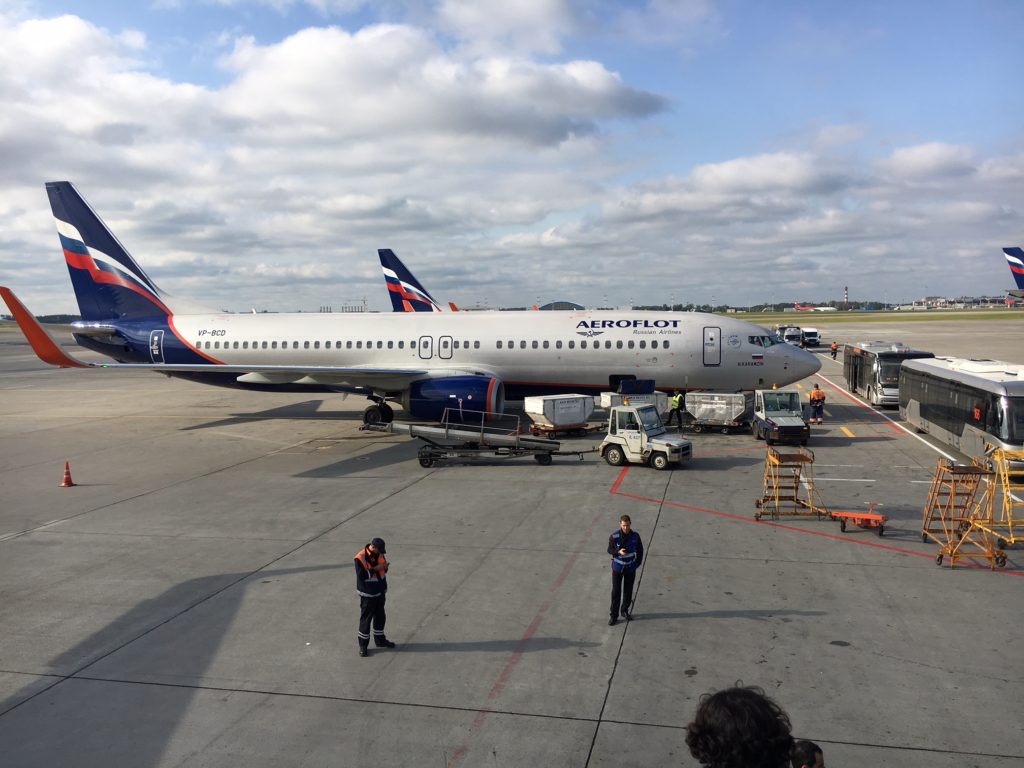
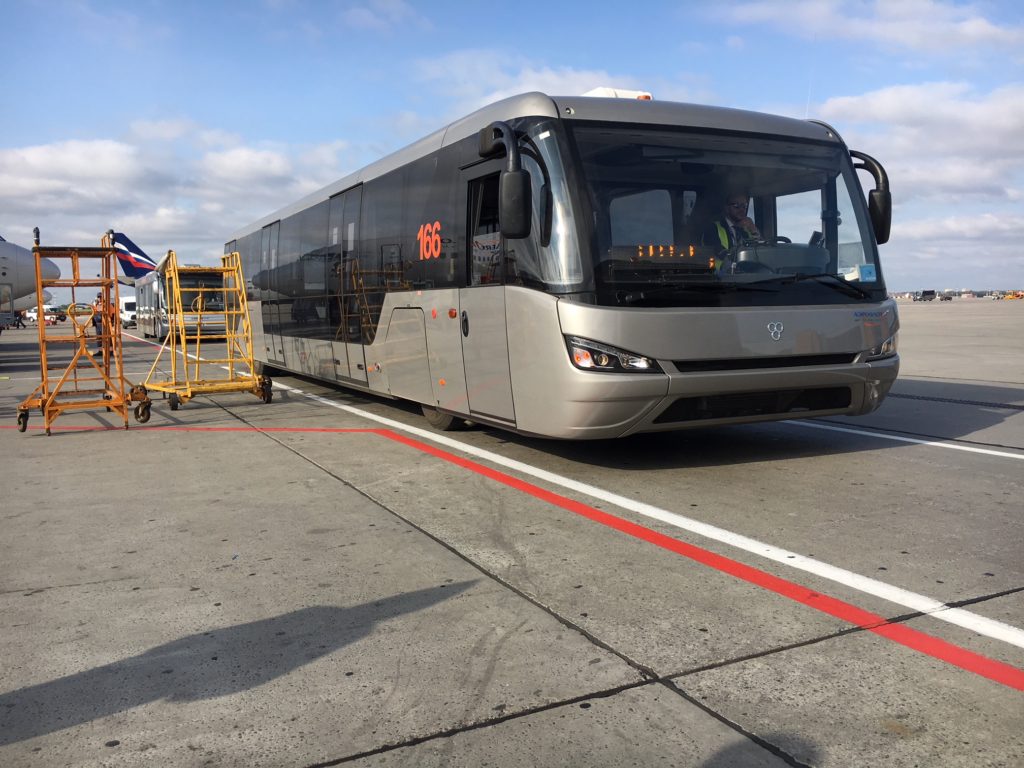
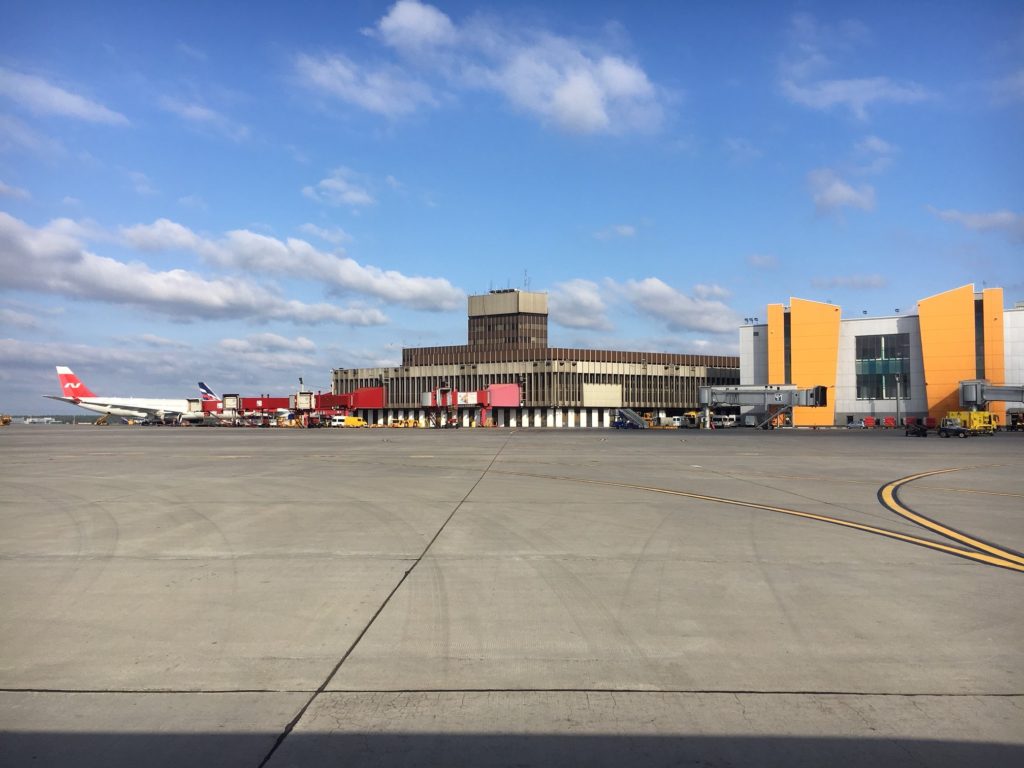
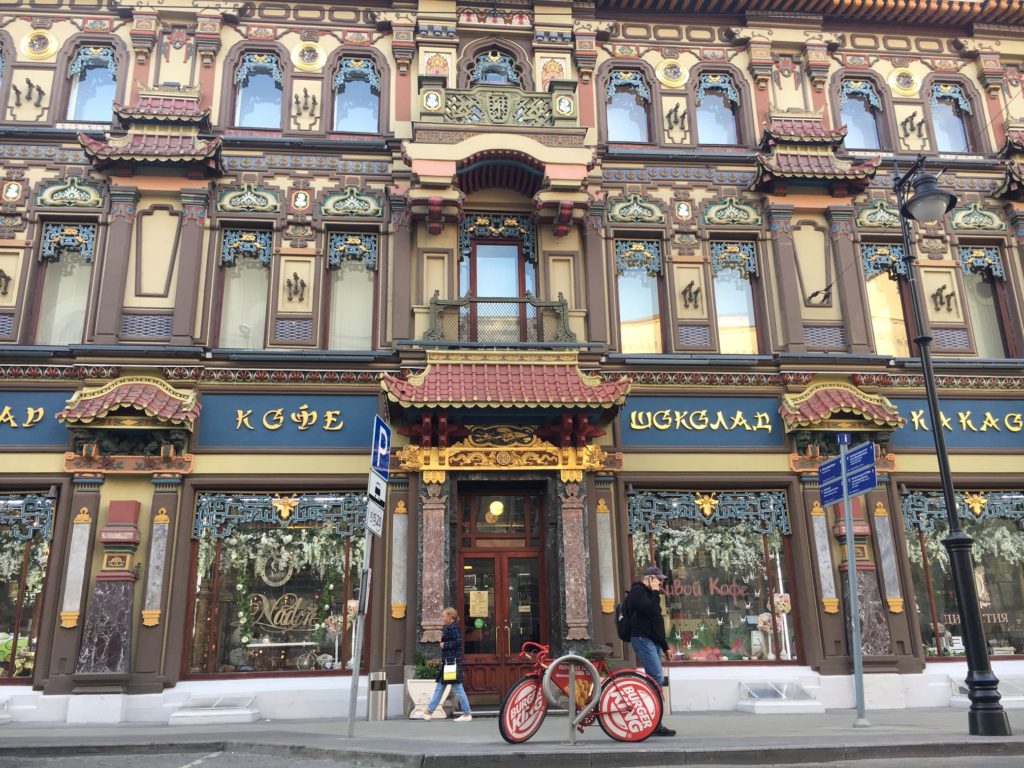
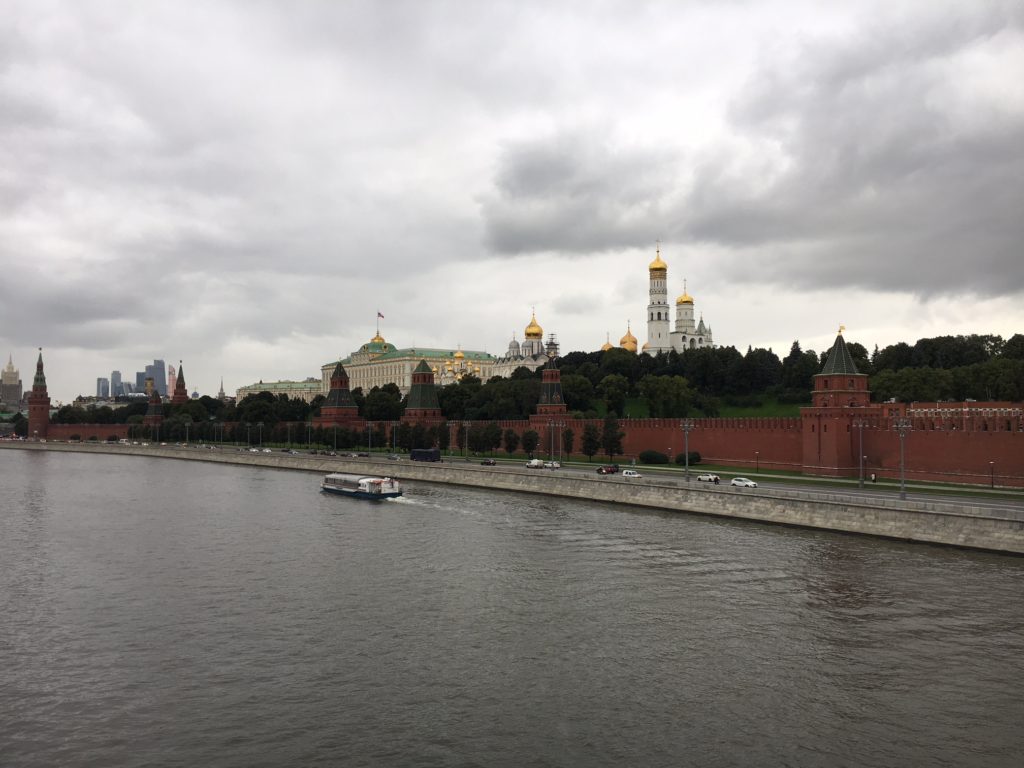
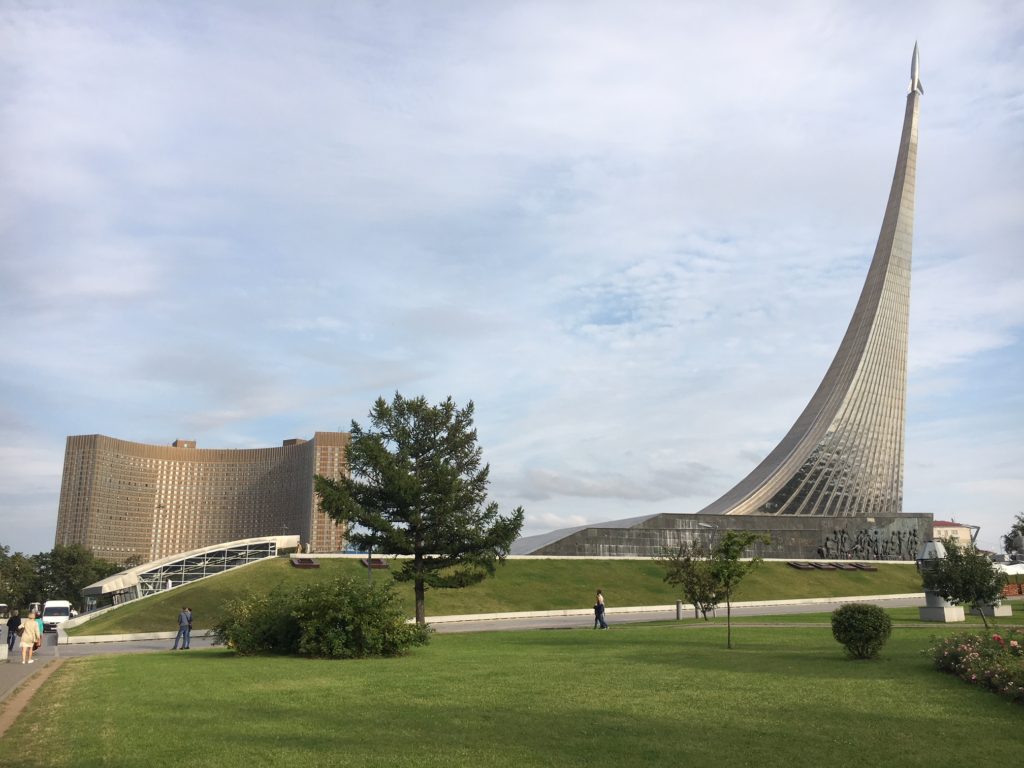
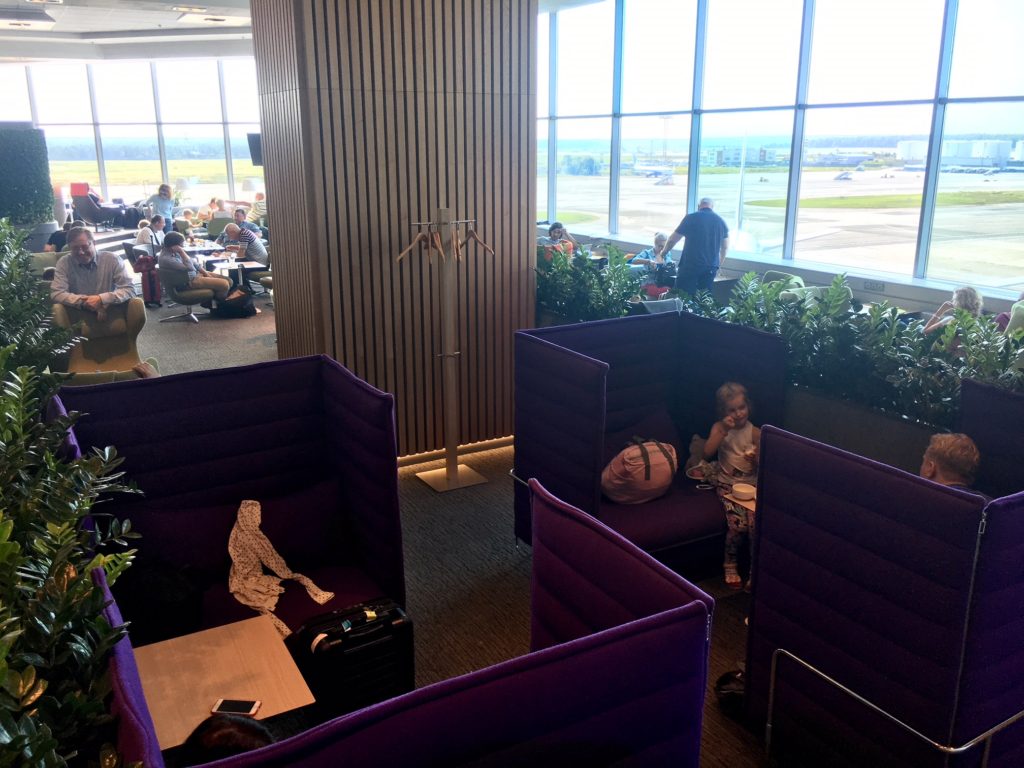
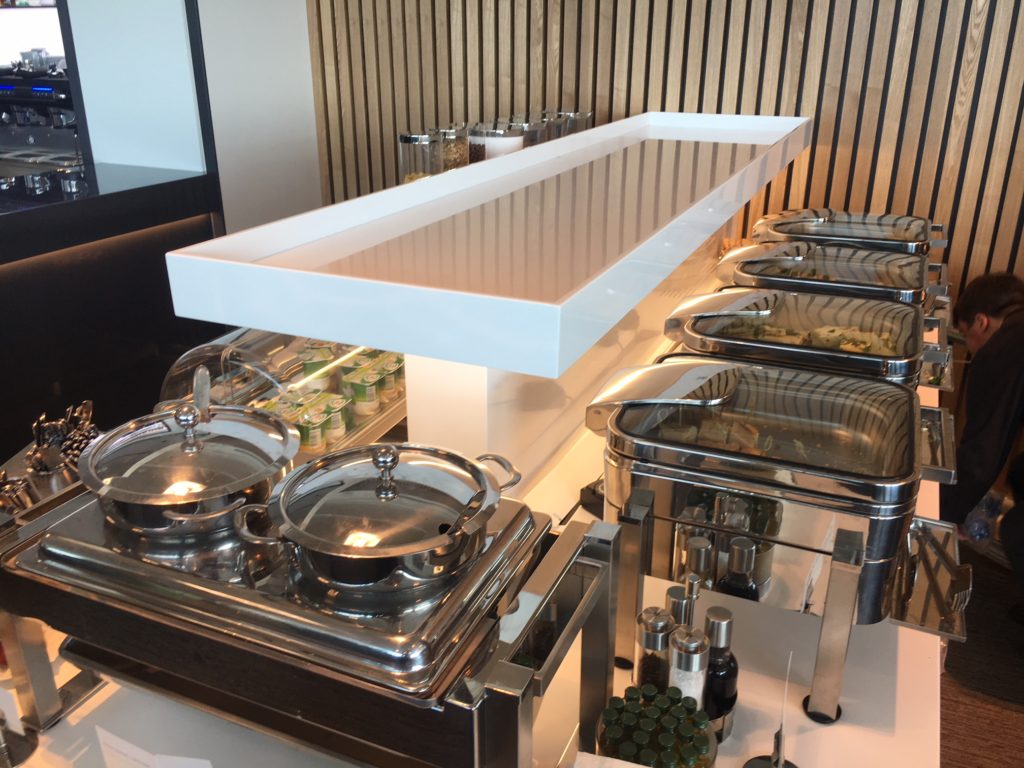
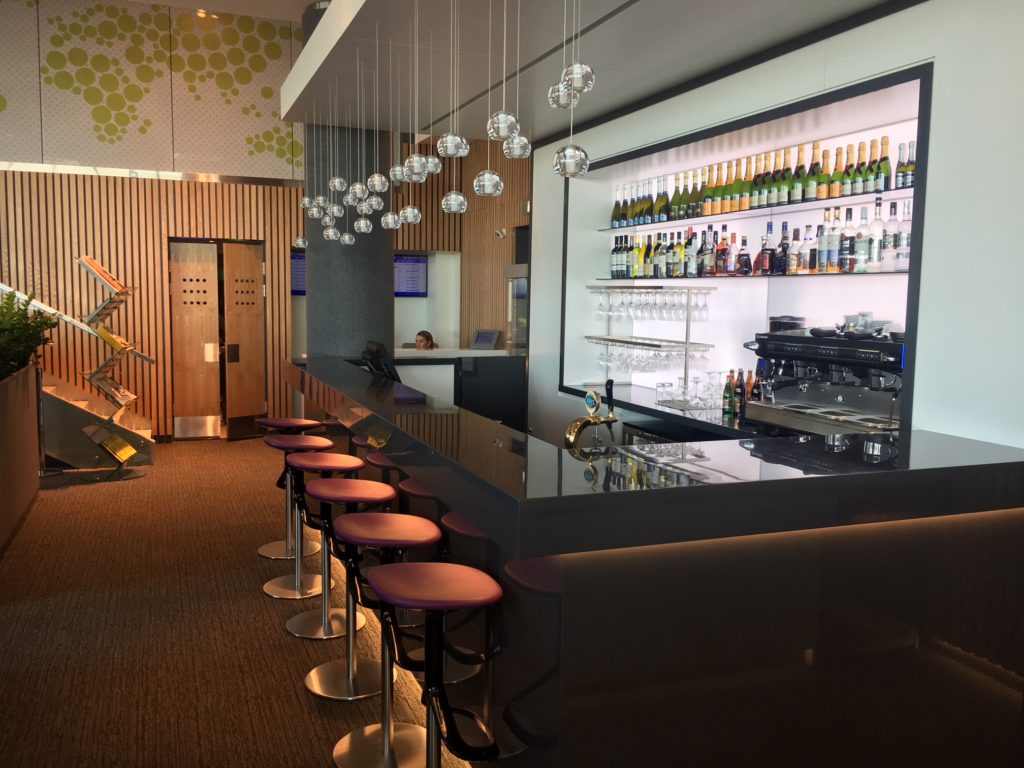
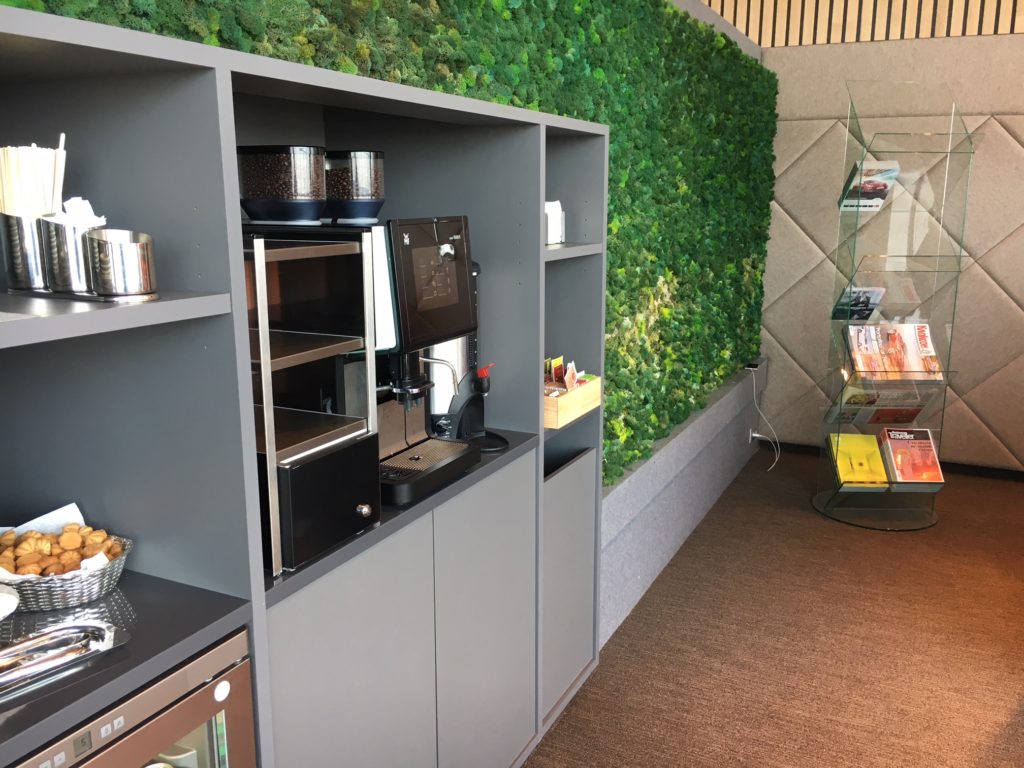
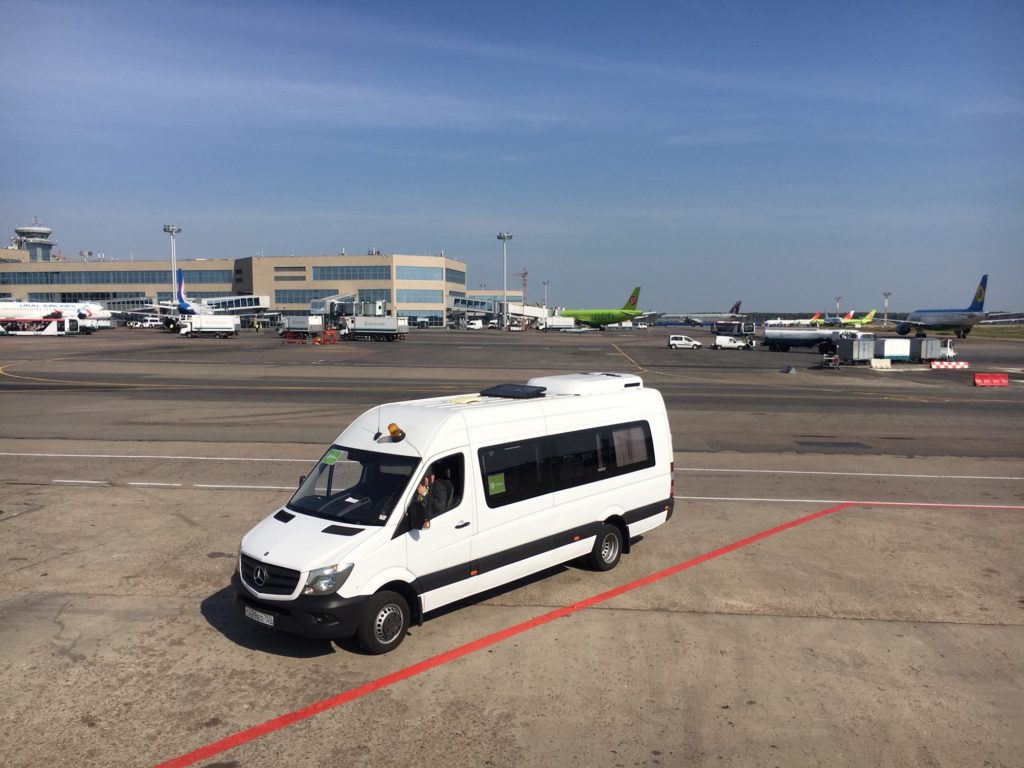
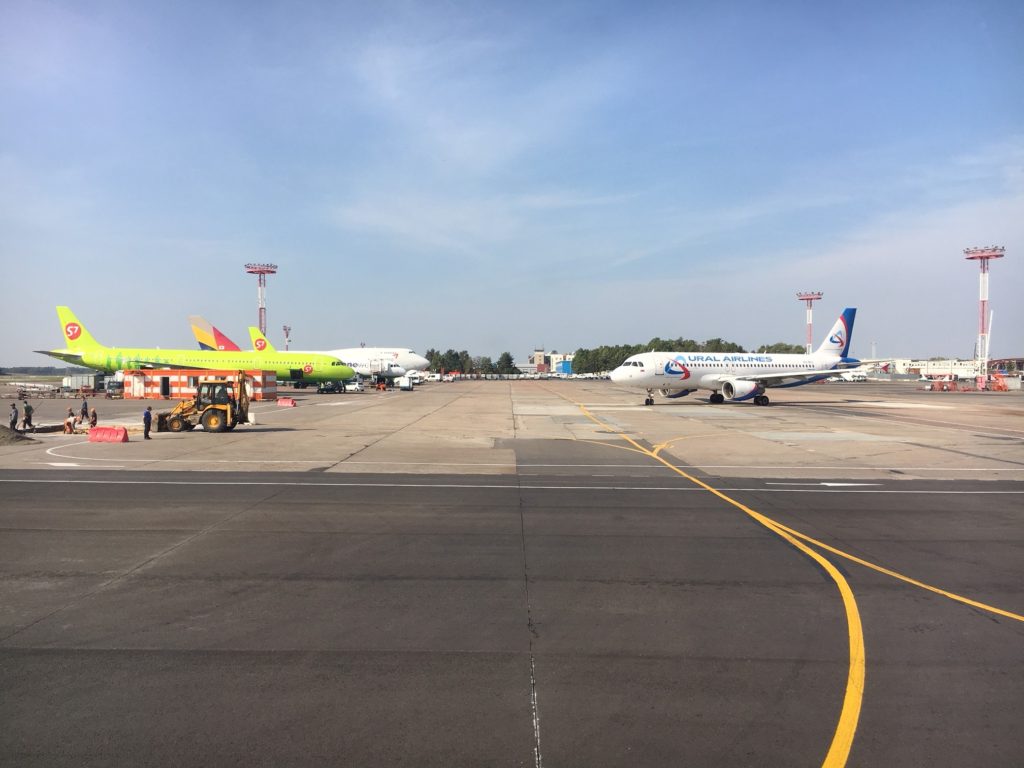
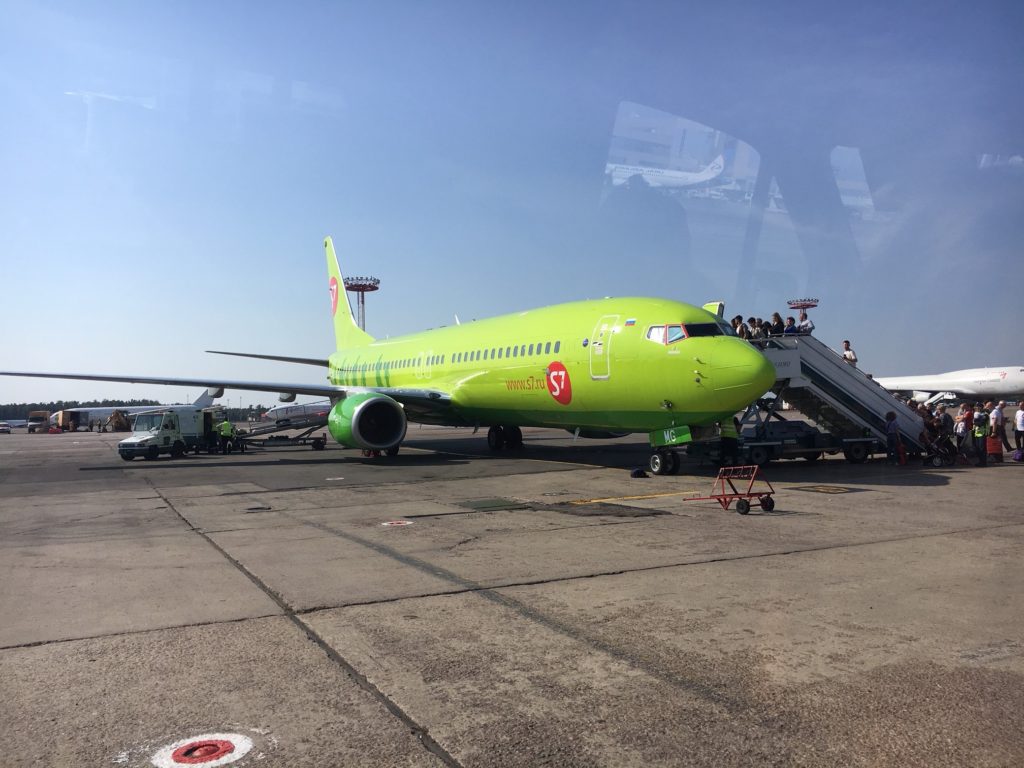
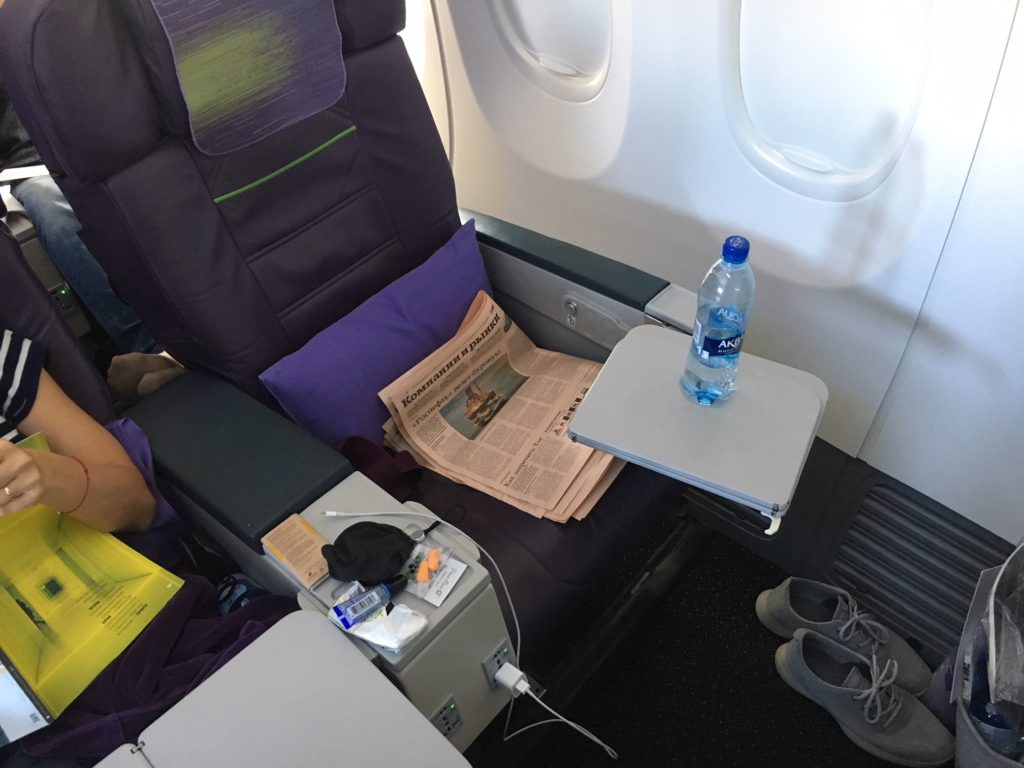
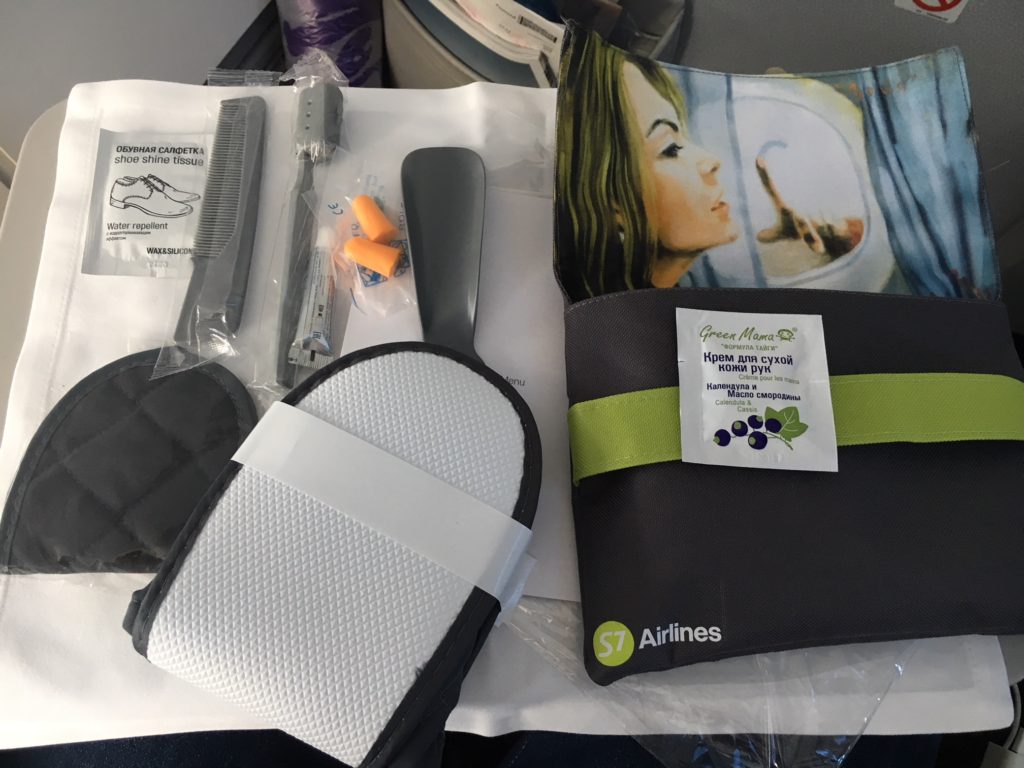
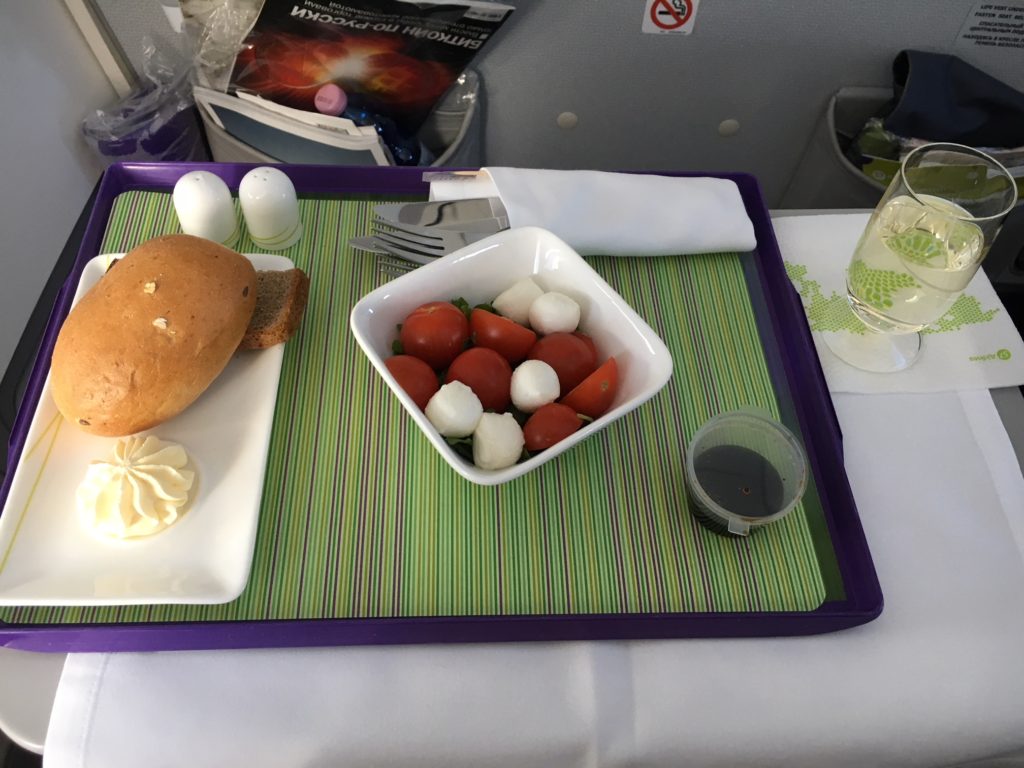
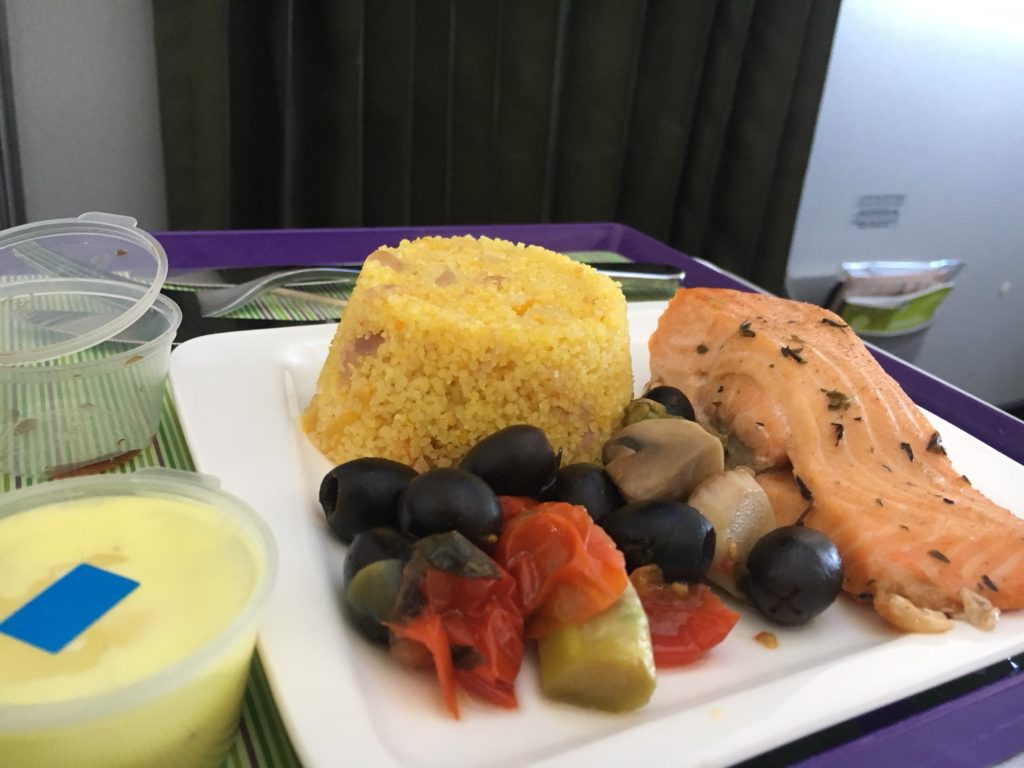
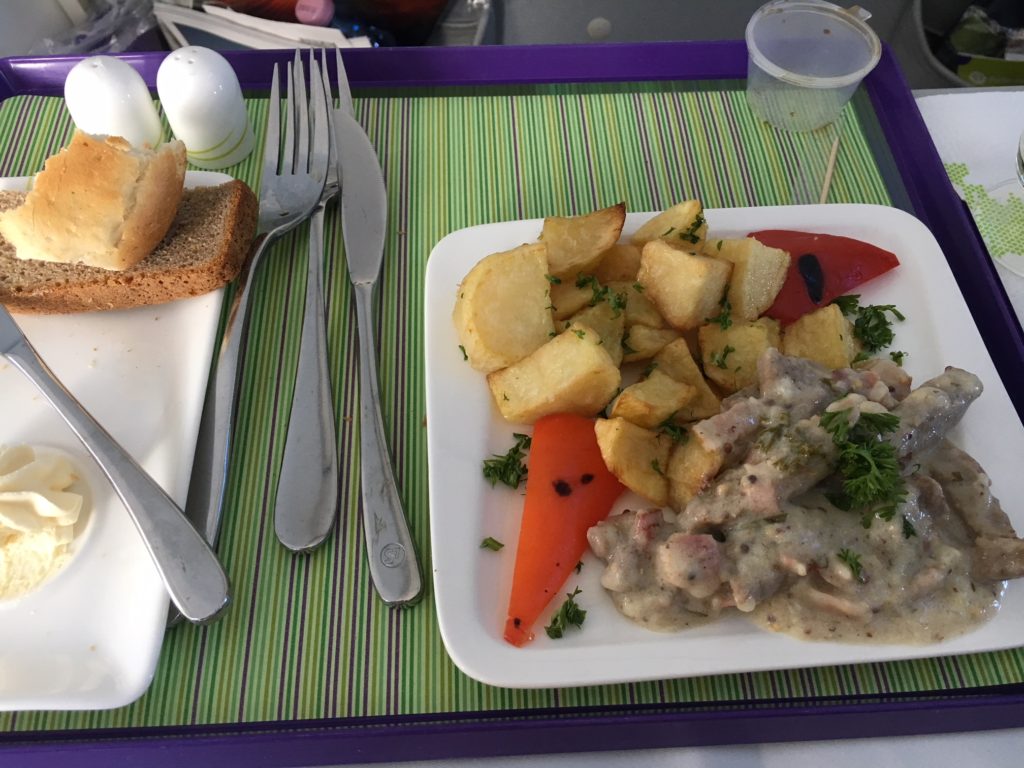
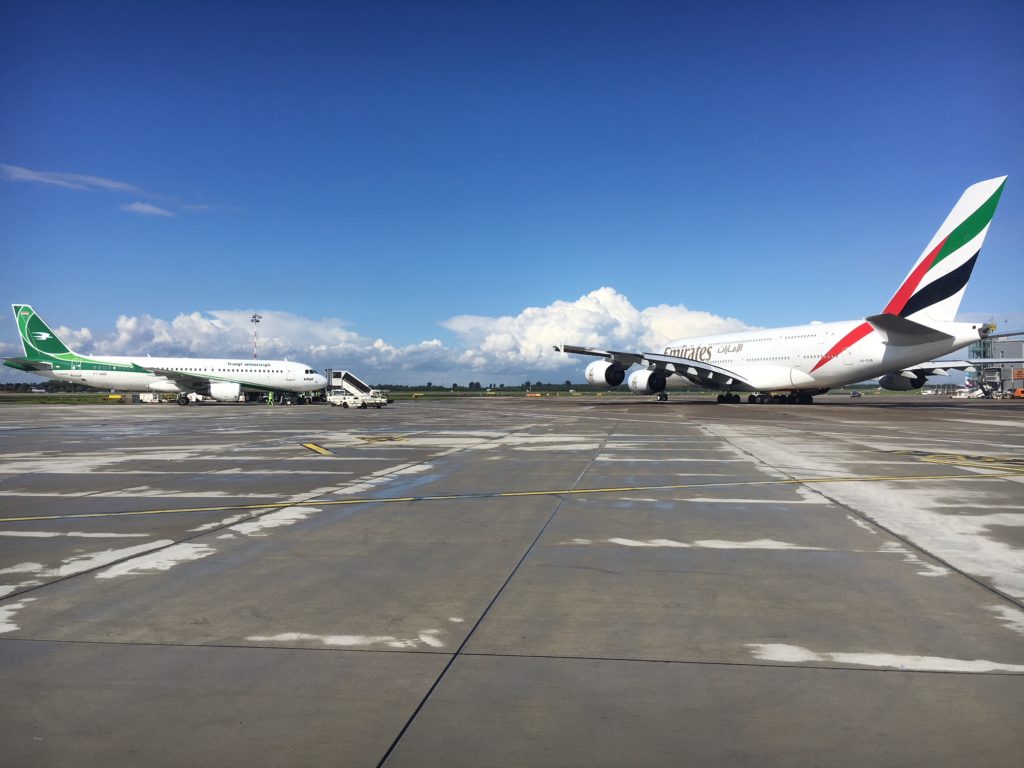
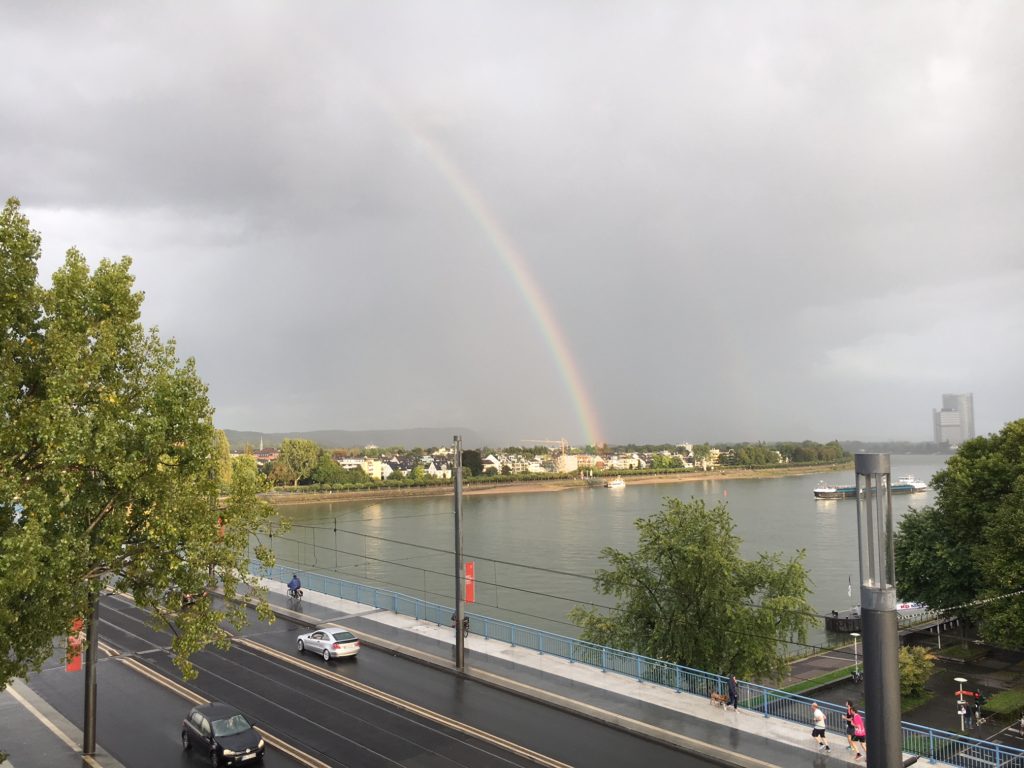
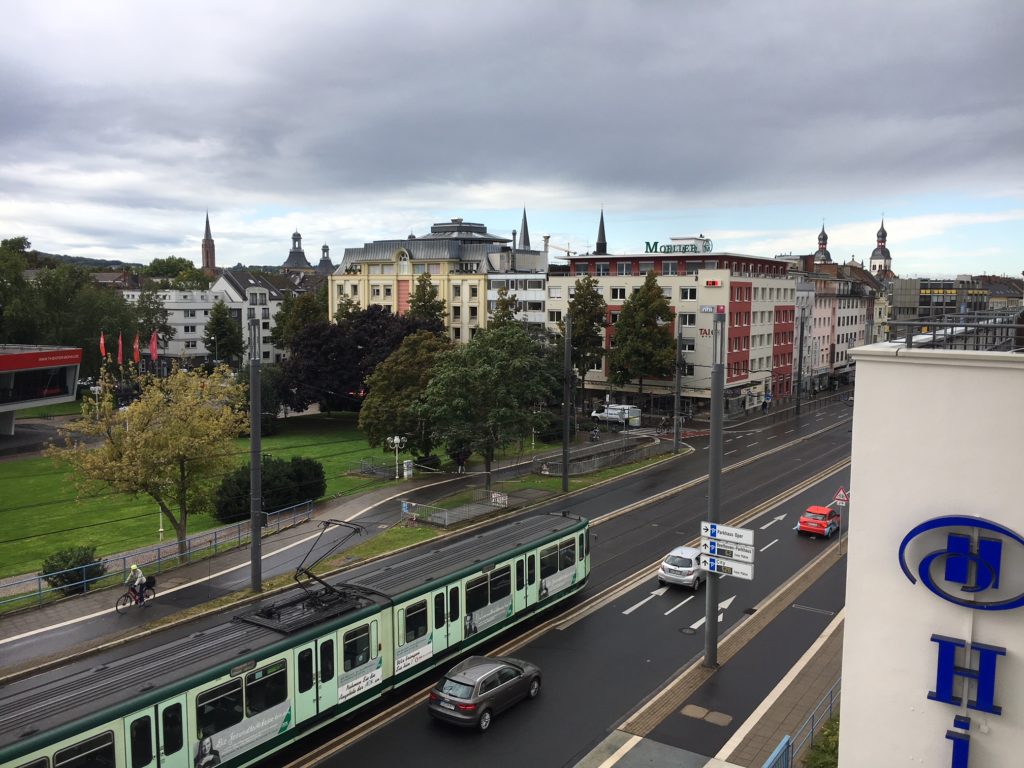

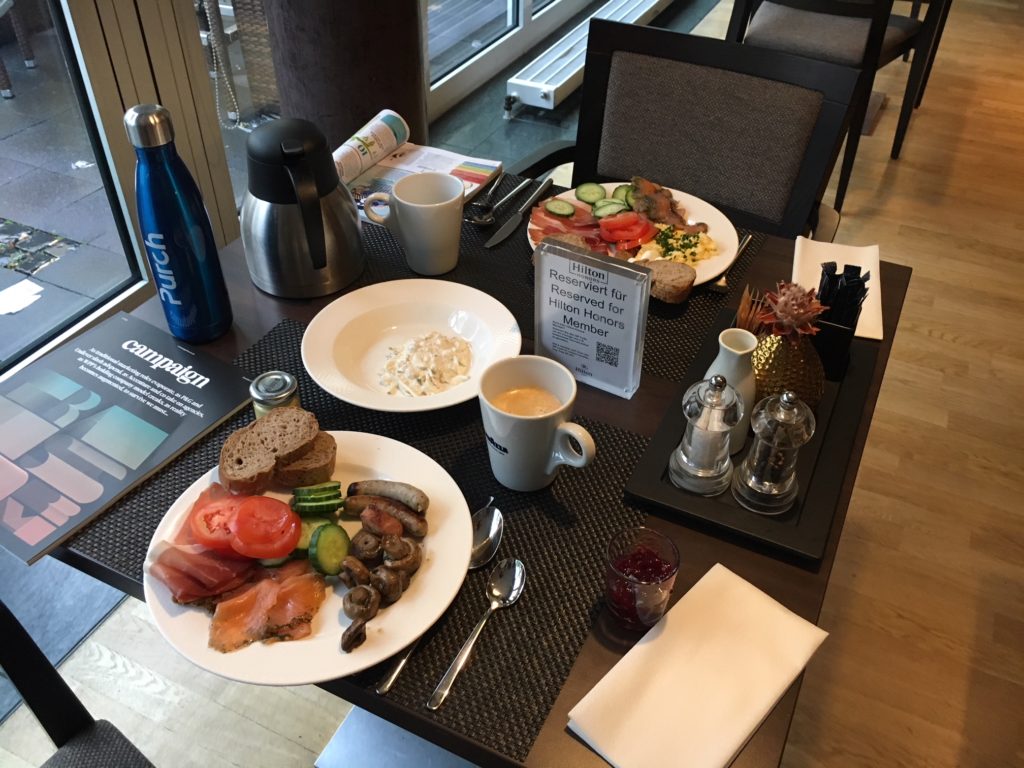
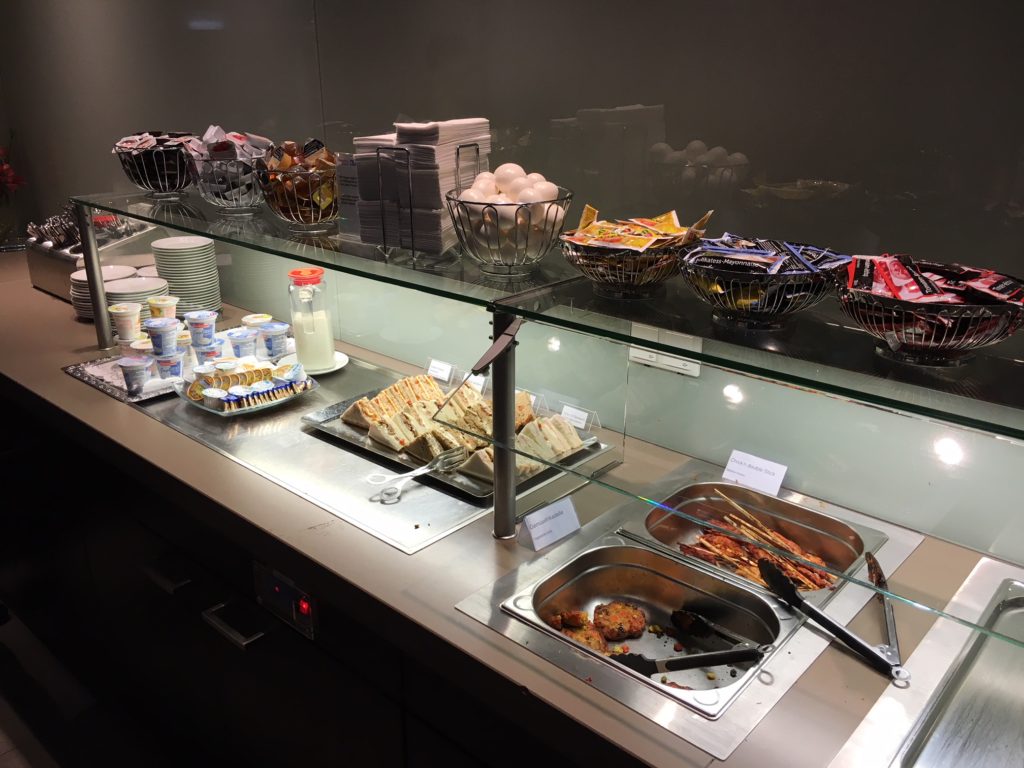
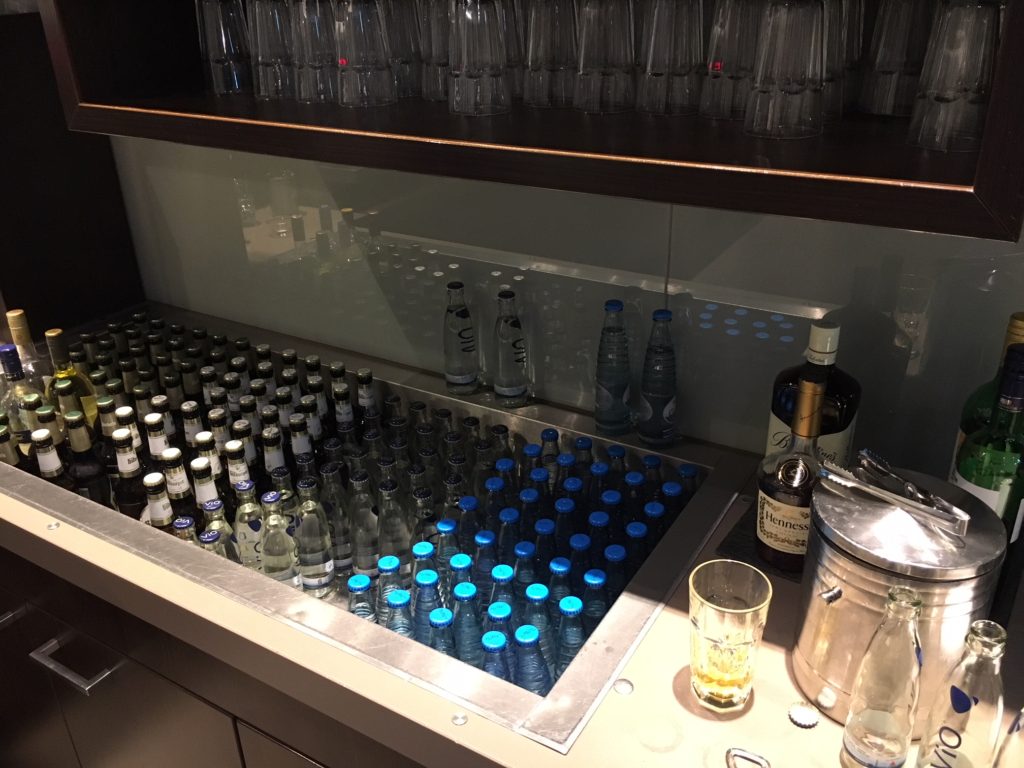
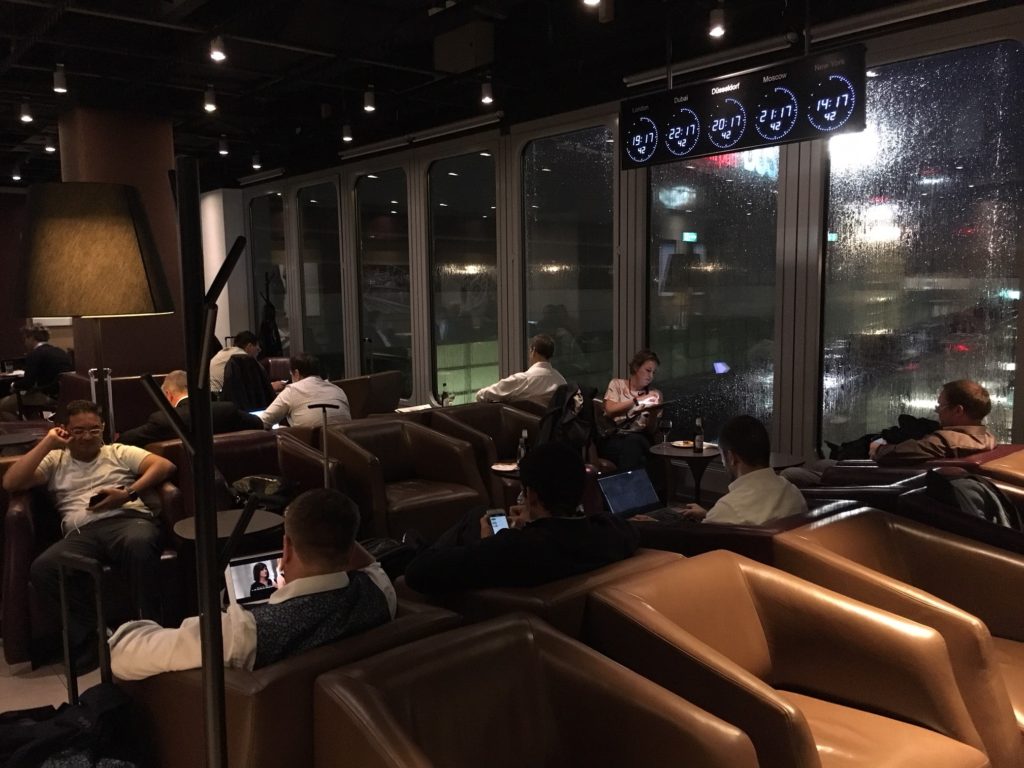
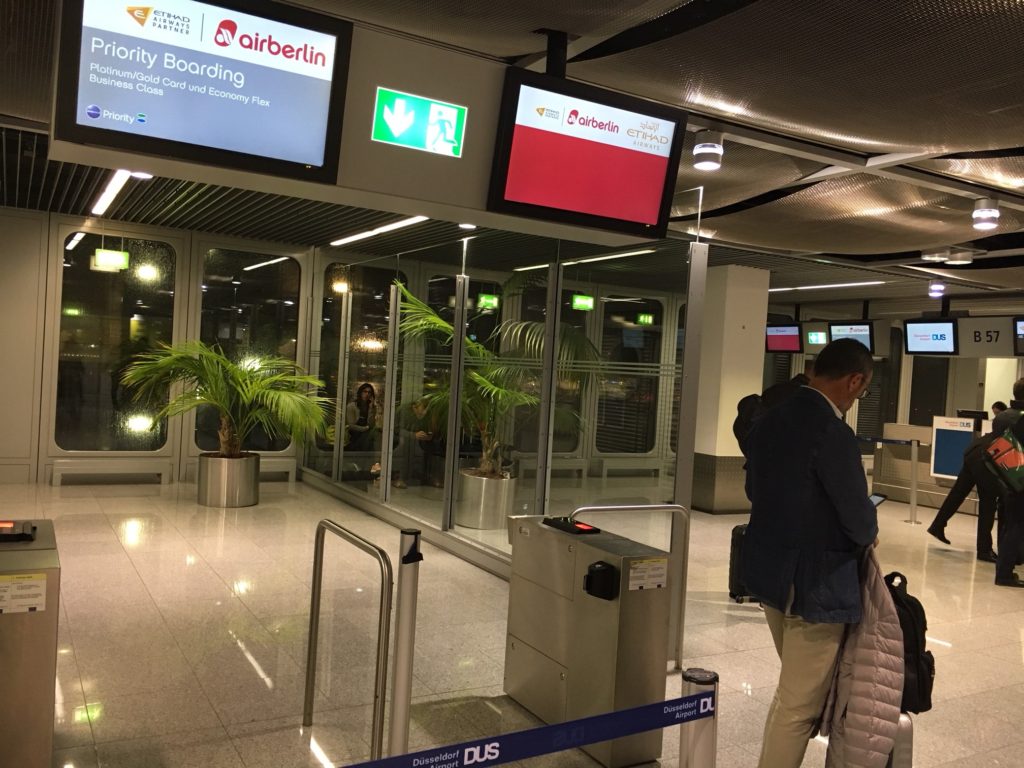
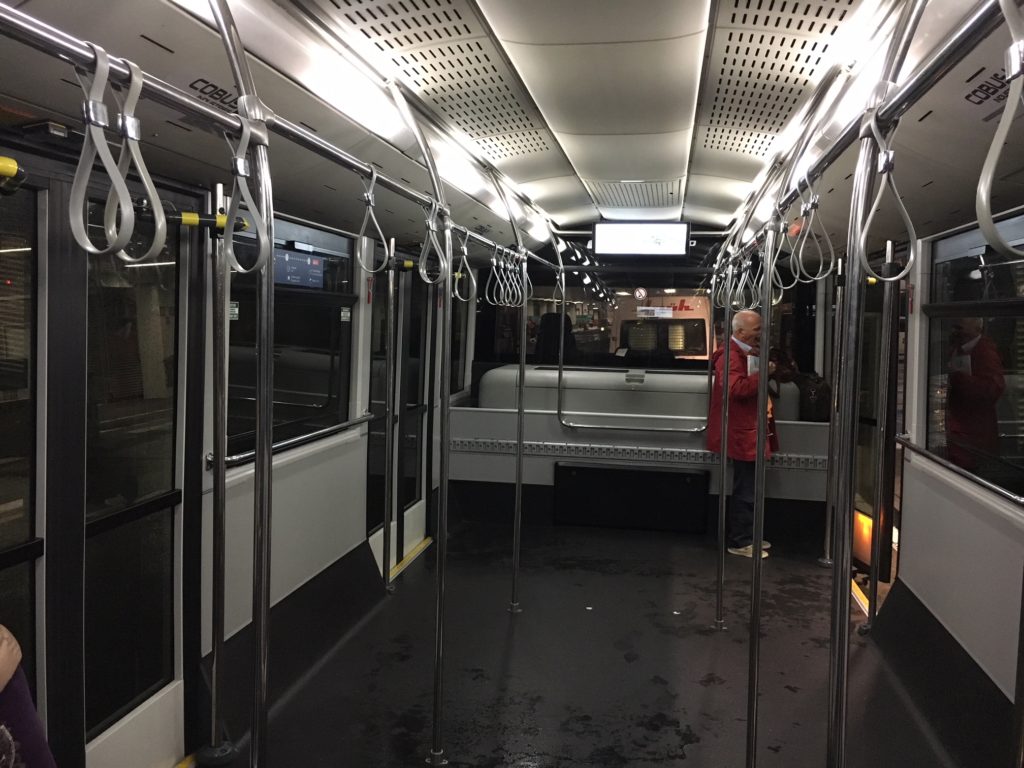
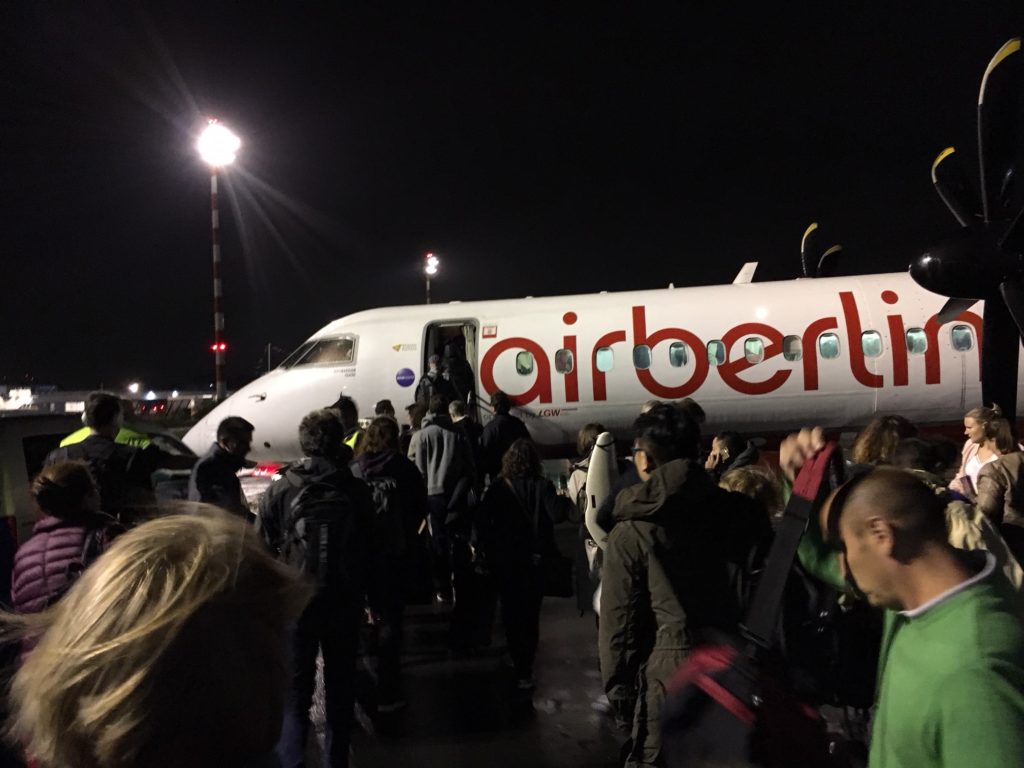
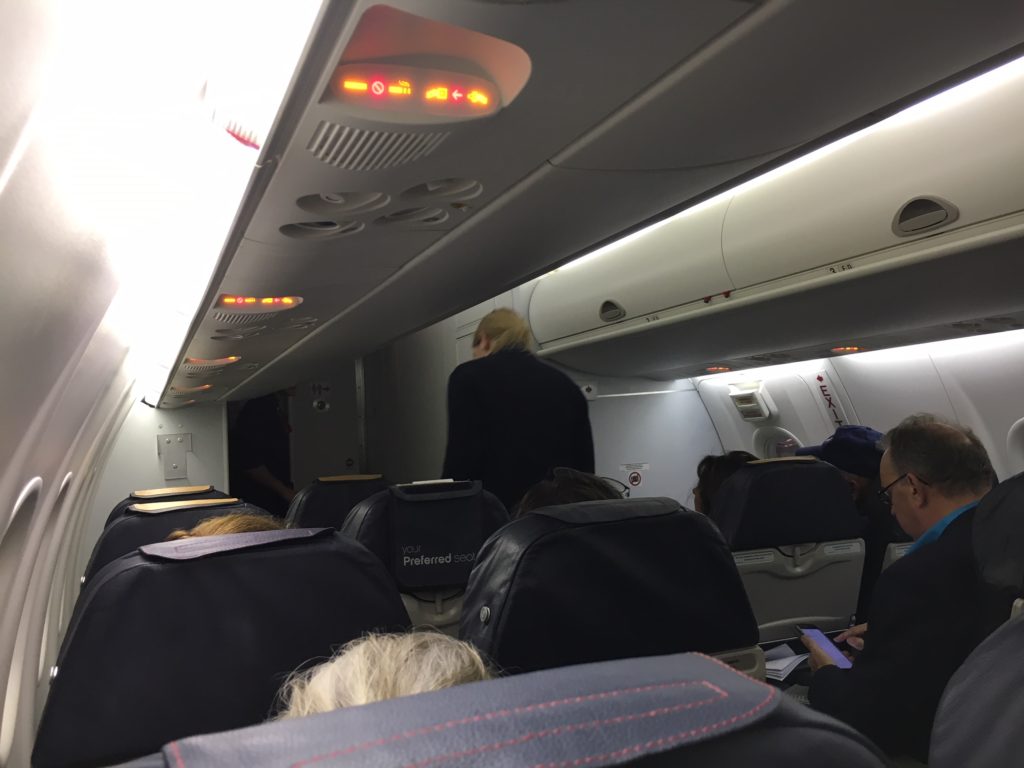
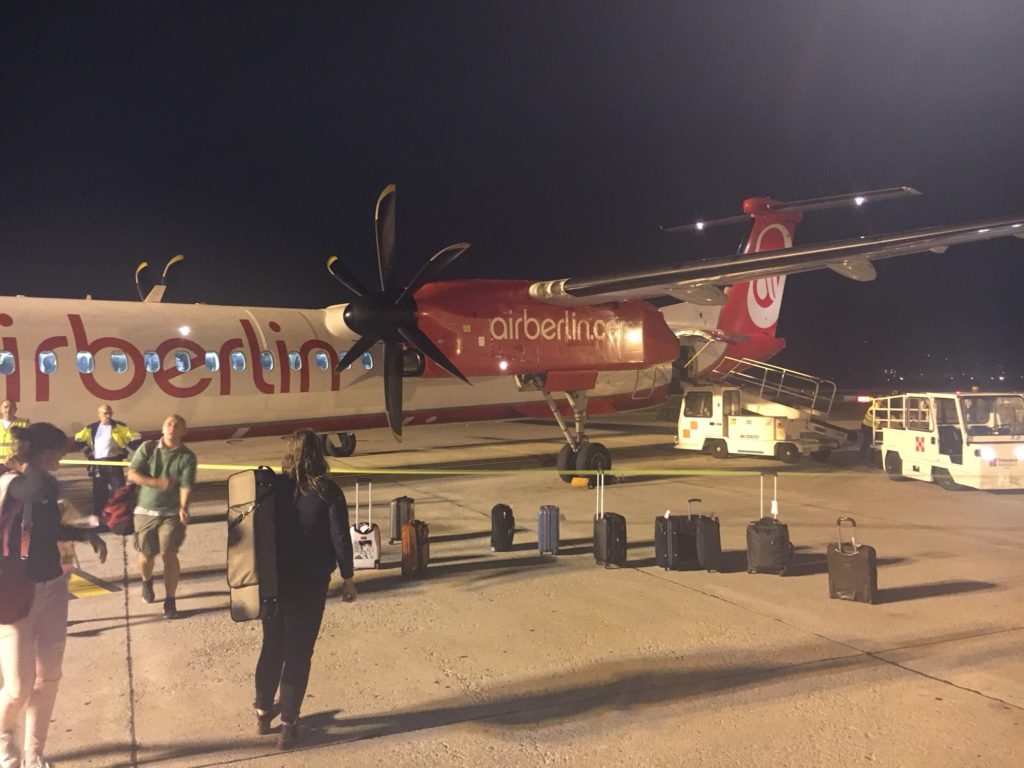
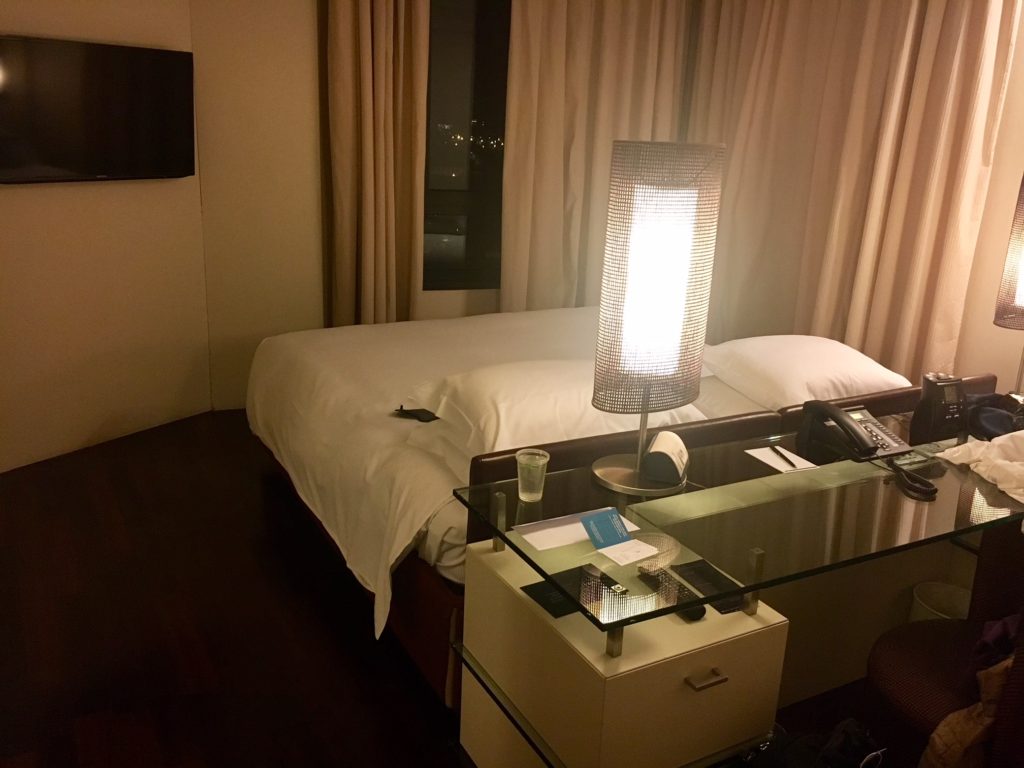
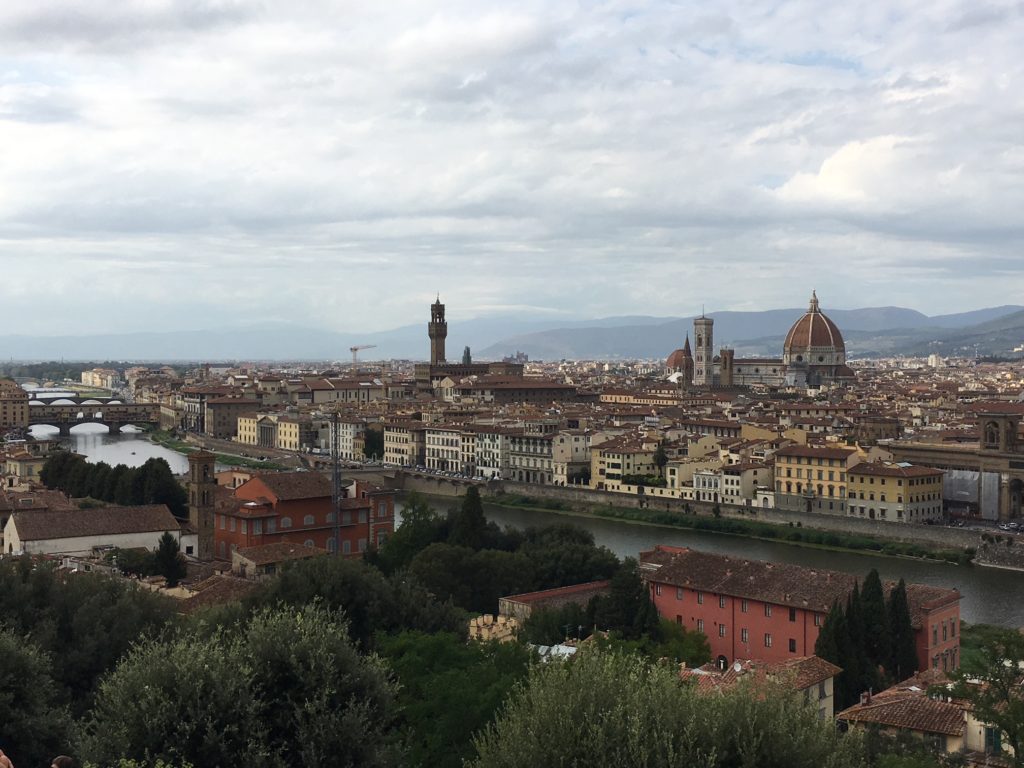
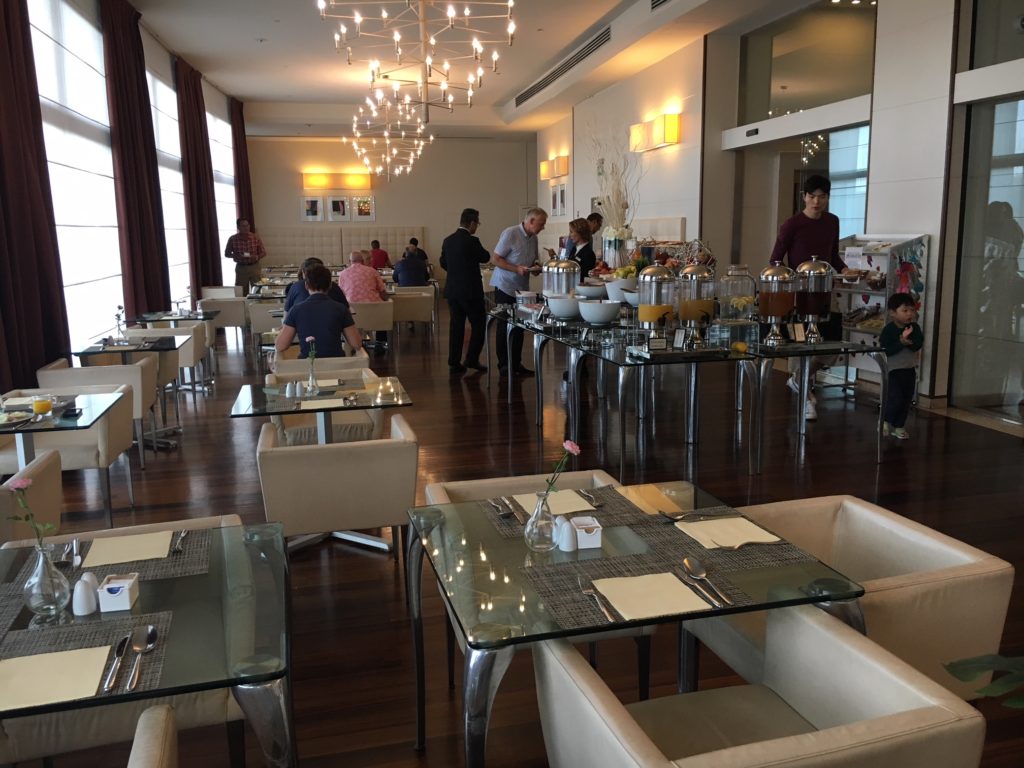
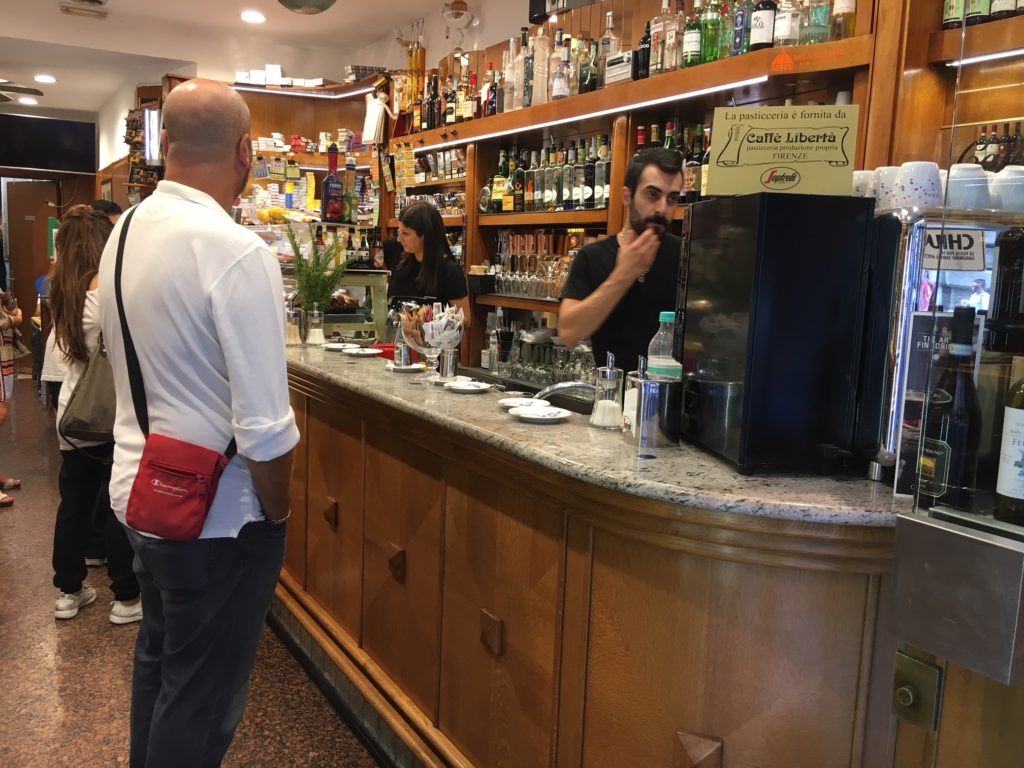
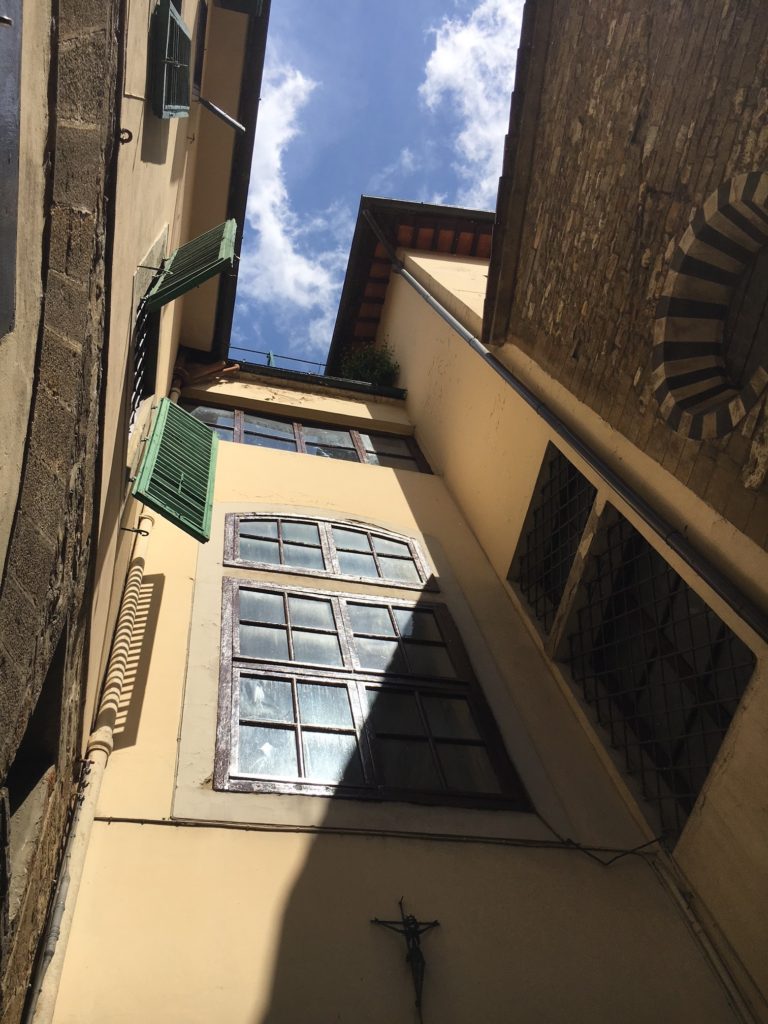
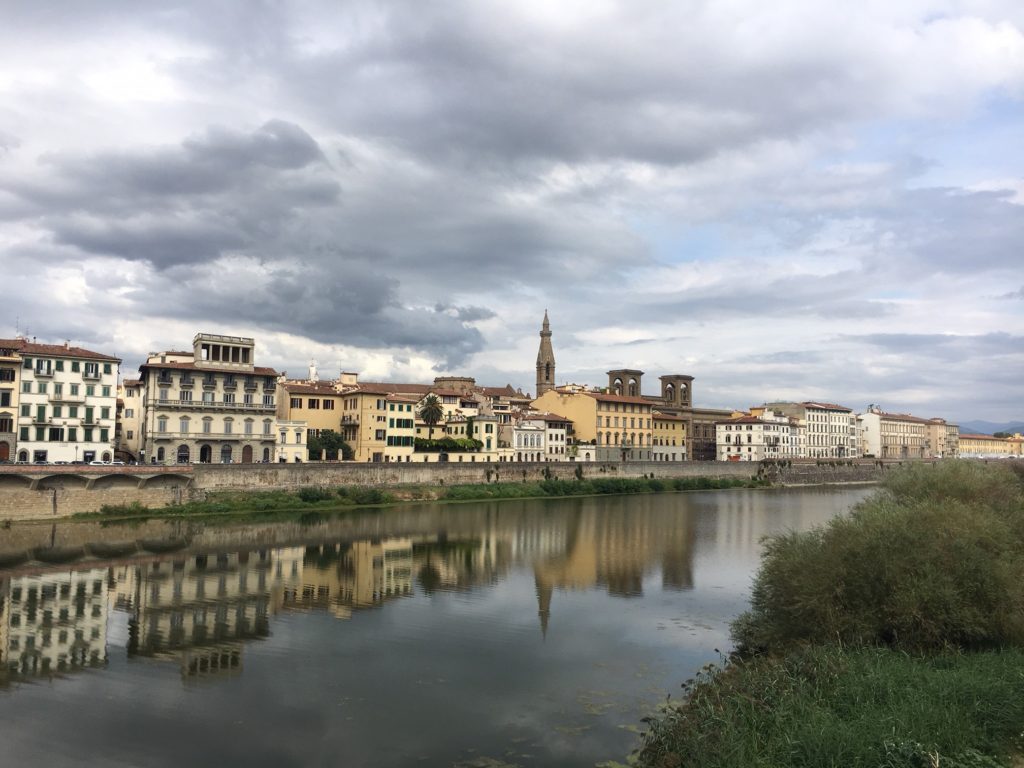
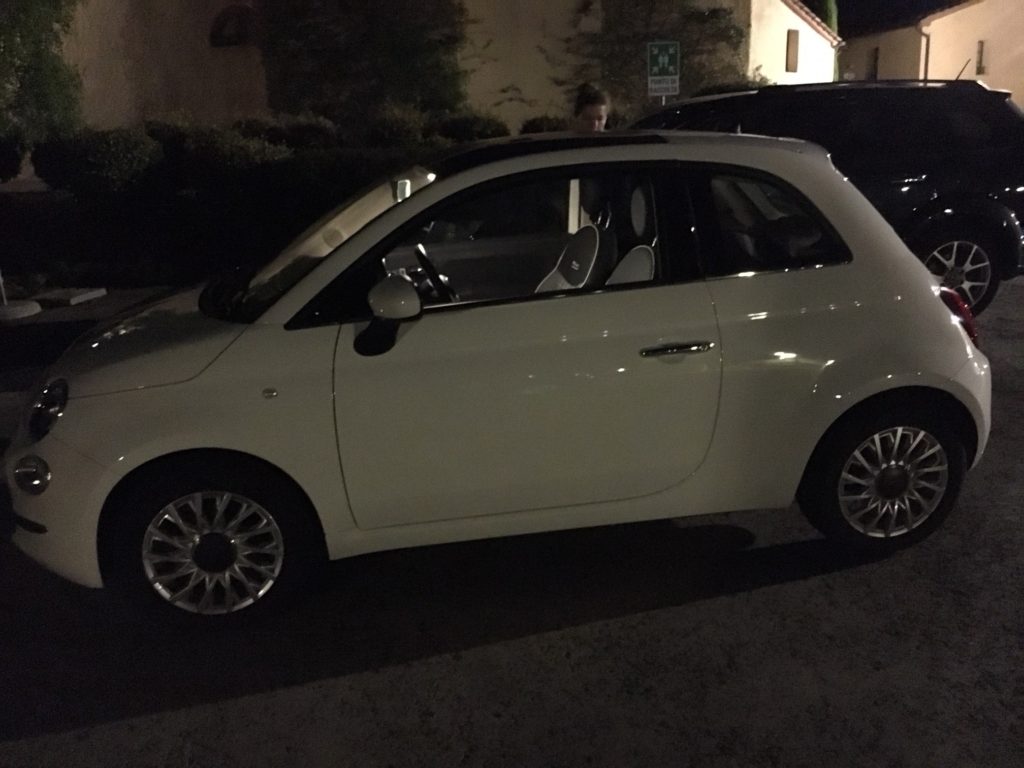
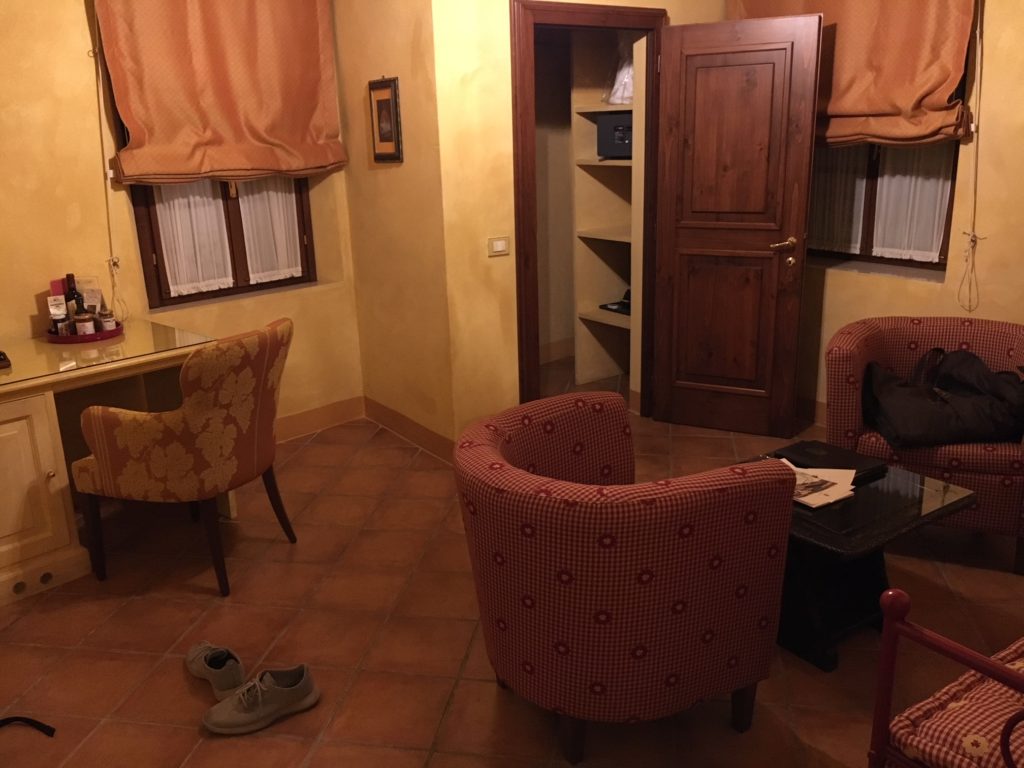
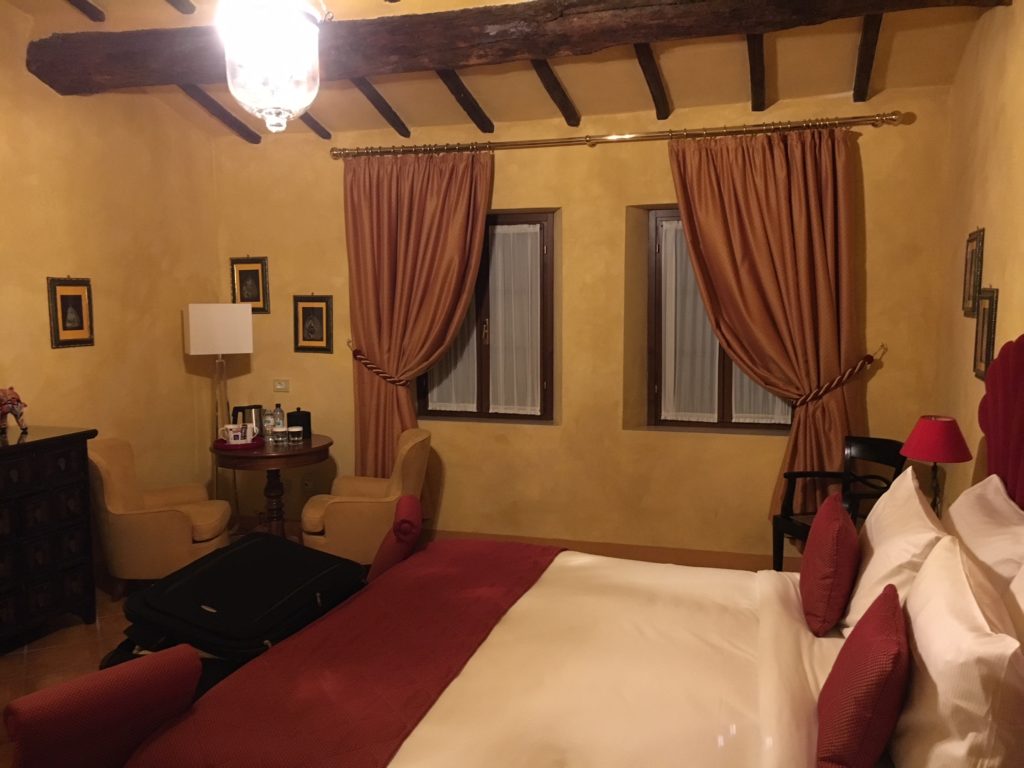
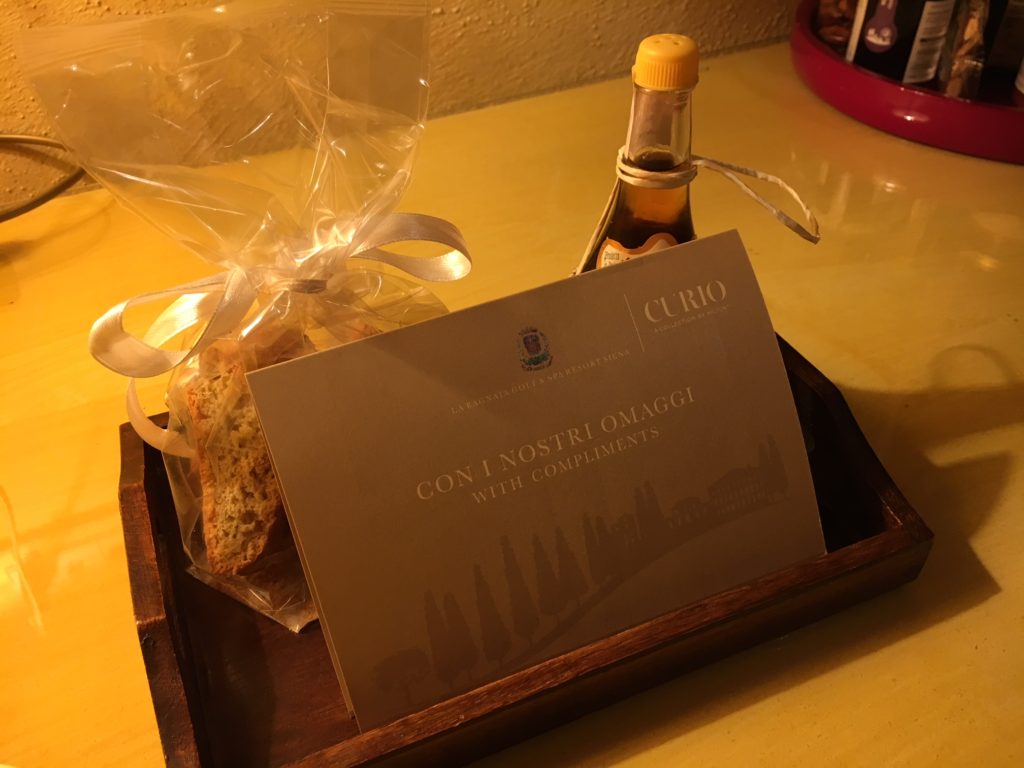
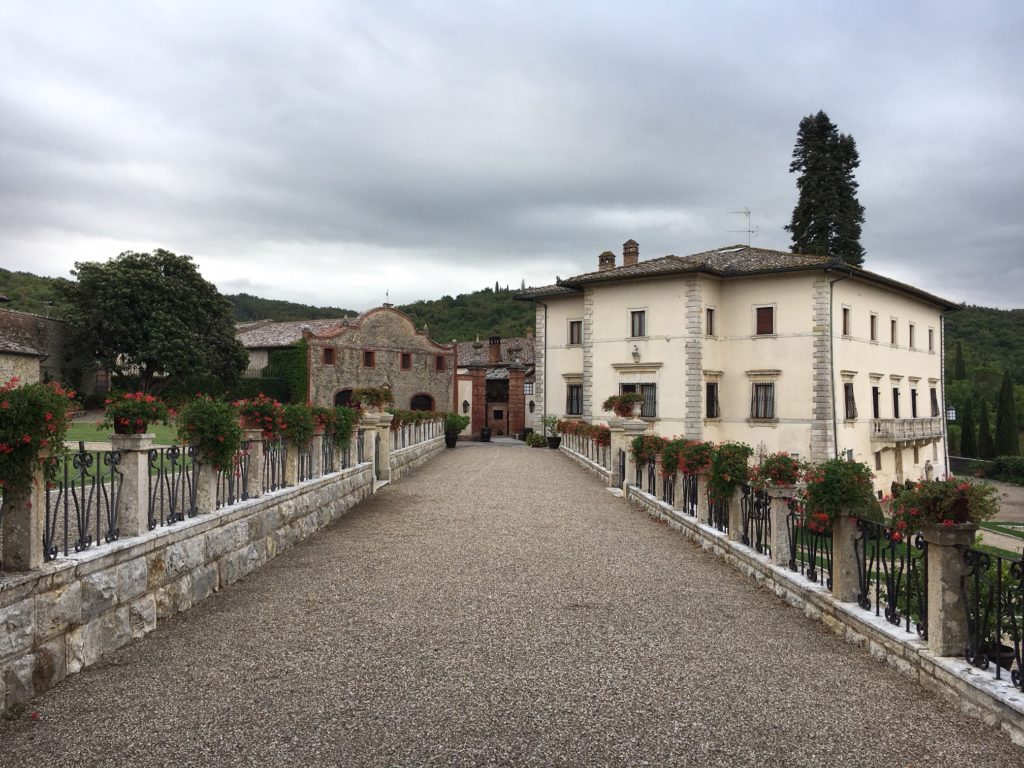
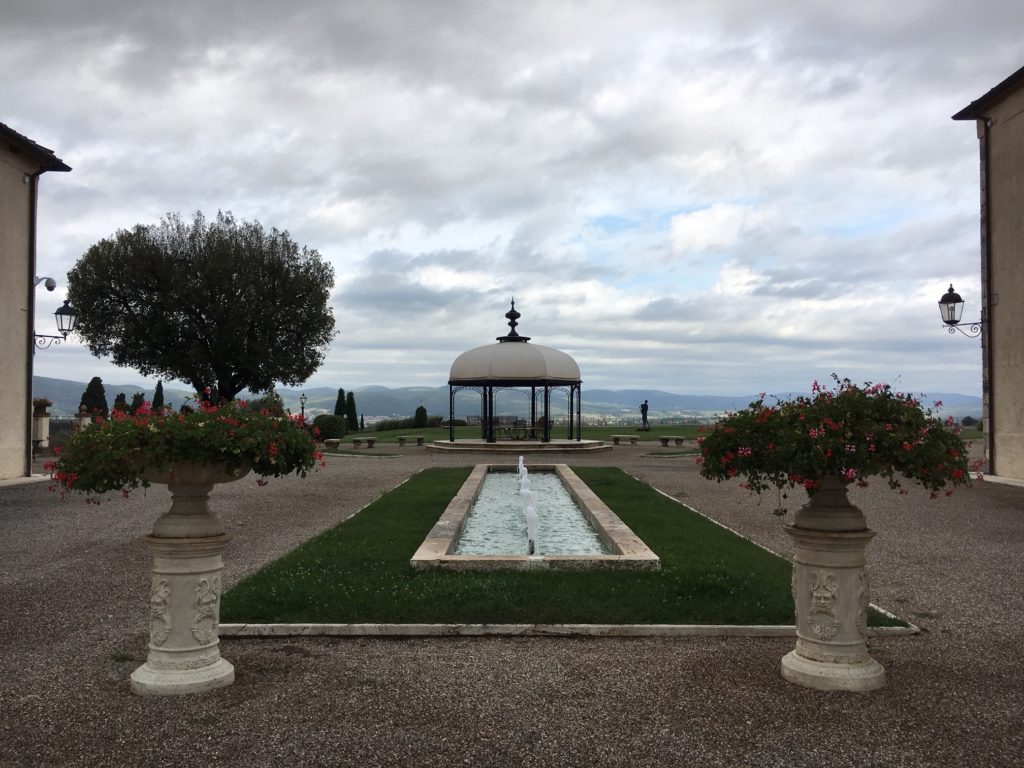
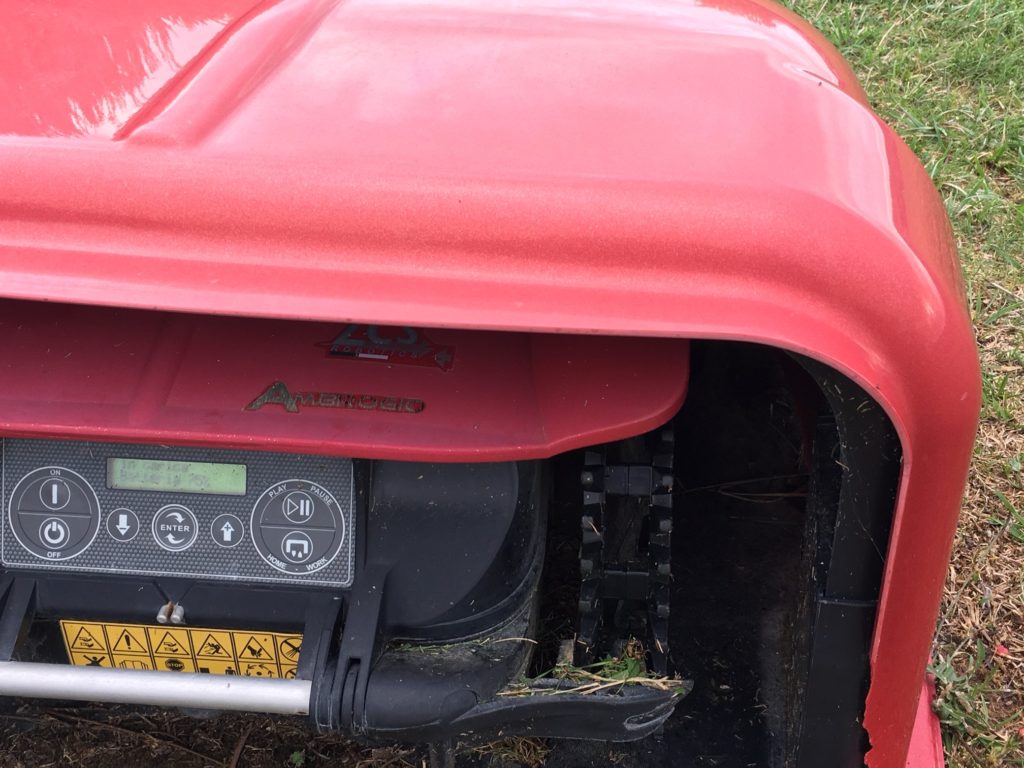
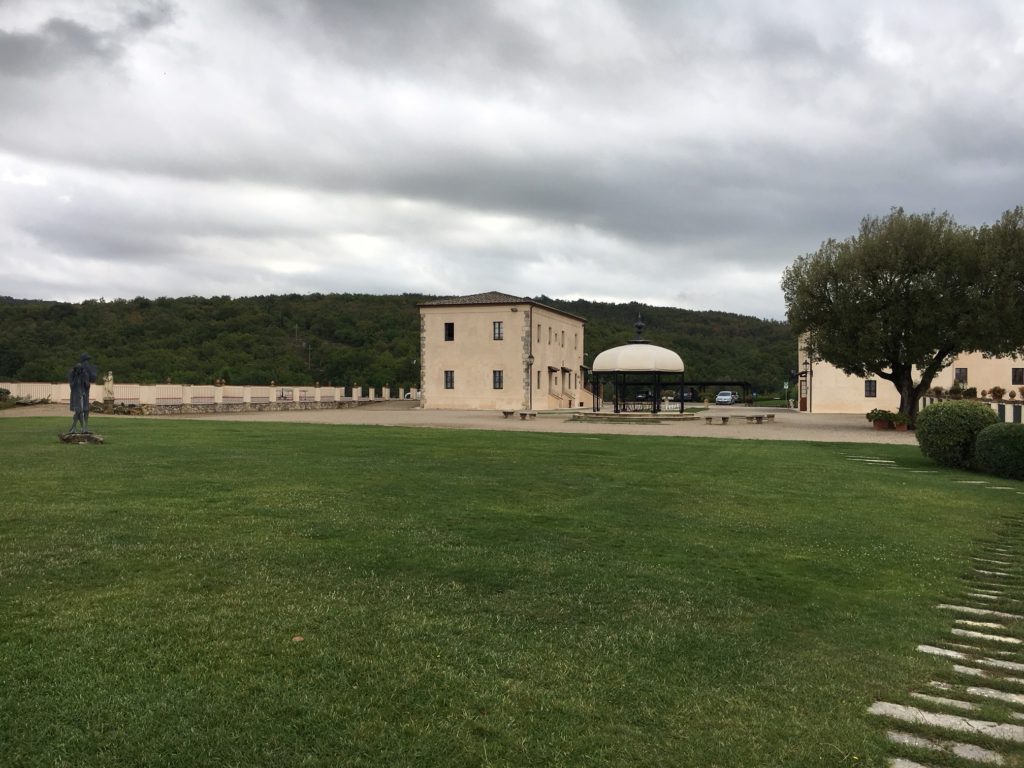
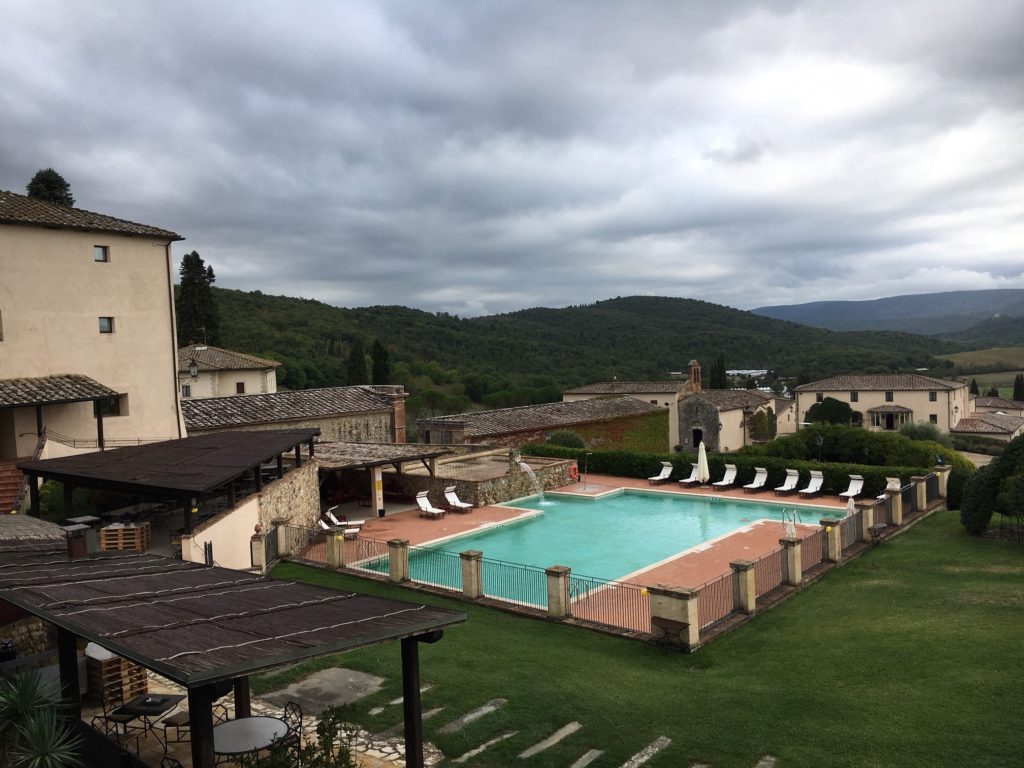
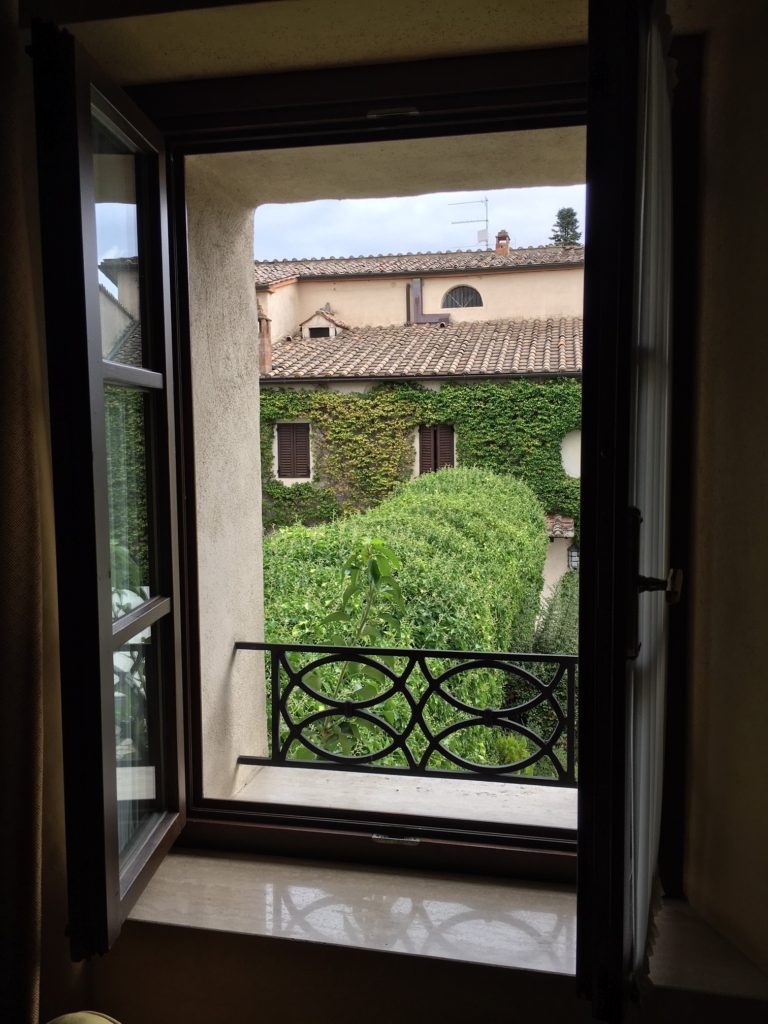
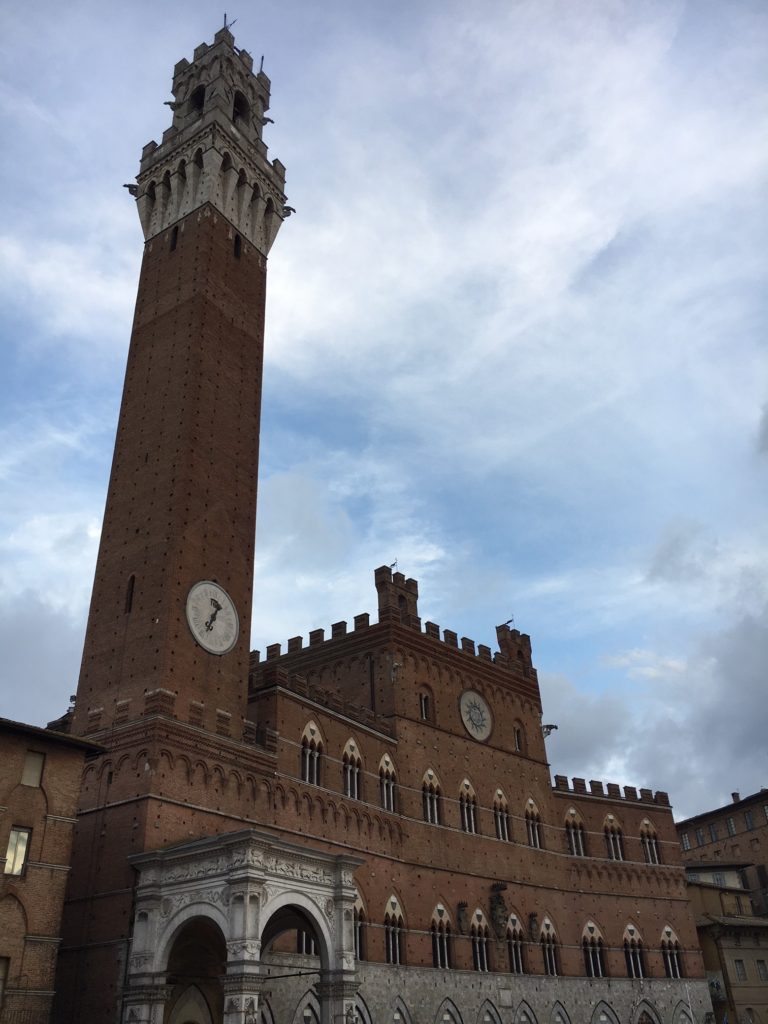
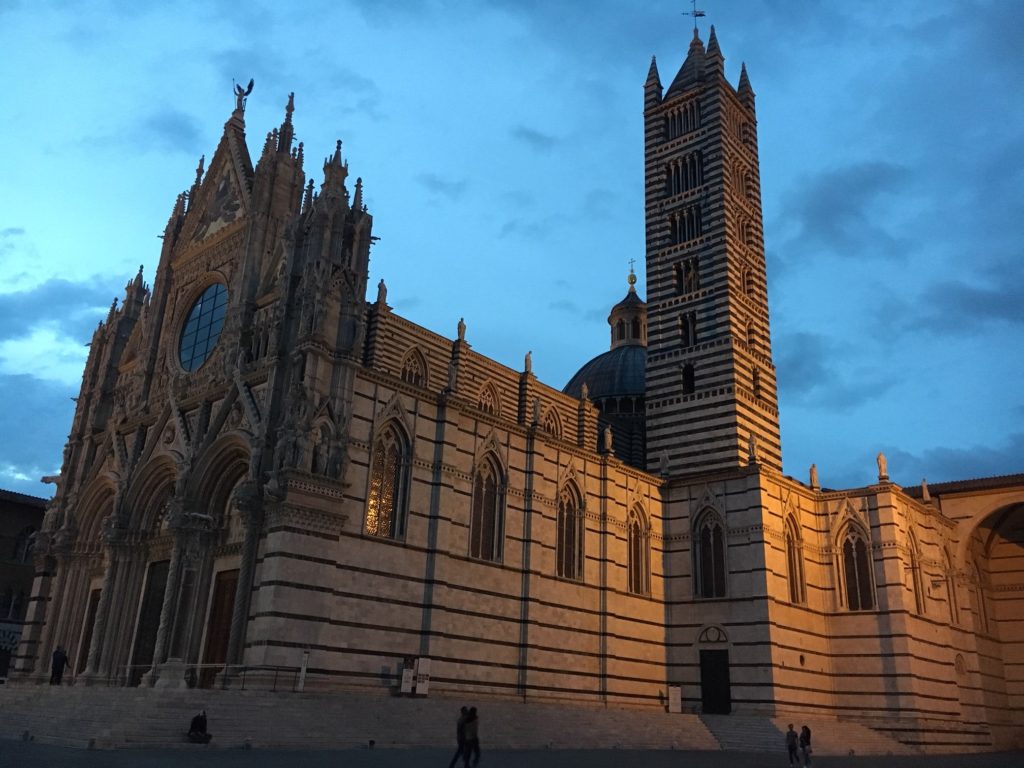
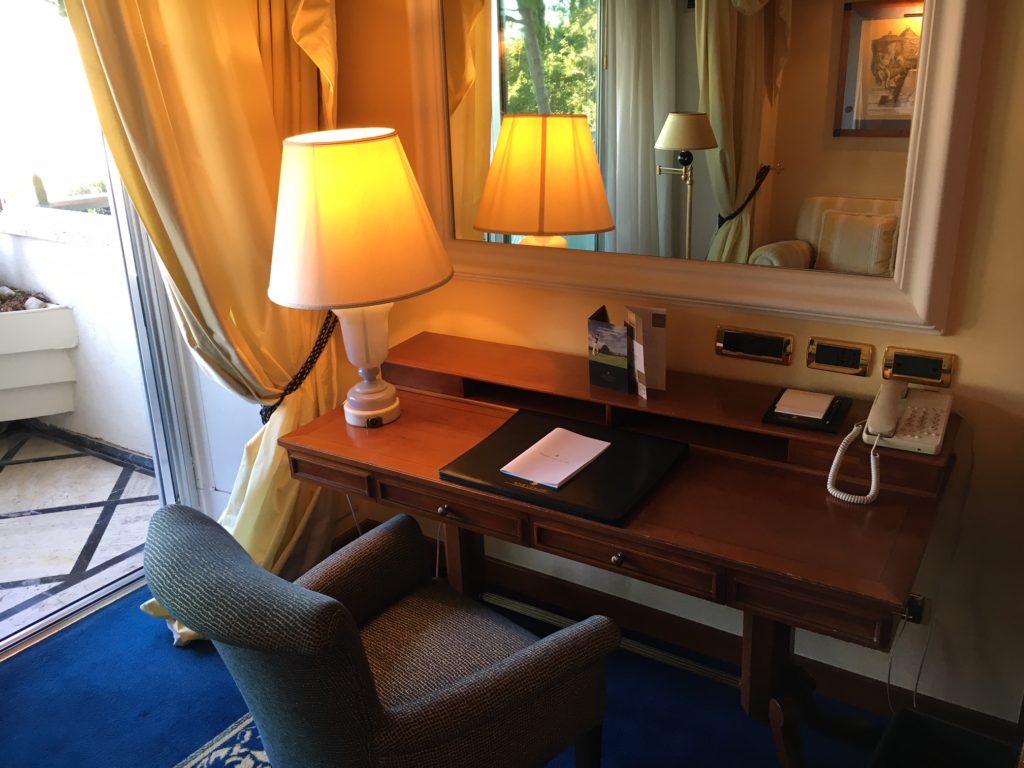
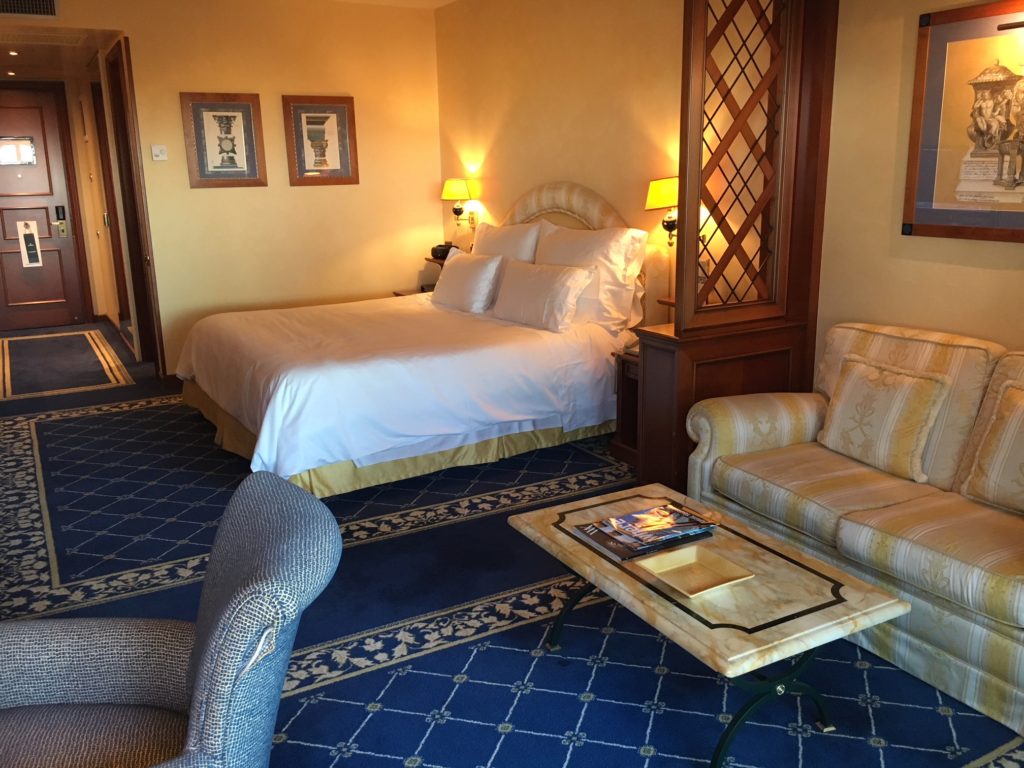
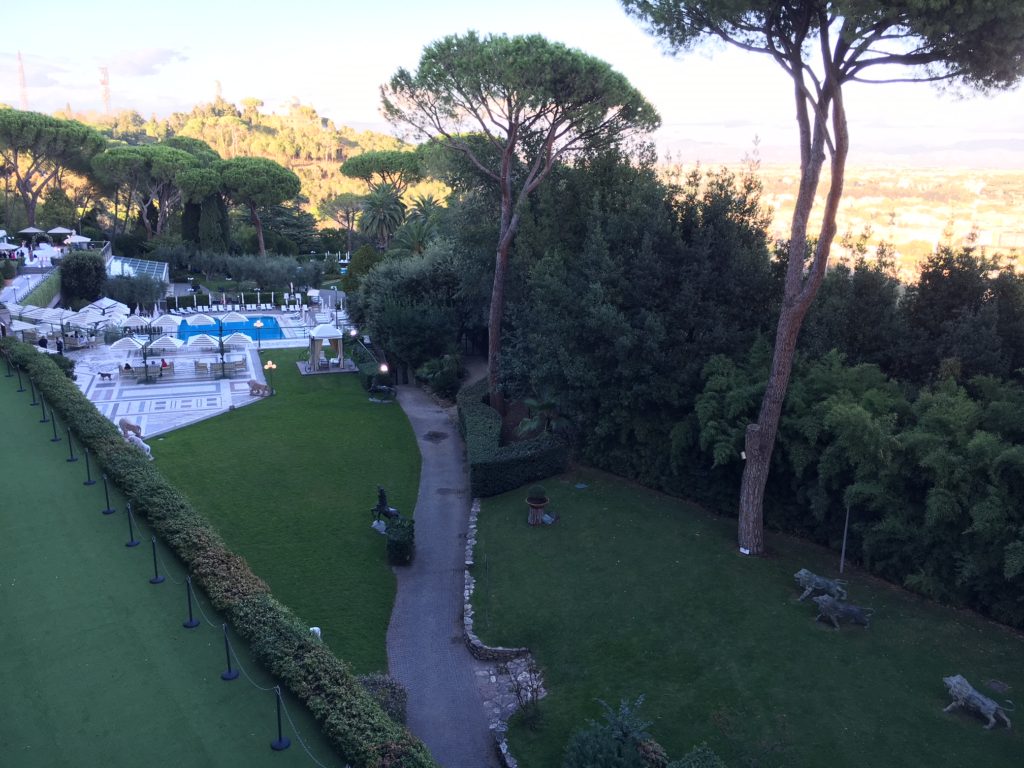
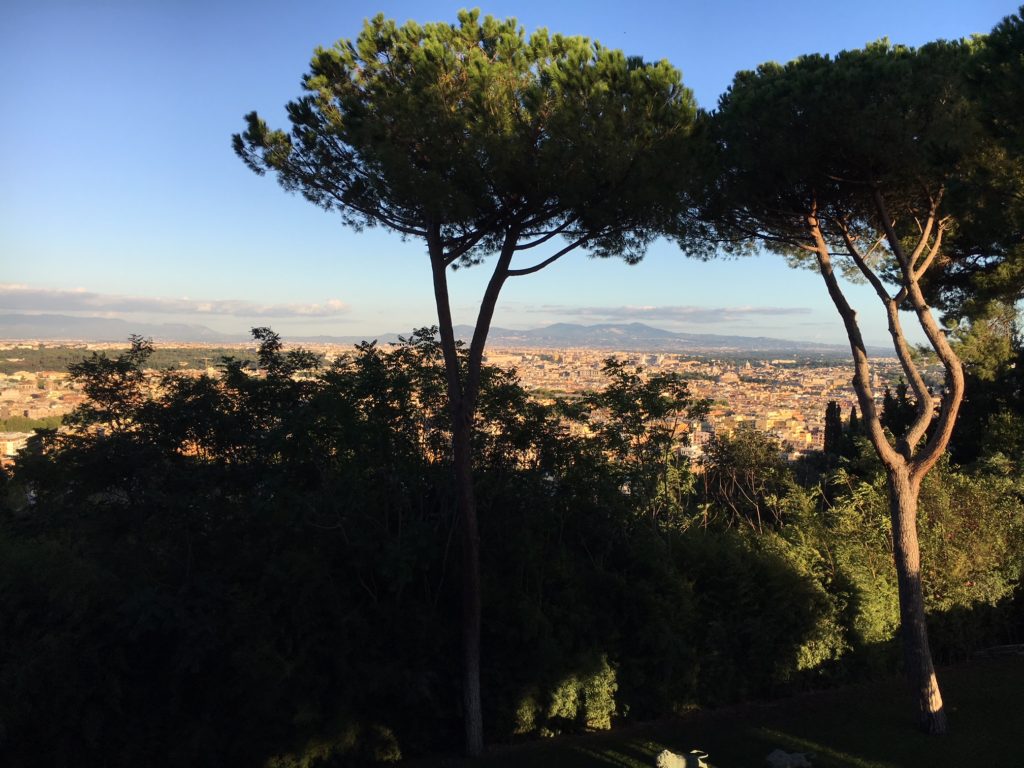
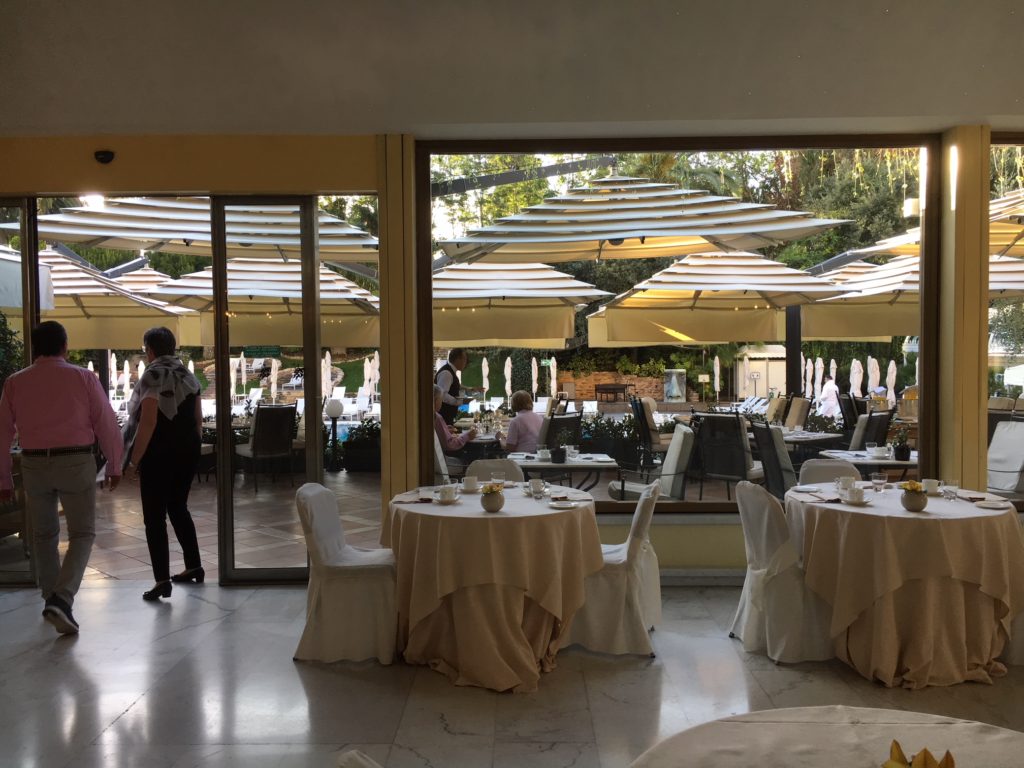
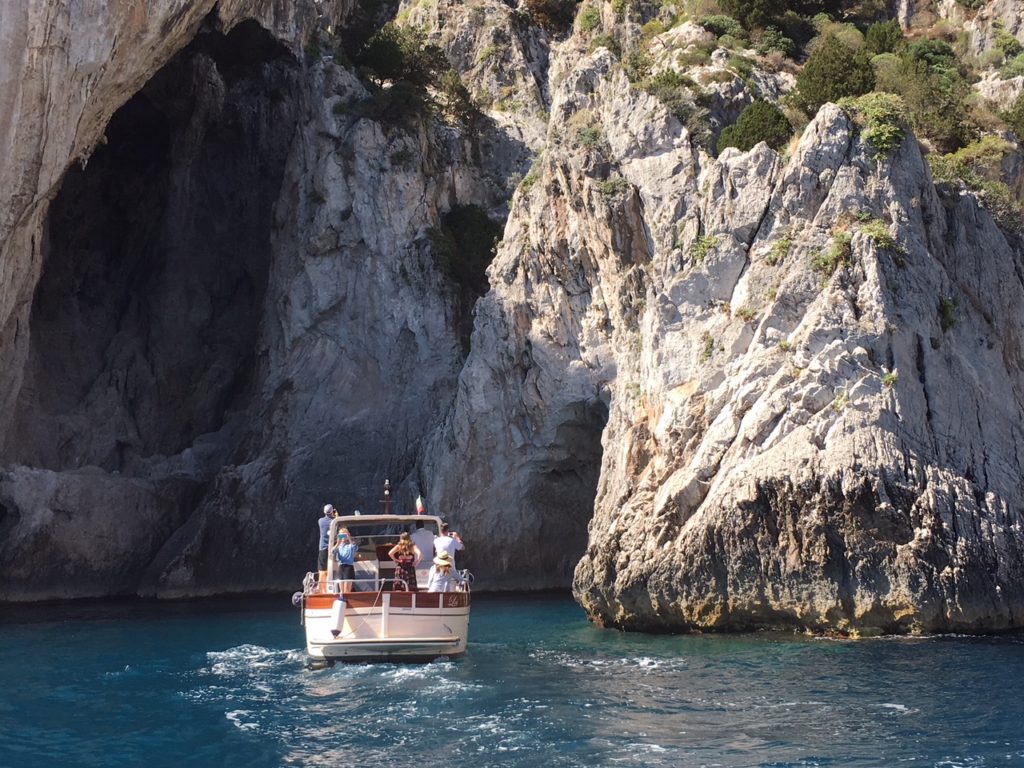
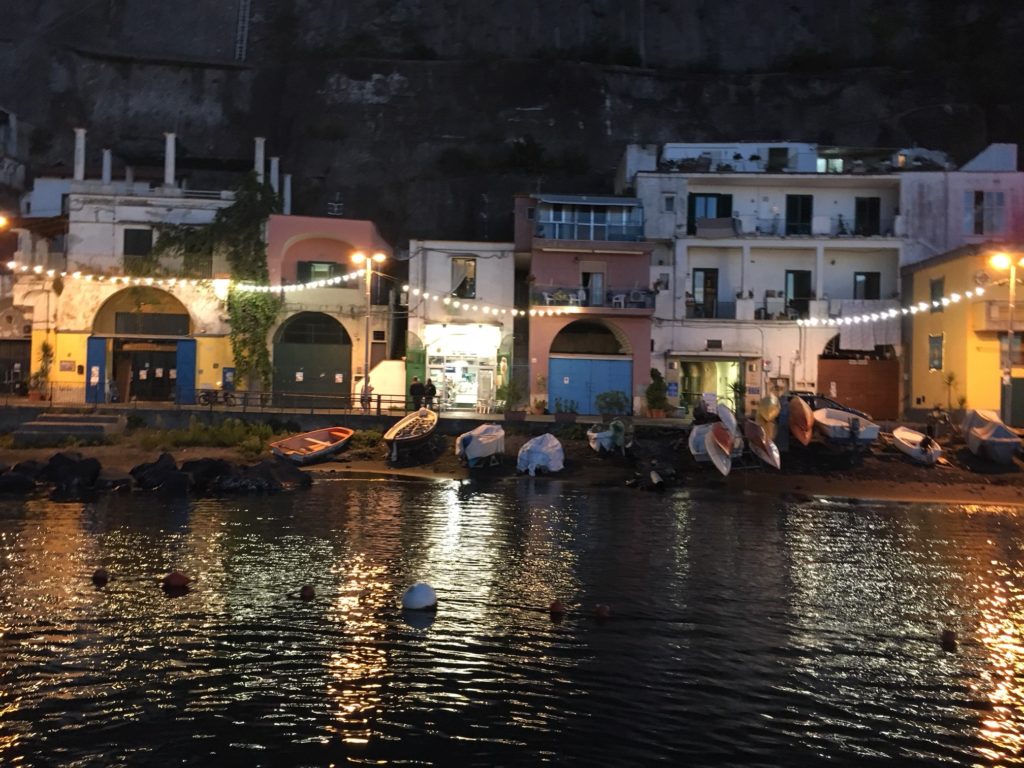
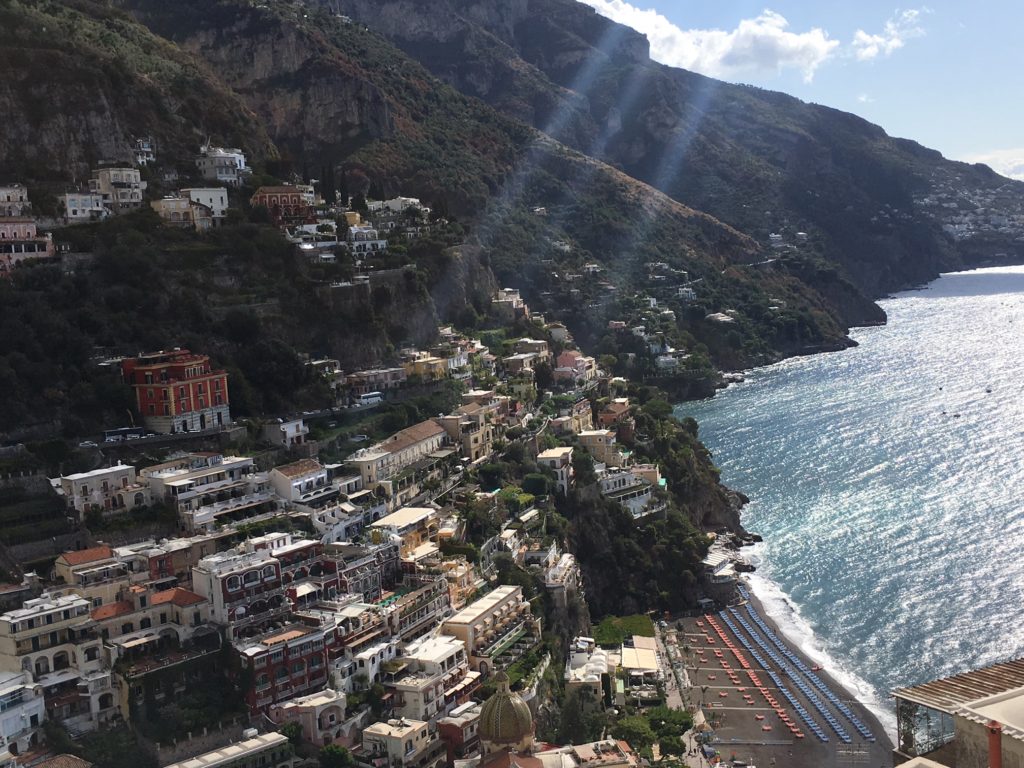
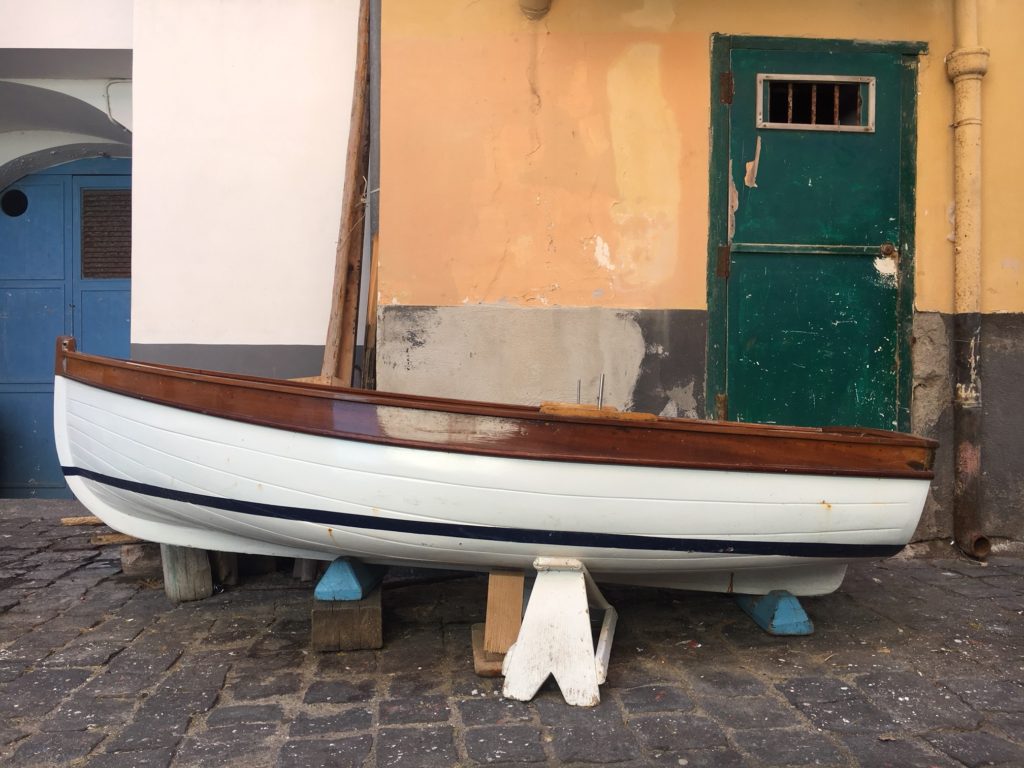
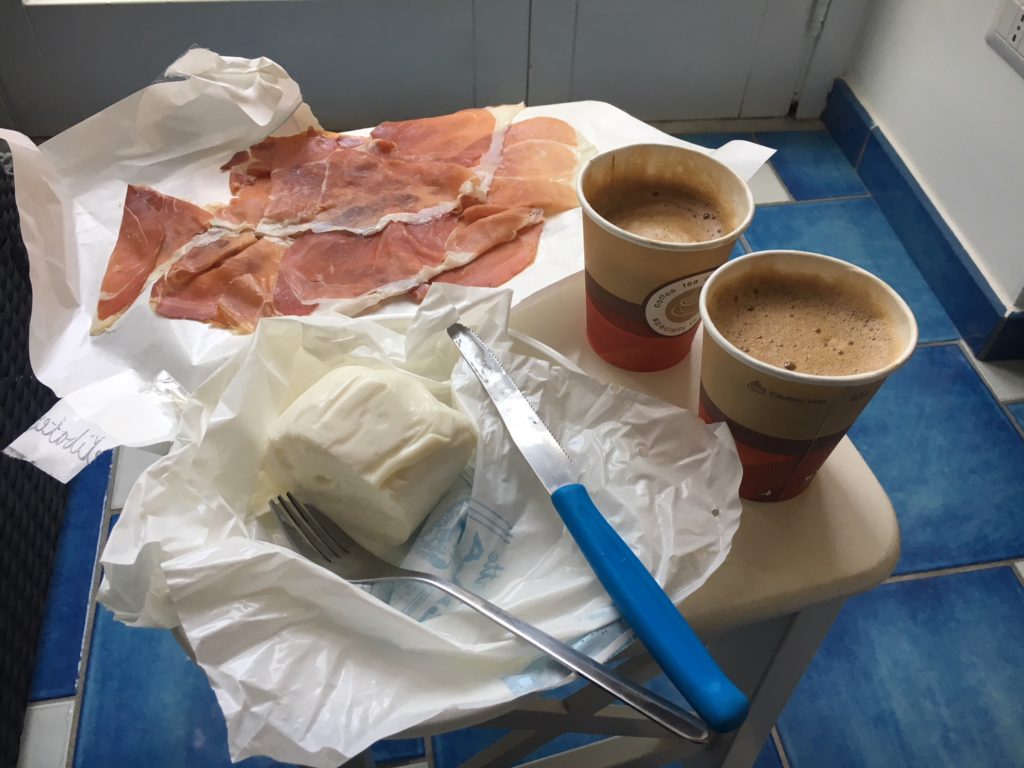
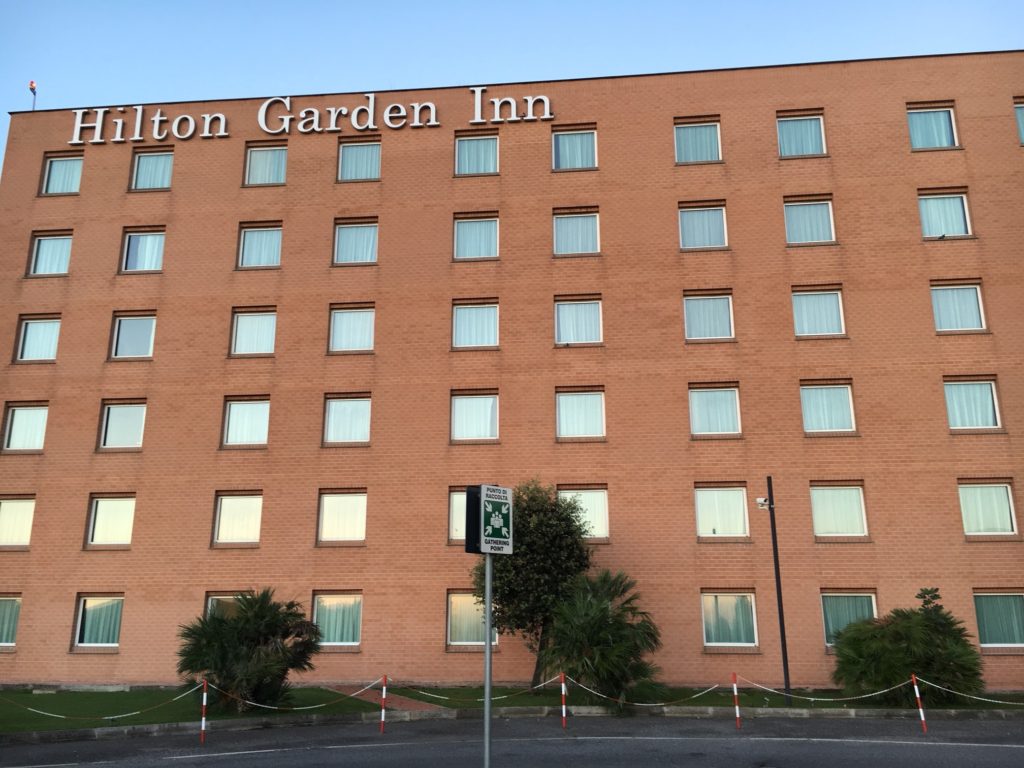
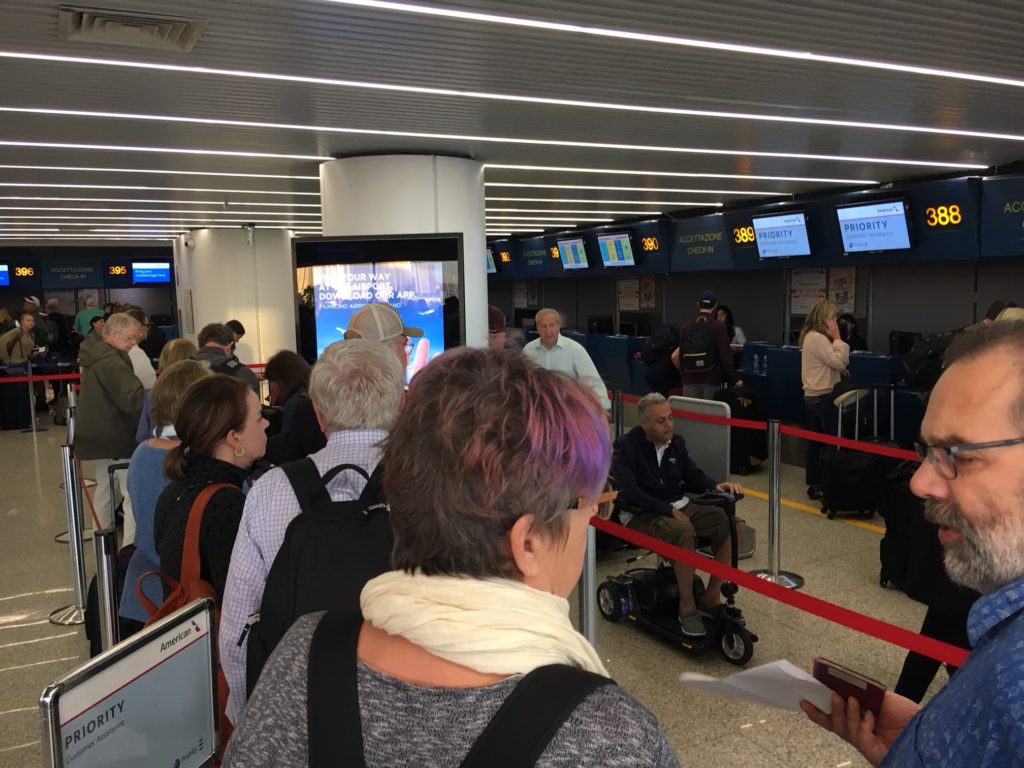
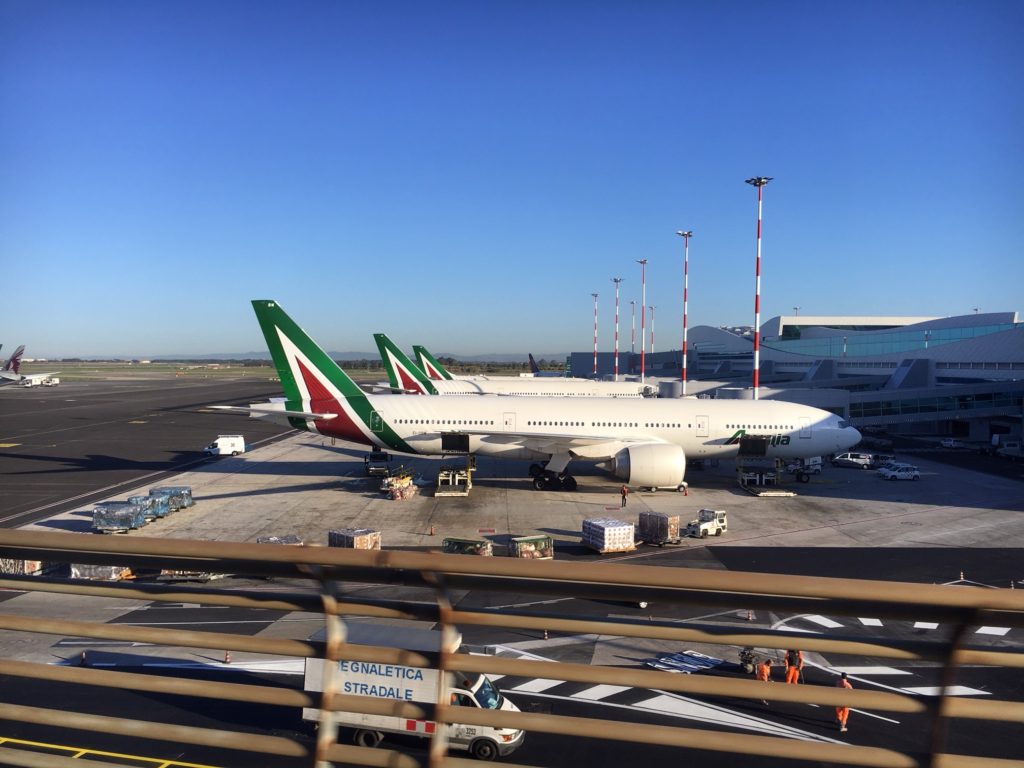
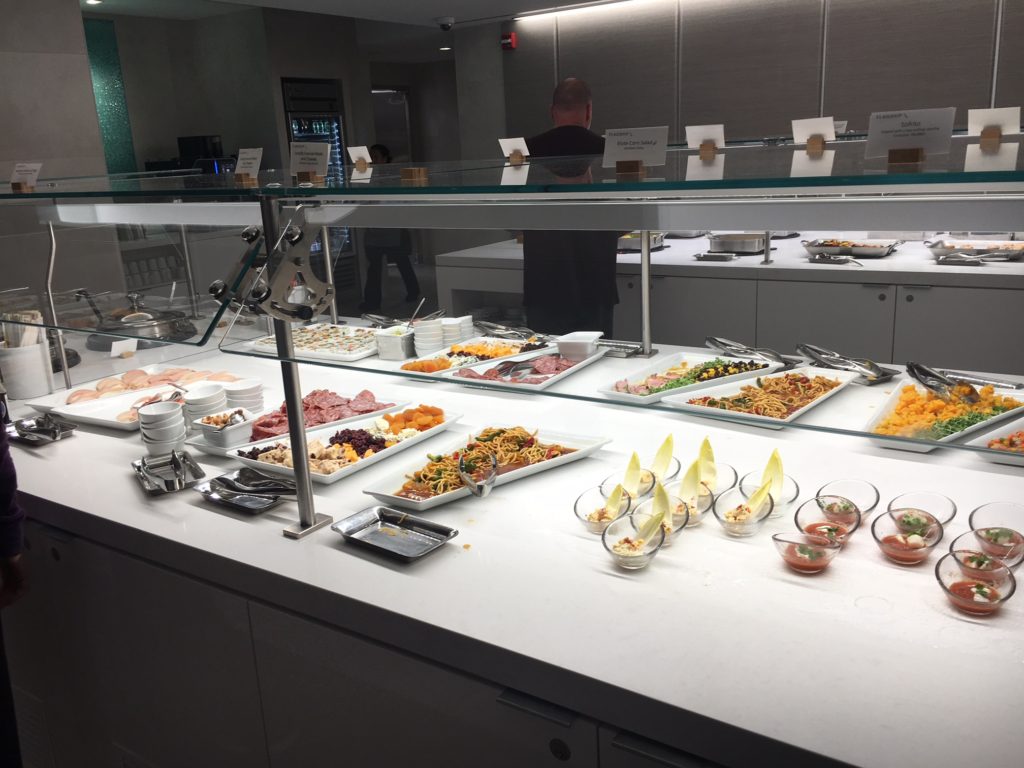
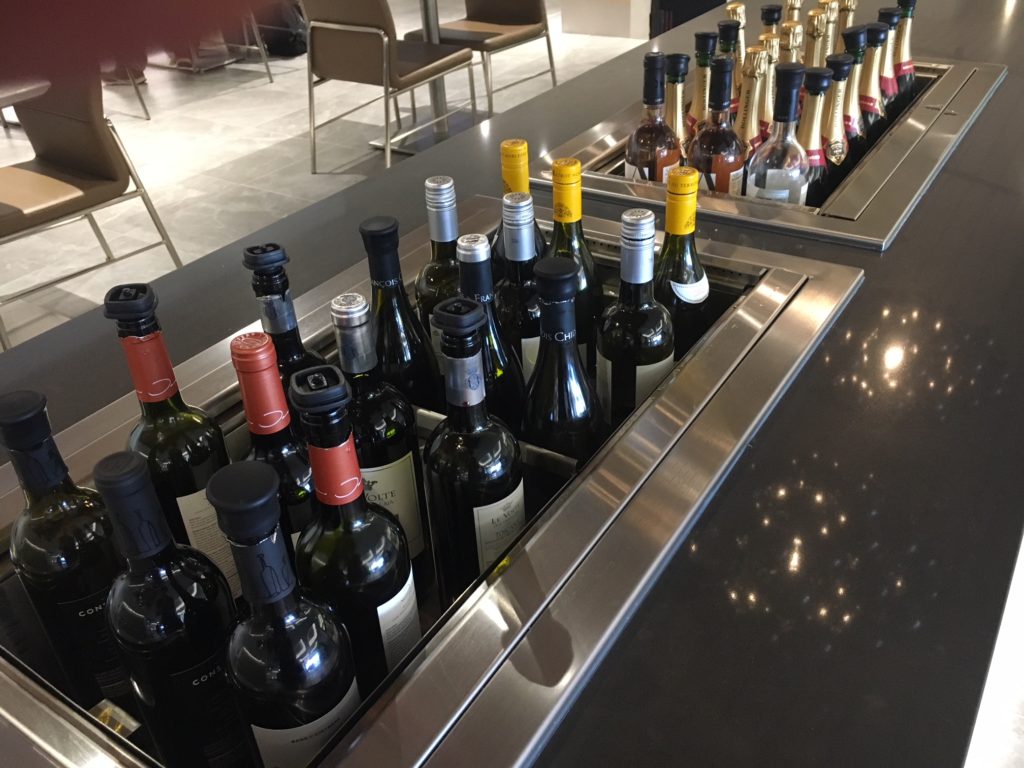
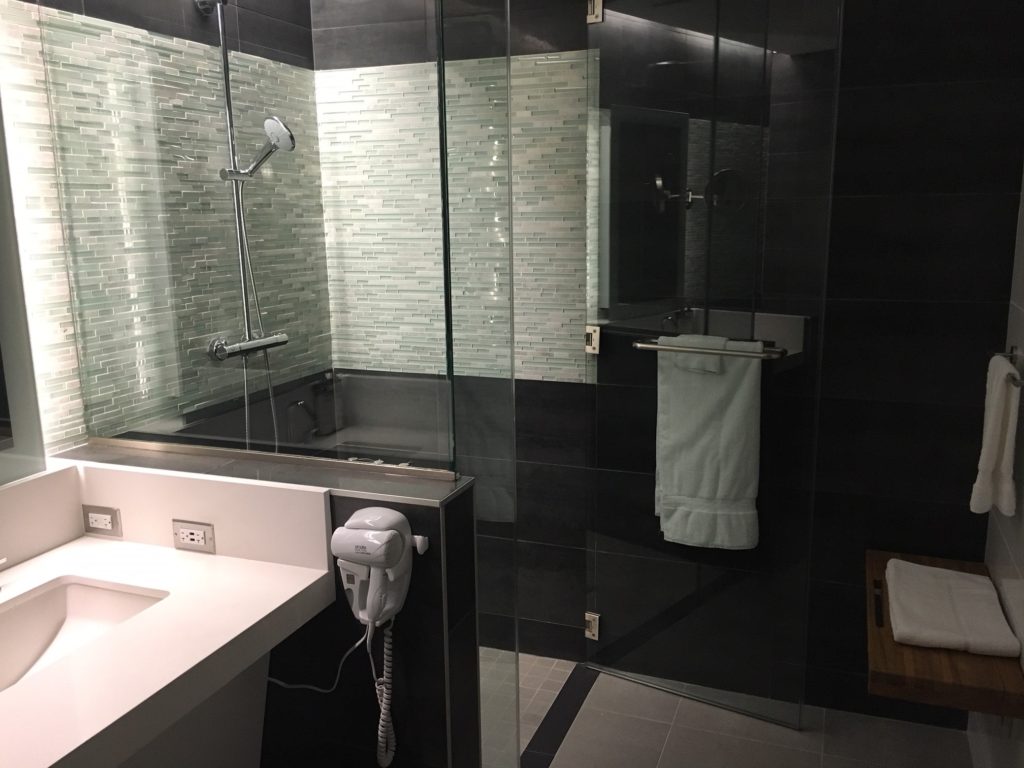
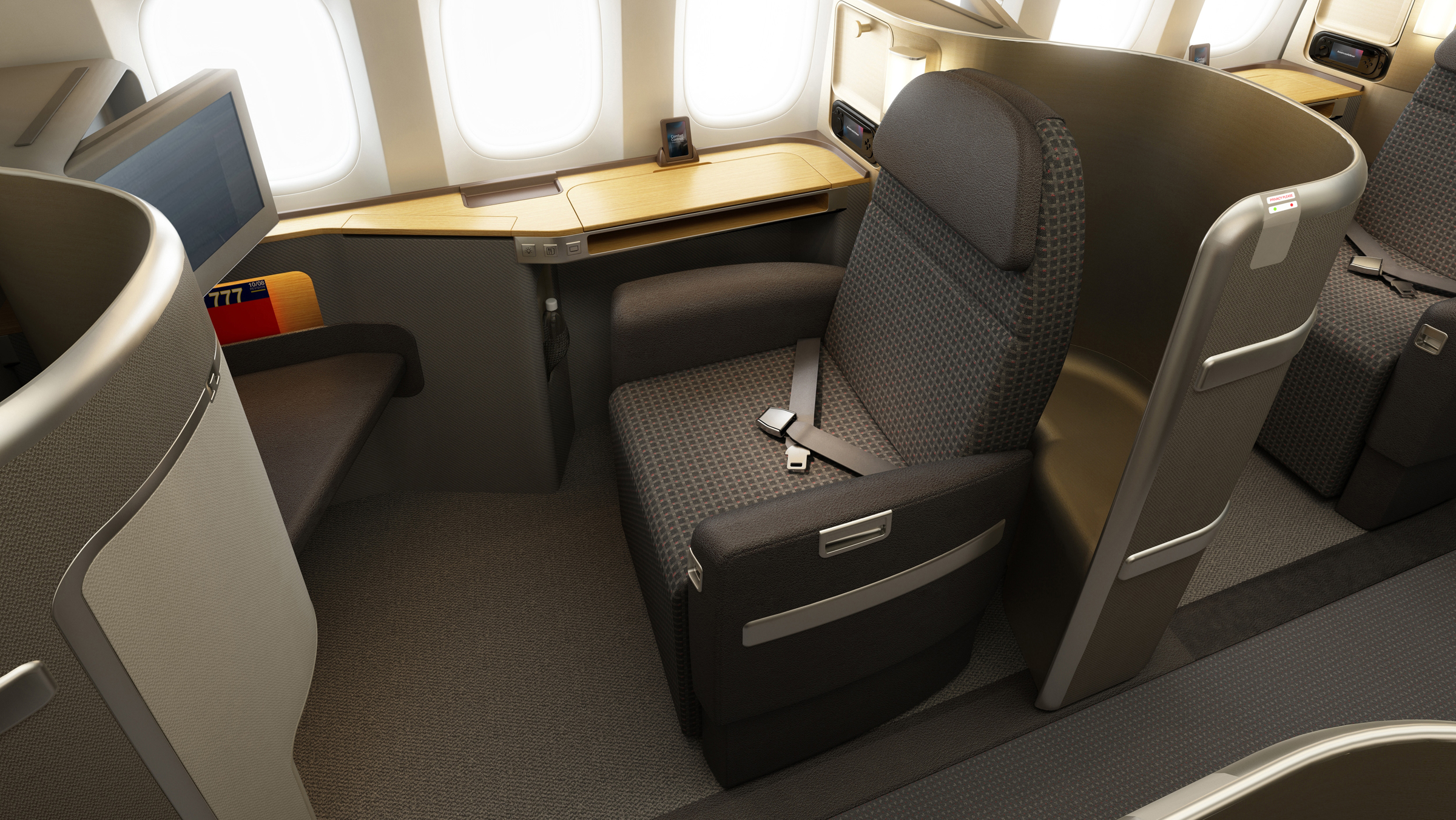
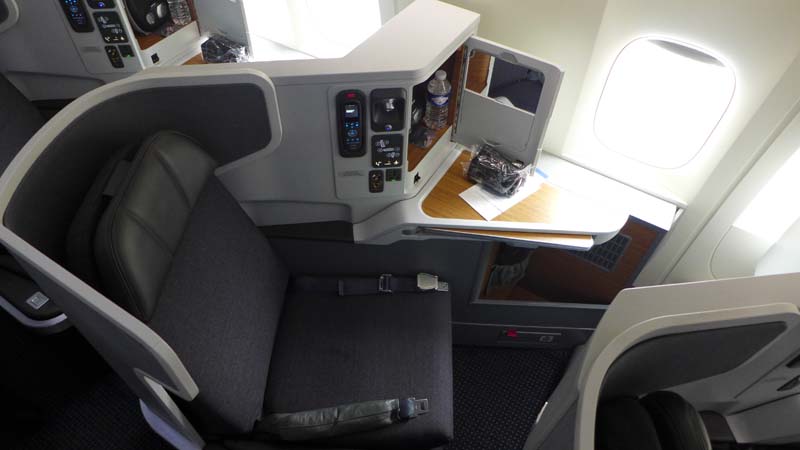
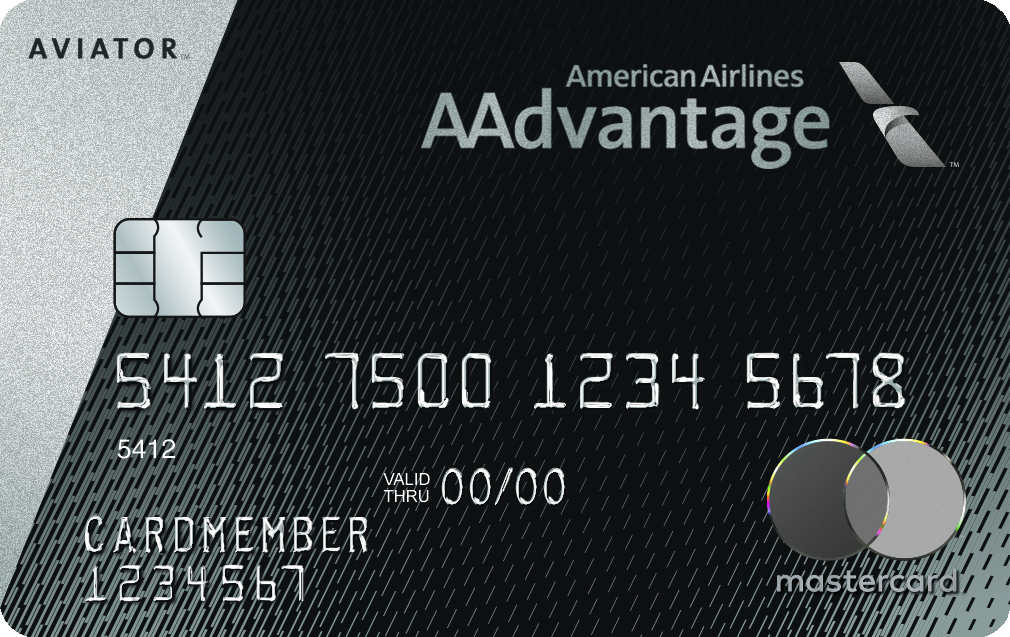

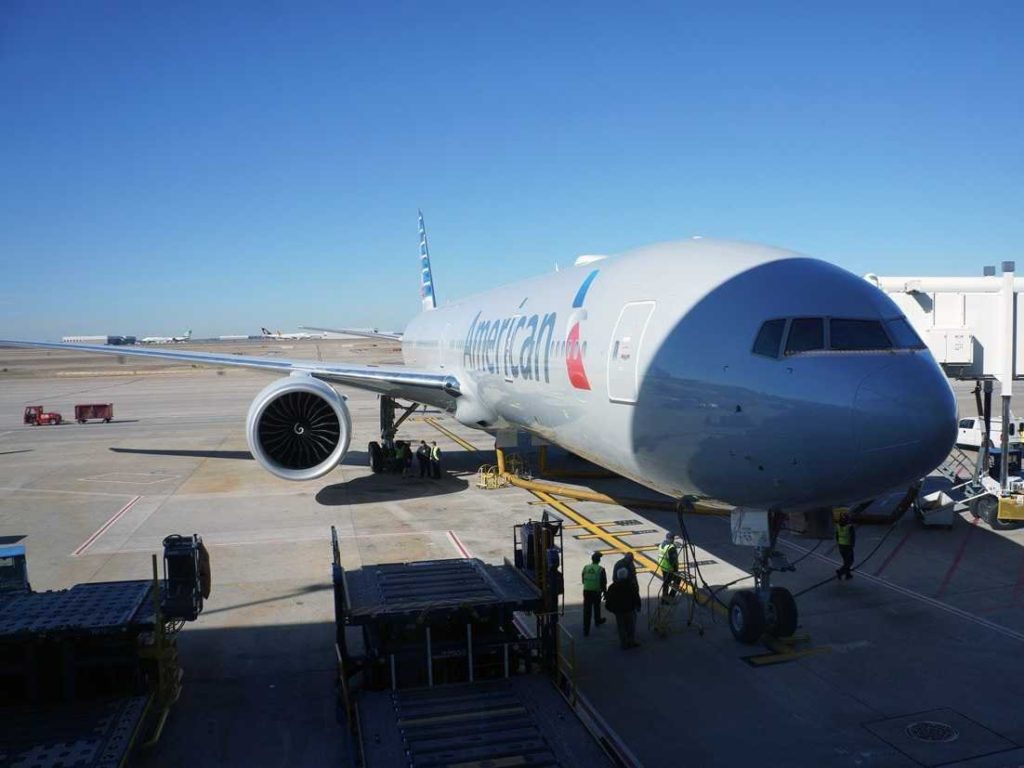



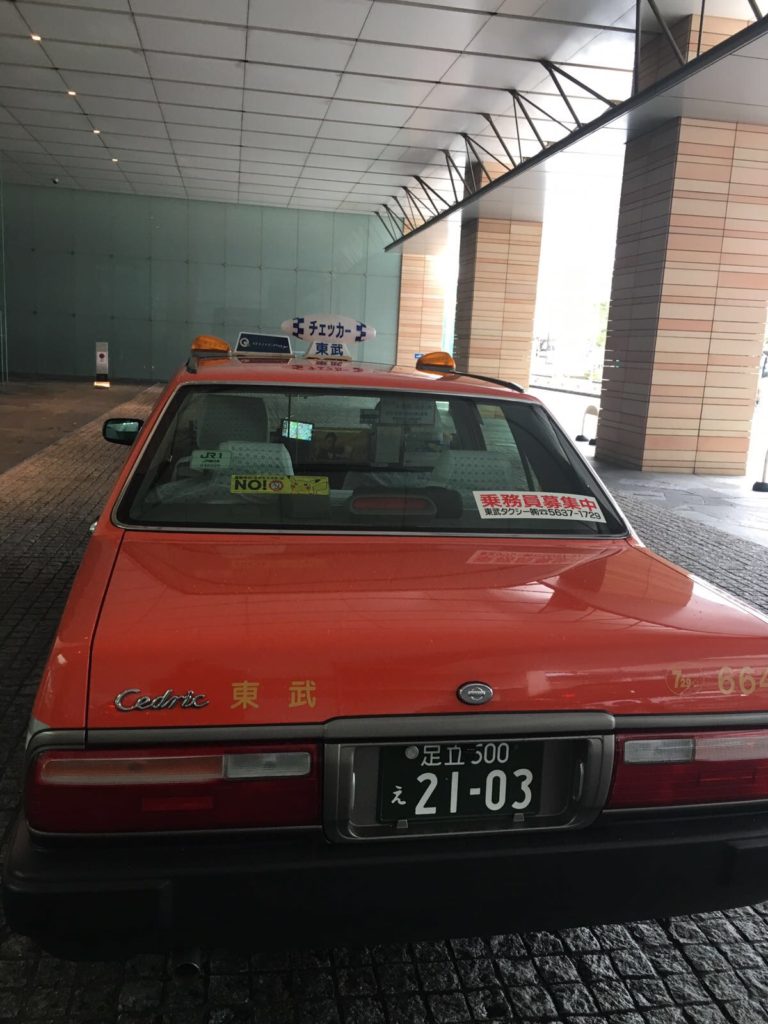
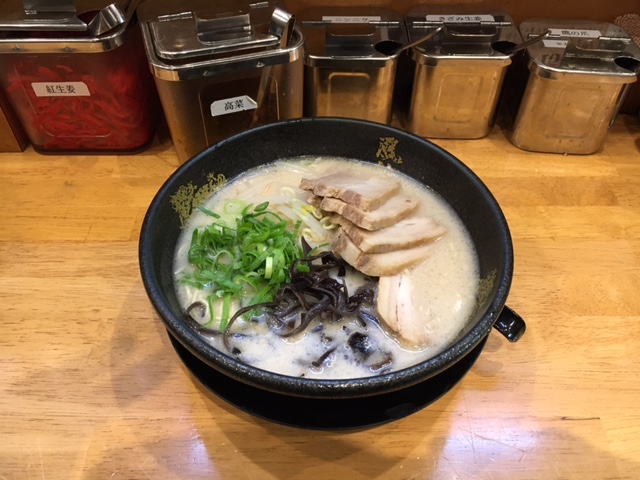


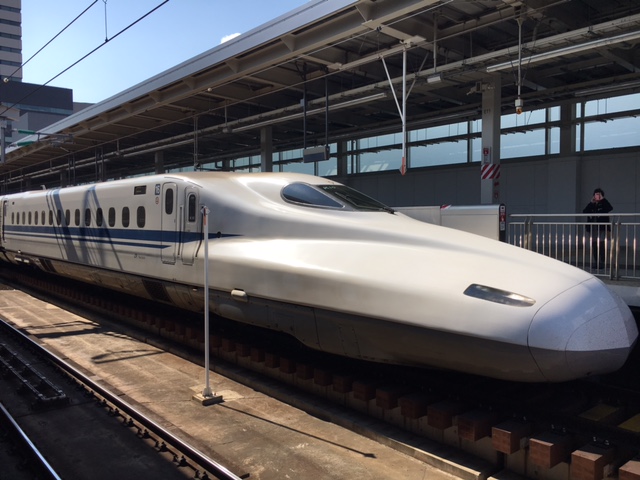

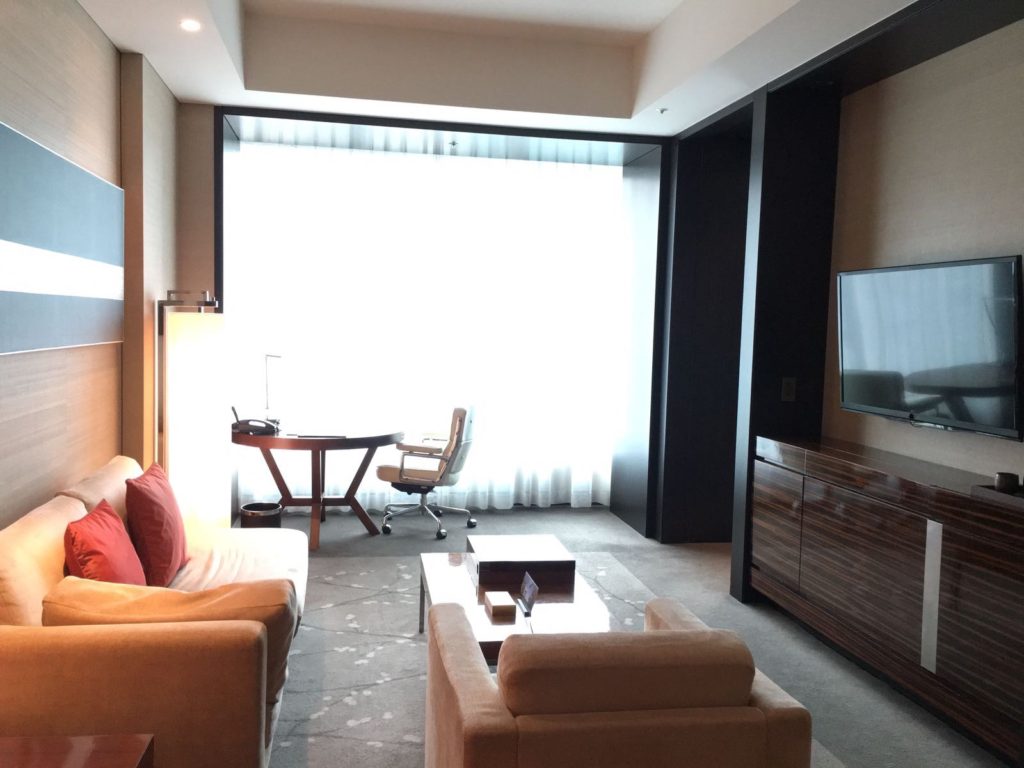
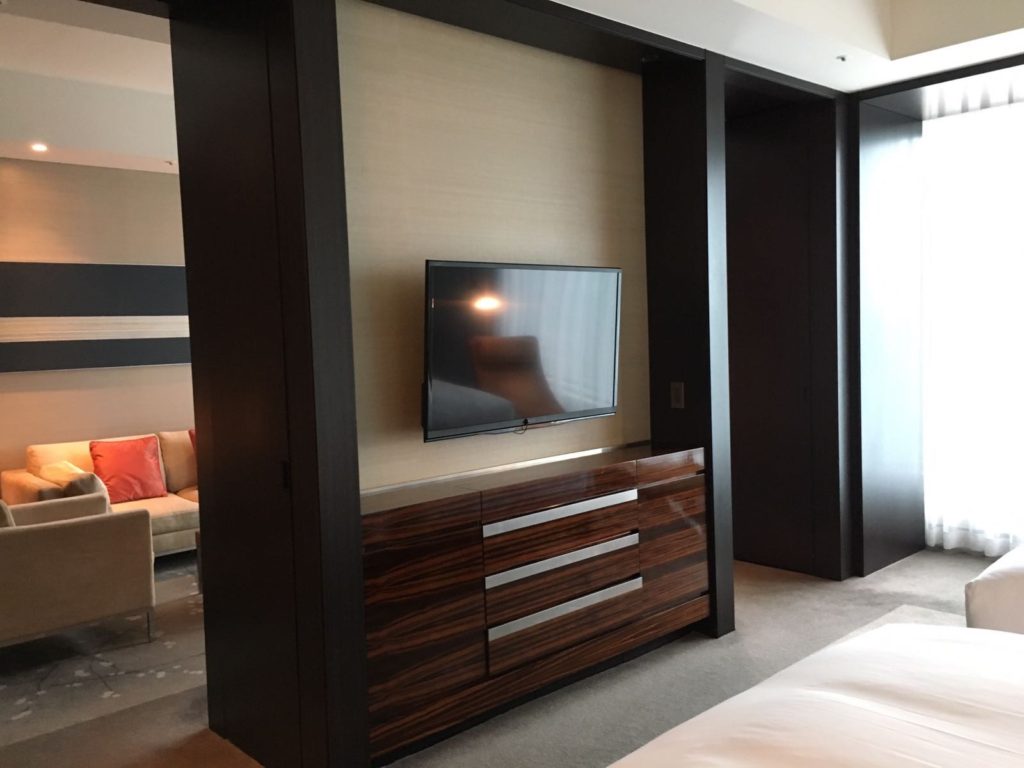
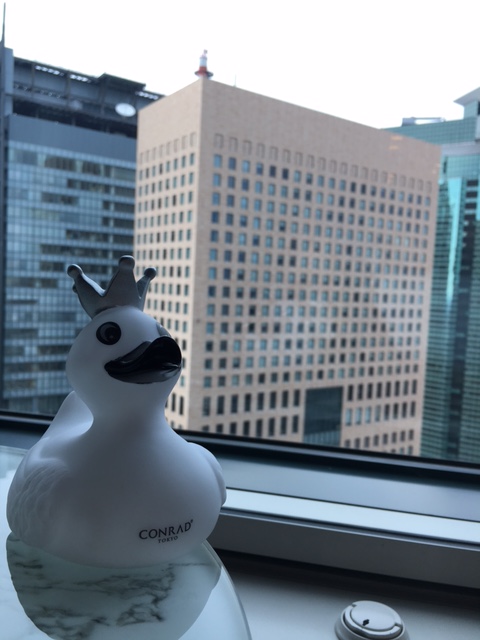
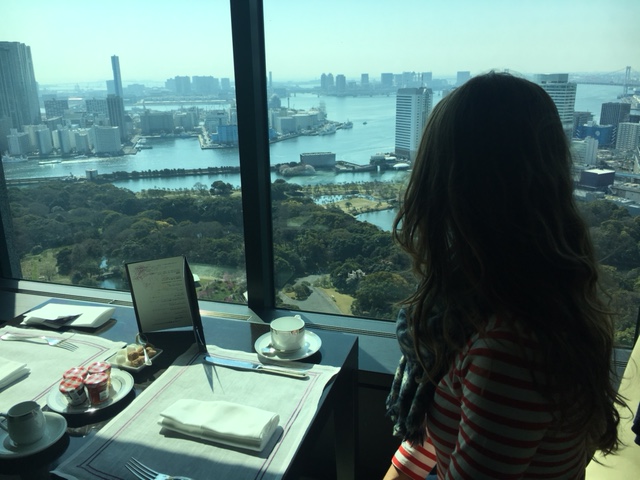
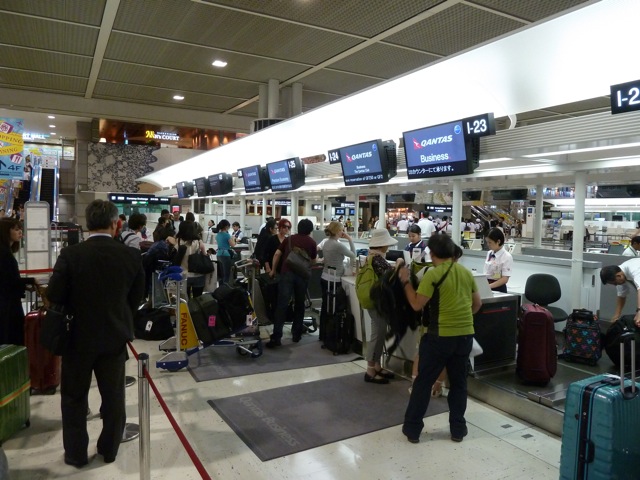
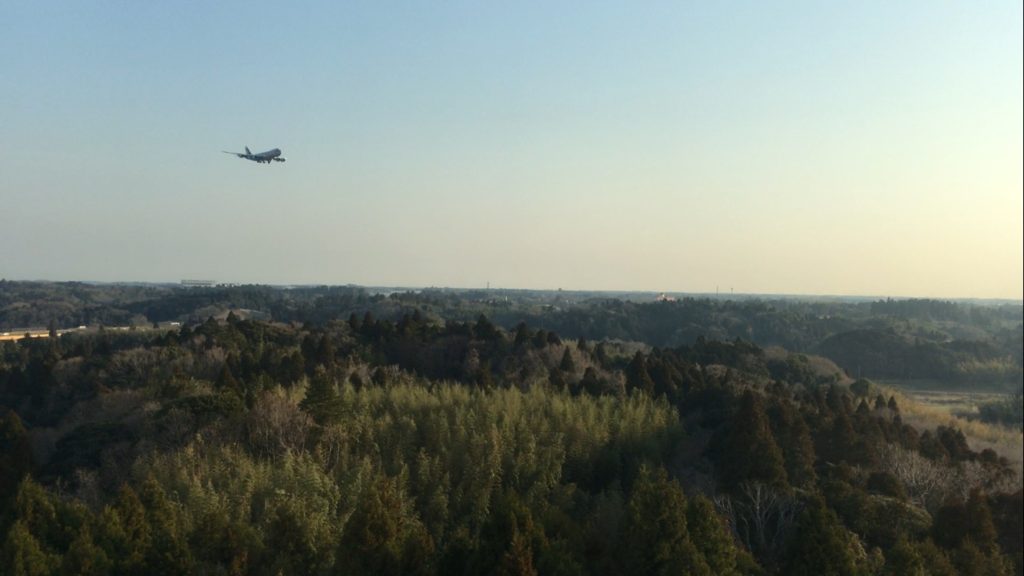
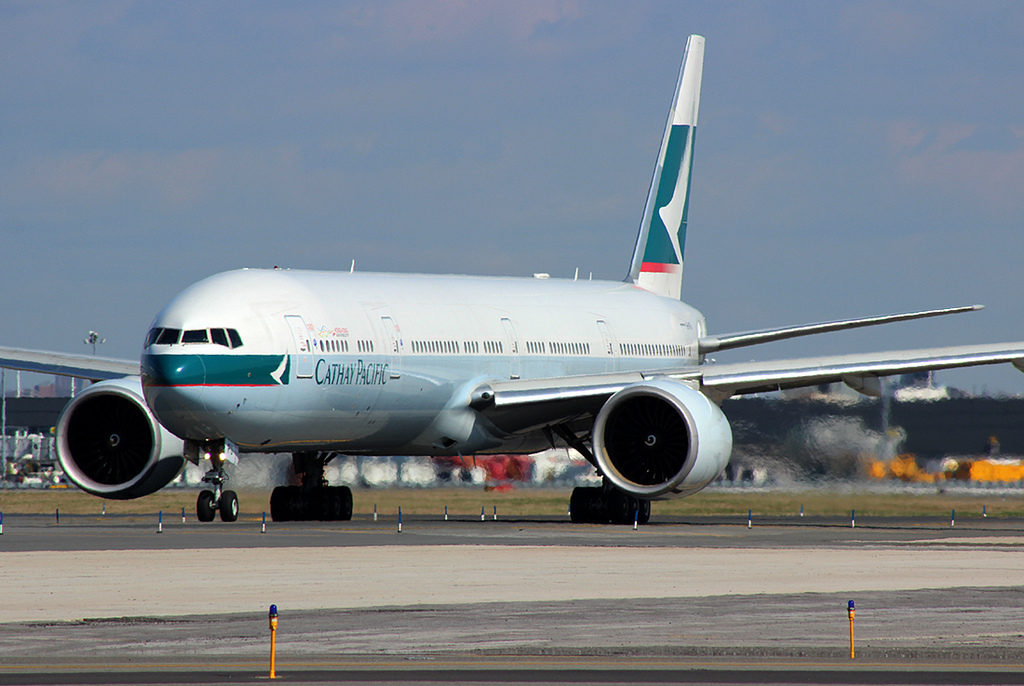
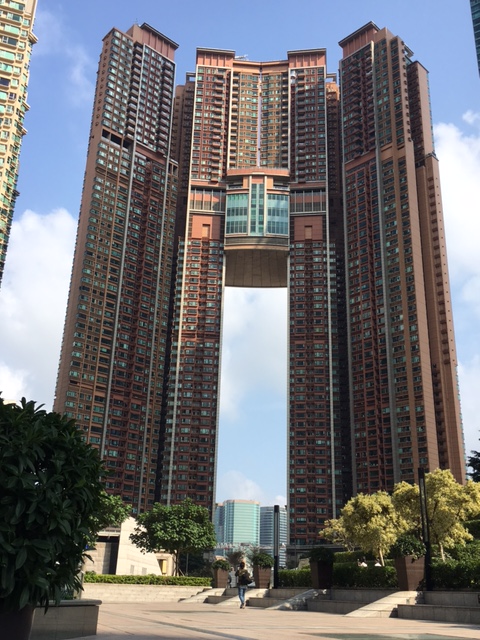

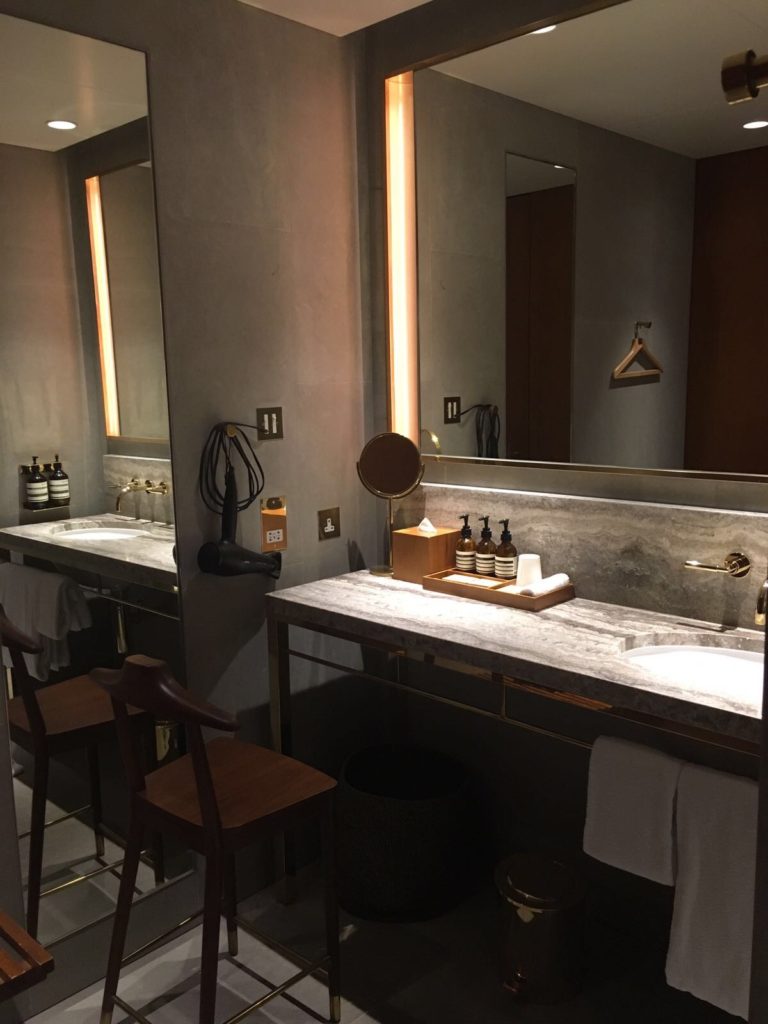
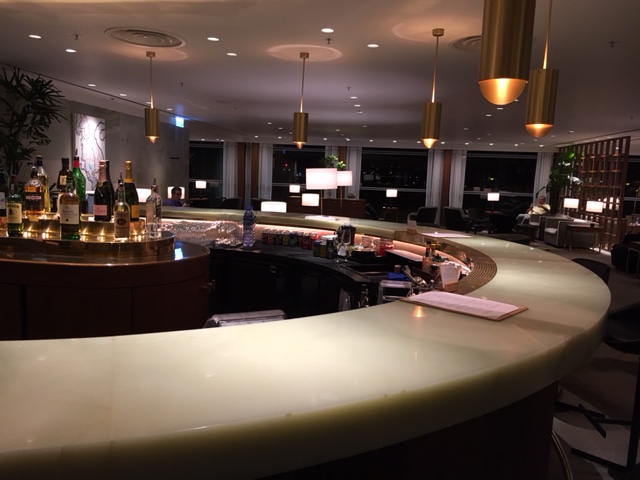
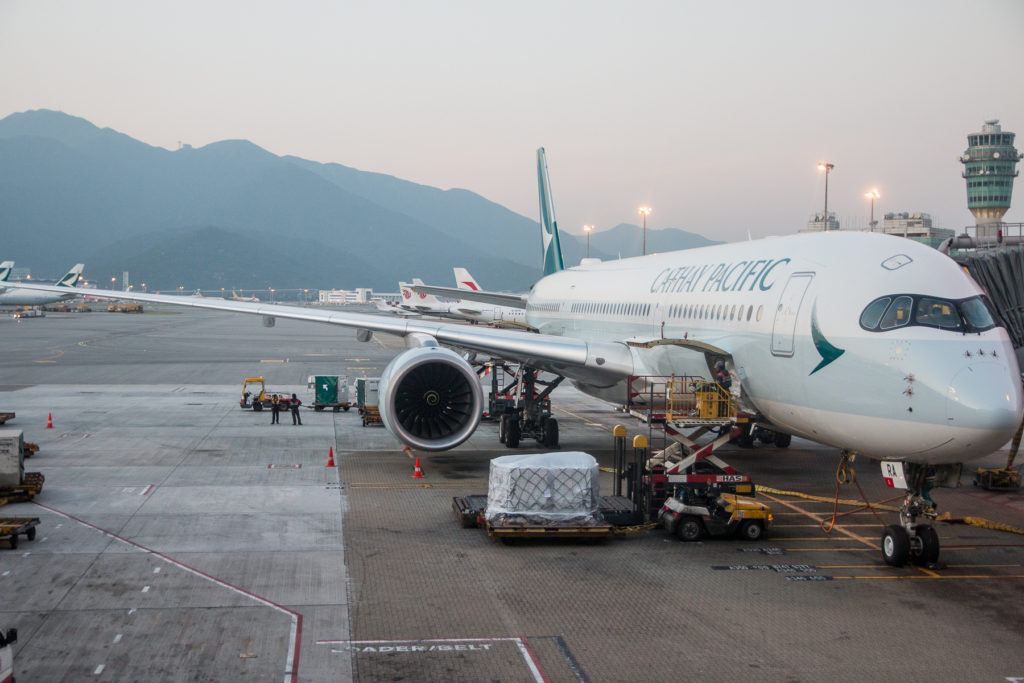
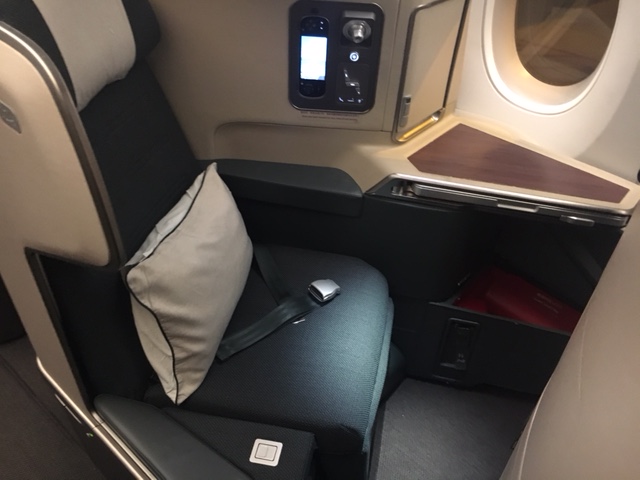
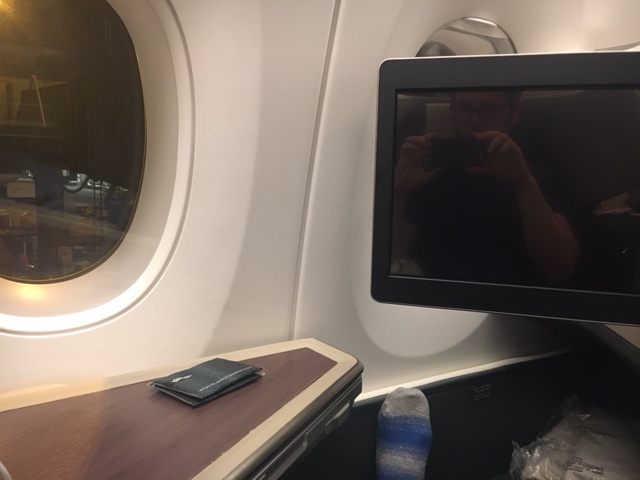
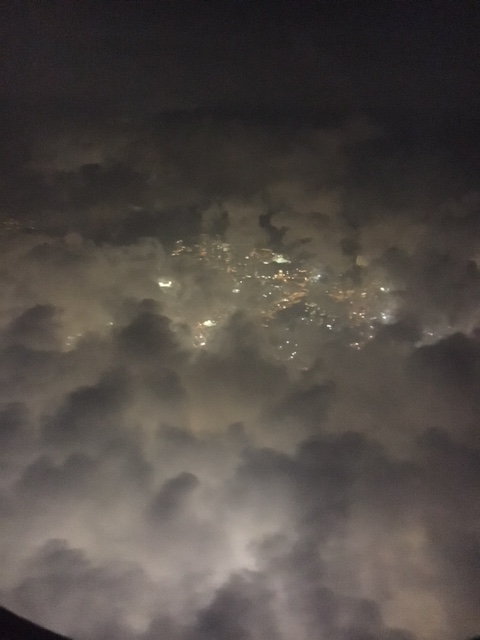
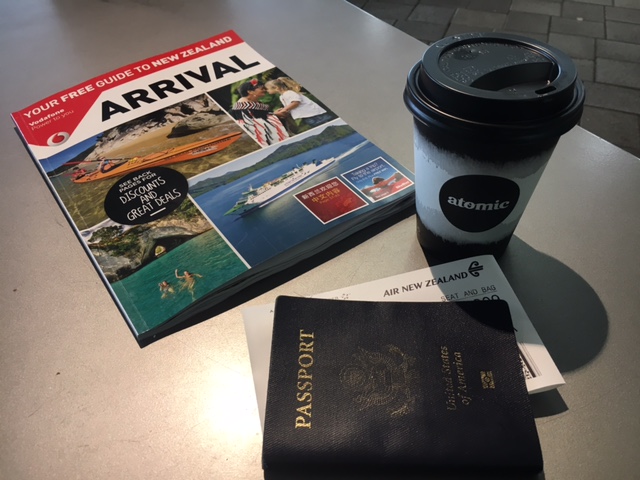
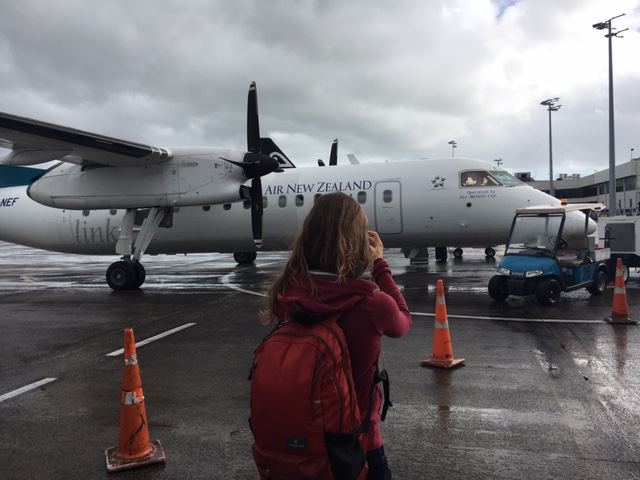

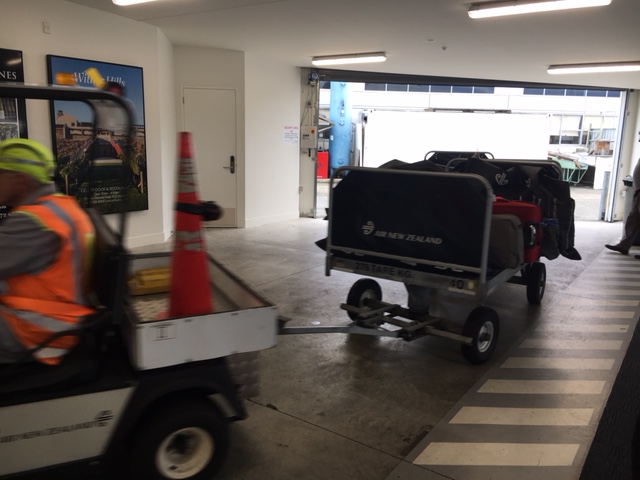

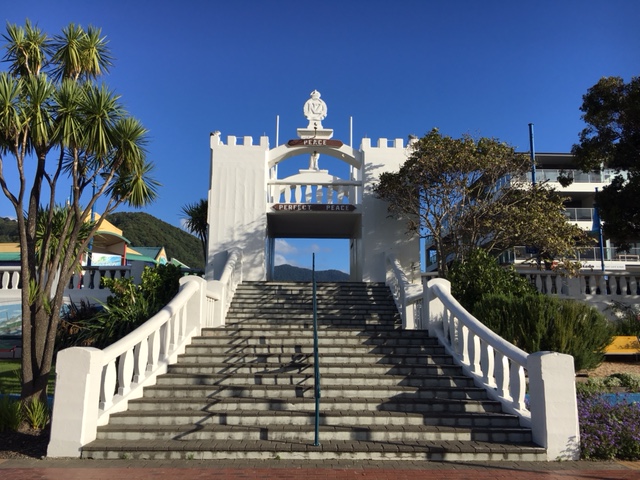
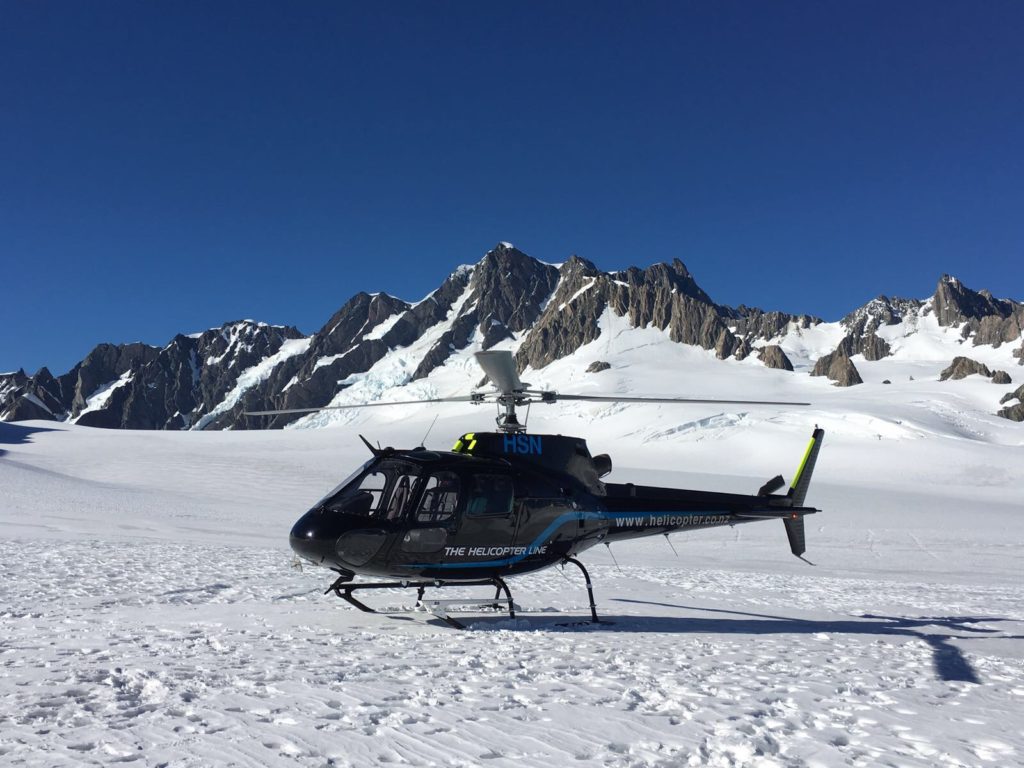



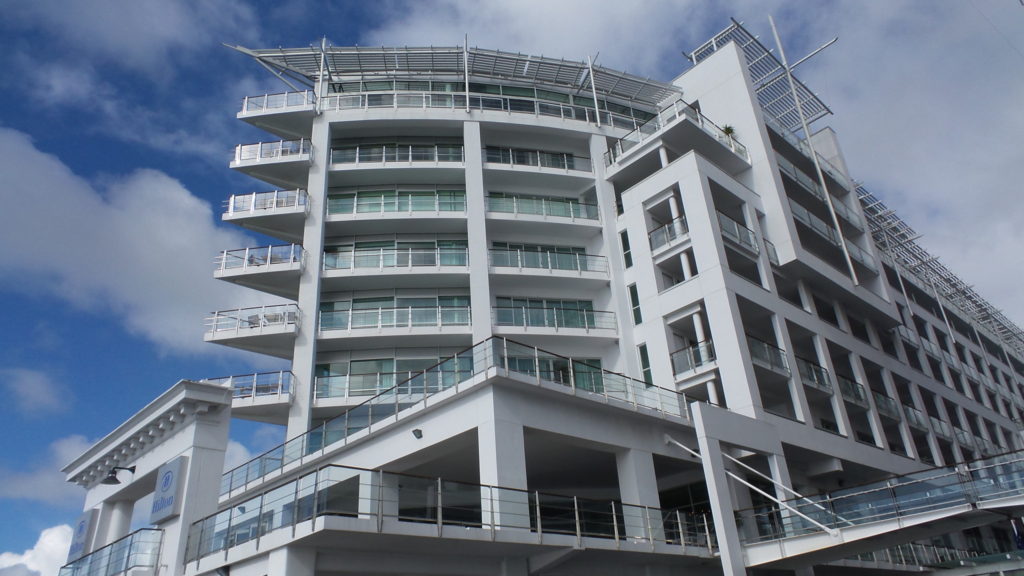
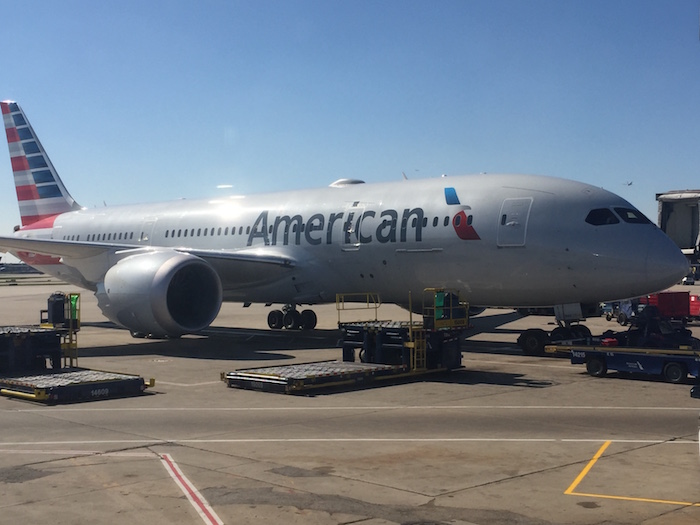
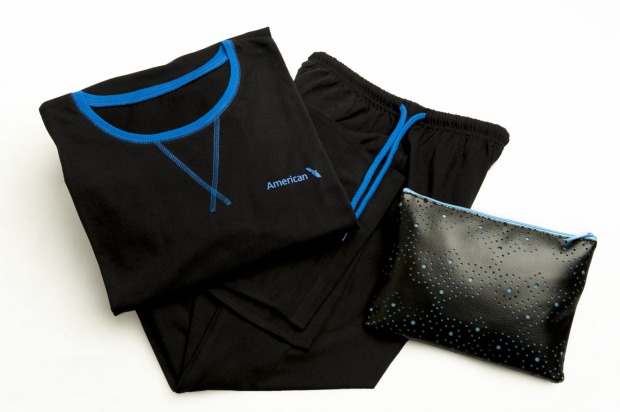
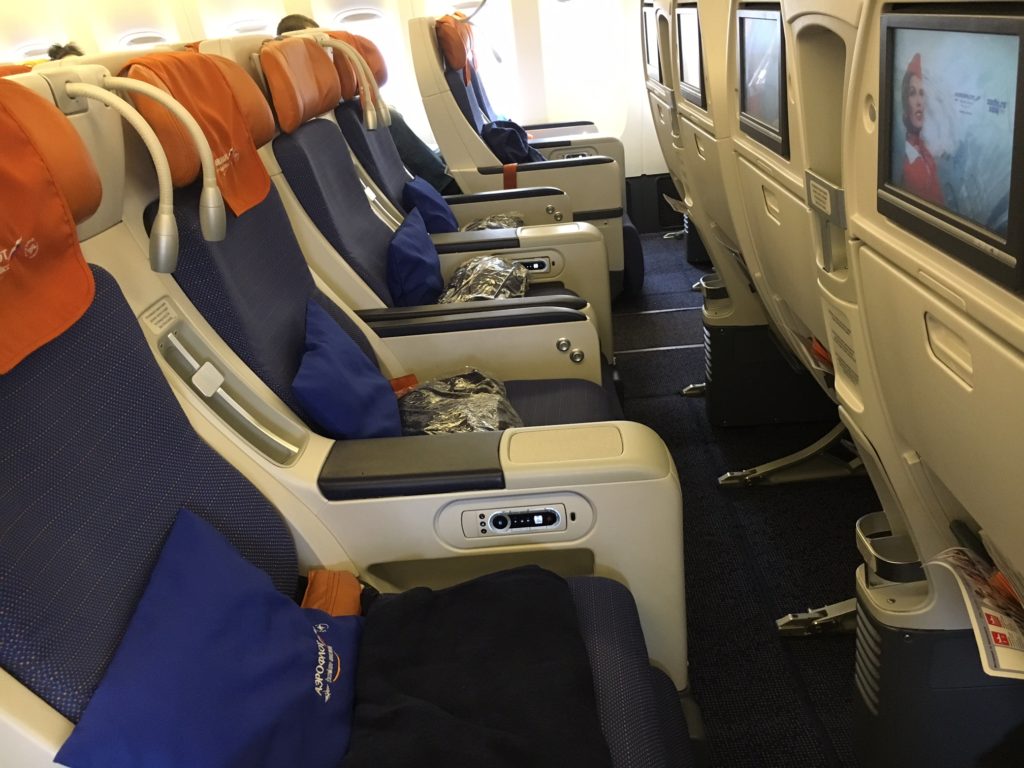
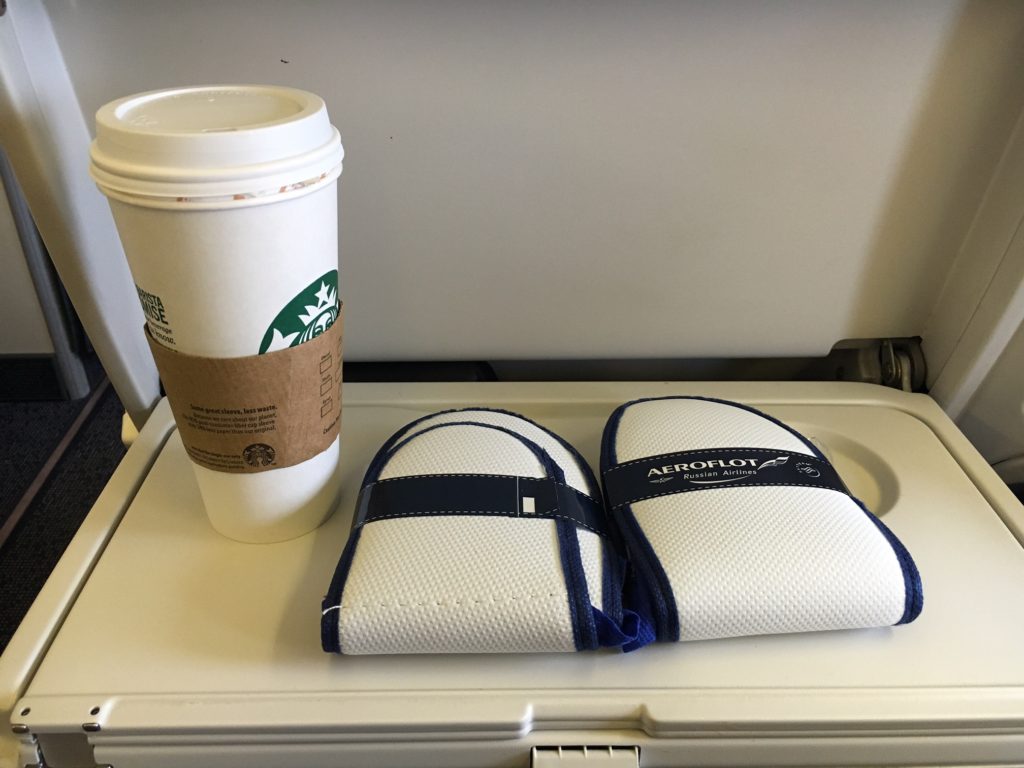
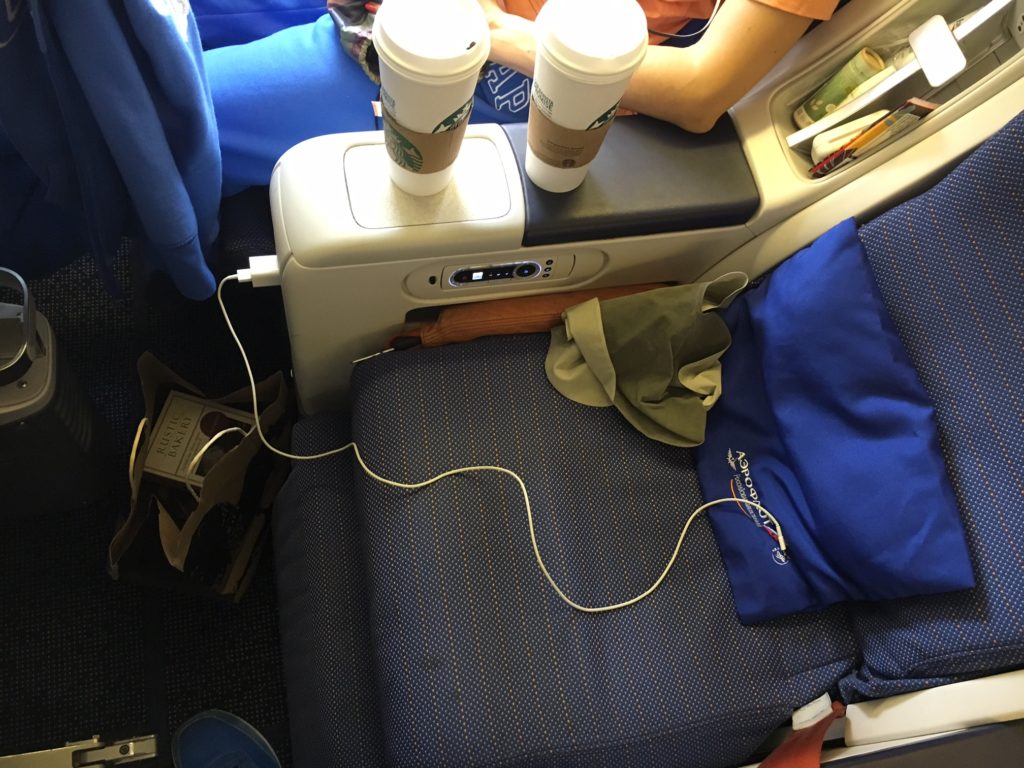
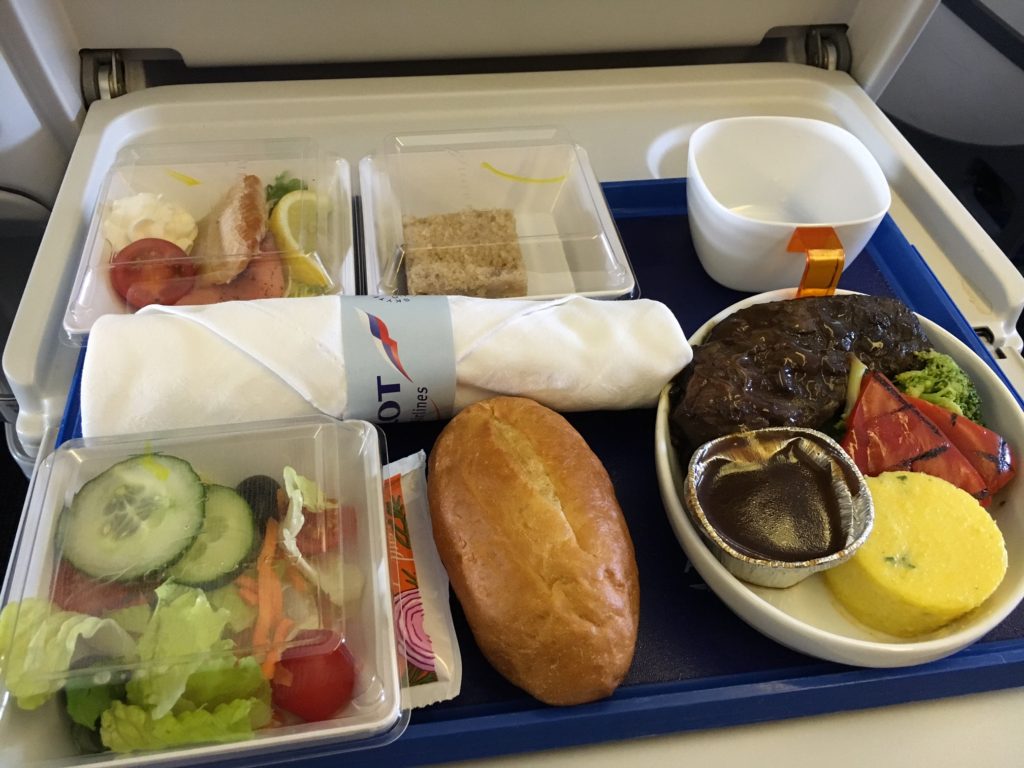
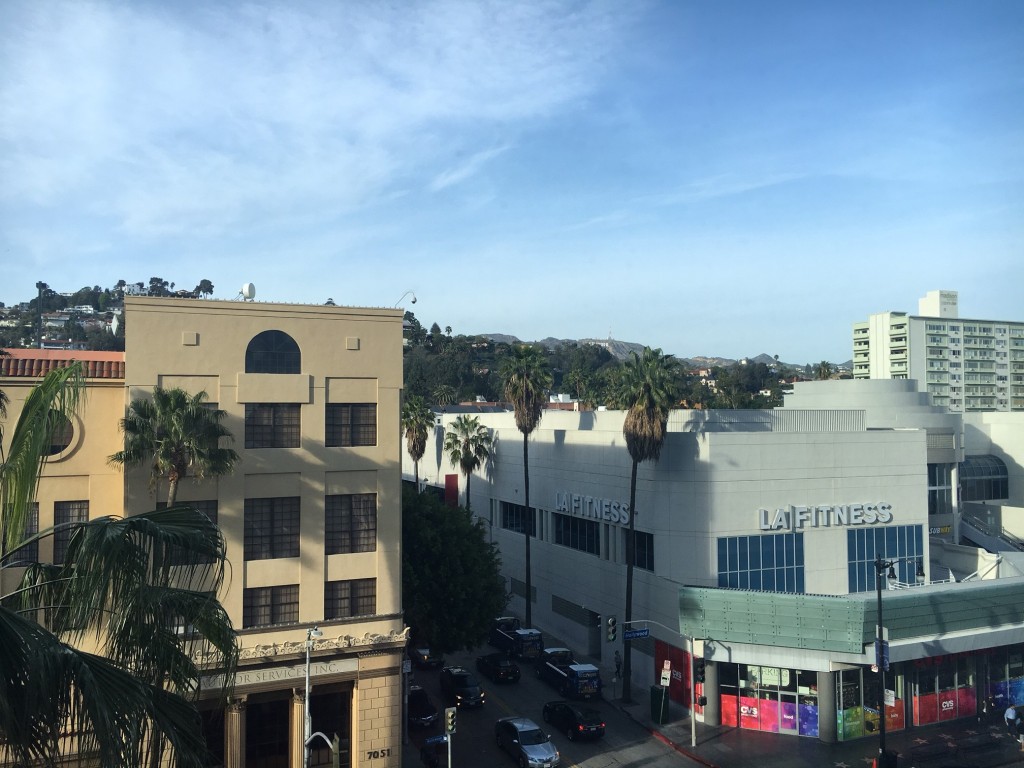
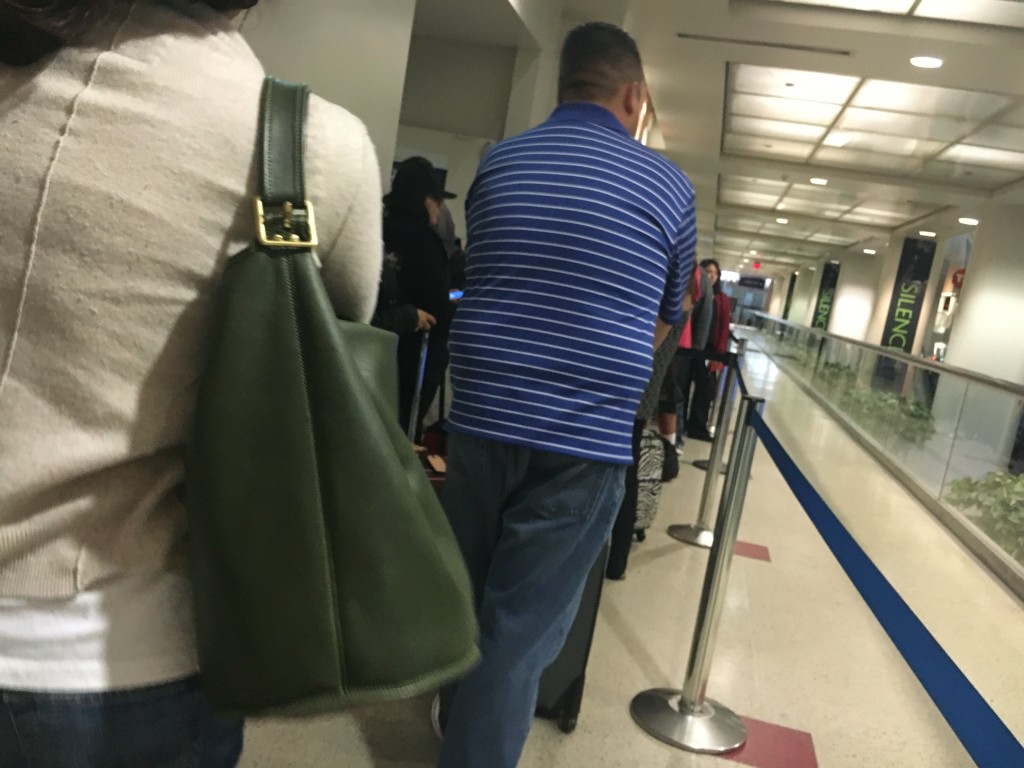
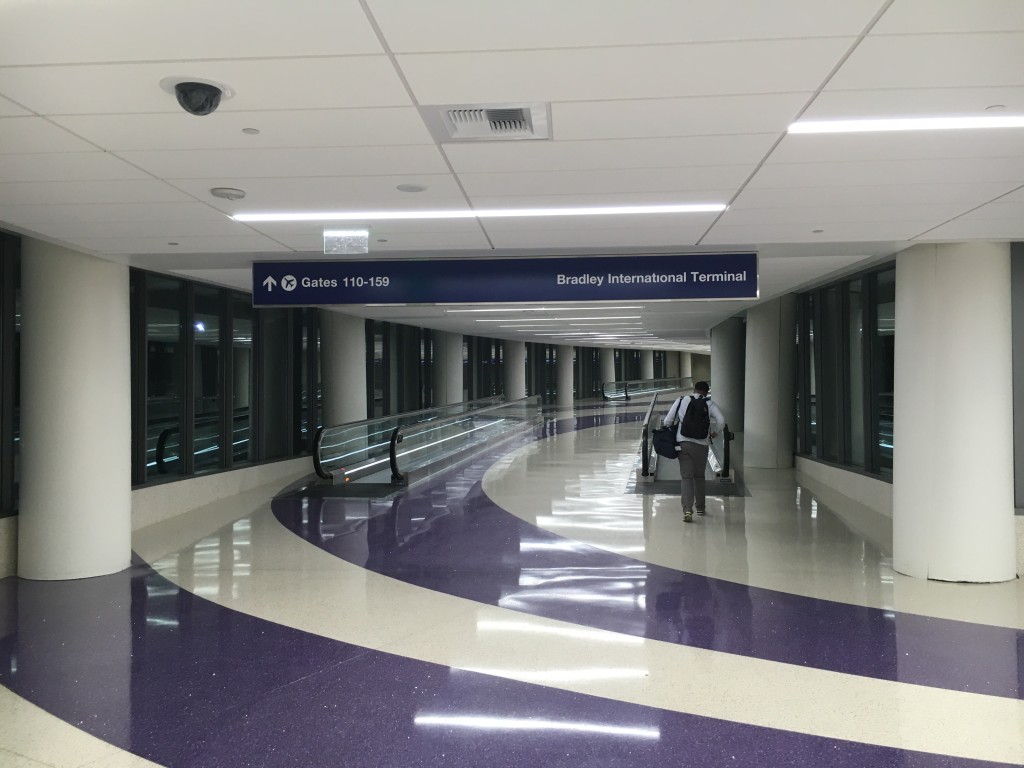
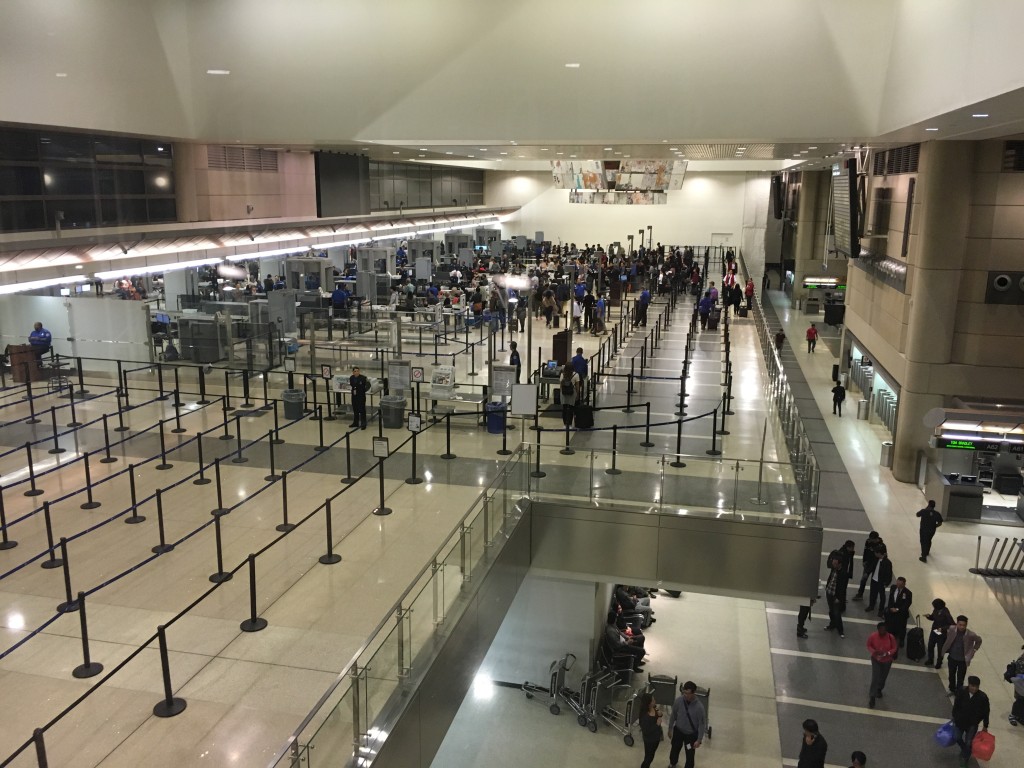
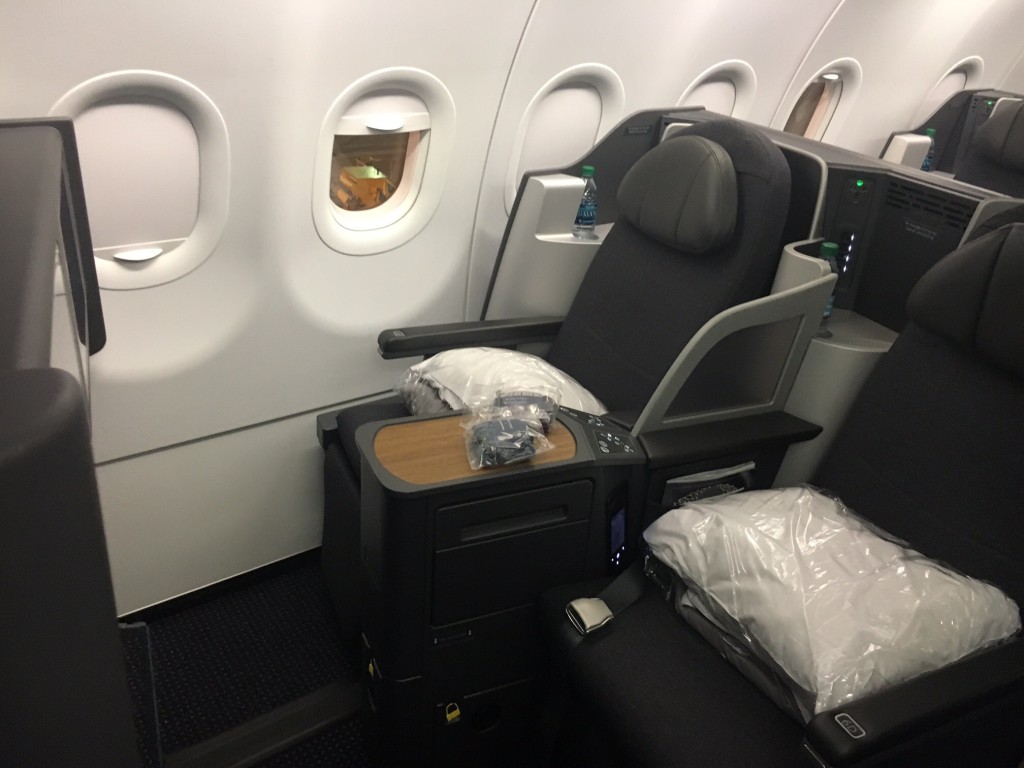
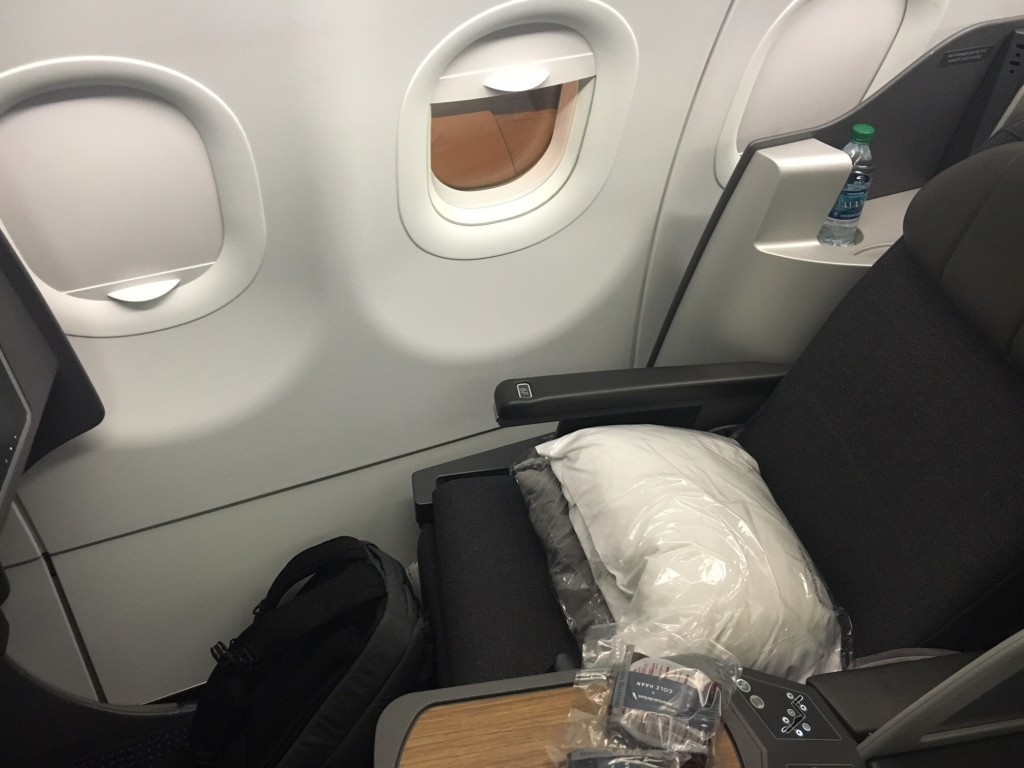 Though American doesn’t offer a true amenity kit, there is a small plastic pouch with Cole Haan (really have a hard time believing that it’s anything but a label on top of cheap off-label products) socks and eye shade. The FA, who can pass as Karl Rove, also passed out Bose noise-canceling headphones with a stern reminder that he will collect them or else he’ll investigate you like he investigated Hillary and Bill! Also, does anyone notice that the FA’s name (the one on the screen) is Barbie?
Though American doesn’t offer a true amenity kit, there is a small plastic pouch with Cole Haan (really have a hard time believing that it’s anything but a label on top of cheap off-label products) socks and eye shade. The FA, who can pass as Karl Rove, also passed out Bose noise-canceling headphones with a stern reminder that he will collect them or else he’ll investigate you like he investigated Hillary and Bill! Also, does anyone notice that the FA’s name (the one on the screen) is Barbie?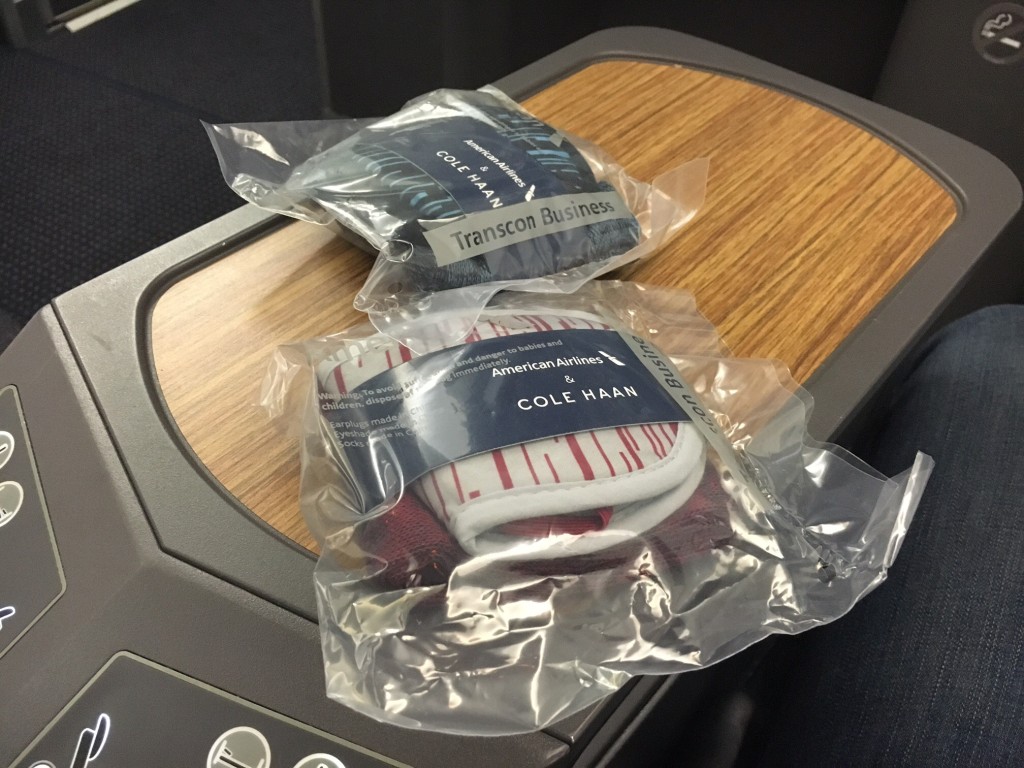
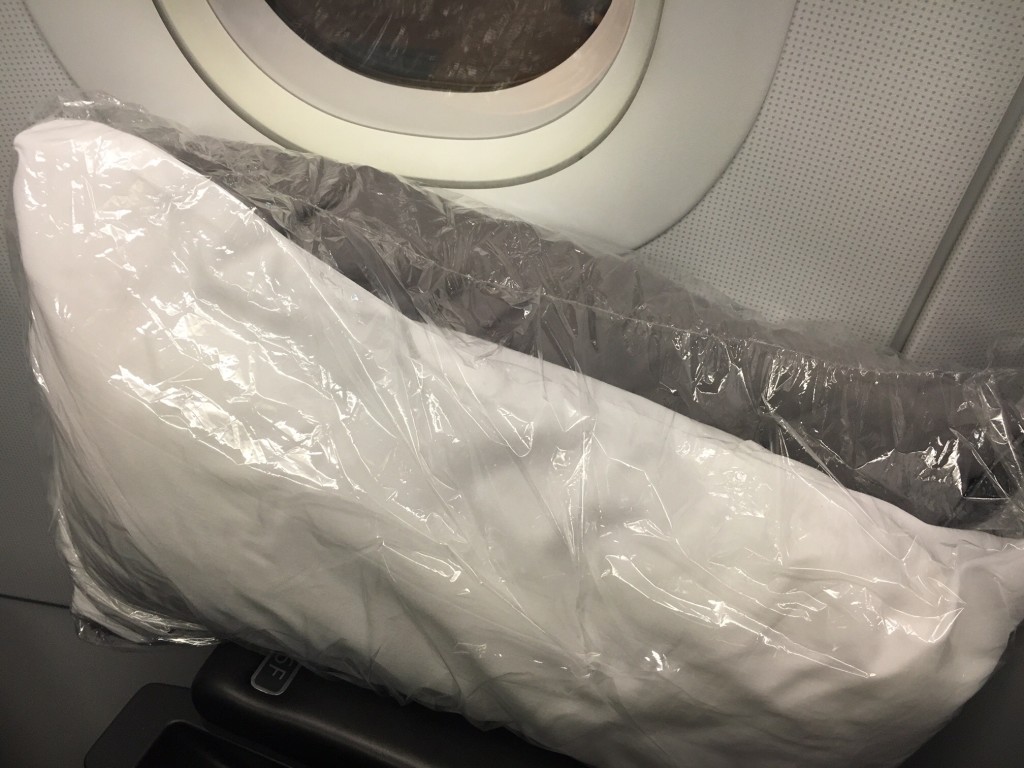
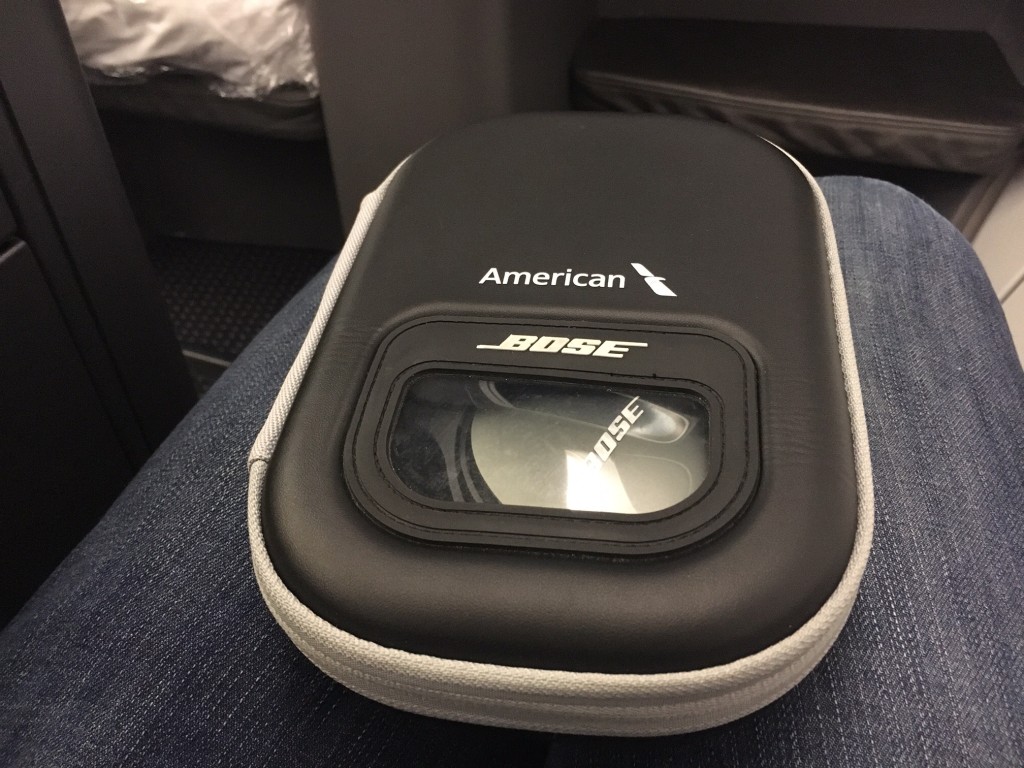
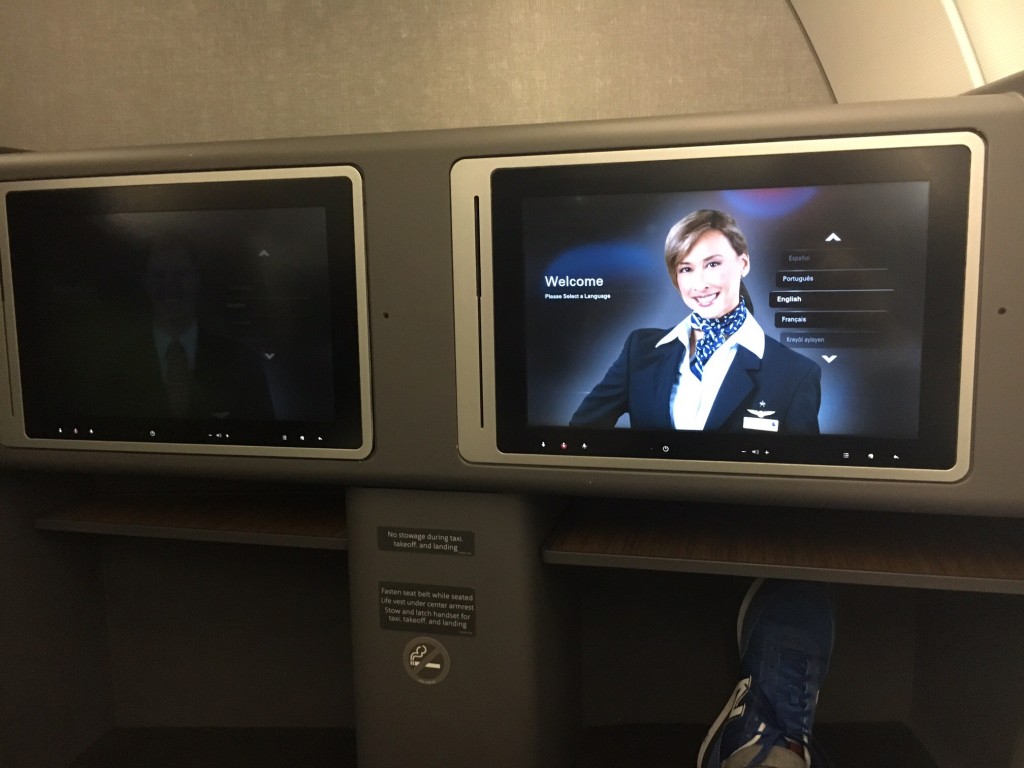
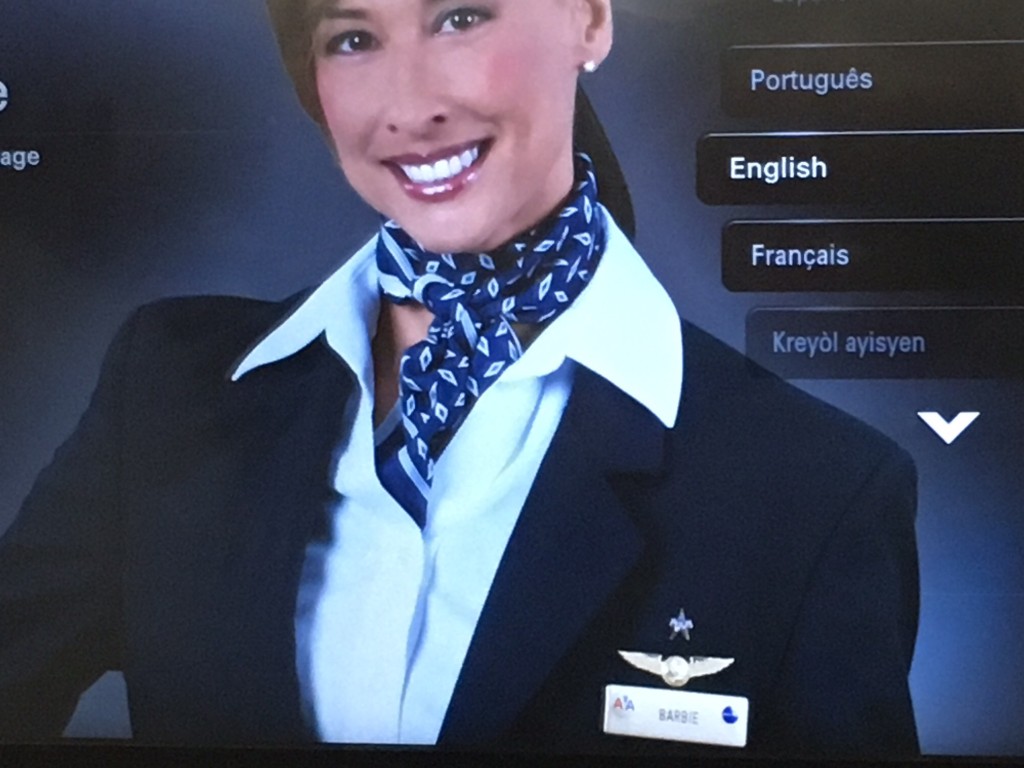
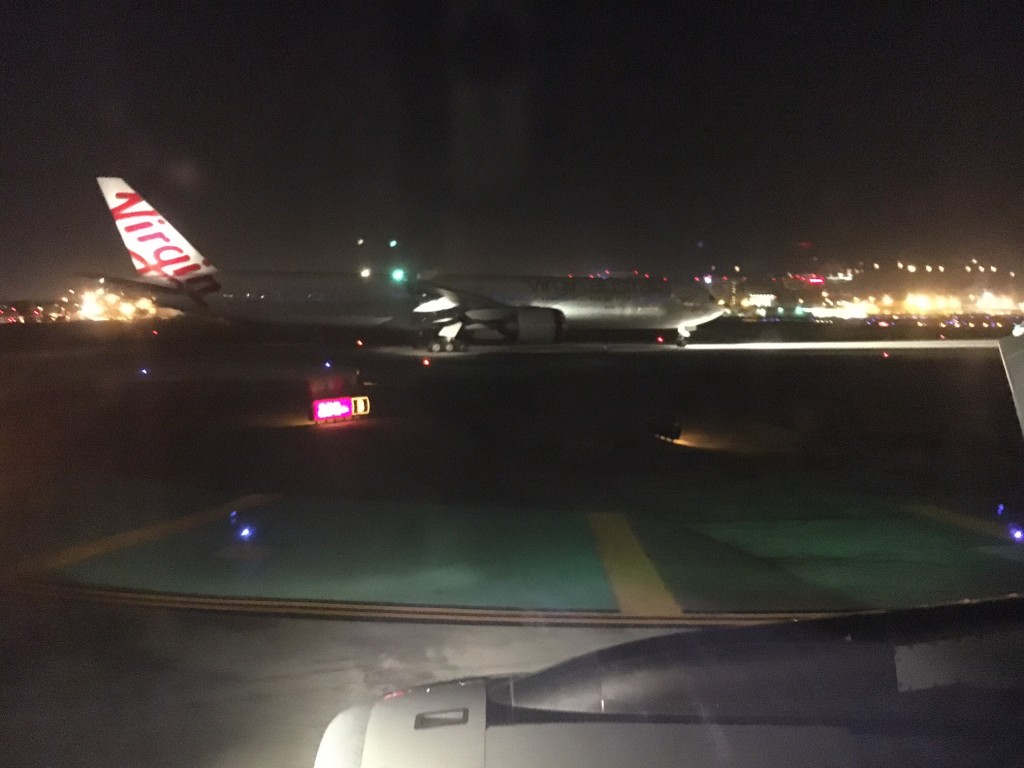
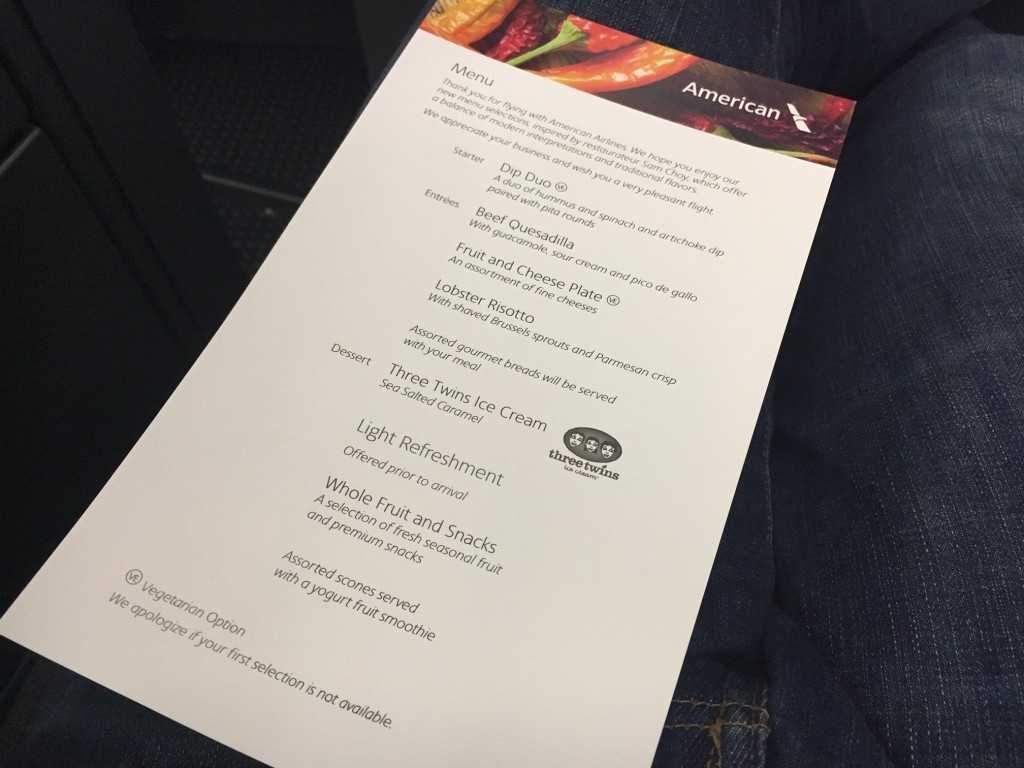
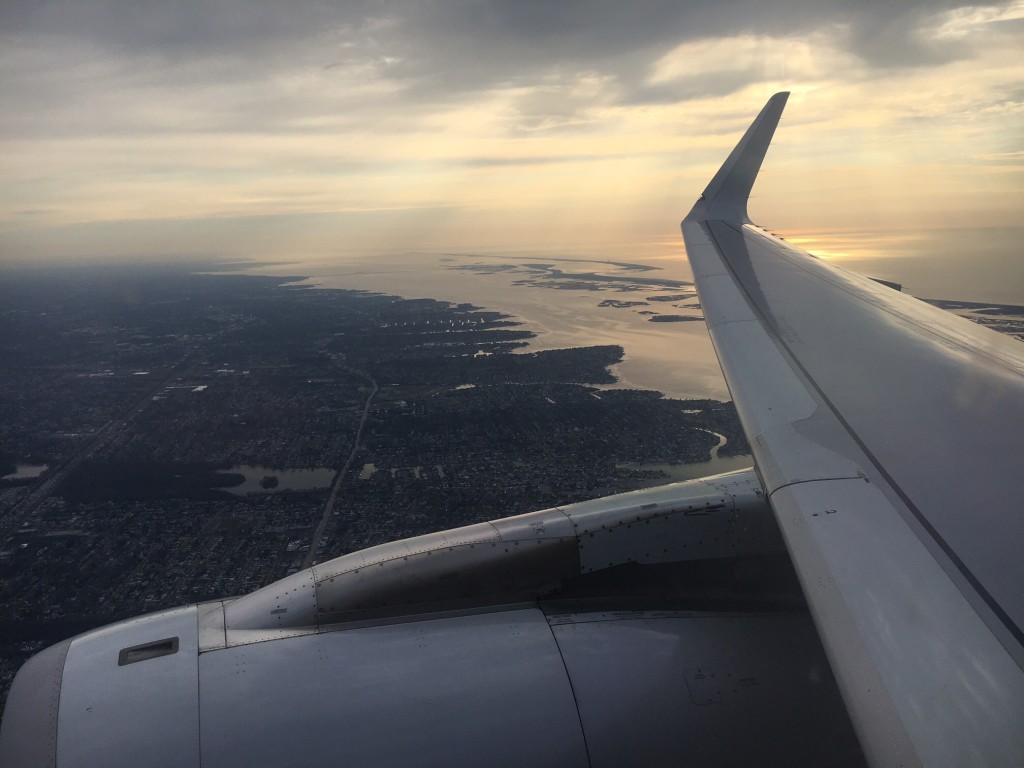
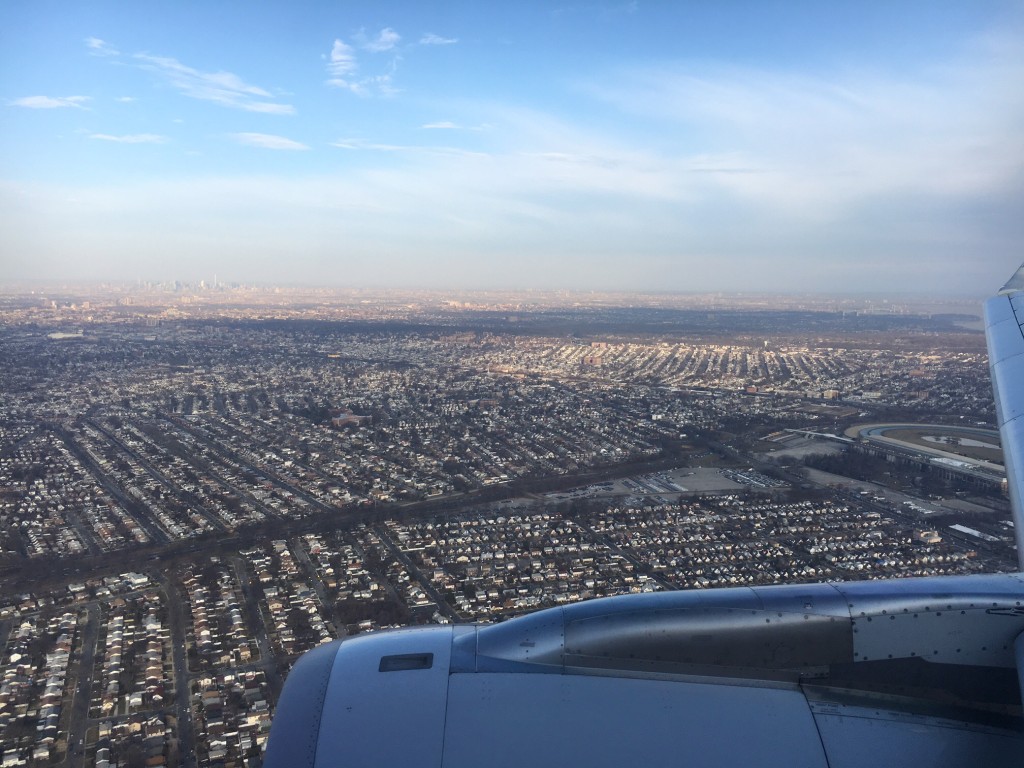
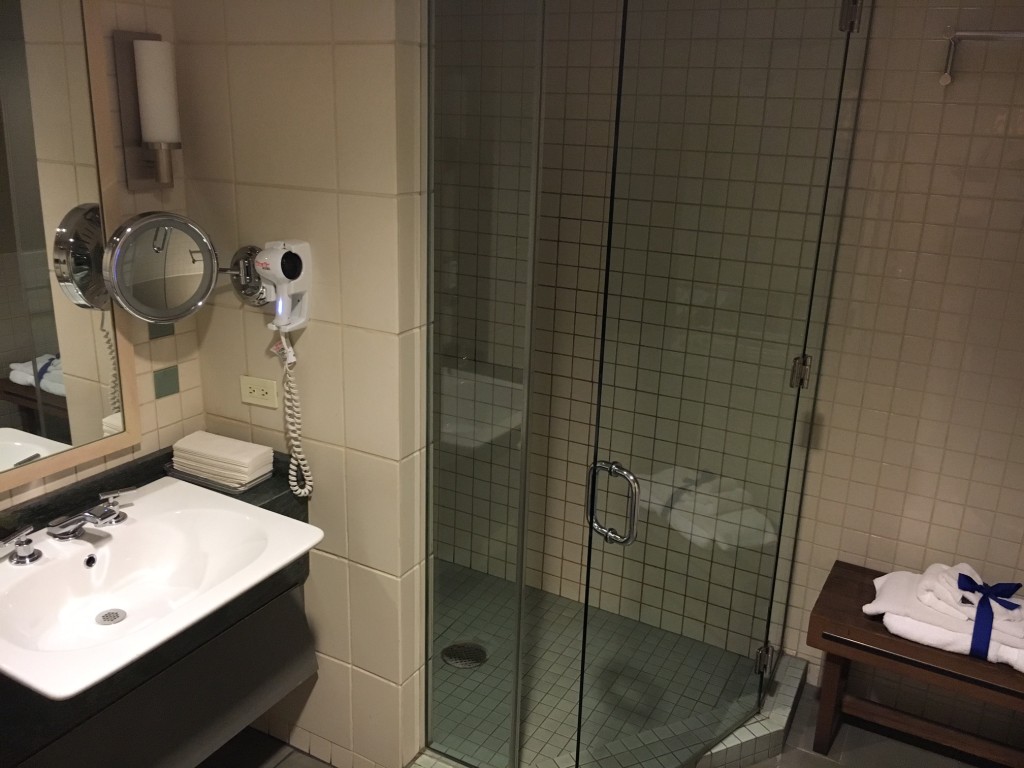
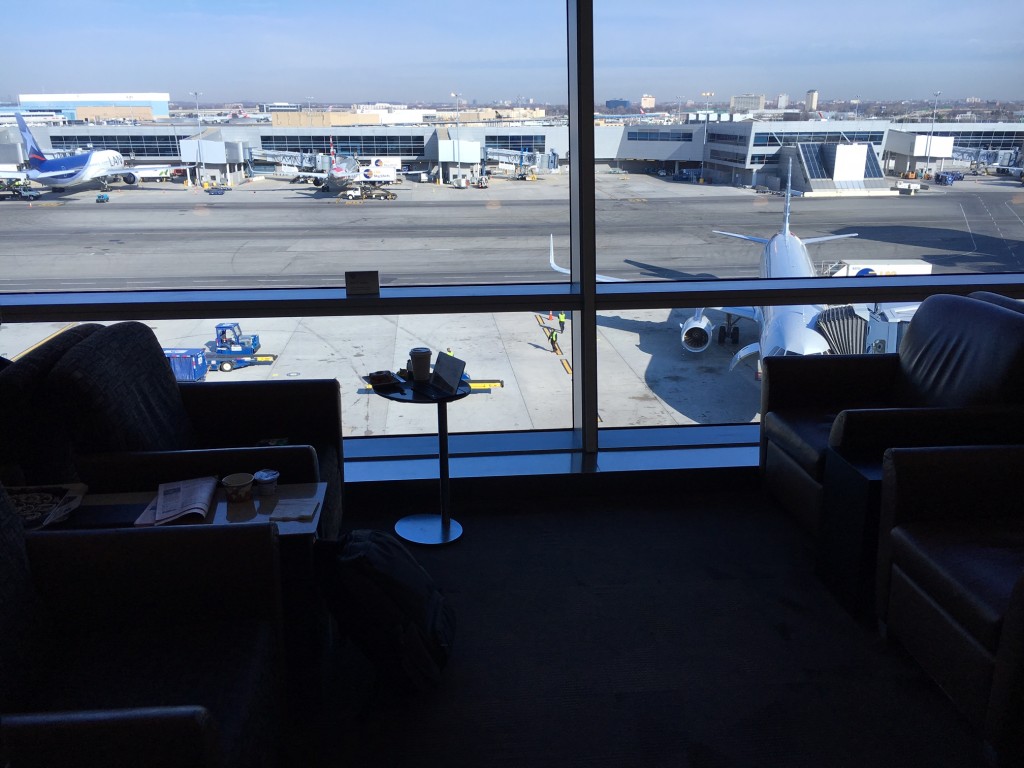
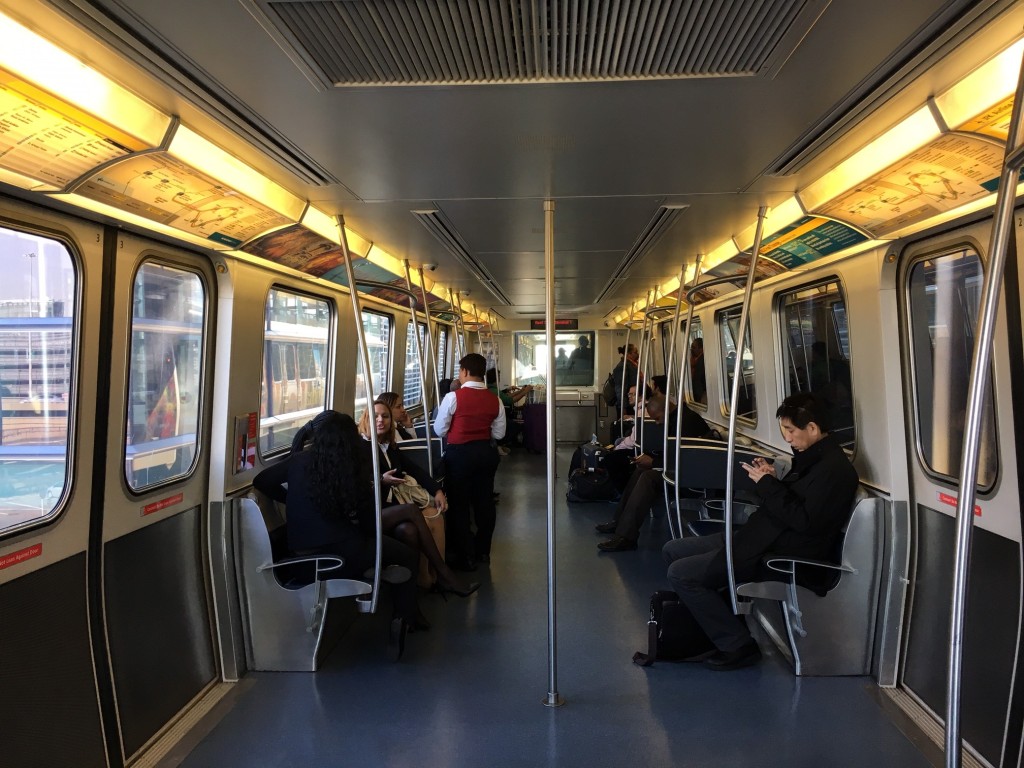
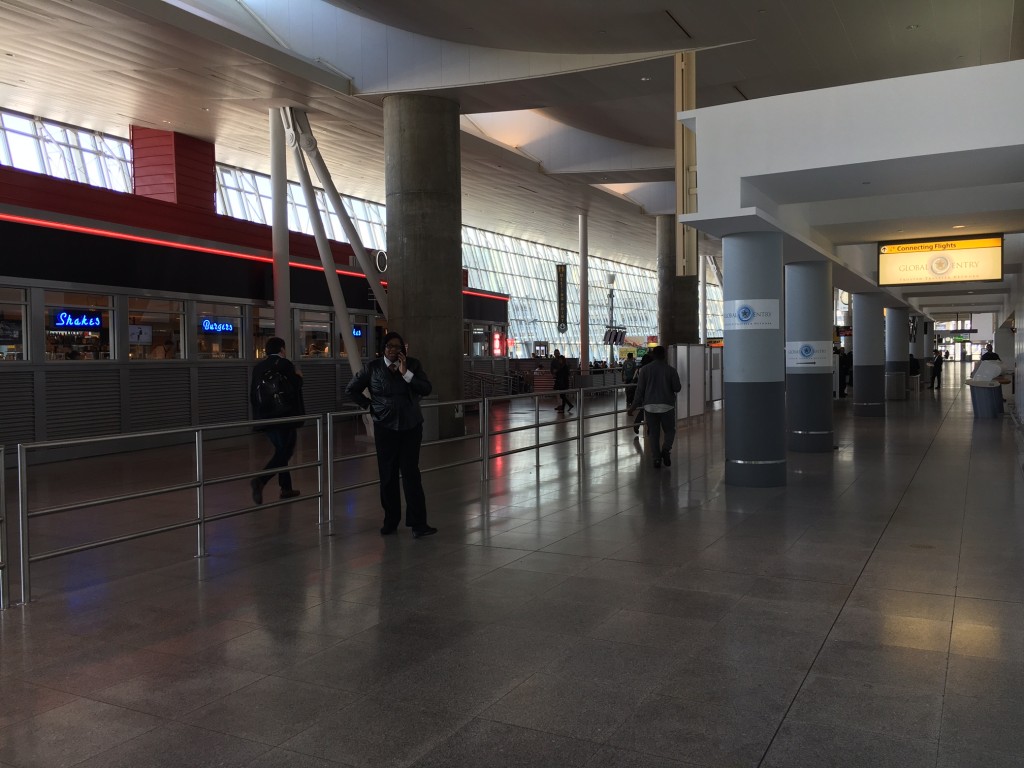
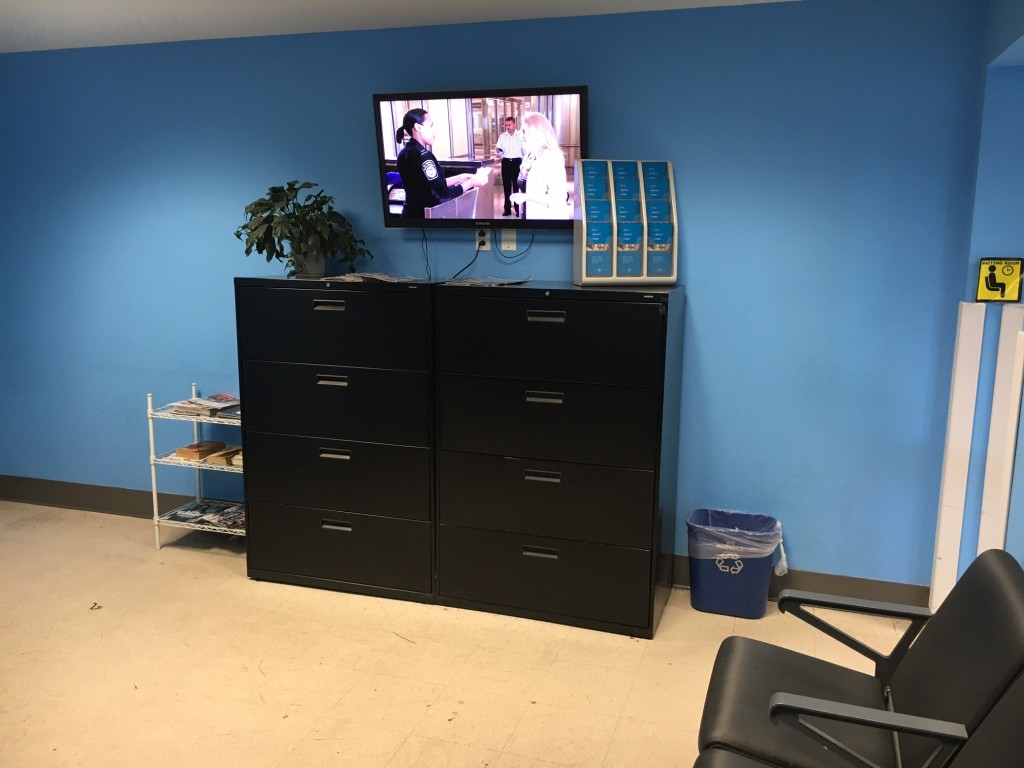
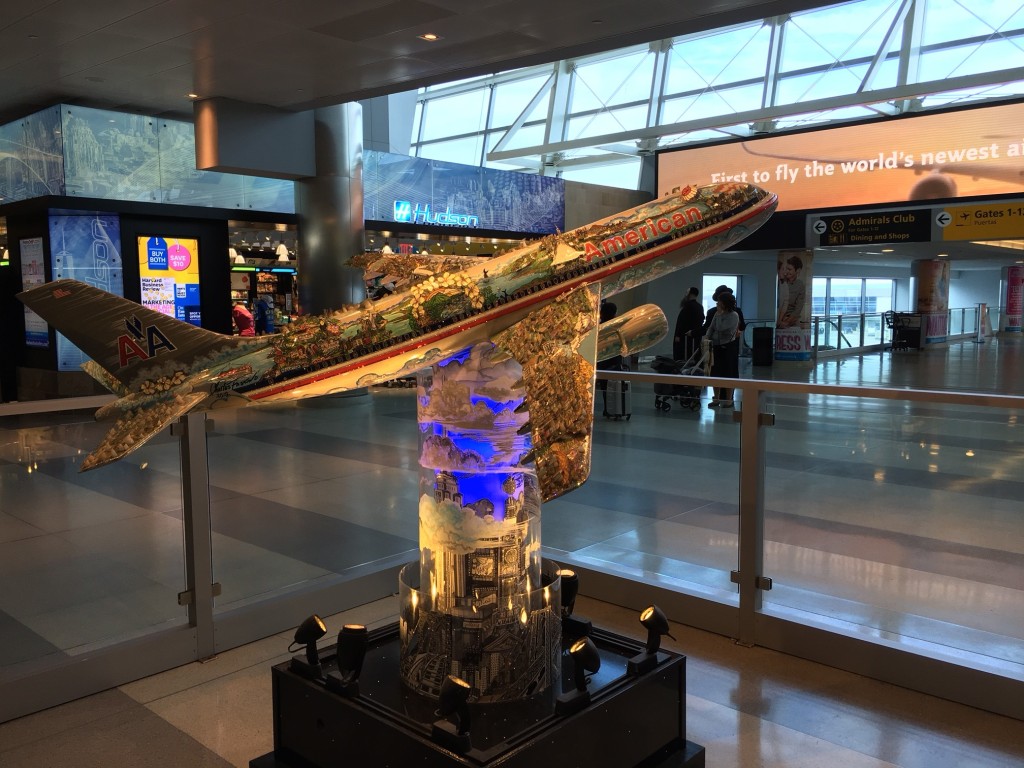
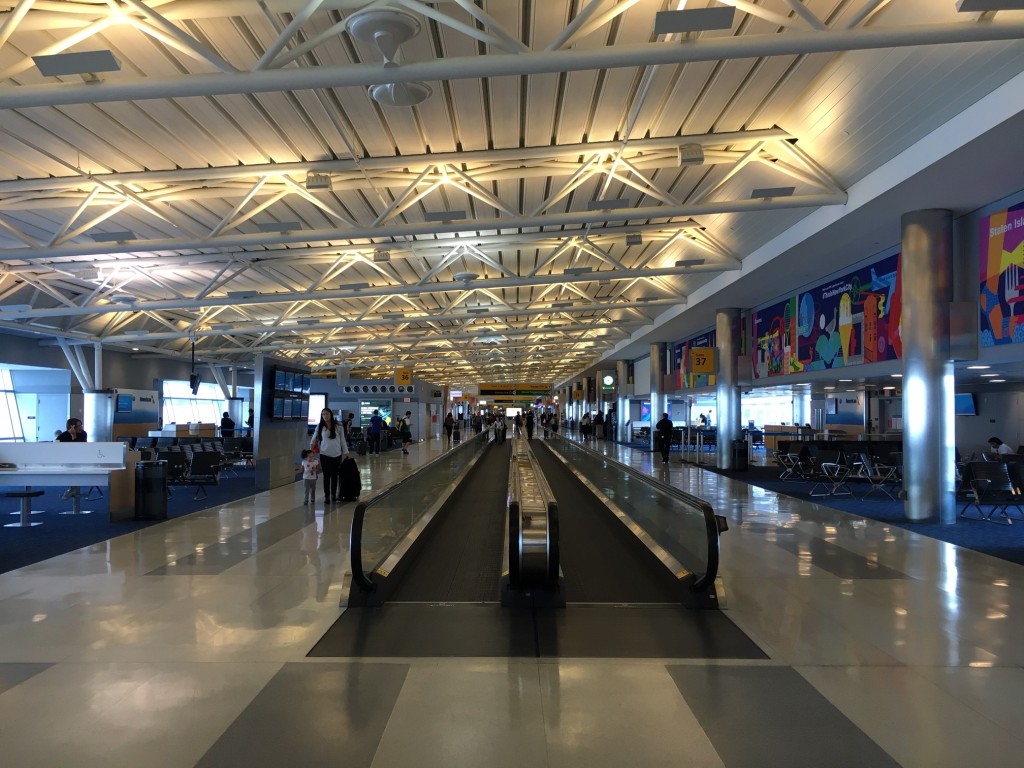
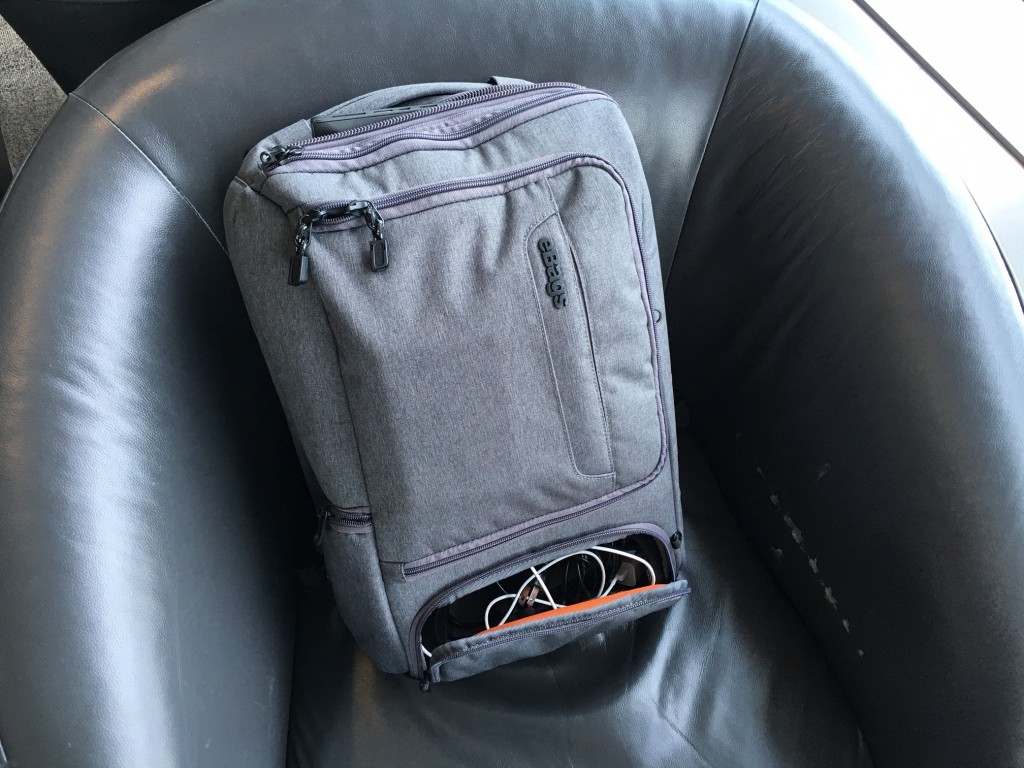
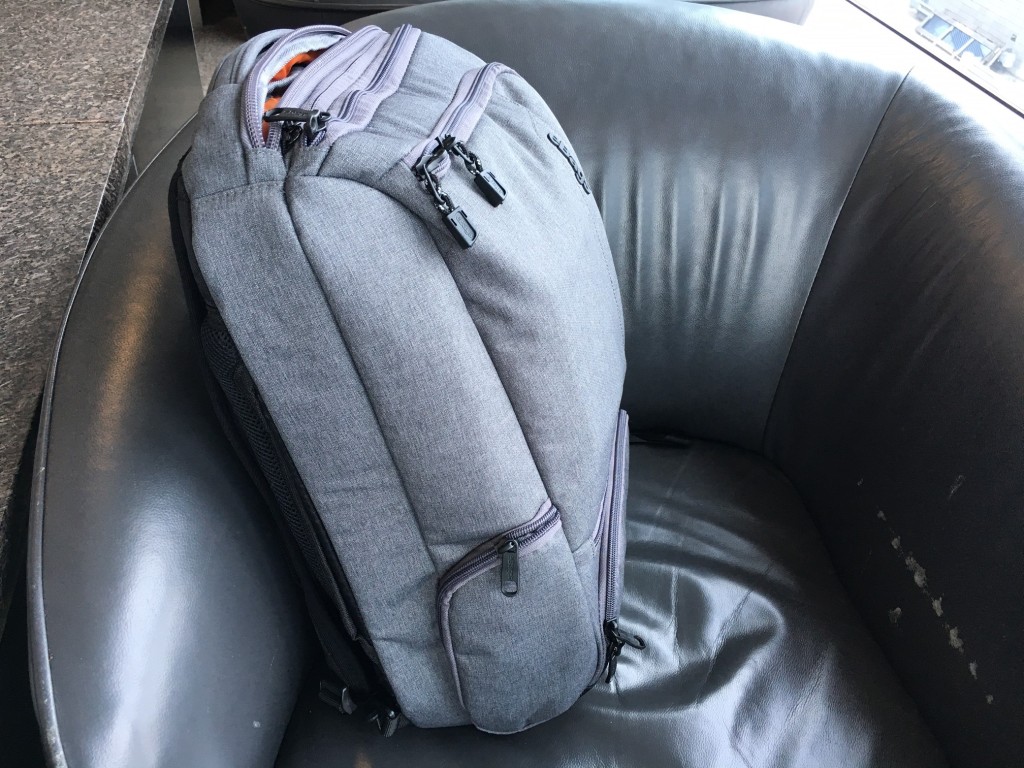
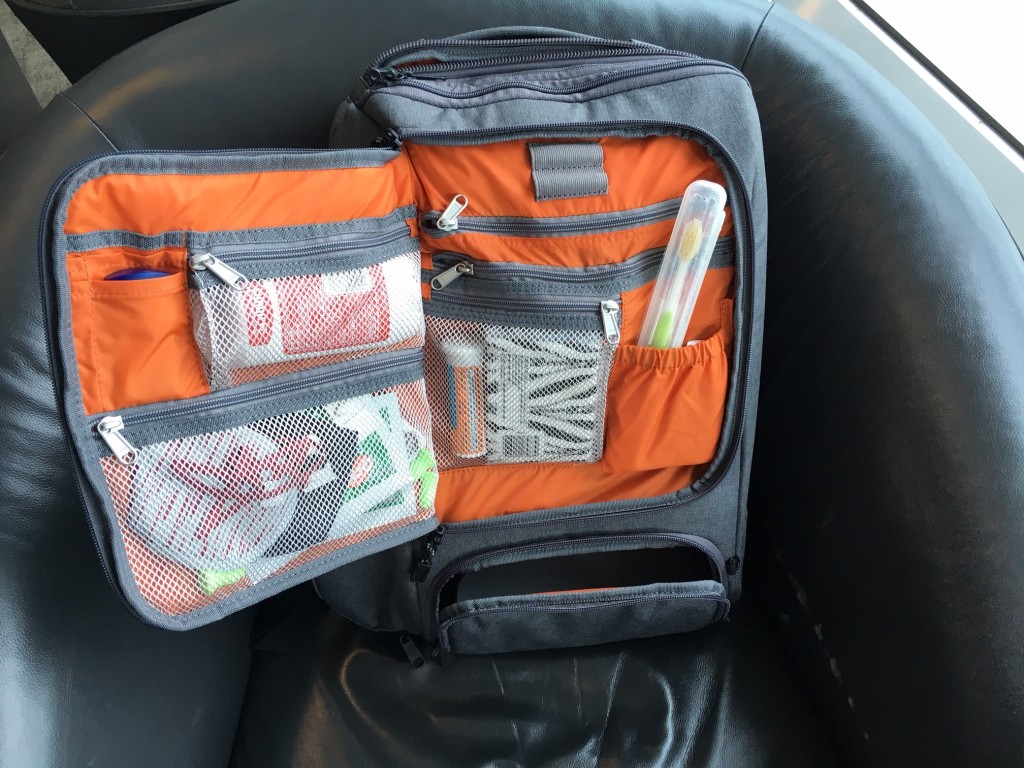
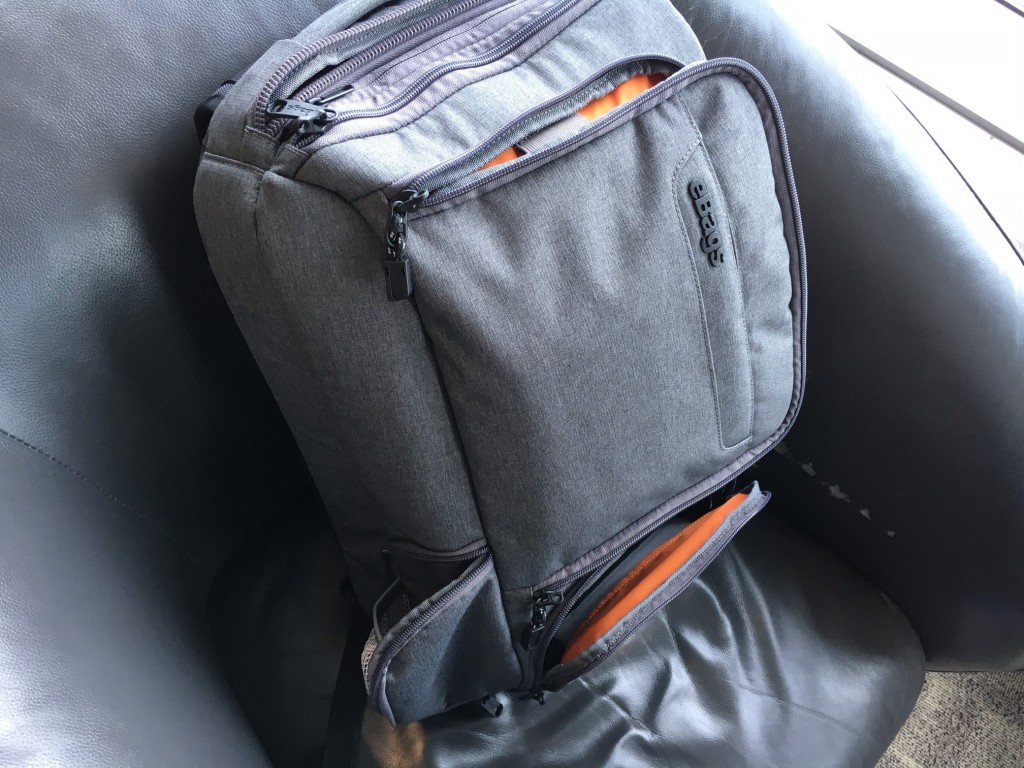
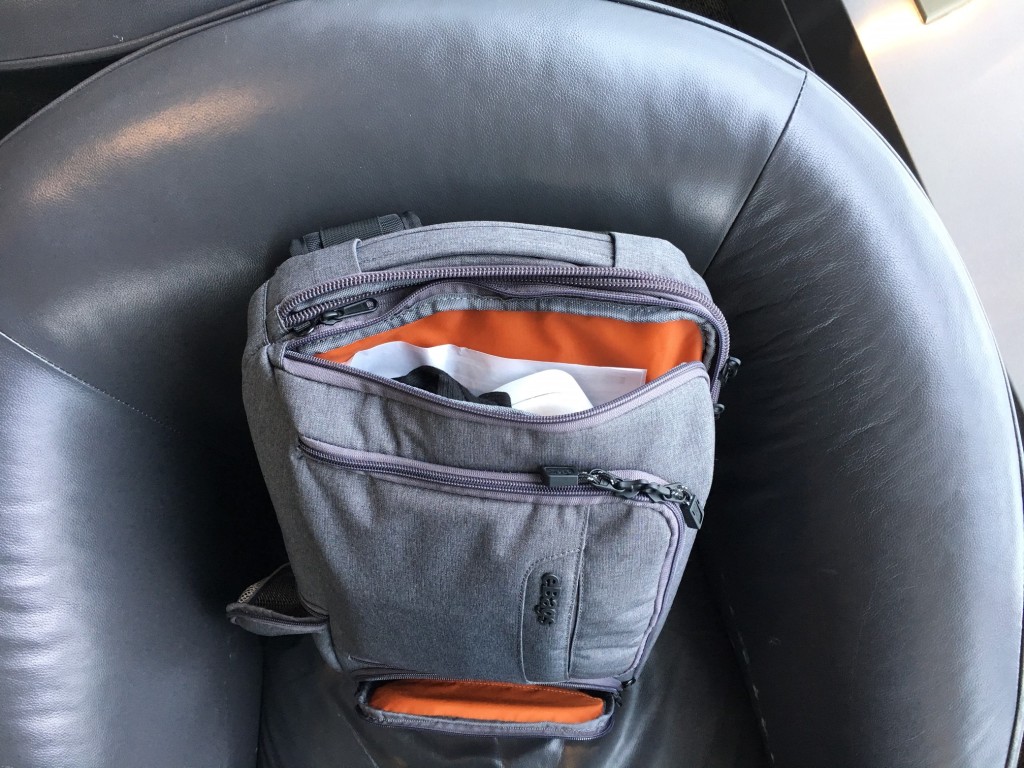
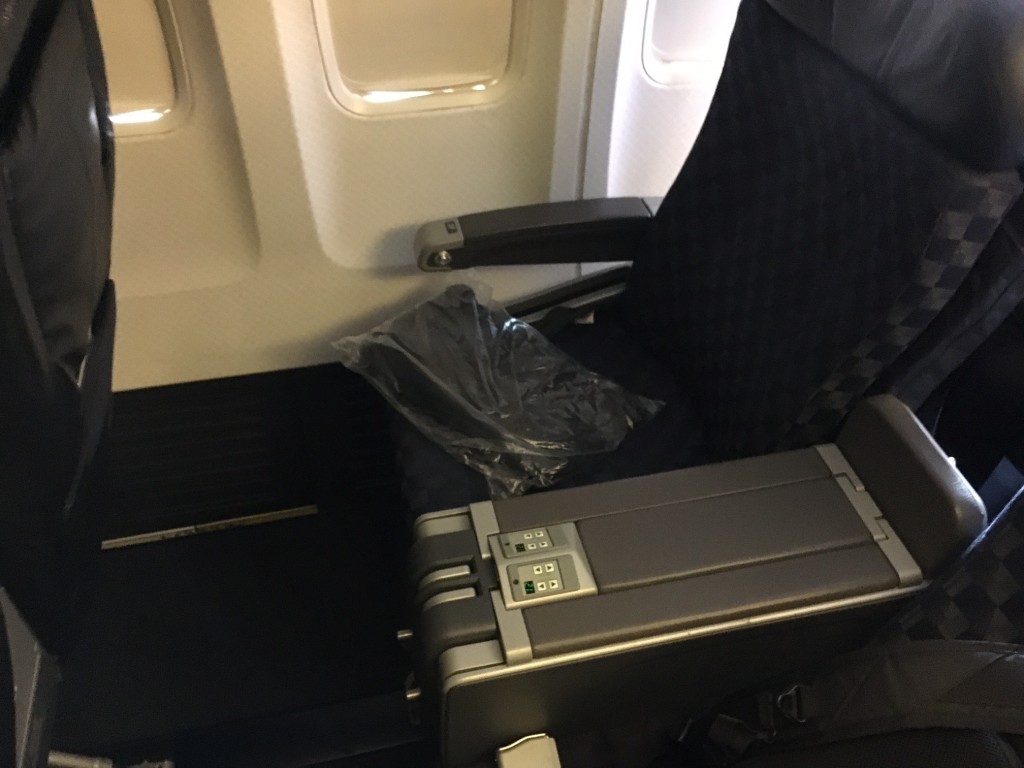
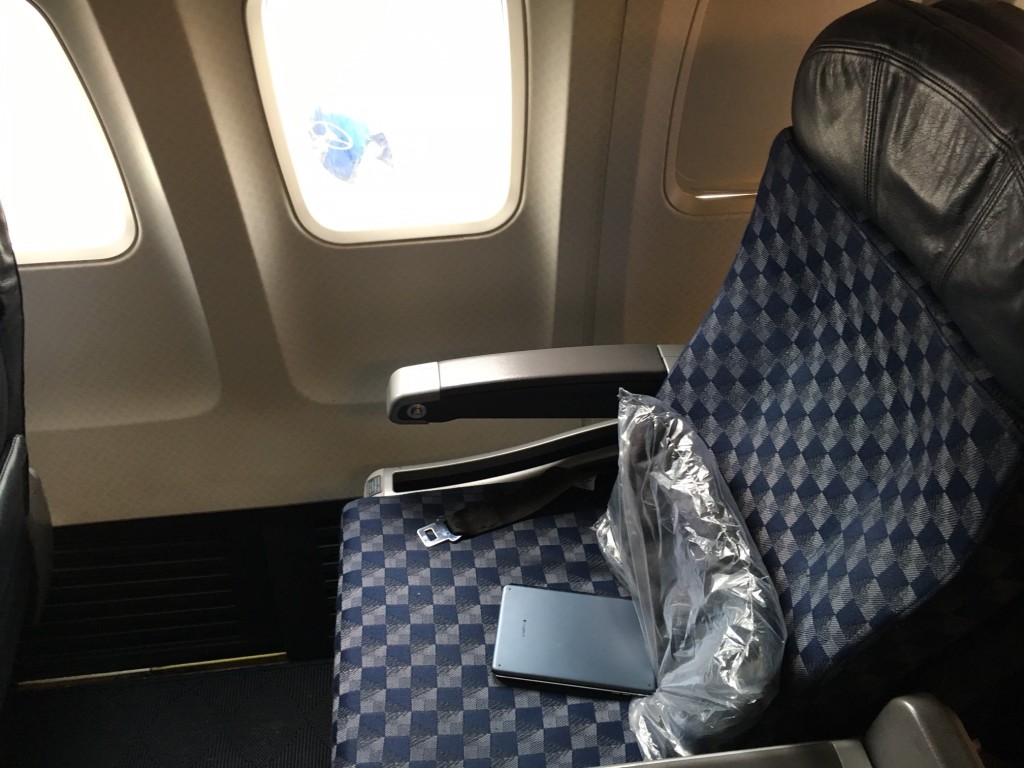
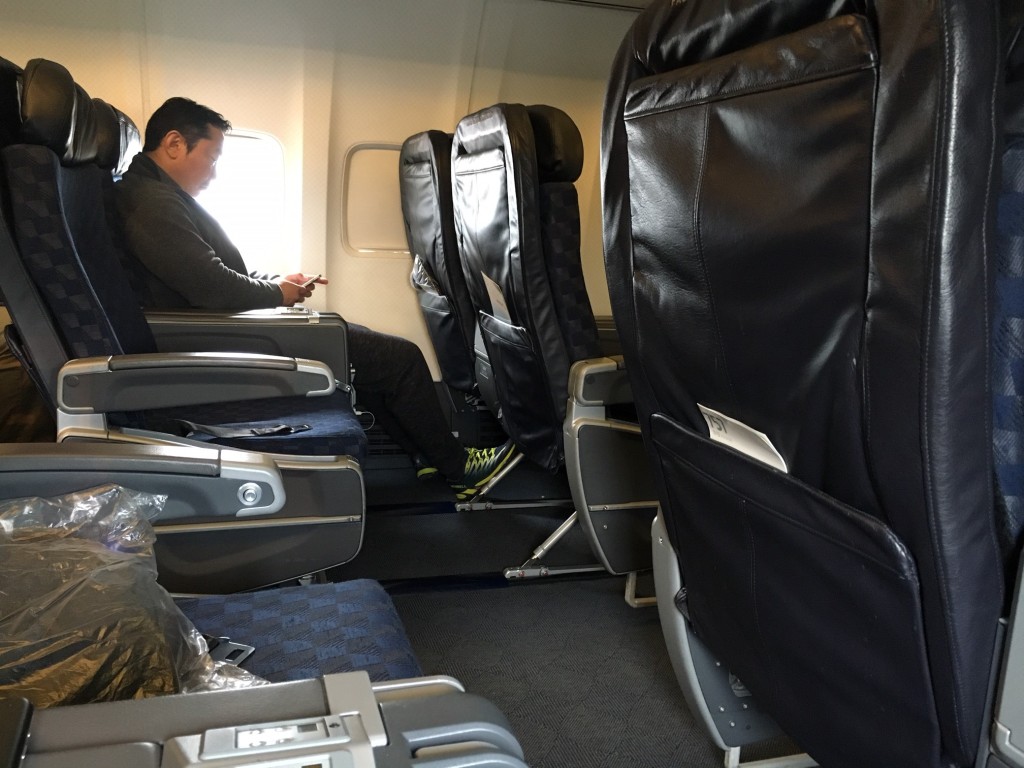
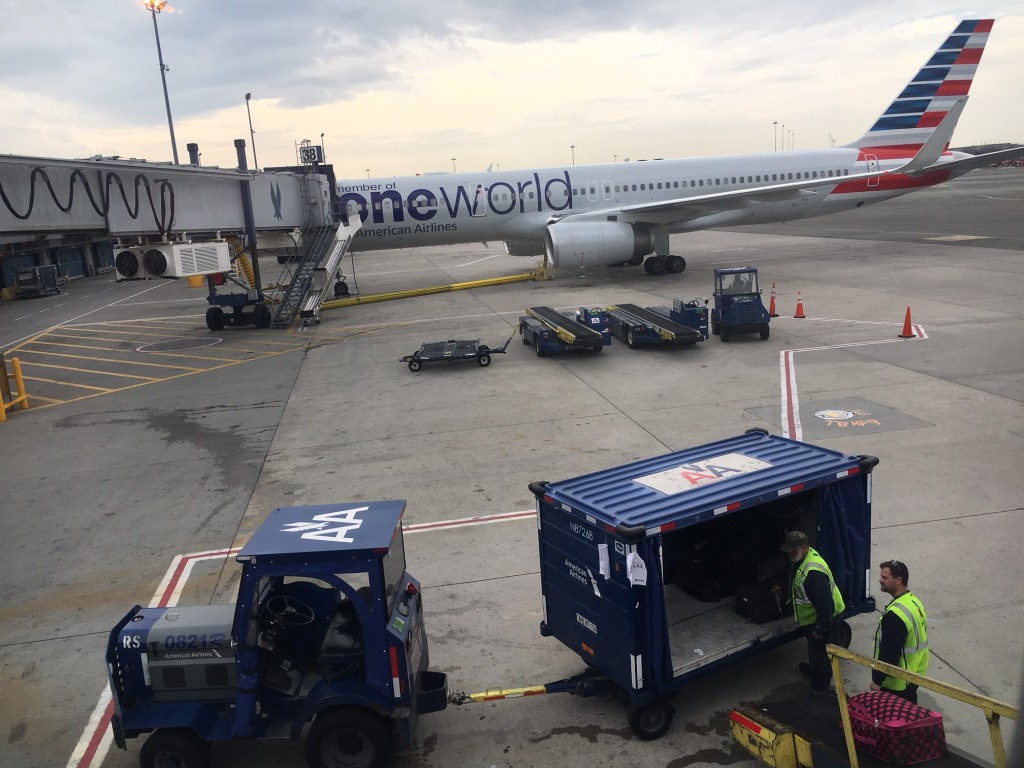
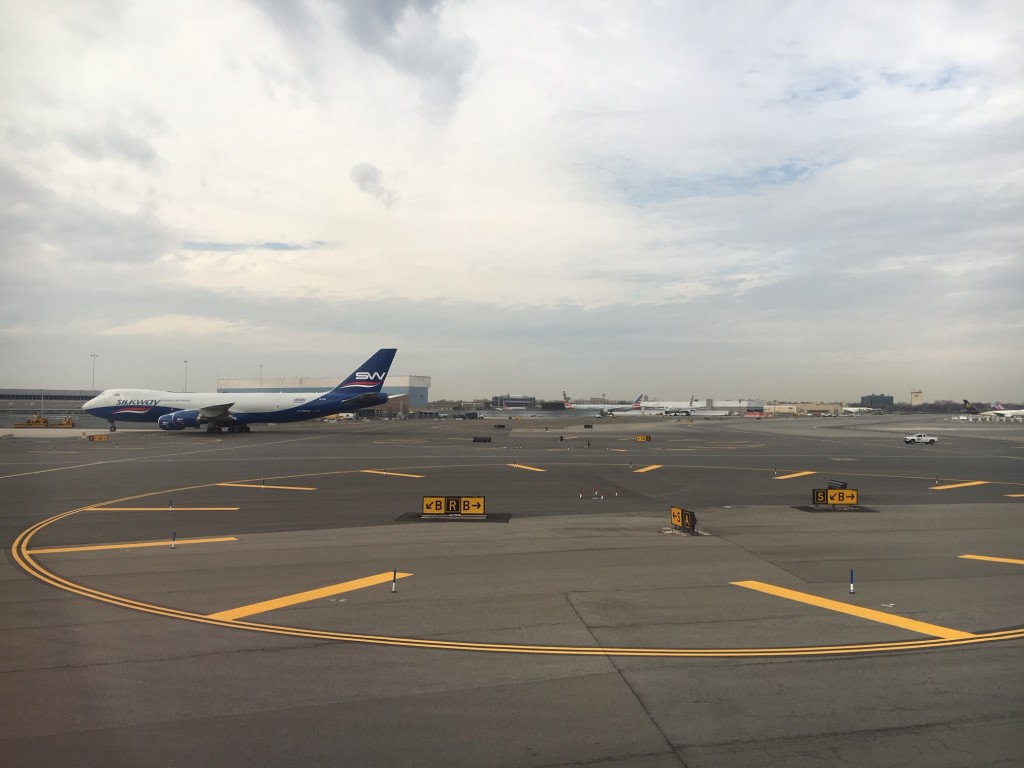
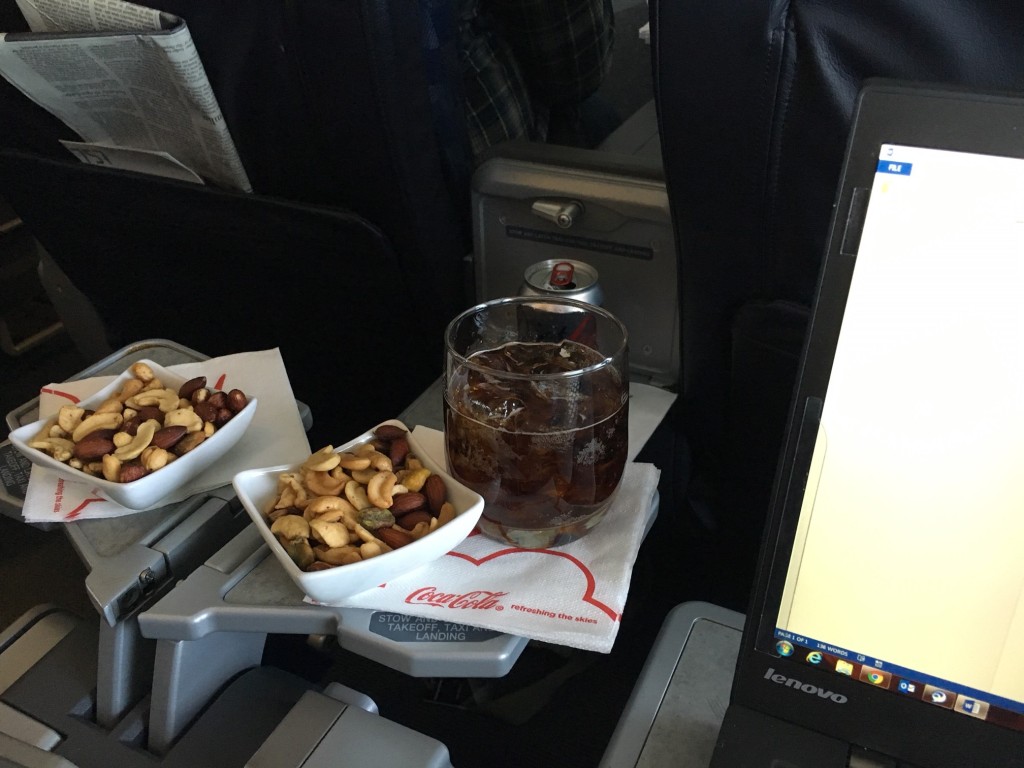
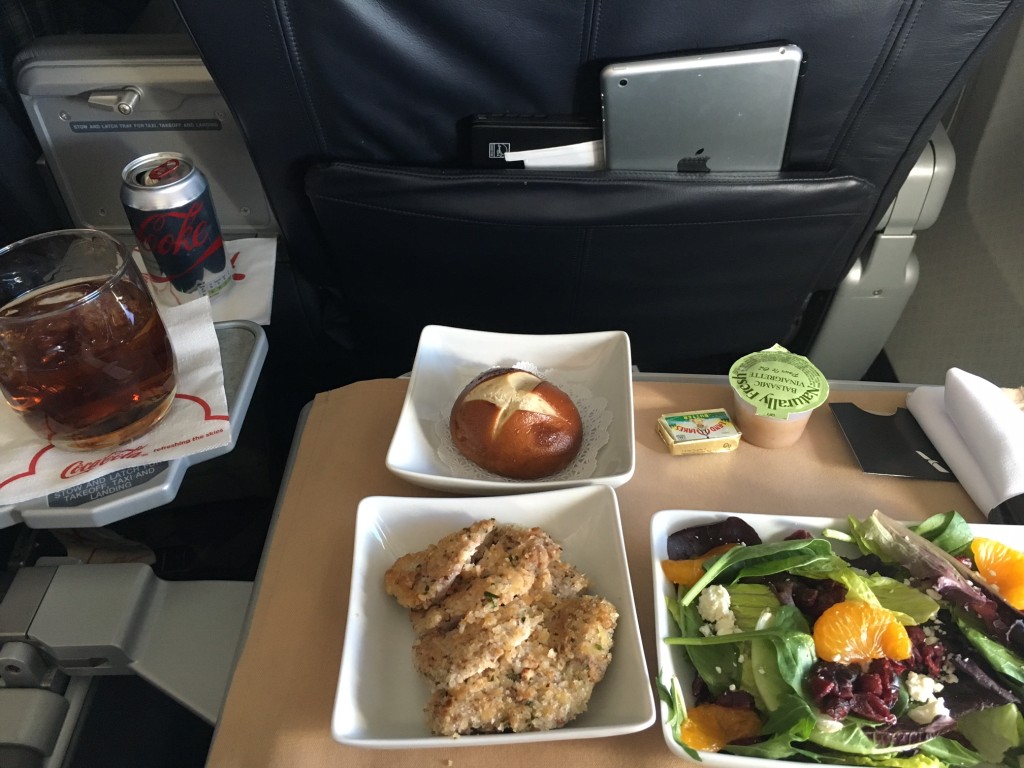
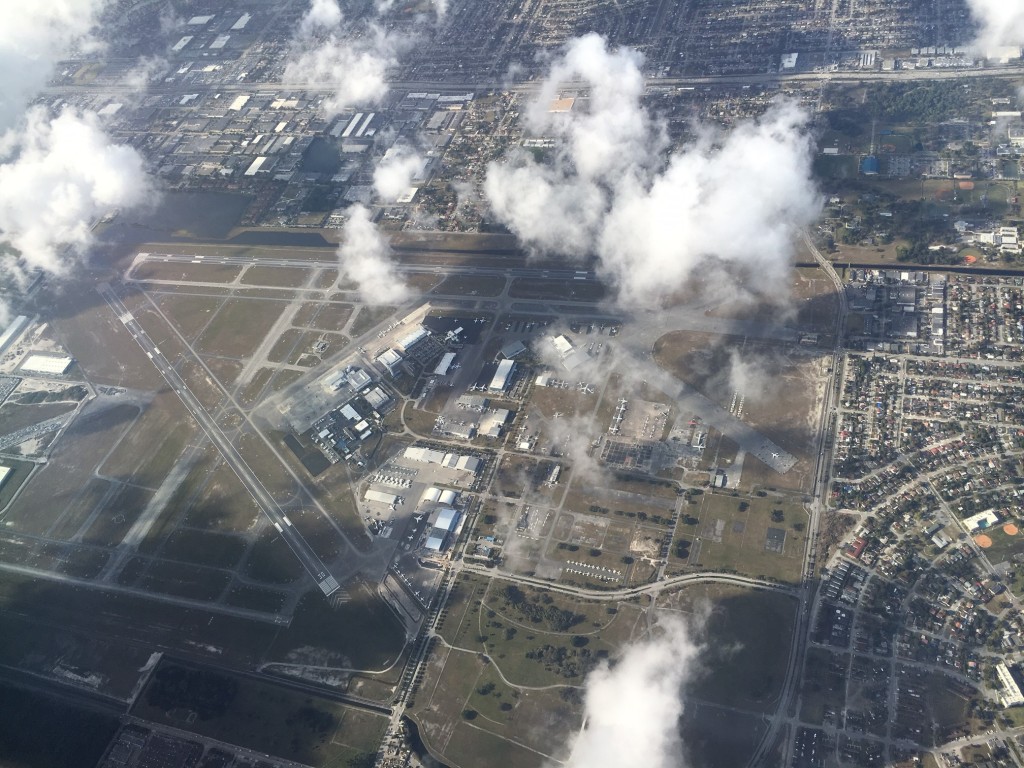
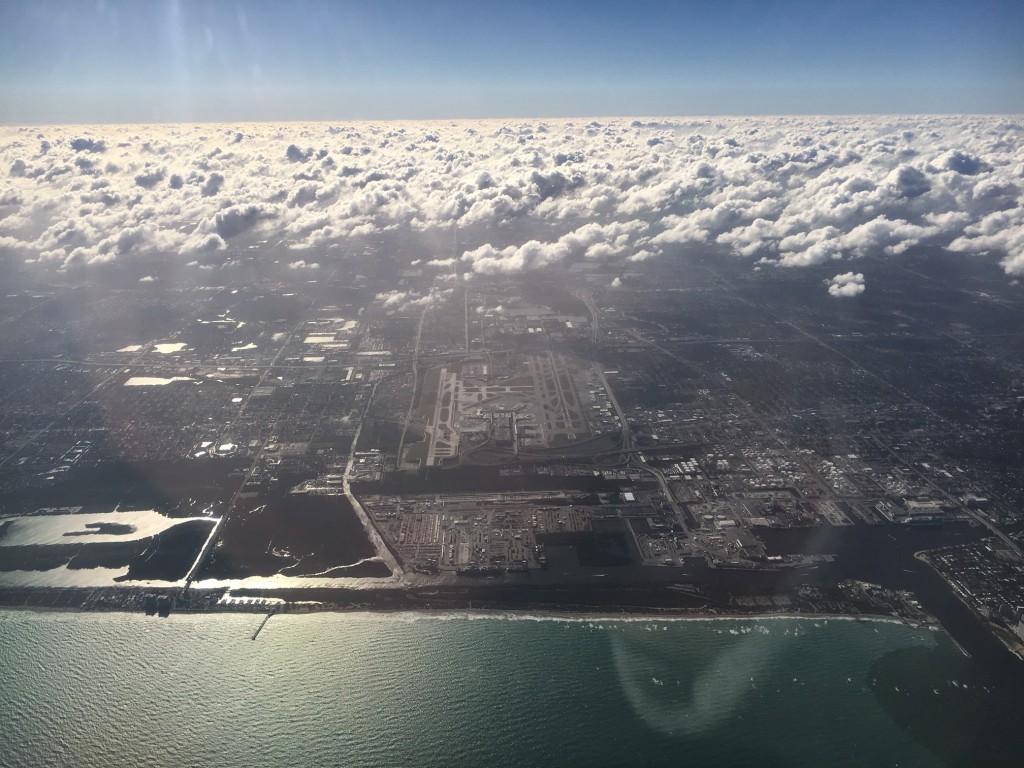
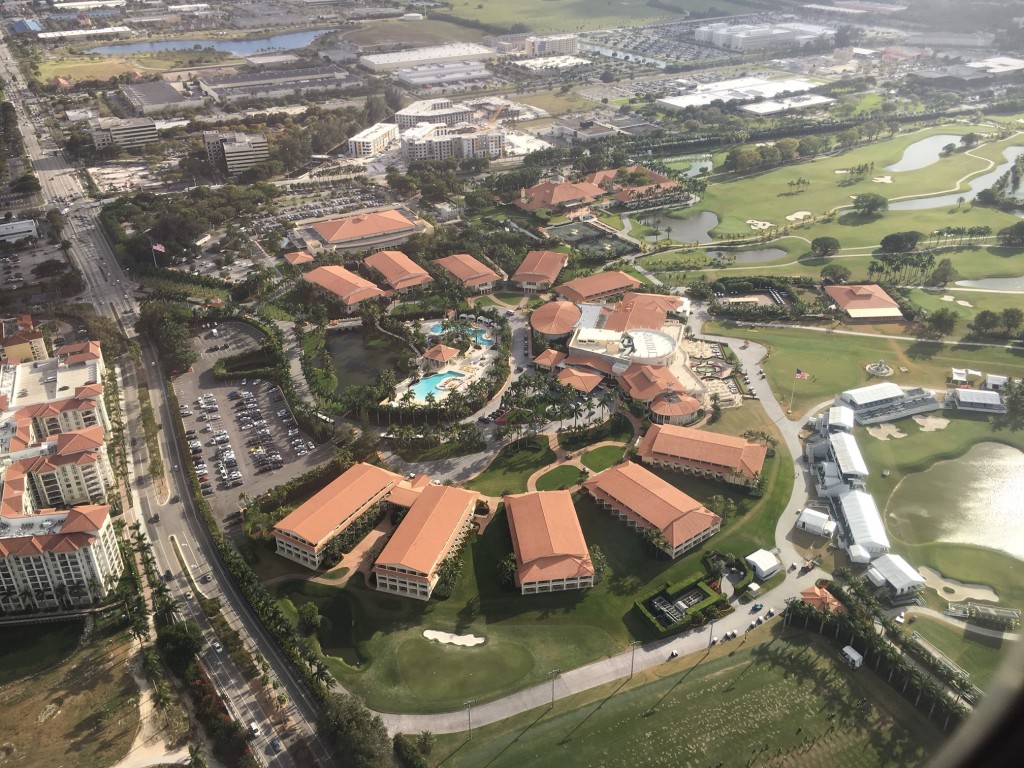
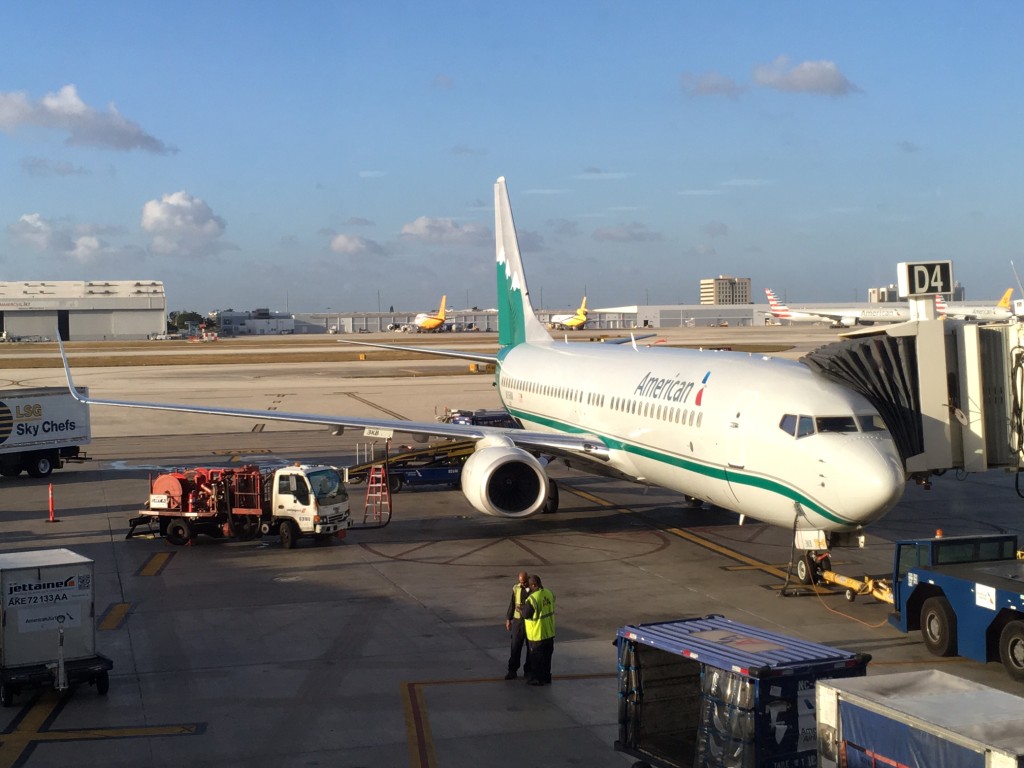
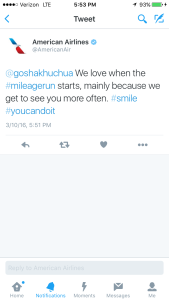
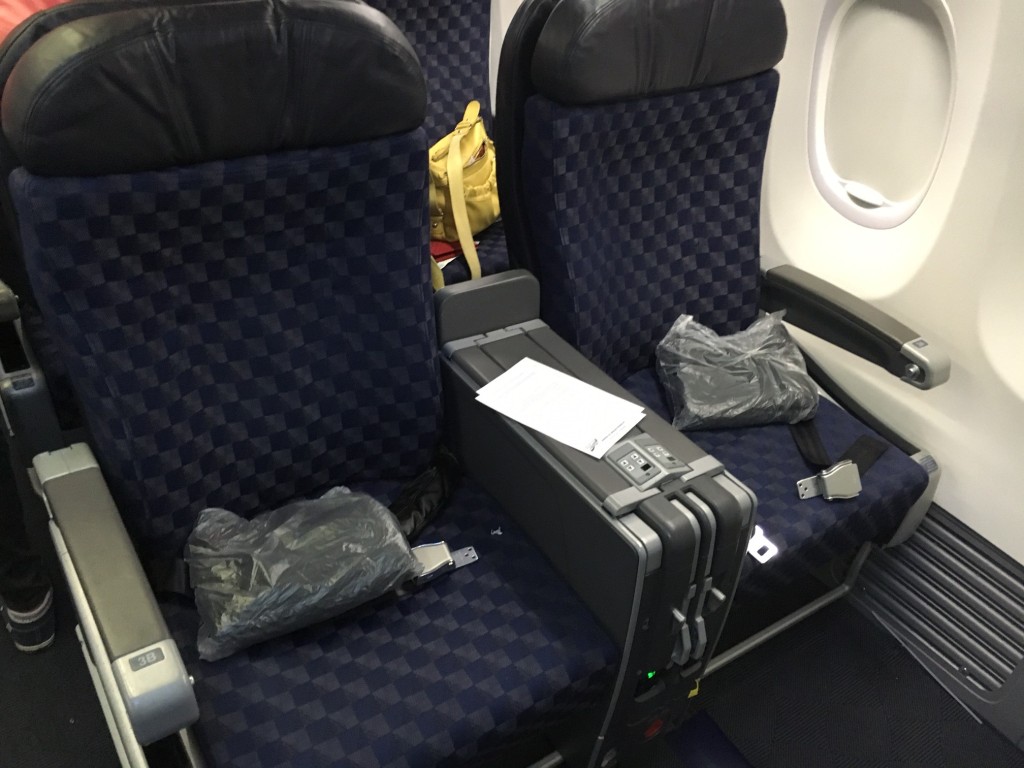
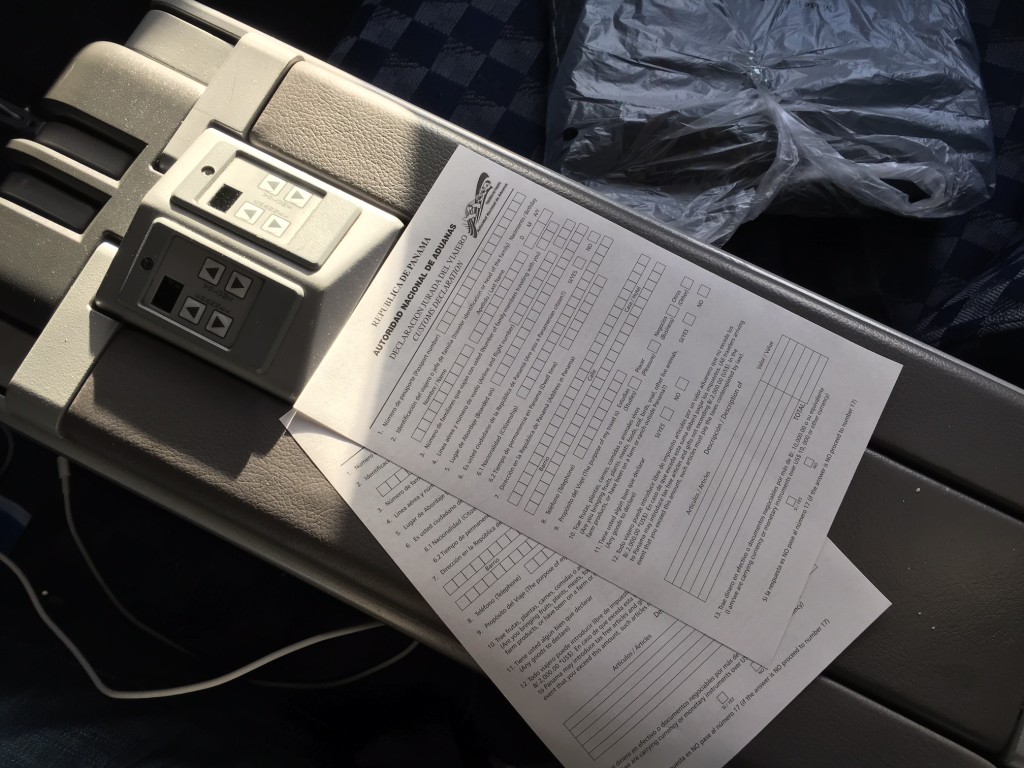
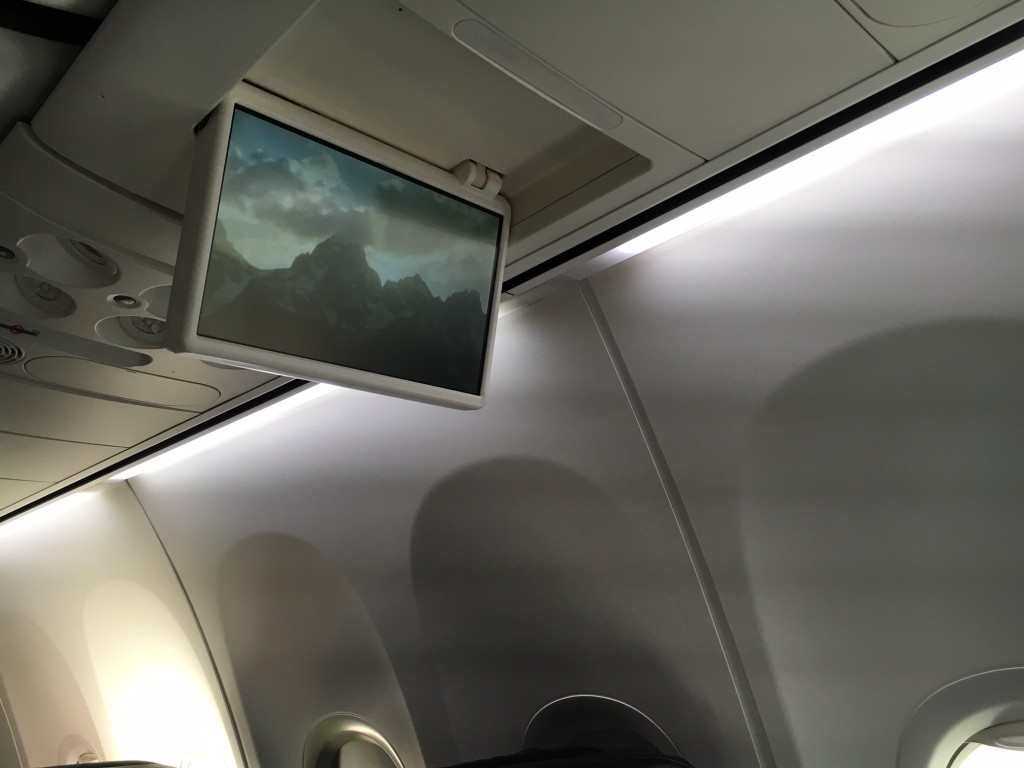
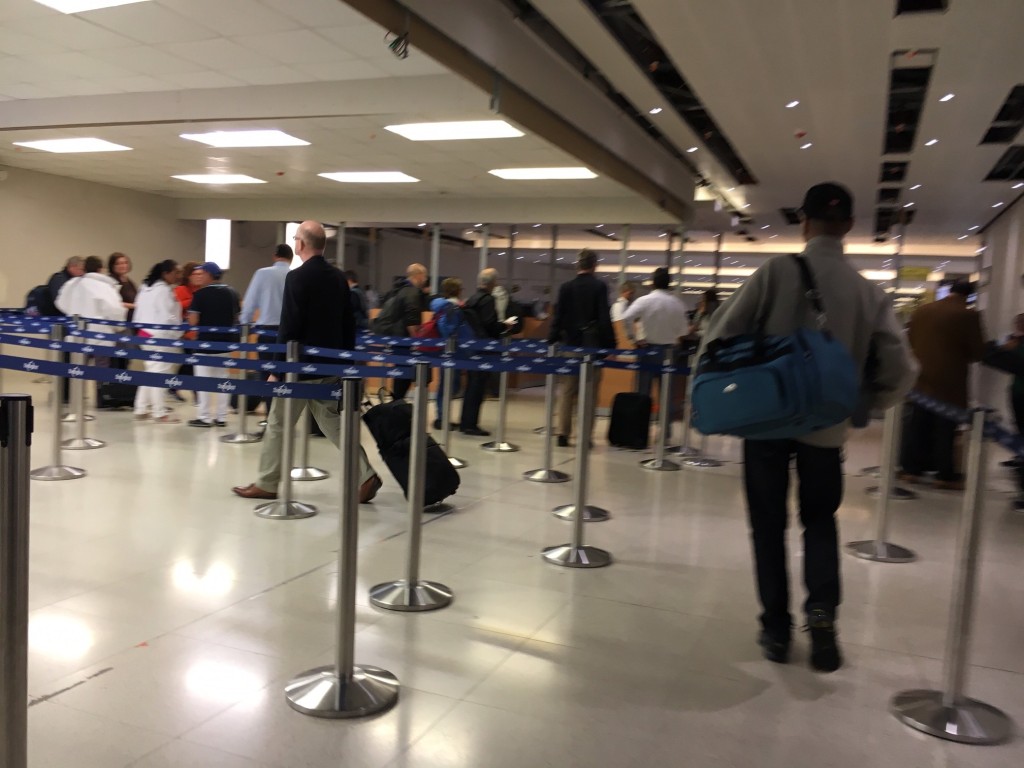
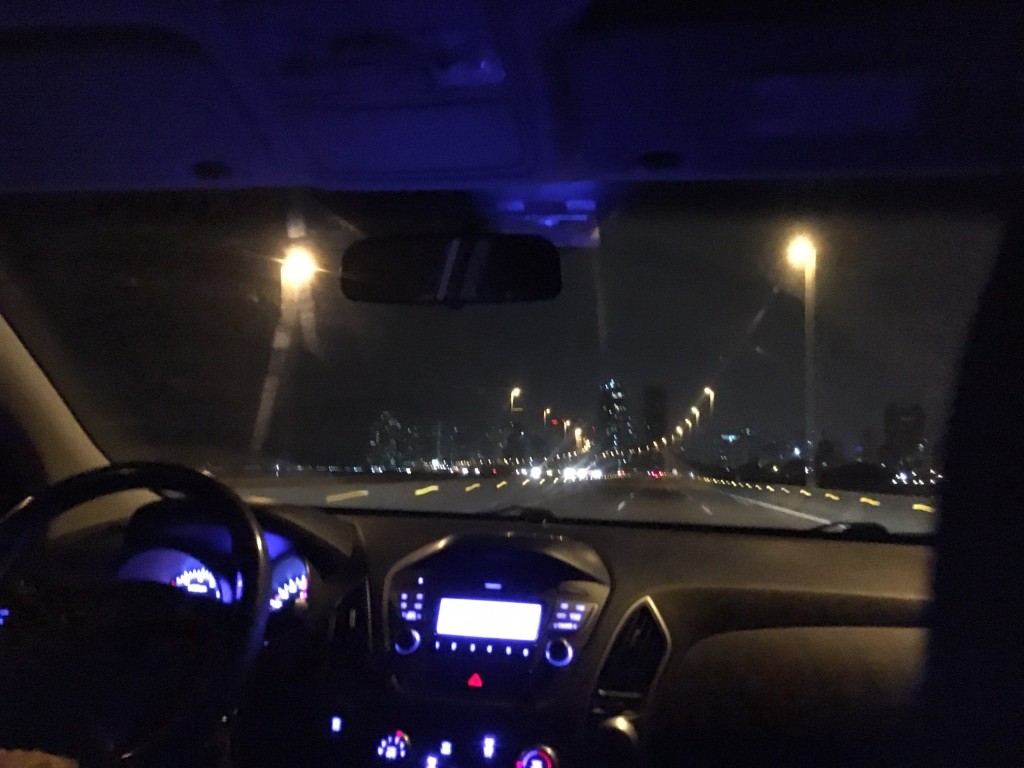
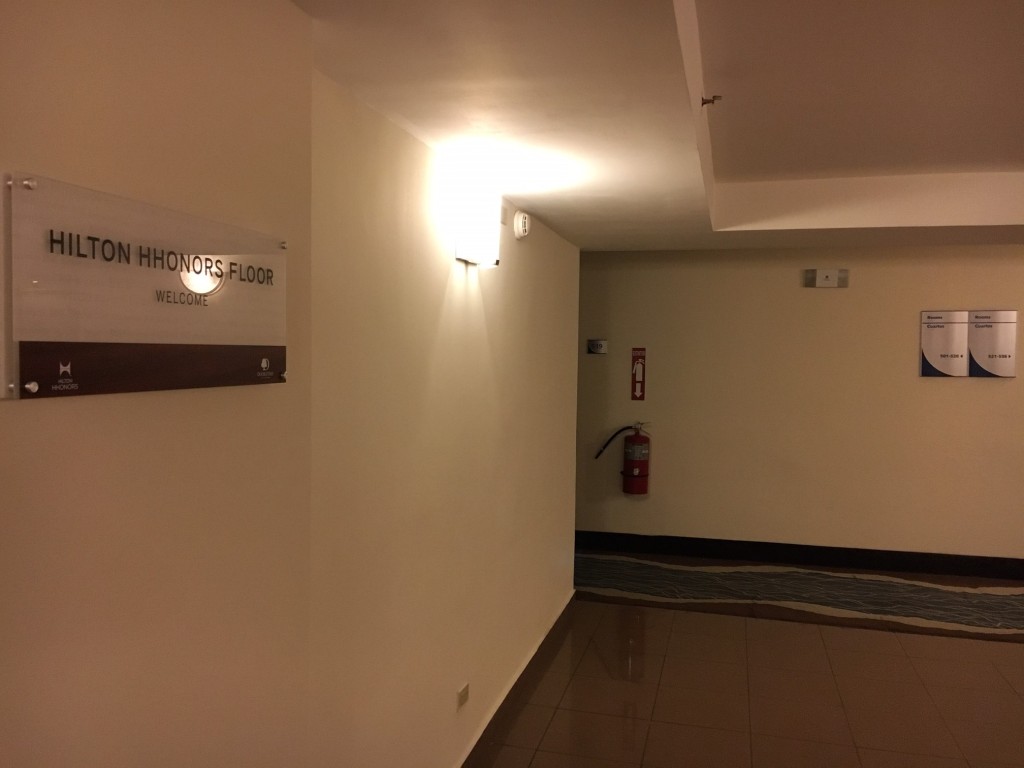
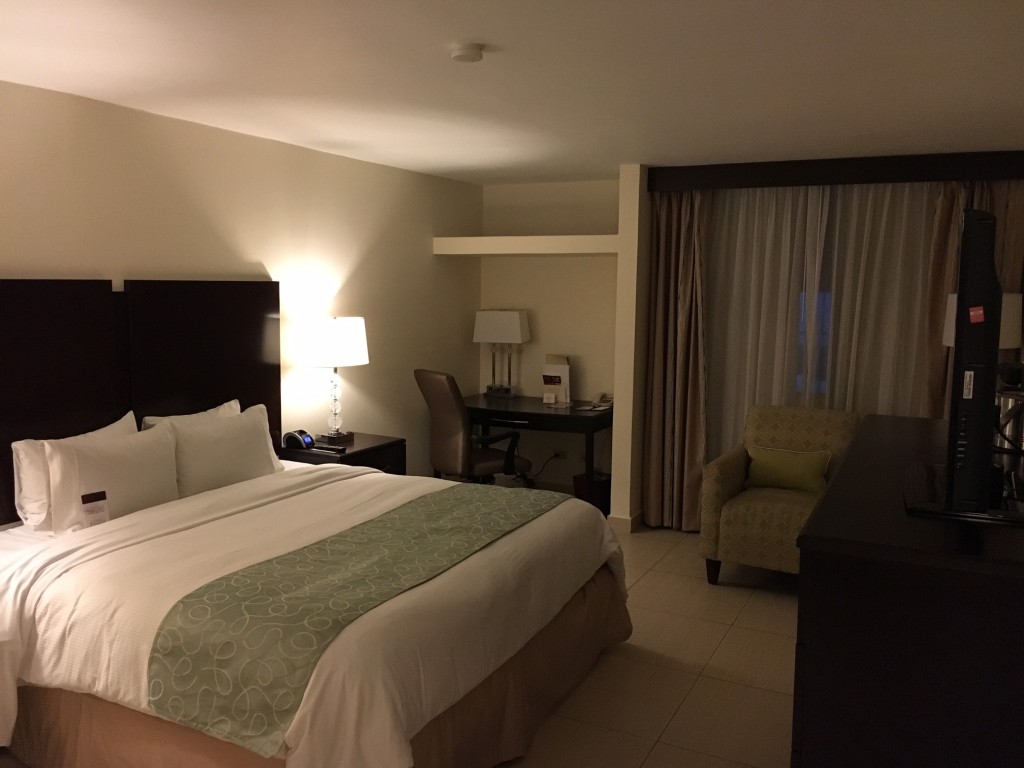
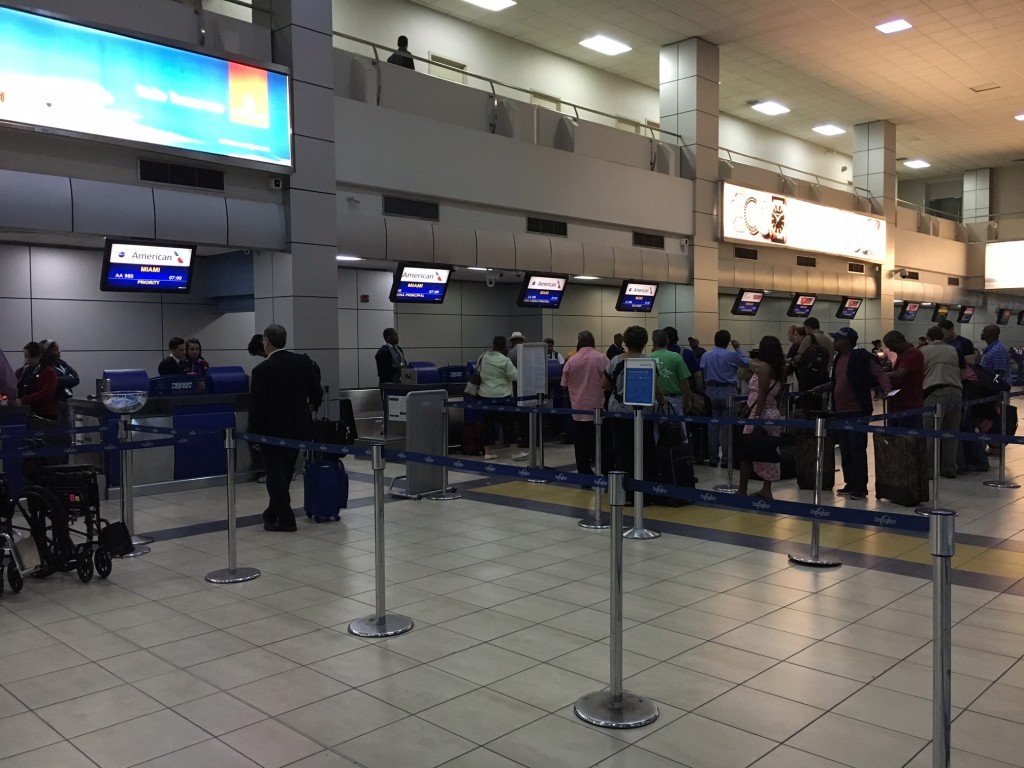
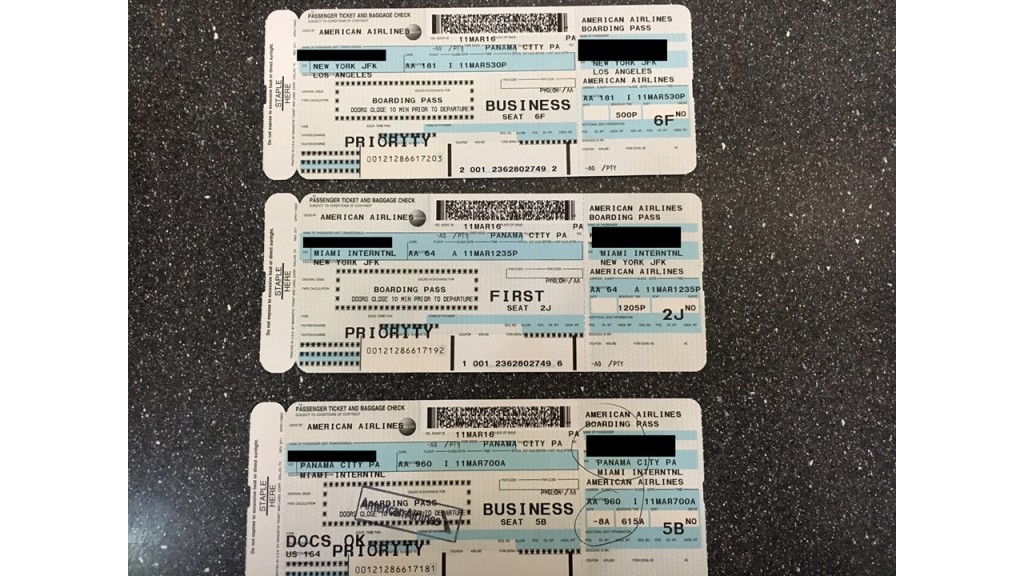
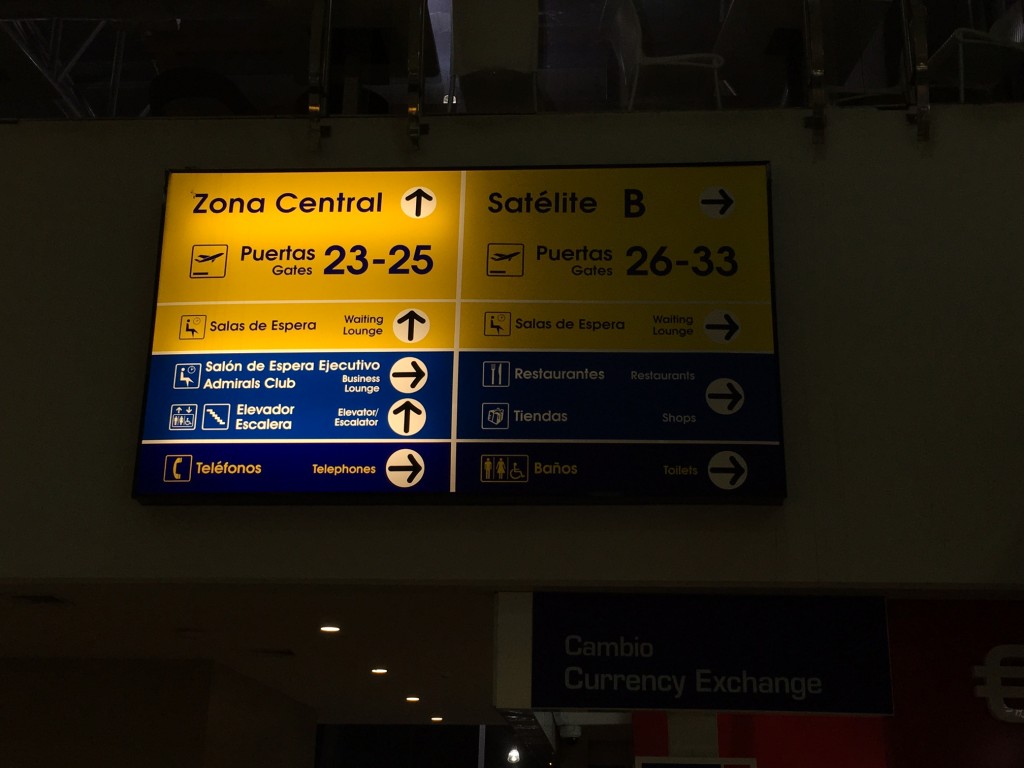
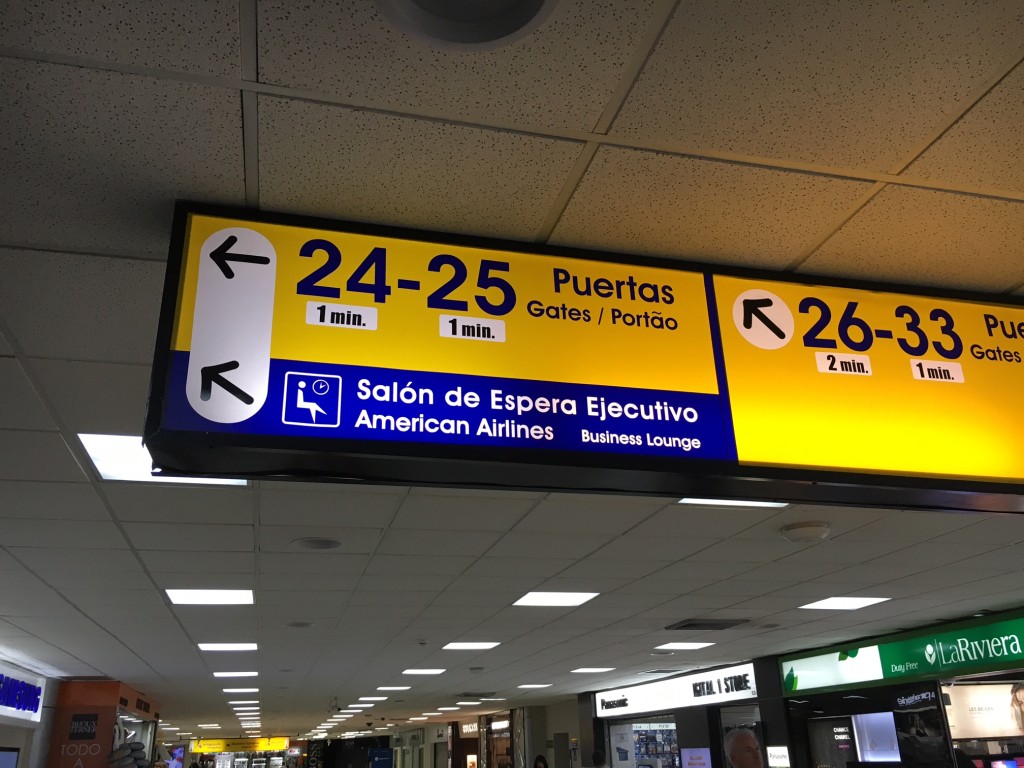
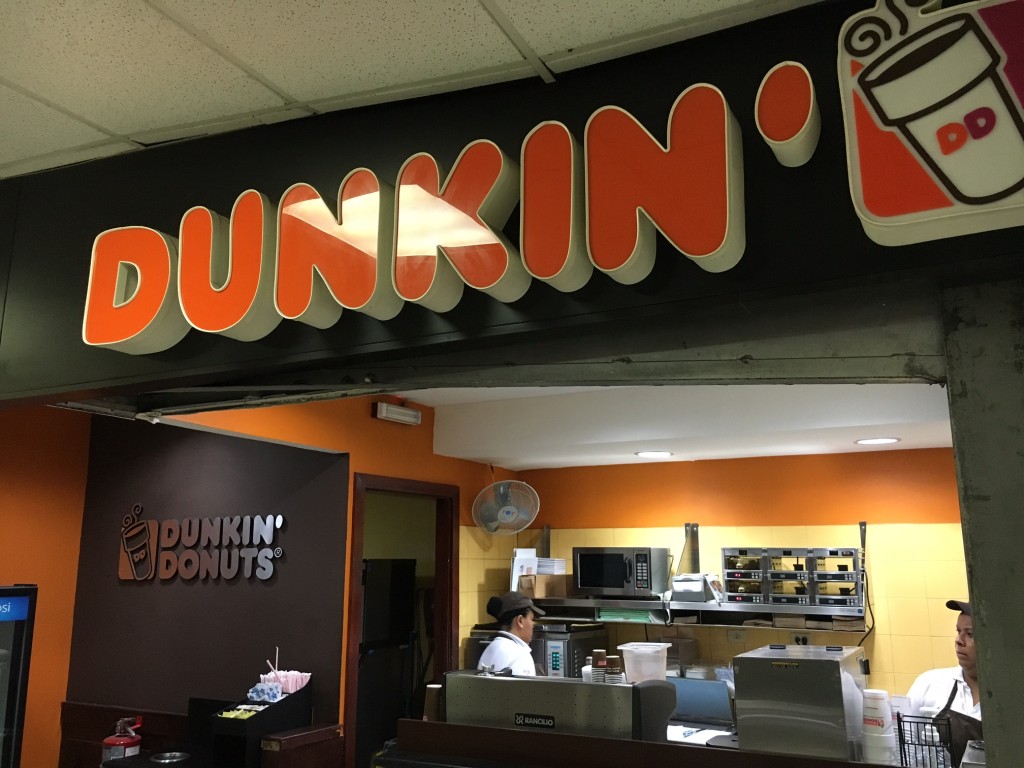
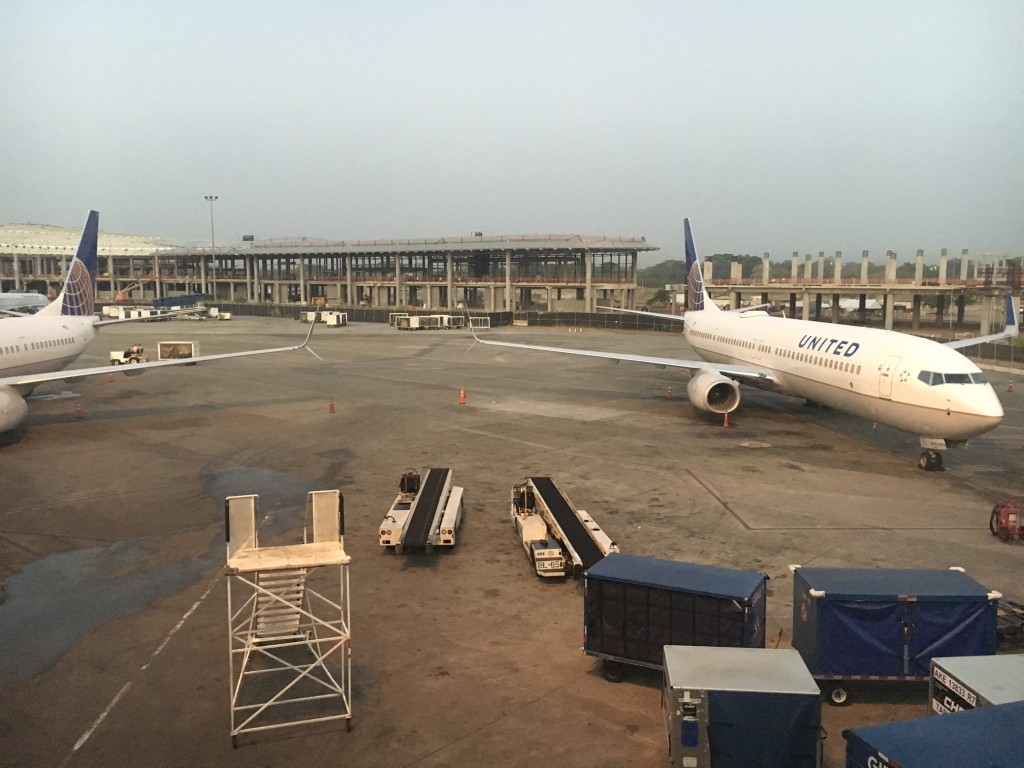
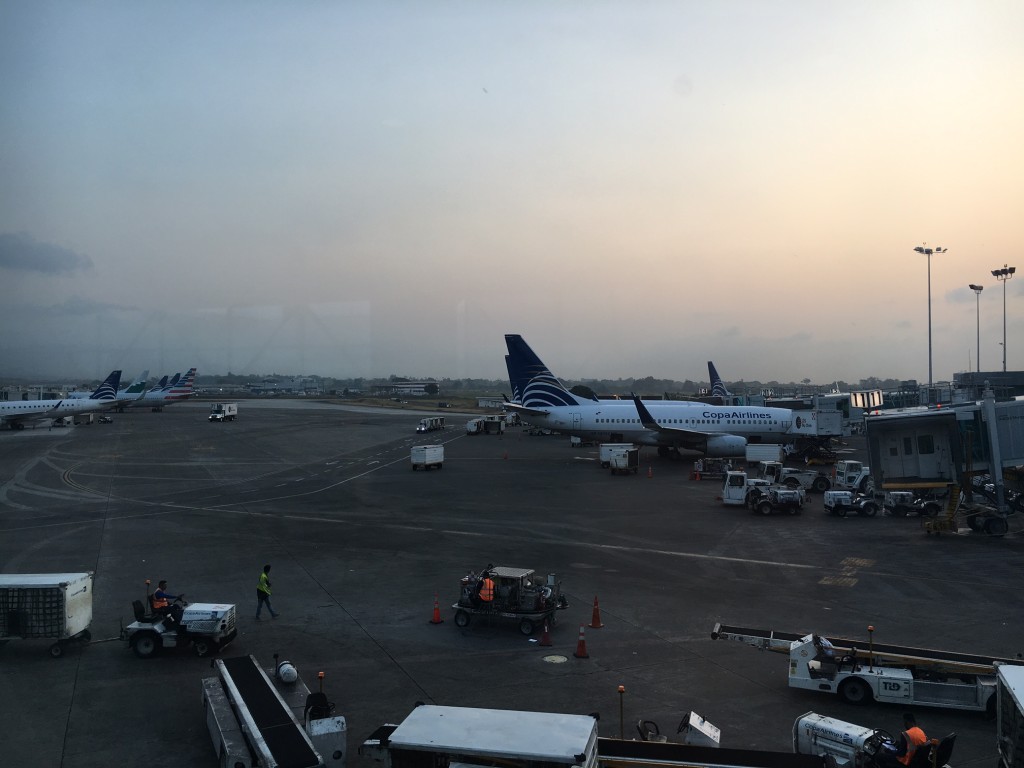
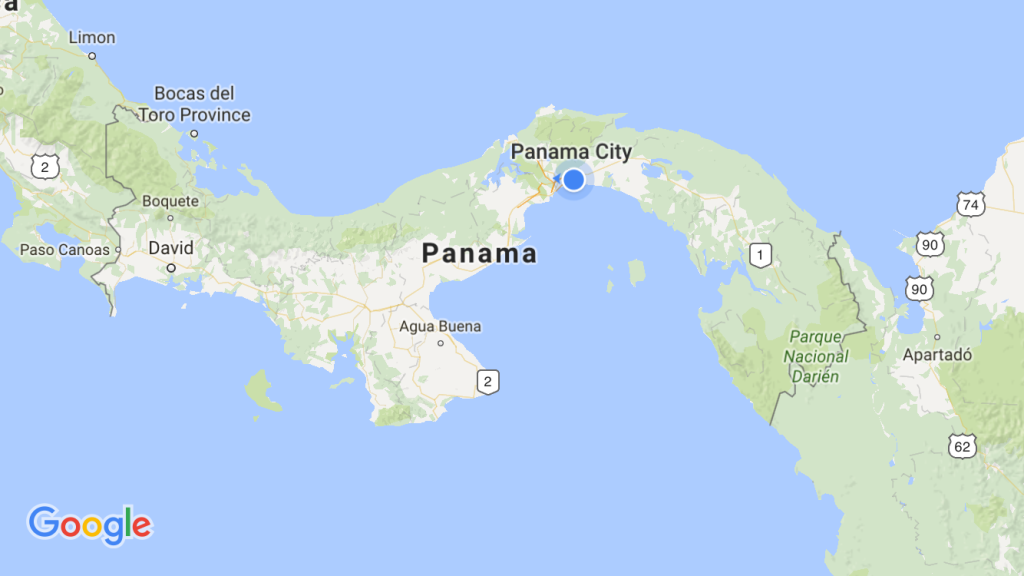
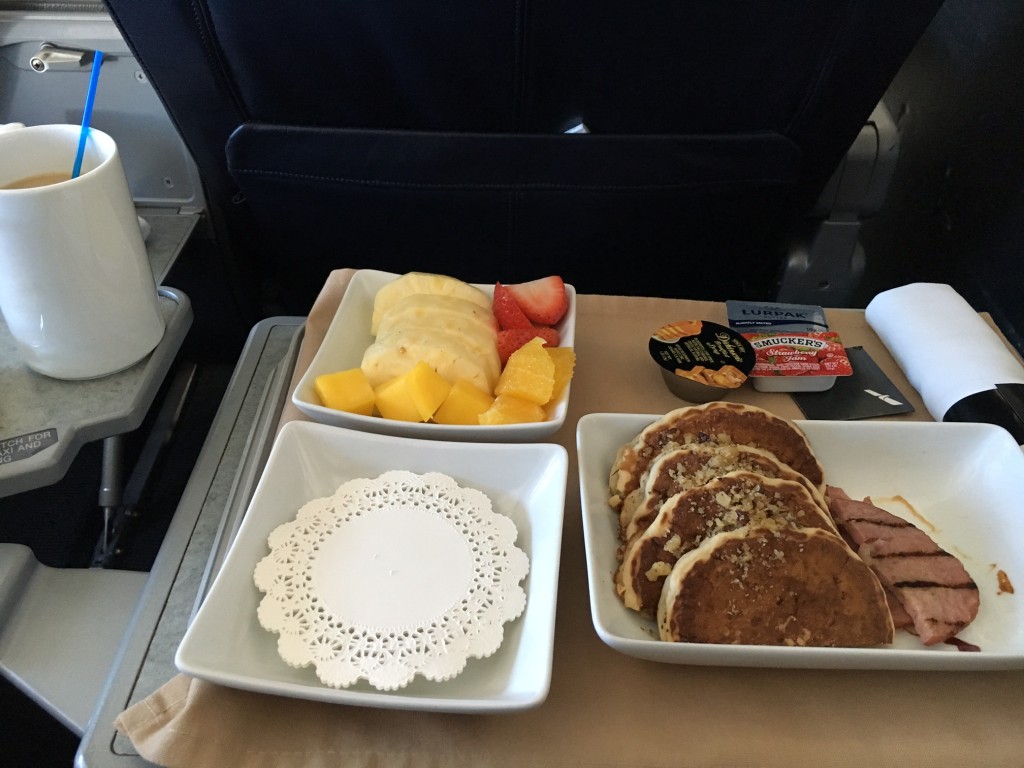
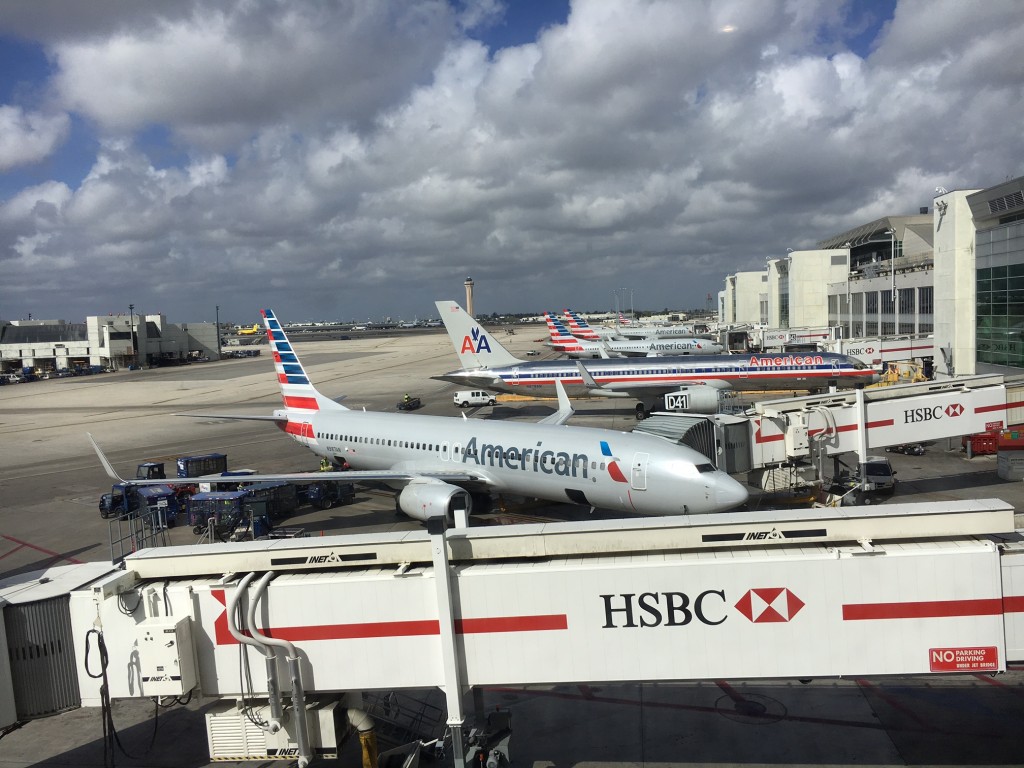
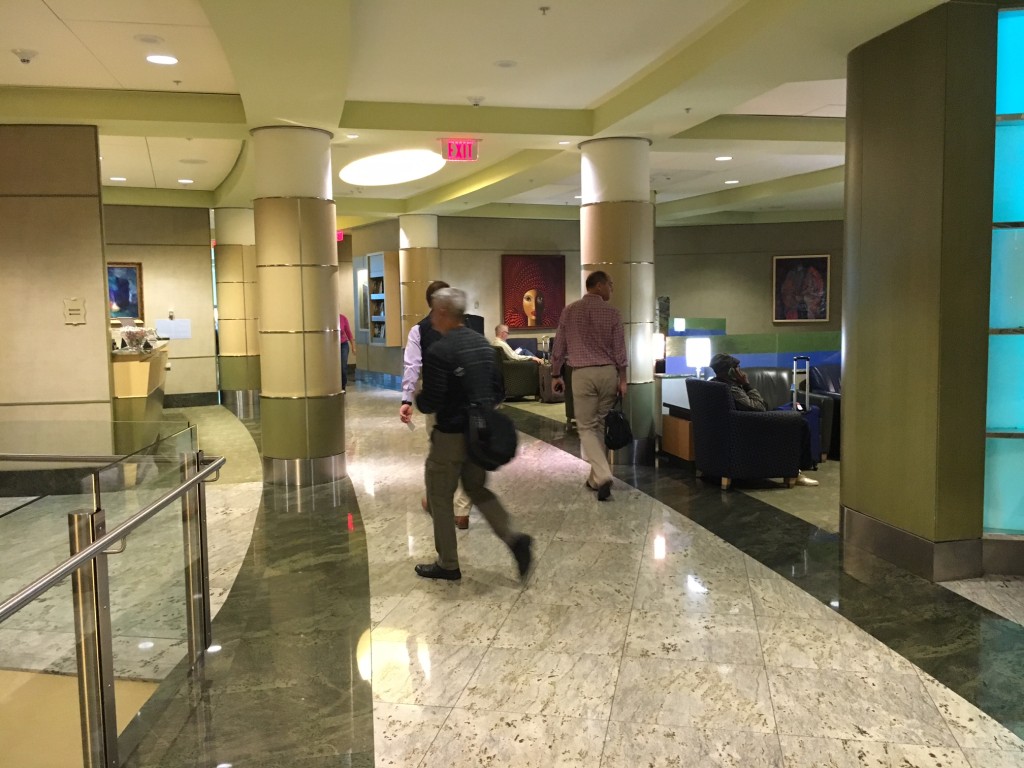
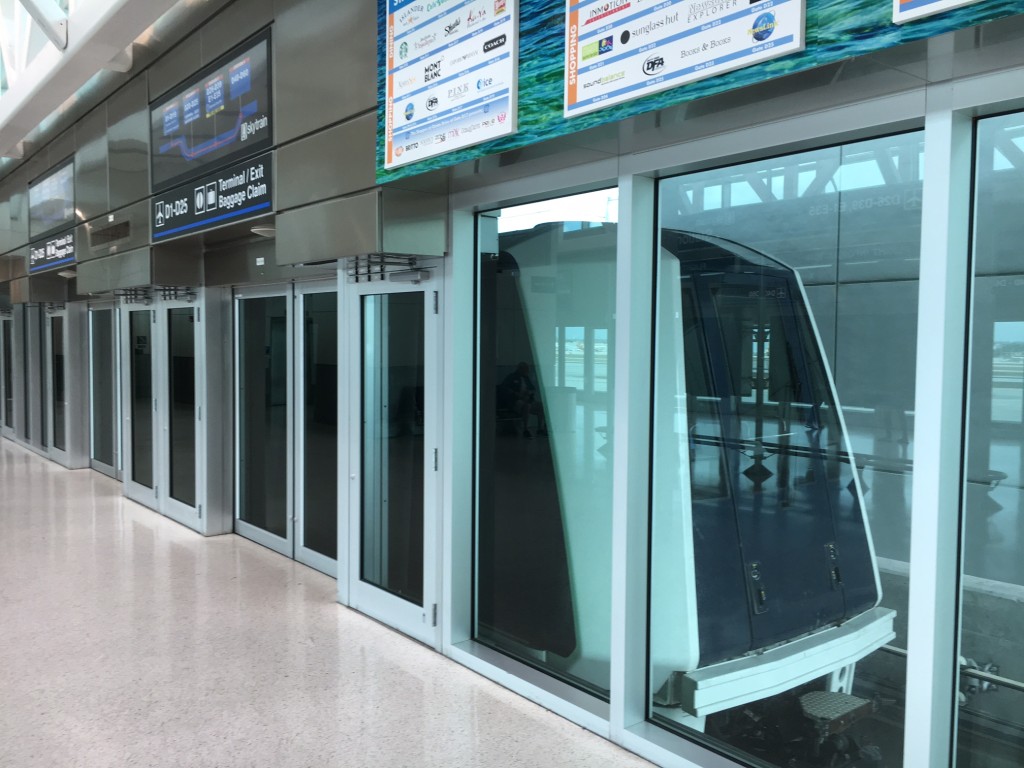
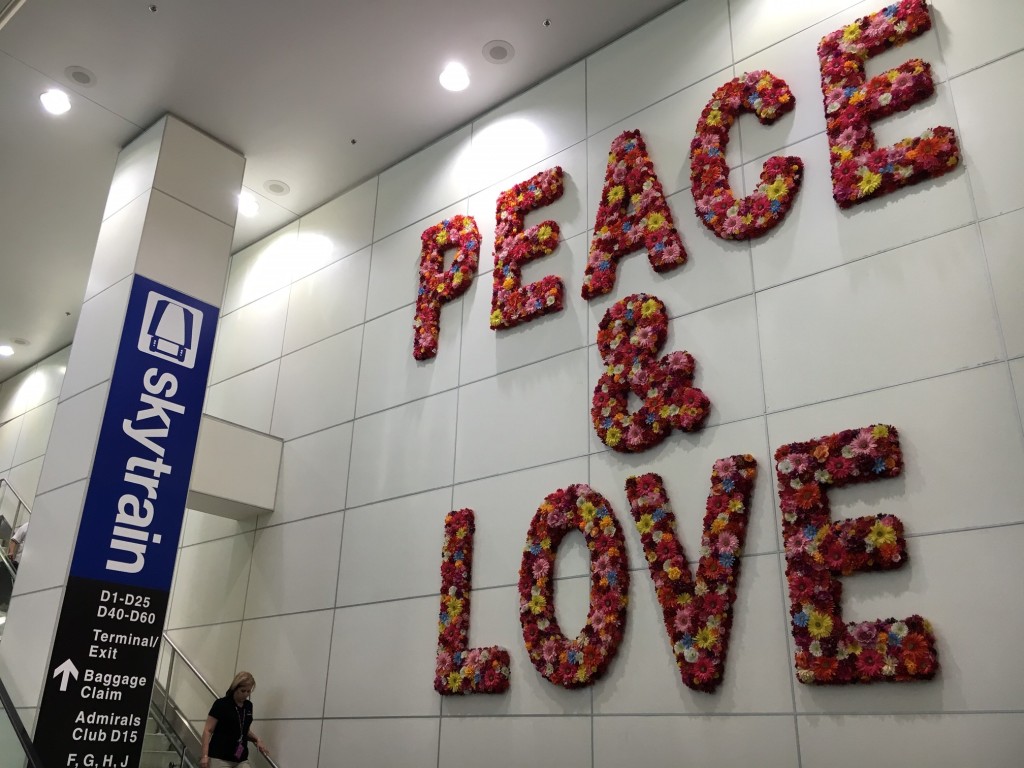
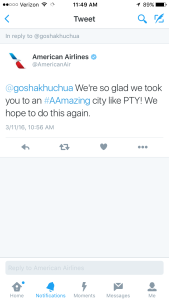
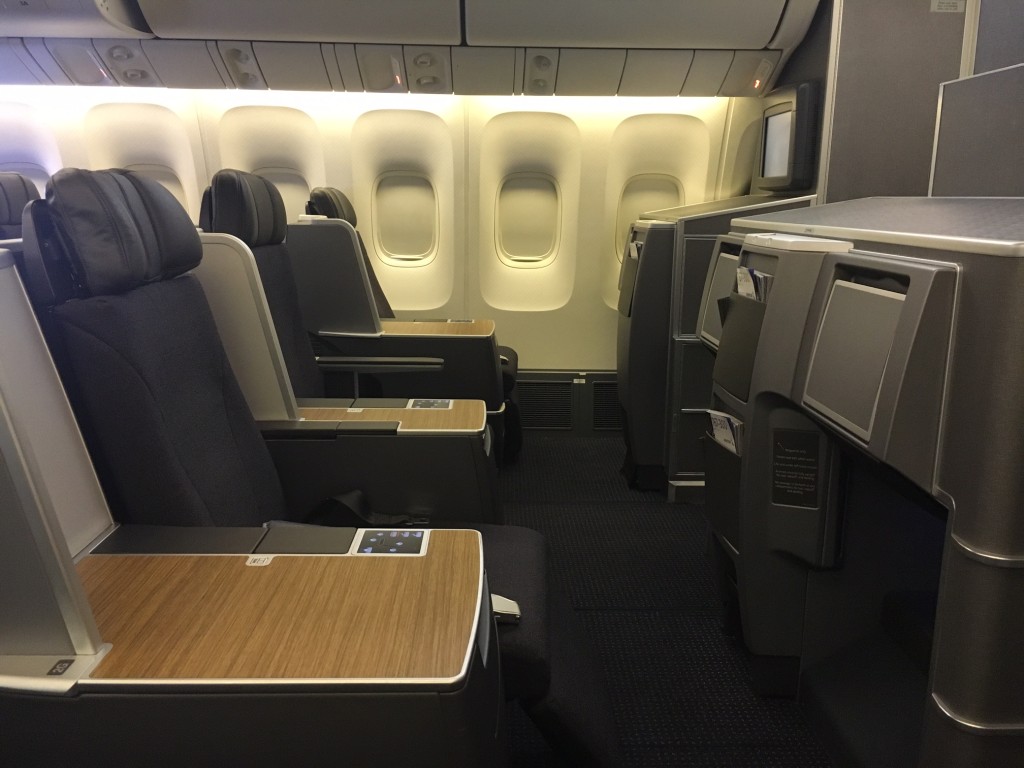
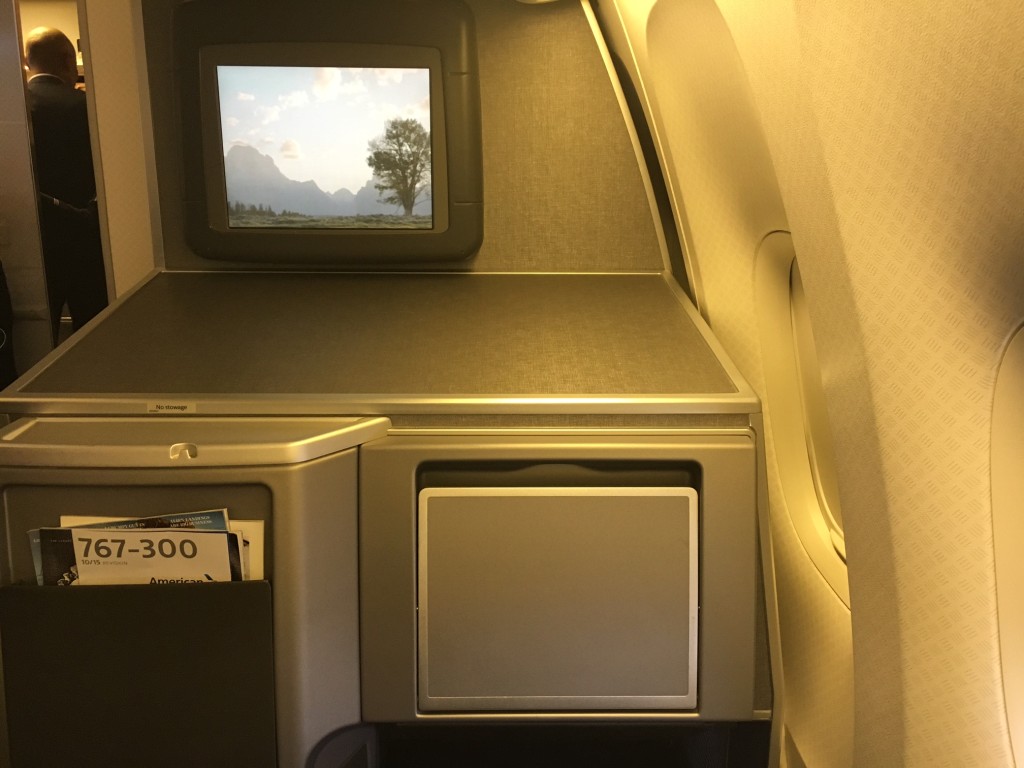
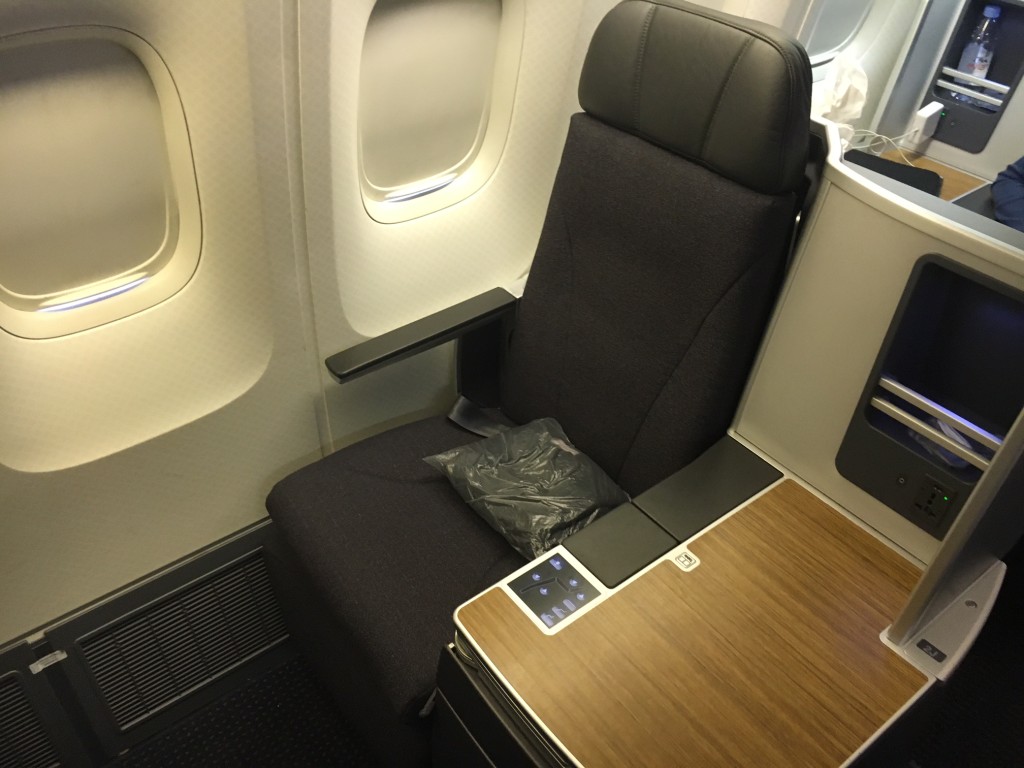
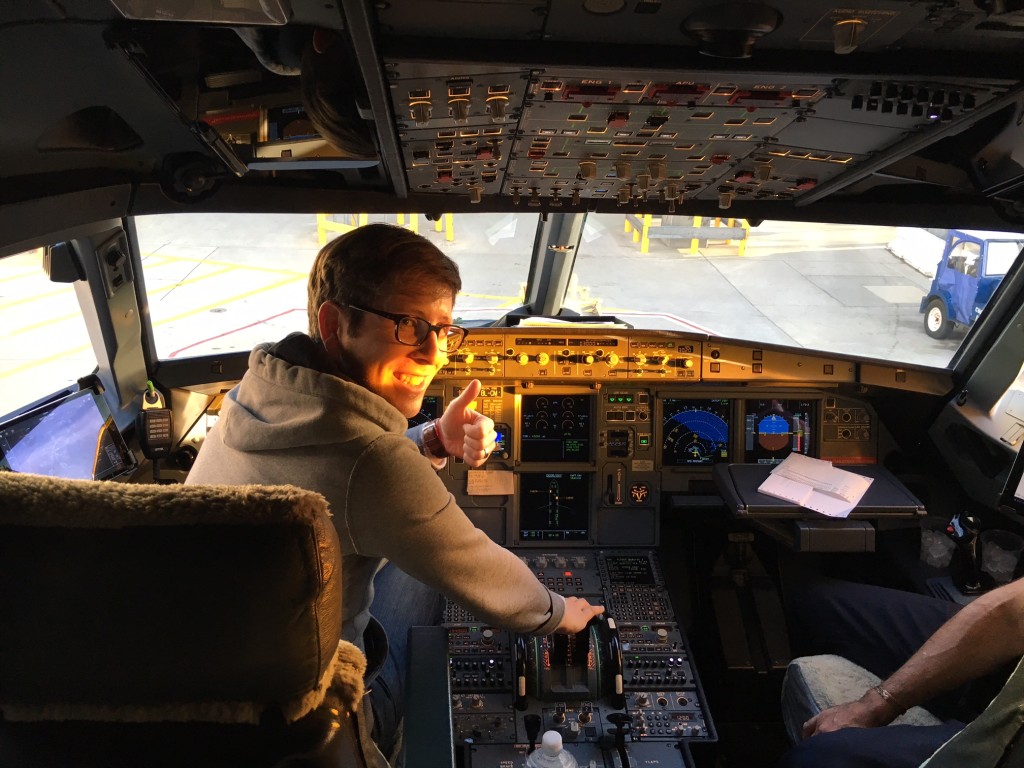
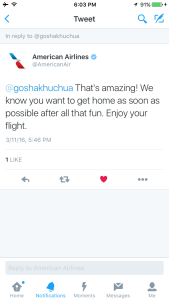
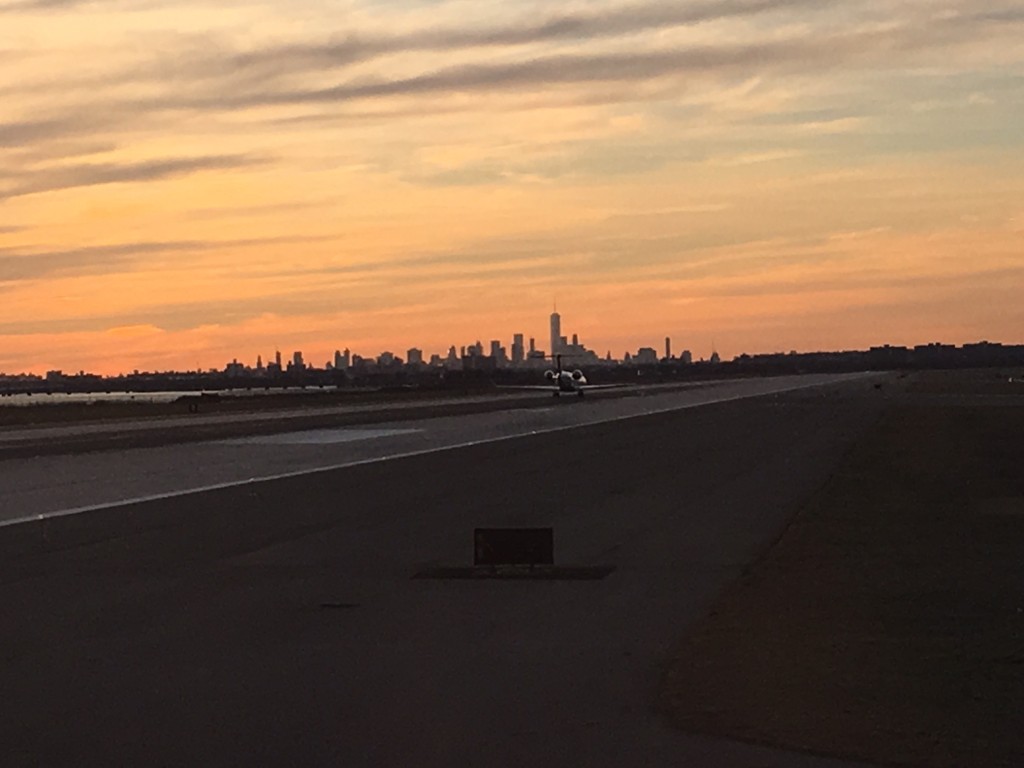
Recent Comments